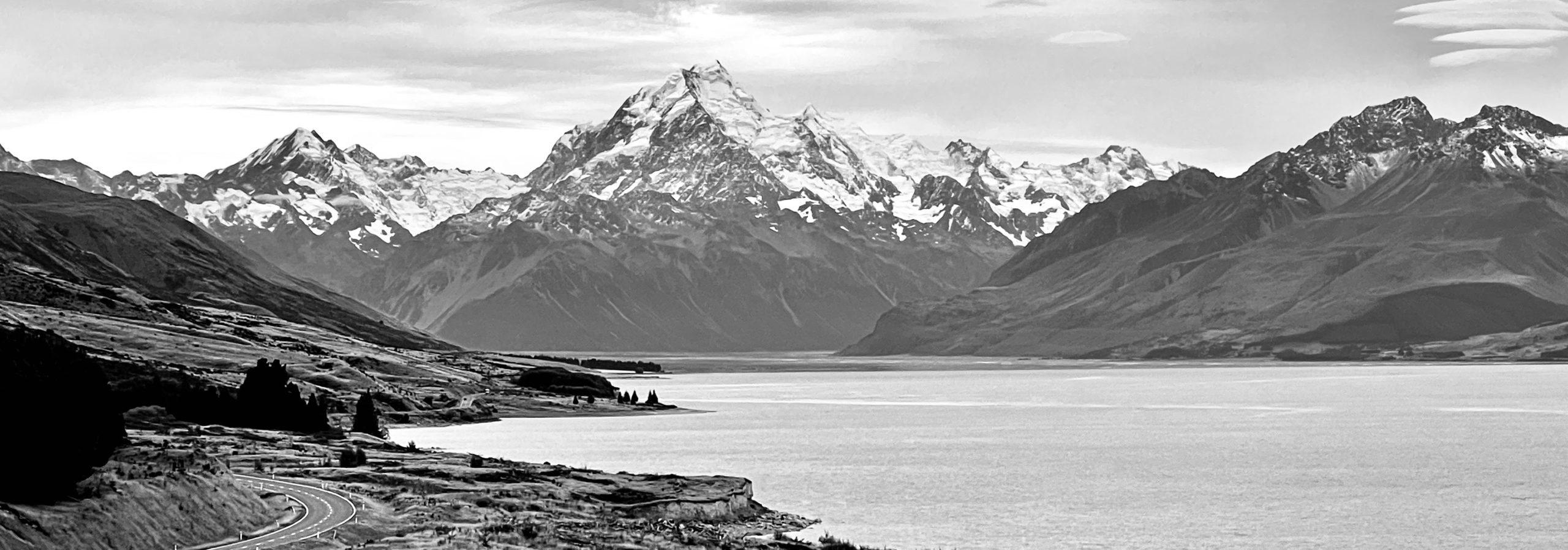02 – 06 March 2023
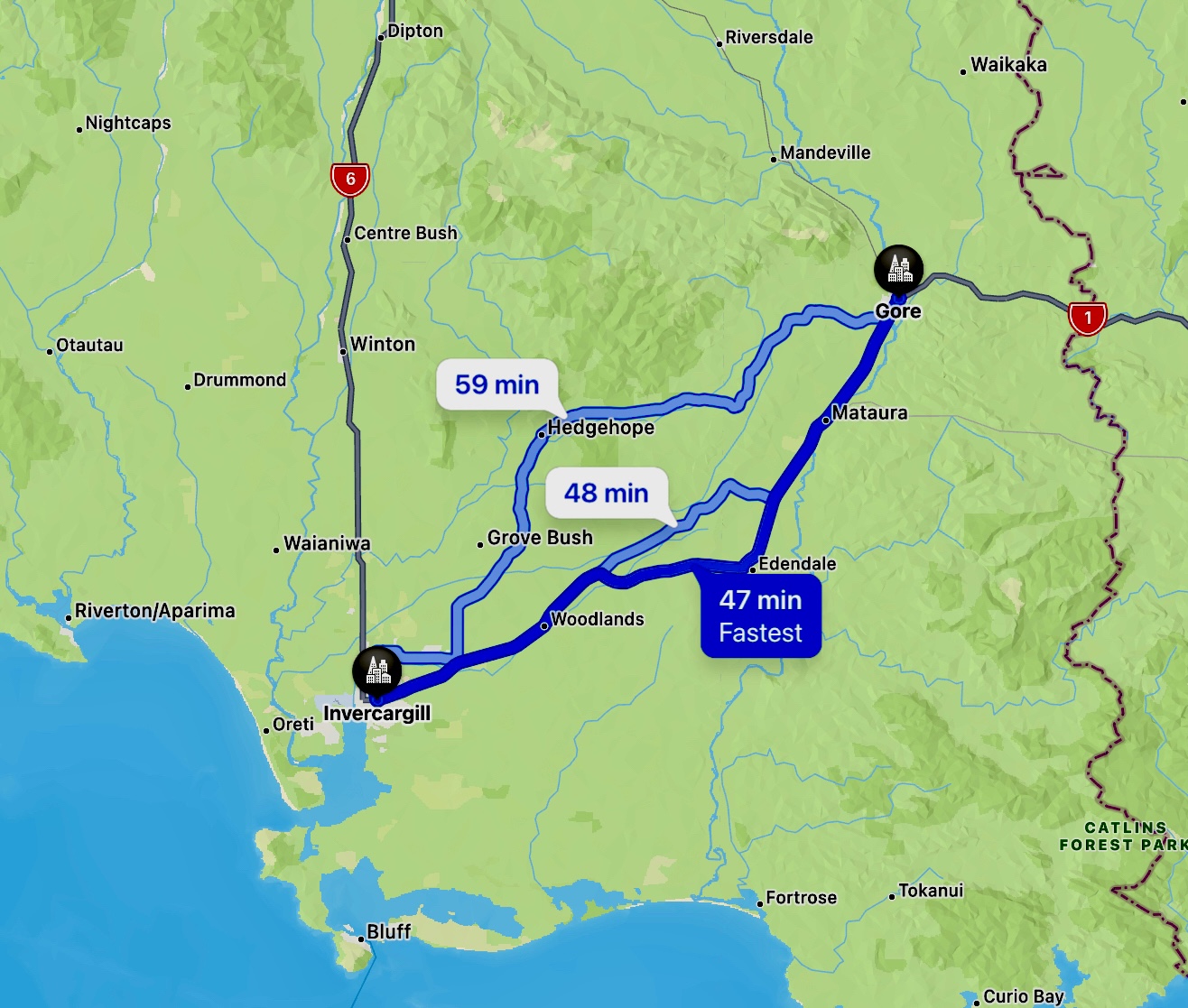
On the Road in New Zealand
Between our three- or four-day stops for fishing are days driving through the landscape to the next destination. Our drives are typically three hours or less plus a stop in some random small town for lunch. The landscape is fascinating and difficult to capture with a camera. Pull back the focus to get the broad sweep but you miss all the interesting layers and textures. Focus in and you miss the vastness and the dramatic mountain elevation. Much of the sharp hilly land is forested or in bush (wild and uncultivated), some old forest plantations and some newly planted, and held by the Department of Conservation in reserves and national parks.
The weather has been great for traveling. The highs range from 65 to 70 degrees. The occasional rain hasn’t been a problem. During one intense hail storm we were inside watching the Oscars.
The South Island has suffered a drought this summer so long stretches of the drive are through dull gold grass as you might see in California. Desert conditions. But closer to Christchurch where irrigation in common, everything is bright green. The most intensely green fields are alfalfa—called lucerne here and erba medica in Italy where we saw it carpeting the central part of the country. It is low growing and curly with very deep roots to reach water. It is feed for cattle and sheep when they aren’t out grazing in the winter, so lots of it is needed here. Undoubtedly some is exported to Asia. The bales out in the fields are wrapped in light green plastic, and we see lots of them. Another striking feature in the farmland is the wind breaks. Lines of trees planted decades ago to protect crops from strong winds. Many of these are thirty- or forty-feet tall and very dense. We are surprised to see them trimmed like hedges in precise rectangular blocks. Probably to encourage growth that increases the density. Orchards are not common, but we drove through one narrow valley about forty miles long that was all about fruit. Apples, cherries, peaches, plums. Trees laden with apples and shaped like Christmas trees. Lots of roadside fruit stands.
Most fields are empty, but turn a corner and you see a few hundred sheep crowded into a paddock. Or several hundred cattle. We check to see if the sheep have been sheared recently, and in this season about half have already been sheared and the rest are shaggy and often brown with mud and dust. The sheep in remote areas don’t see many cars and are quite skittish. If we pull over to the side of the road, they scurry away to the other side of the pasture. Robert likes to beep on occasion as we are driving to see which animals will look up. It’s the sheep. Cattle couldn’t could care less. Bonnie is disappointed that we haven’t encountered a big flock of sheep crossing the road. This used to be a regular feature of New Zealand. We’ve heard that for health and safety reasons, farmers must now file paperwork on when they plan to move the animals, so movement is highly regulated.
The main highways are just two lanes, but in excellent condition. Little harsh weather and little traffic must make it easier to keep them in shape. Every few miles your see a large white arrow painted in your lane. Just a reminder to all of us visiting drivers to keep to the left. Camper vans are very popular and often outnumber cars, but we seldom see much traffic as you’ll see in our photographs. Cell reception out in the country is spotty or might not exist at all; we might wait an hour to get a signal. It feels like our drive in the Yukon.
Robert is not happy with the Toyota navigation. It is awkward to enter an address, and the arrows on the screen are not always clear. We use google maps on Bonnie’s phone as a backup. Fortunately most destinations on the South Island don’t require intricate routes. There just aren’t a lot of roads.
People everywhere are polite. Like Canadians but with more rambunctious energy. One Saturday night in Gore we ate dinner outside on the restaurant’s patio. This was clearly the bar area for the restaurant, and the groups at the other six tables were all drinking beer. The dozen rugby guys at the table next to us were extra loud, but otherwise perfectly civilized. As the group left, two different guys stopped to apologize to us for the noise. Very thoughtful.
On the Way to Gore


Croydon Lodge in Gore

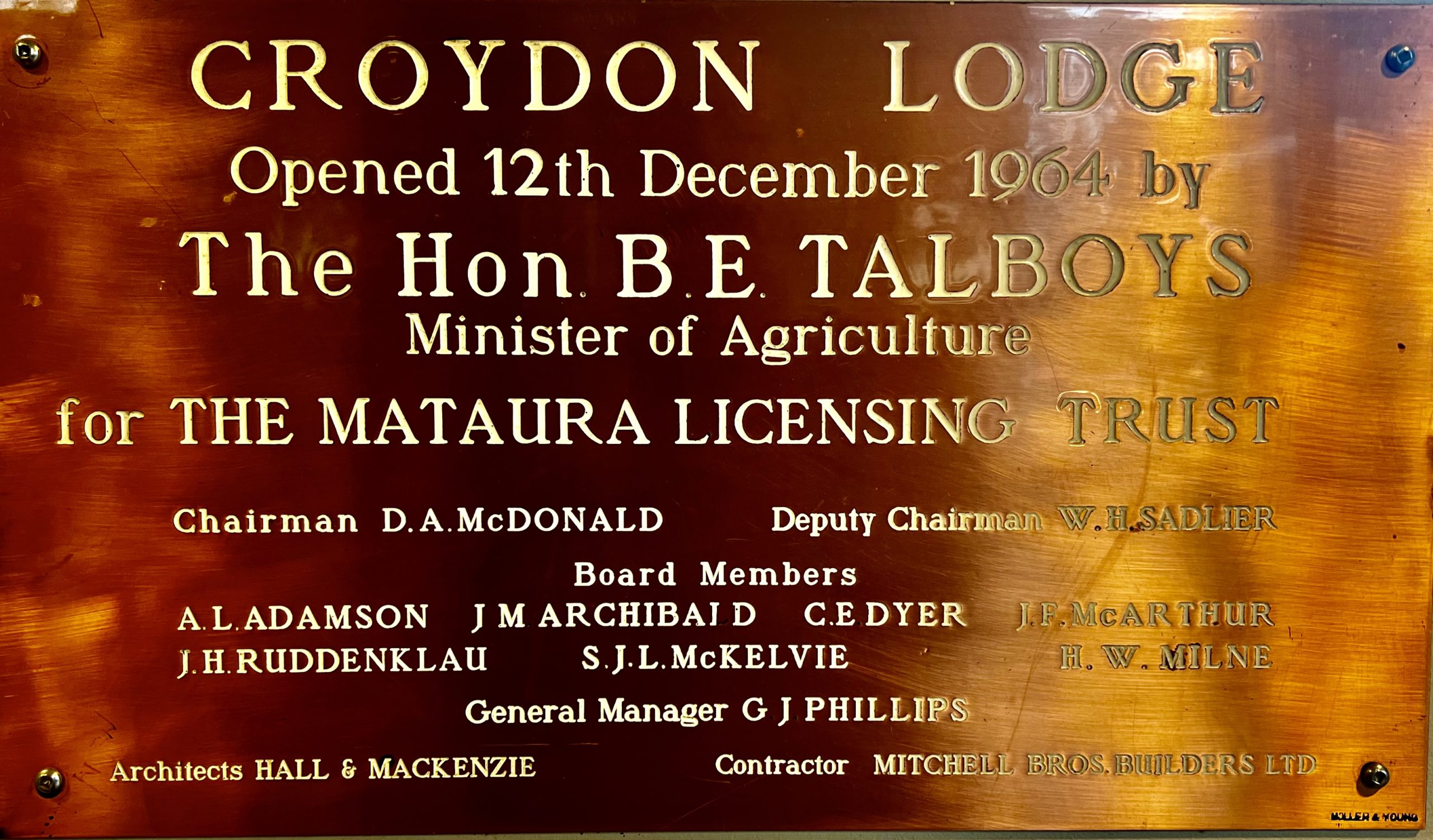
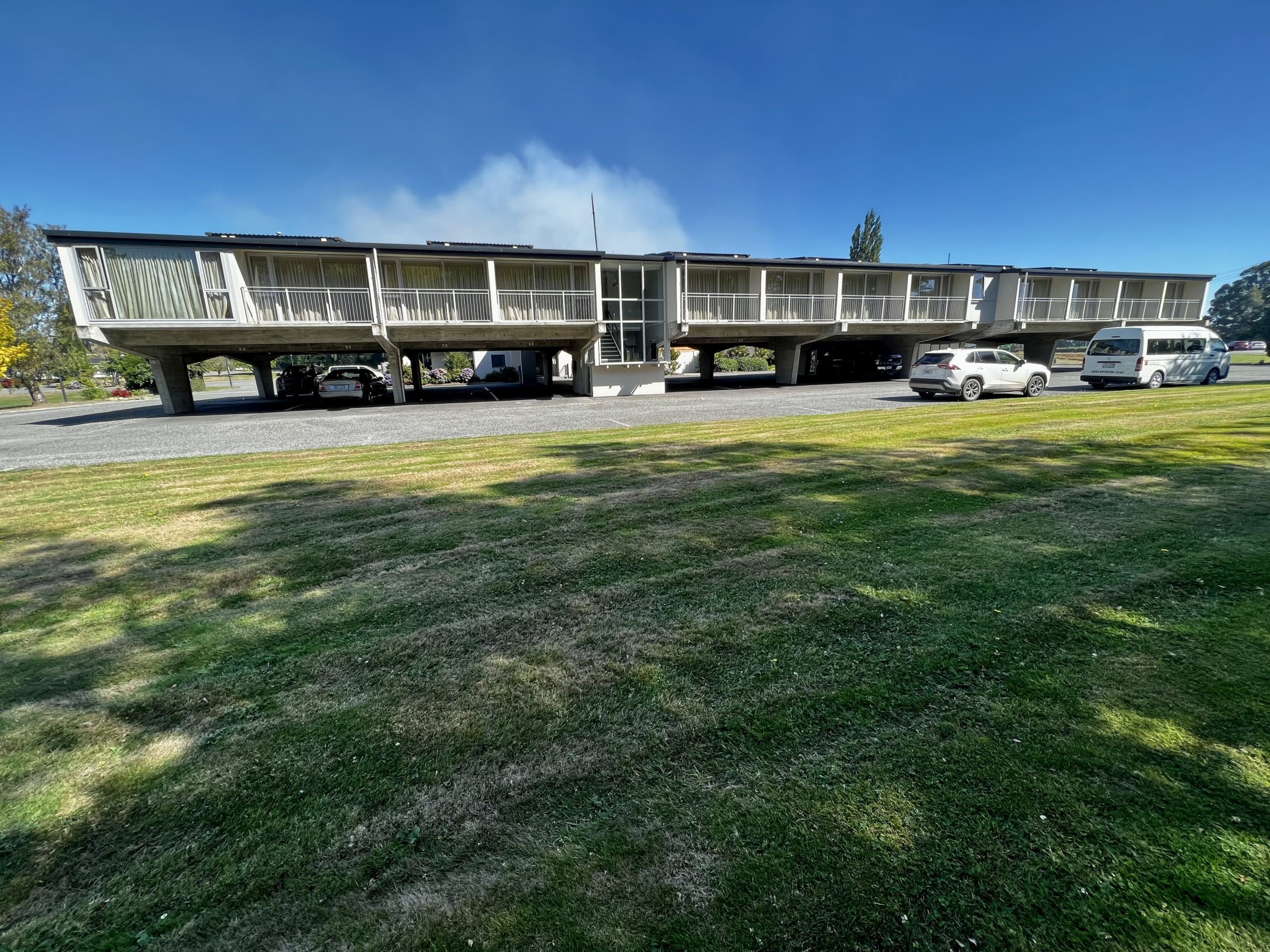
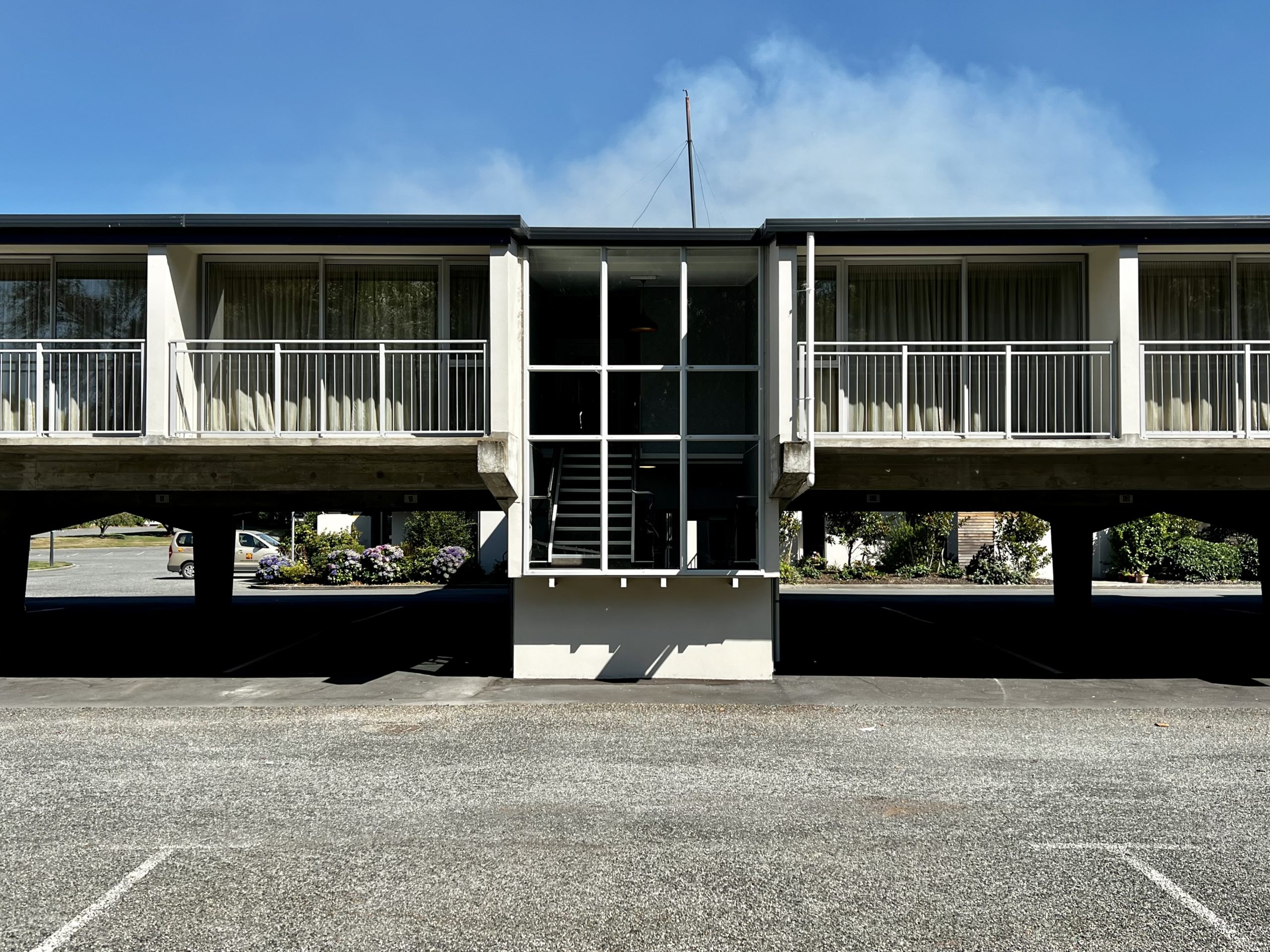
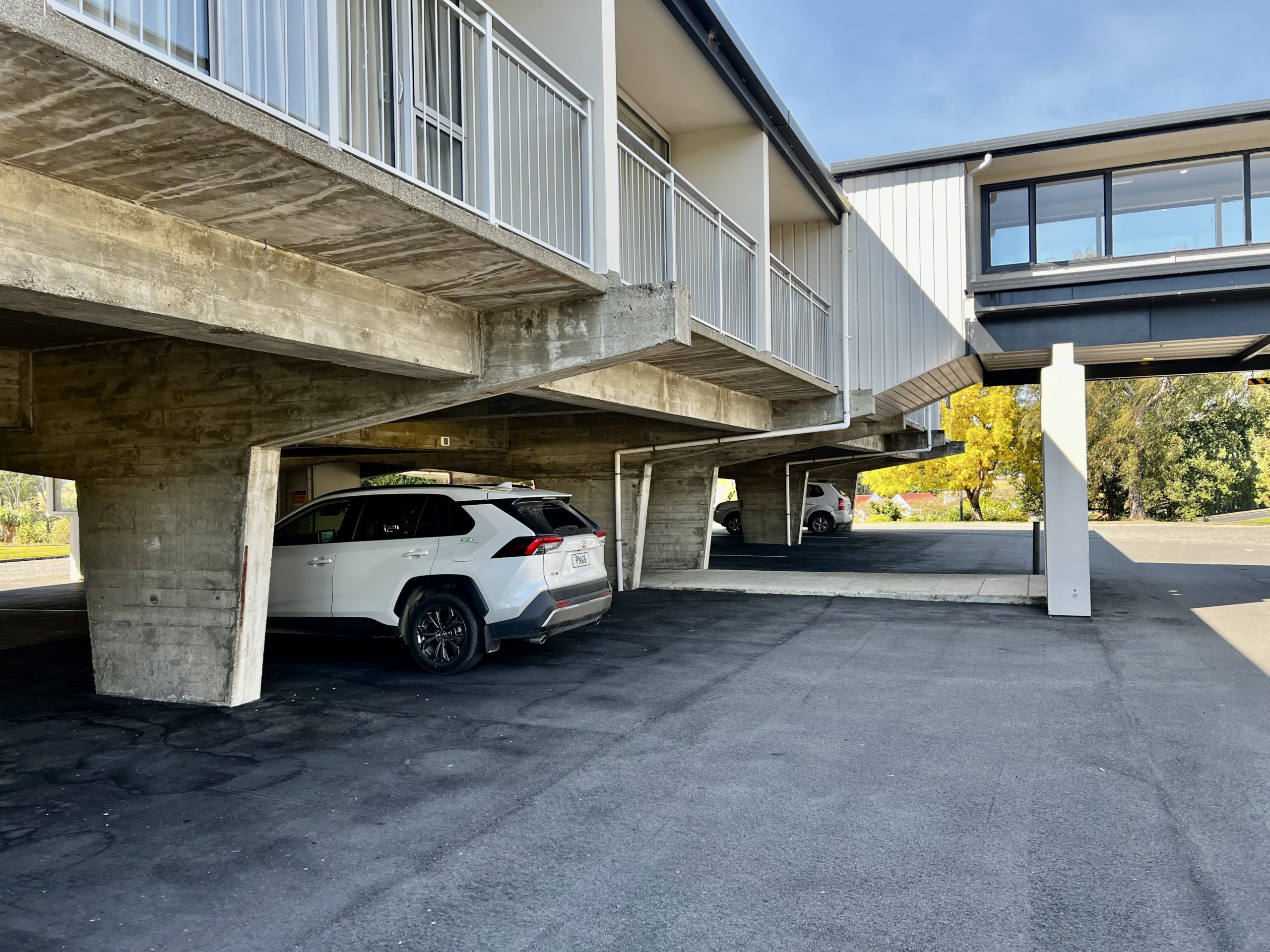
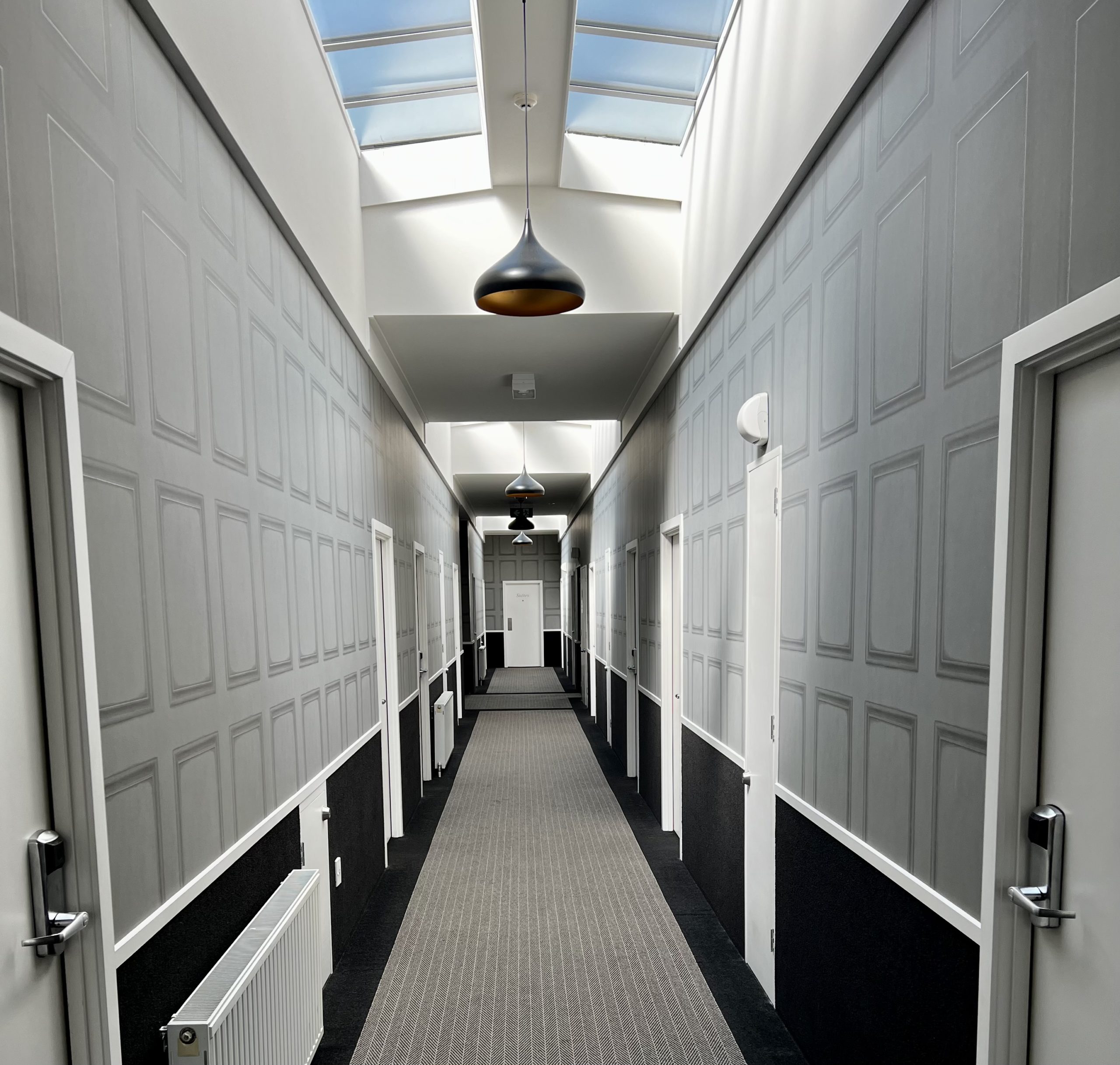
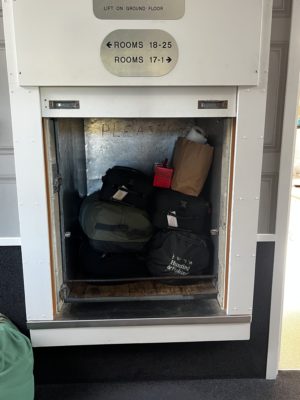
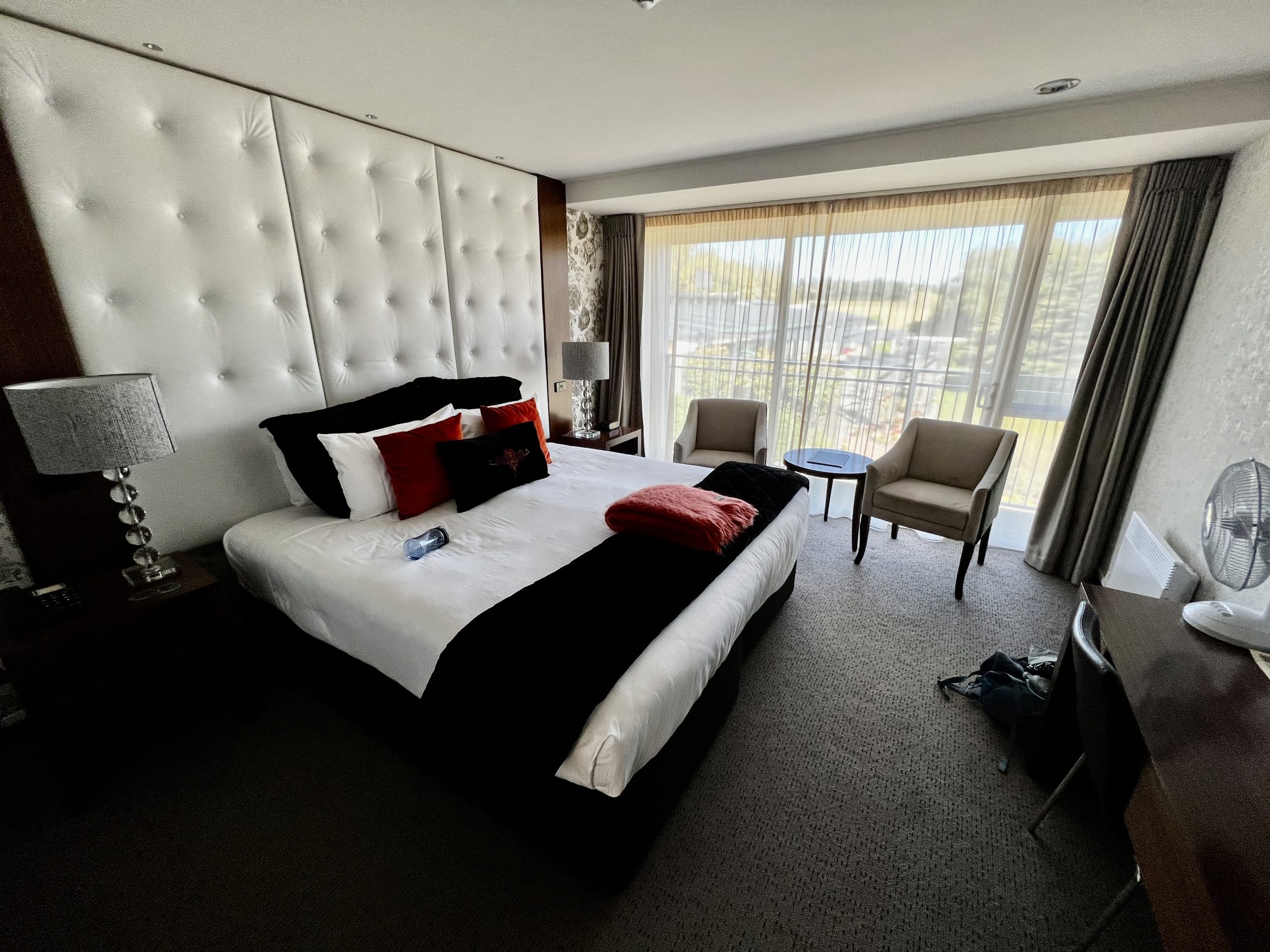
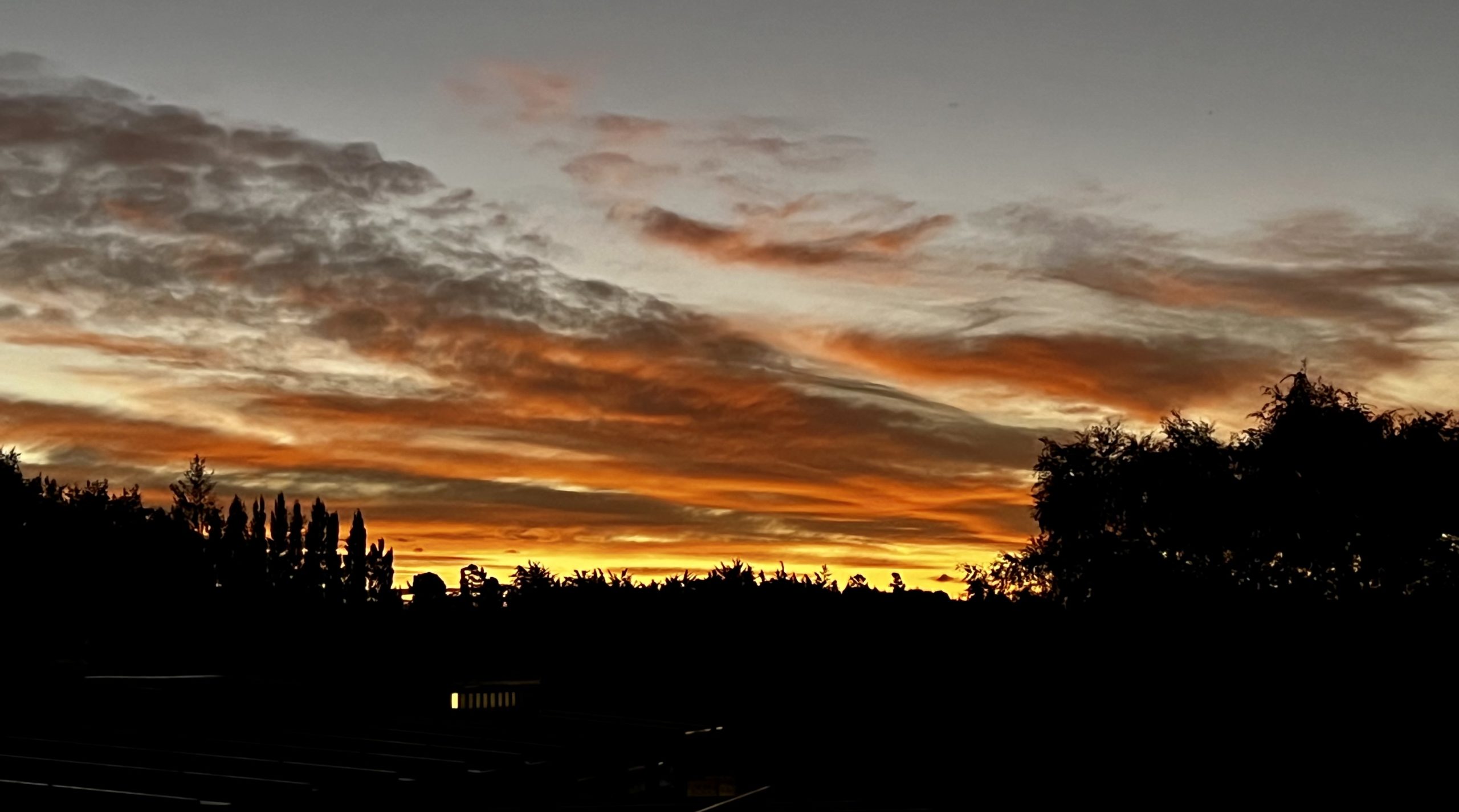
Walking Around Gore
Gore is a pleasant surprise. We did not know what to expect of this rather remote rural town of 8,000, deep in the South Island. Turns out it has a thriving downtown. The main street of two blocks is lined with shops and restaurants, all under a continuous arcade. As in other parts of the South Island, Europeans purchased land here from the Māoris in the mid 1850s and converted large tracts into sheep runs. The long Mataura River, famous for trout fishing, flows nearby. Gore is an agricultural center whose economy has swung with the success or failure of the market. In the 1960s, it had the highest per capita retail of any New Zealand town. (It has a very nice jewelry store.) This dropped as the wool market lost ground. Recently the conversion of farms from sheep to dairy has returned economic prosperity here. We heard locals downtown talking about expensive new homes being built nearby.
Along with experiencing weaker drinks, Robert had his first breathalyzer test in Gore. As we were driving after lunch, the police stopped us at a check point on the edge of town. Robert passed.
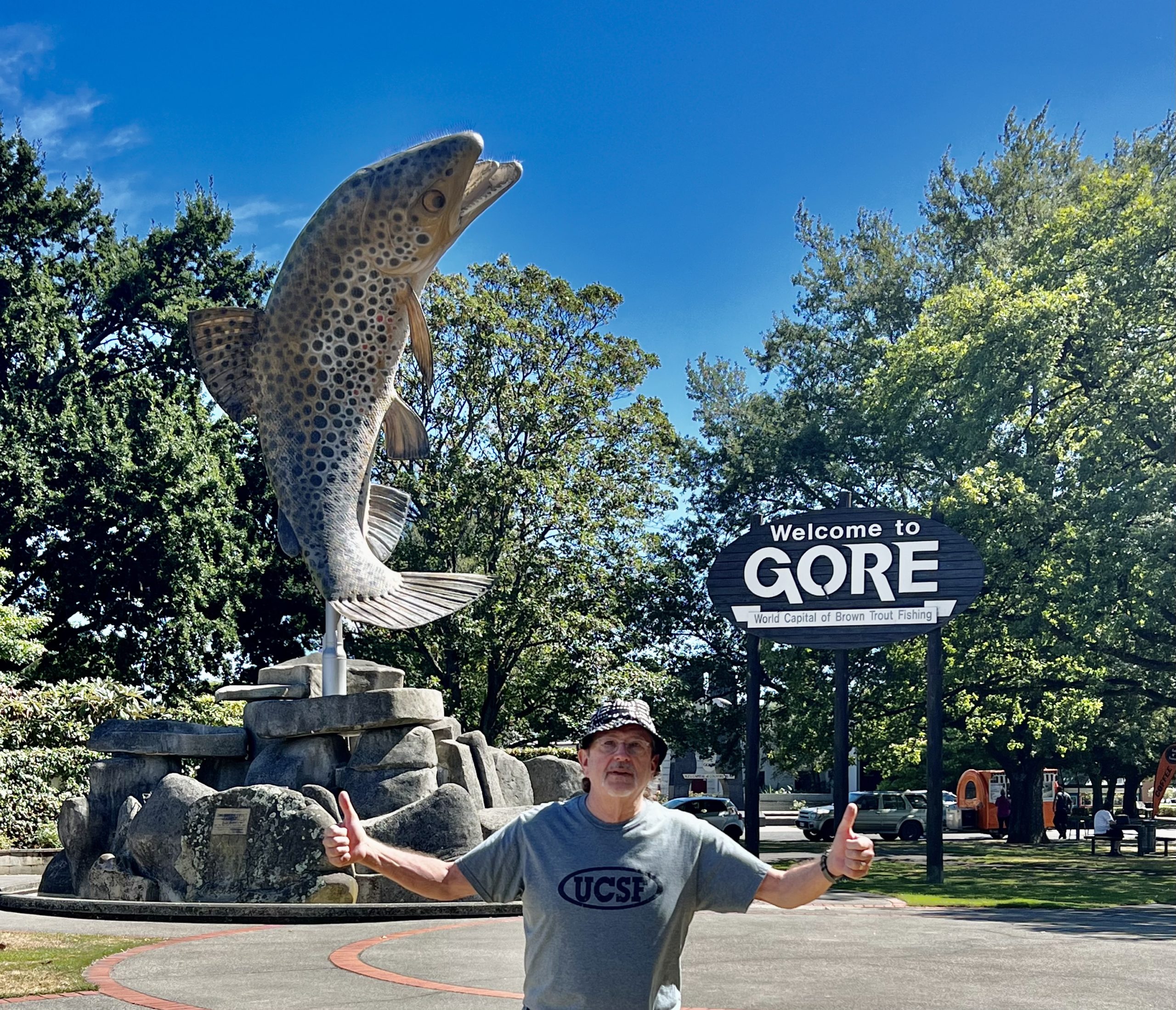
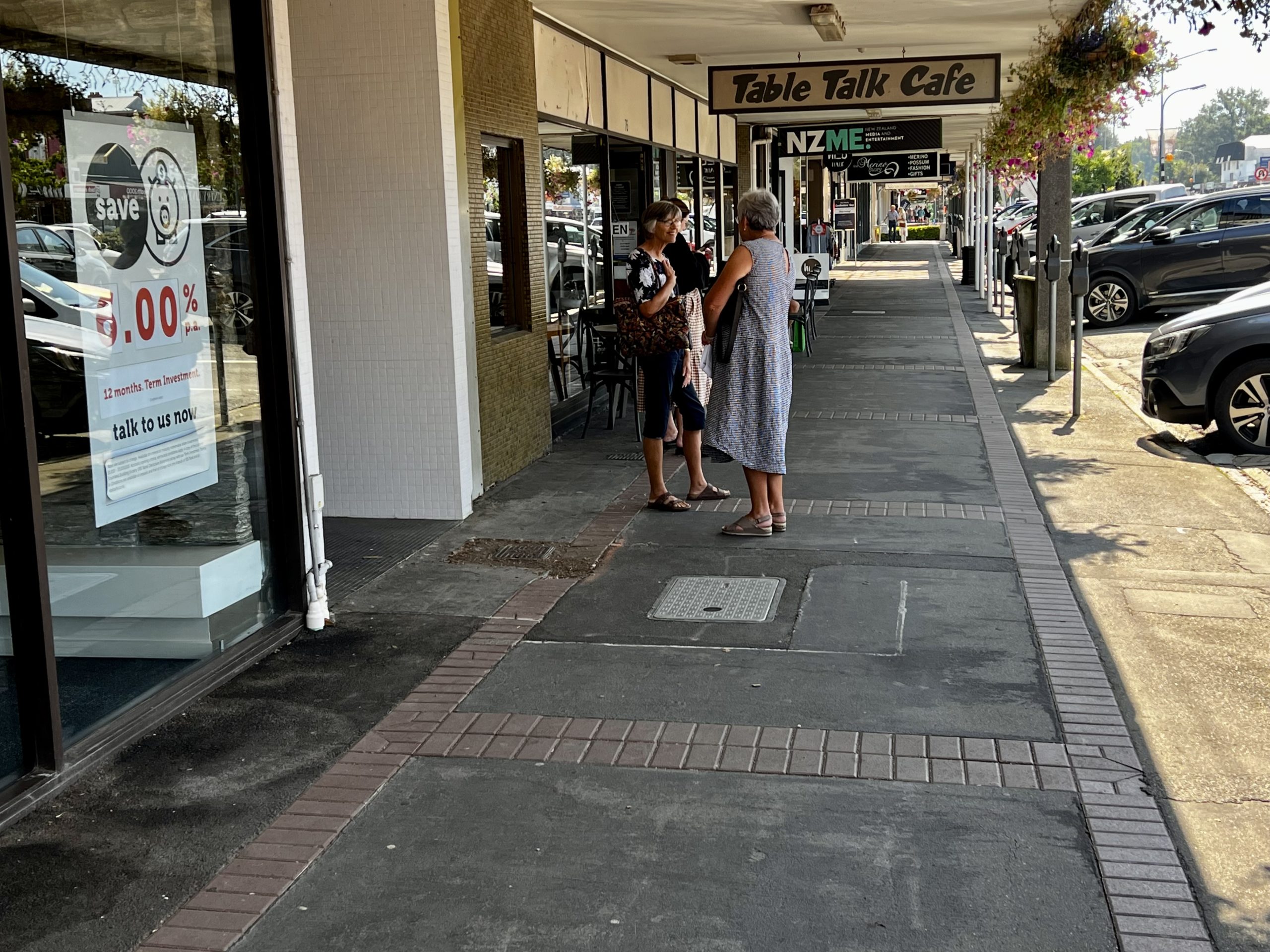
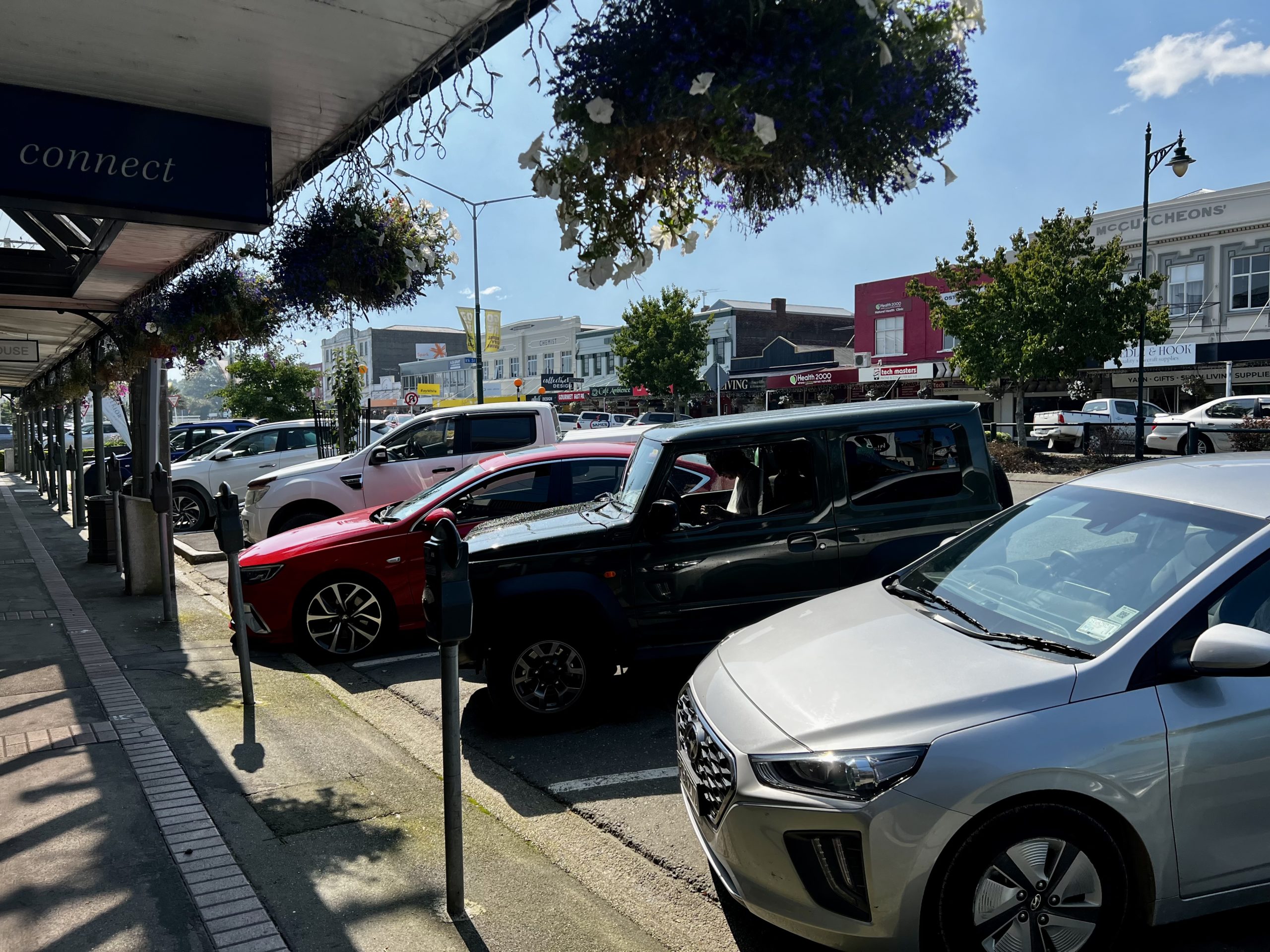
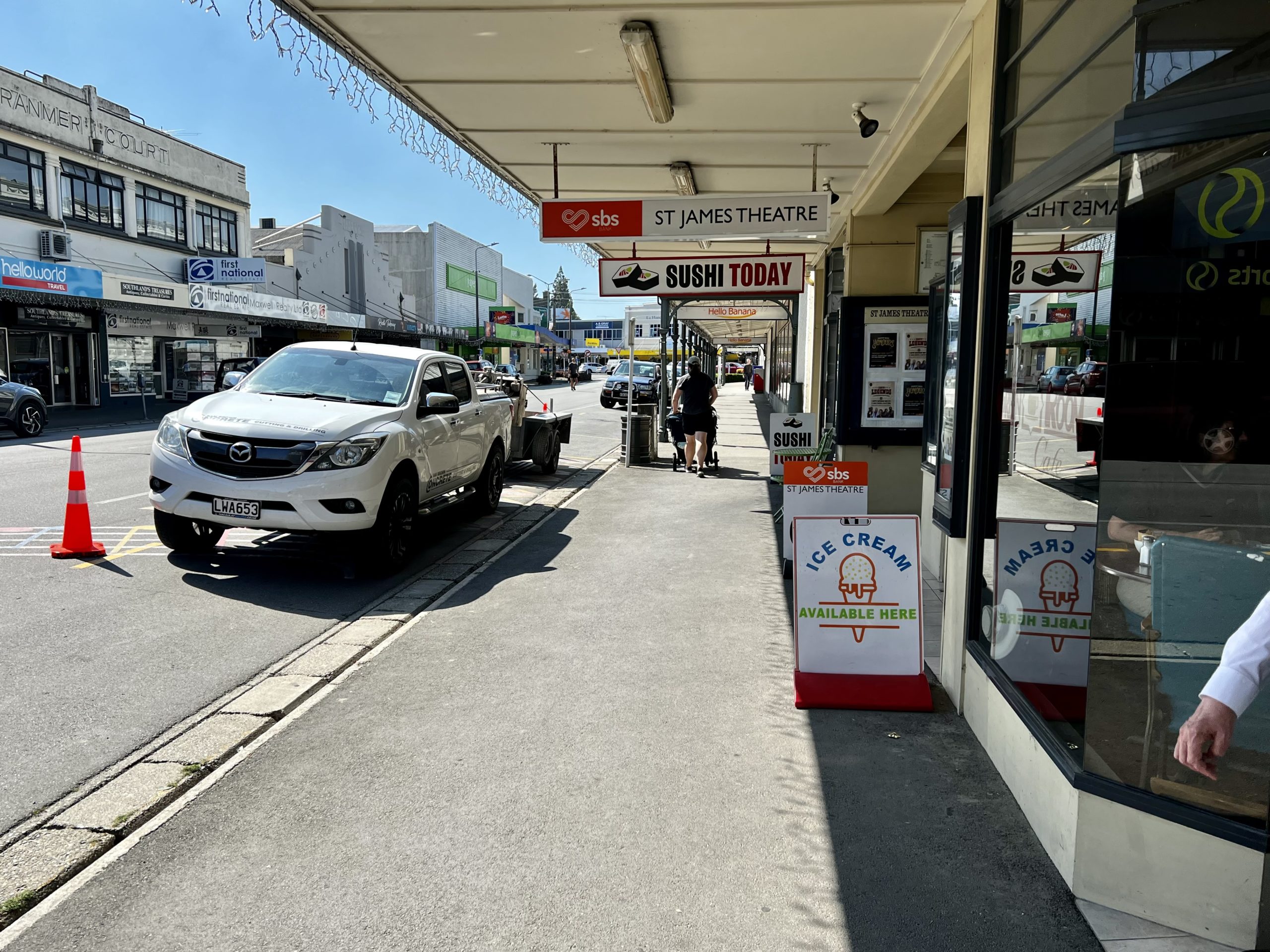
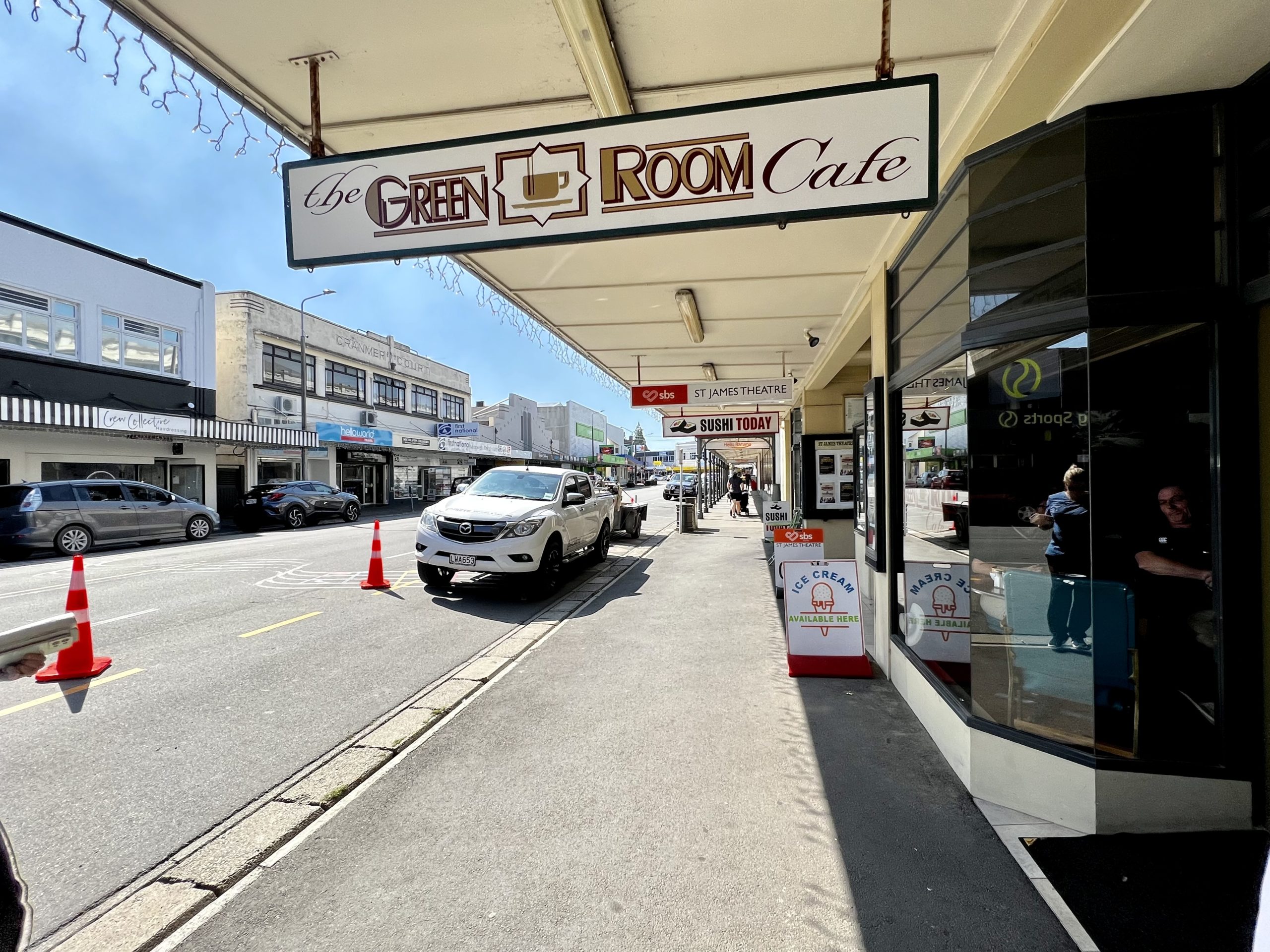
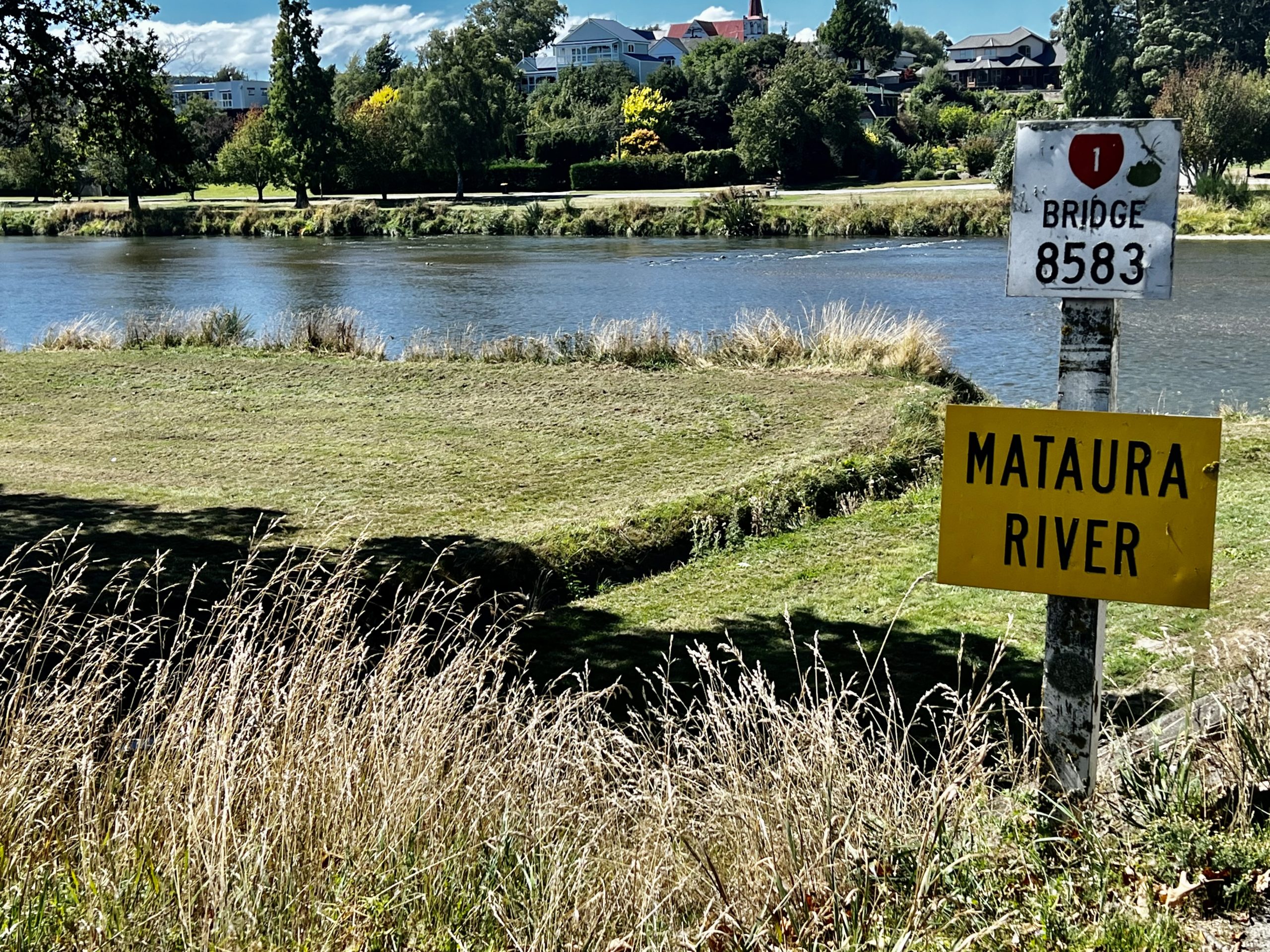
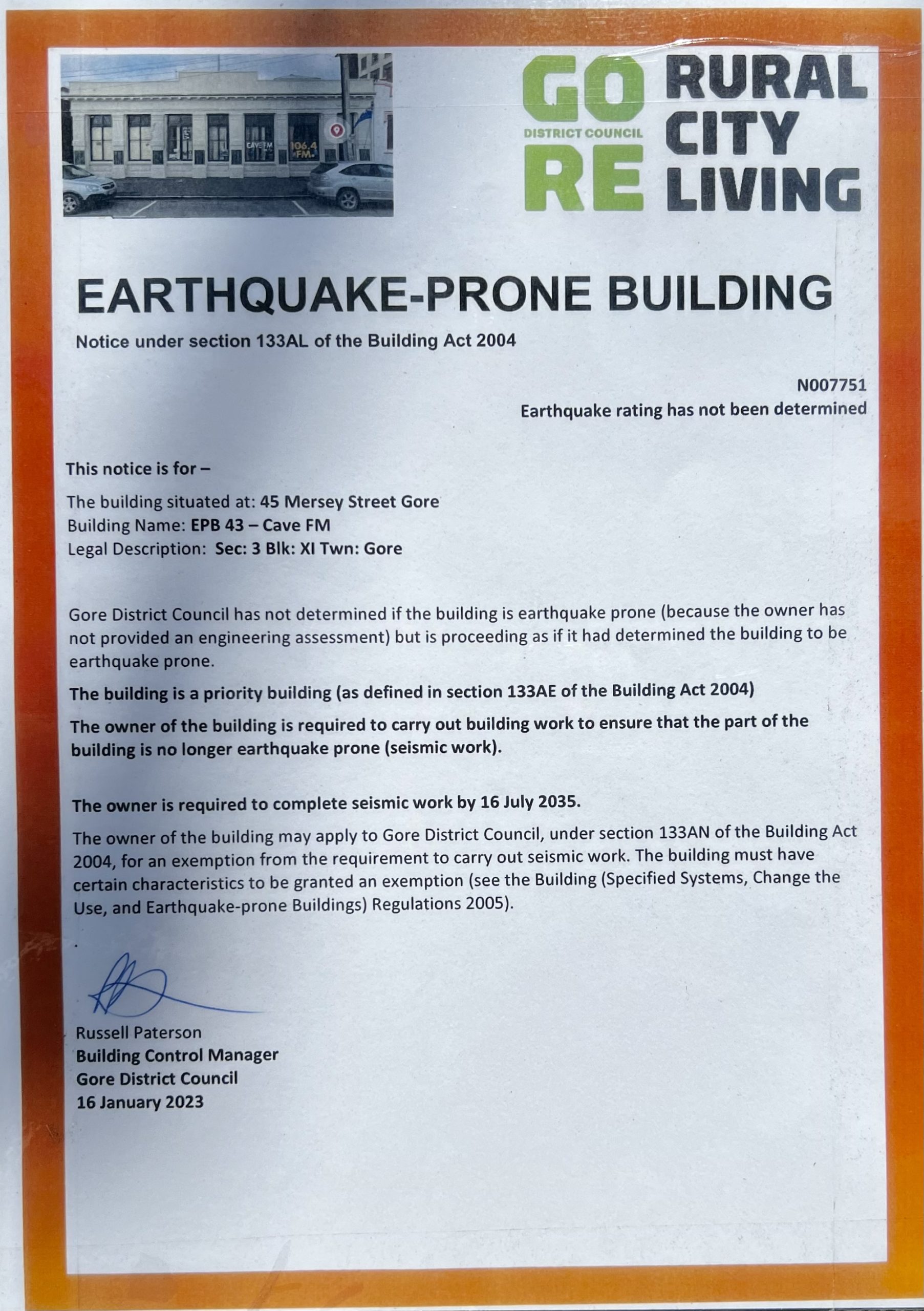
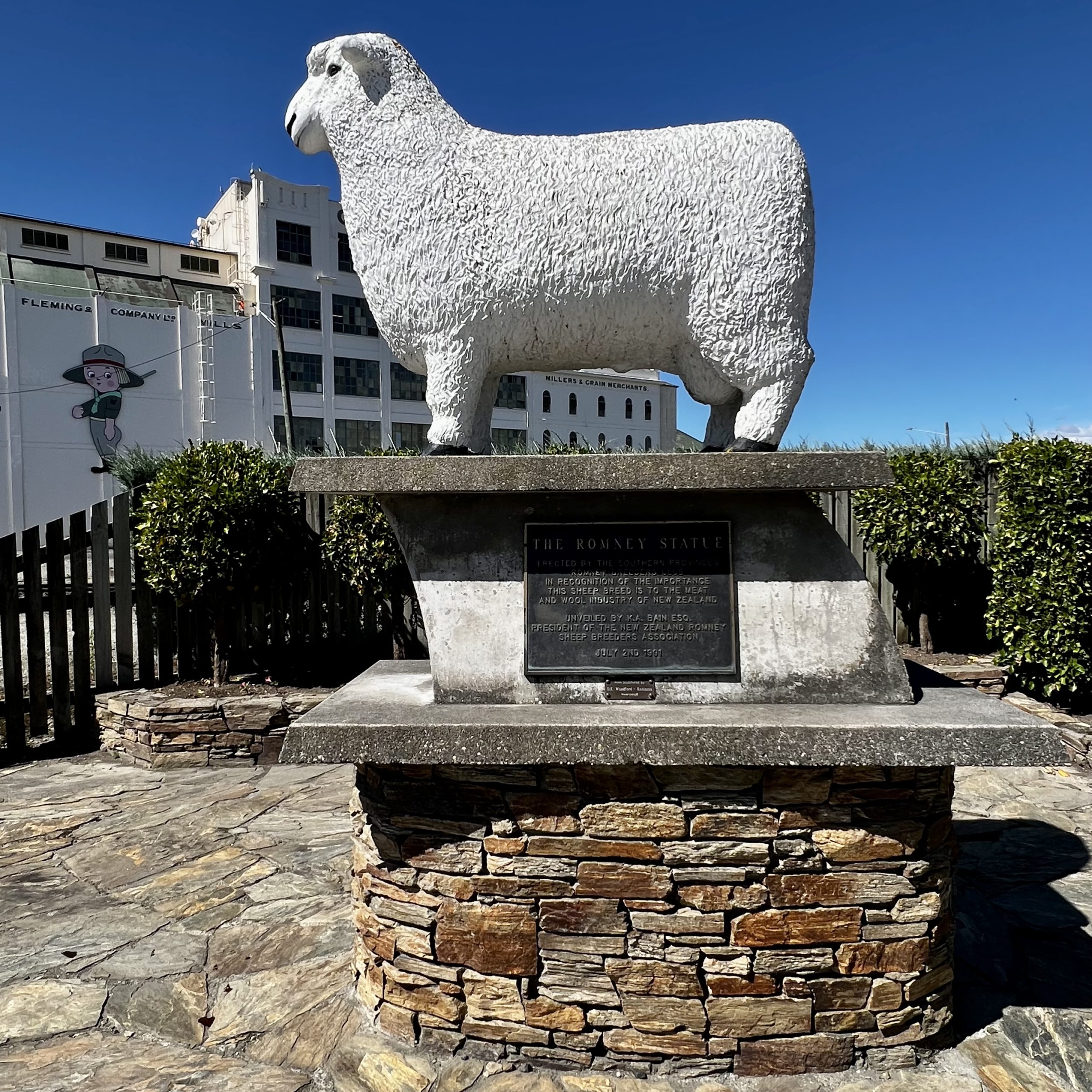
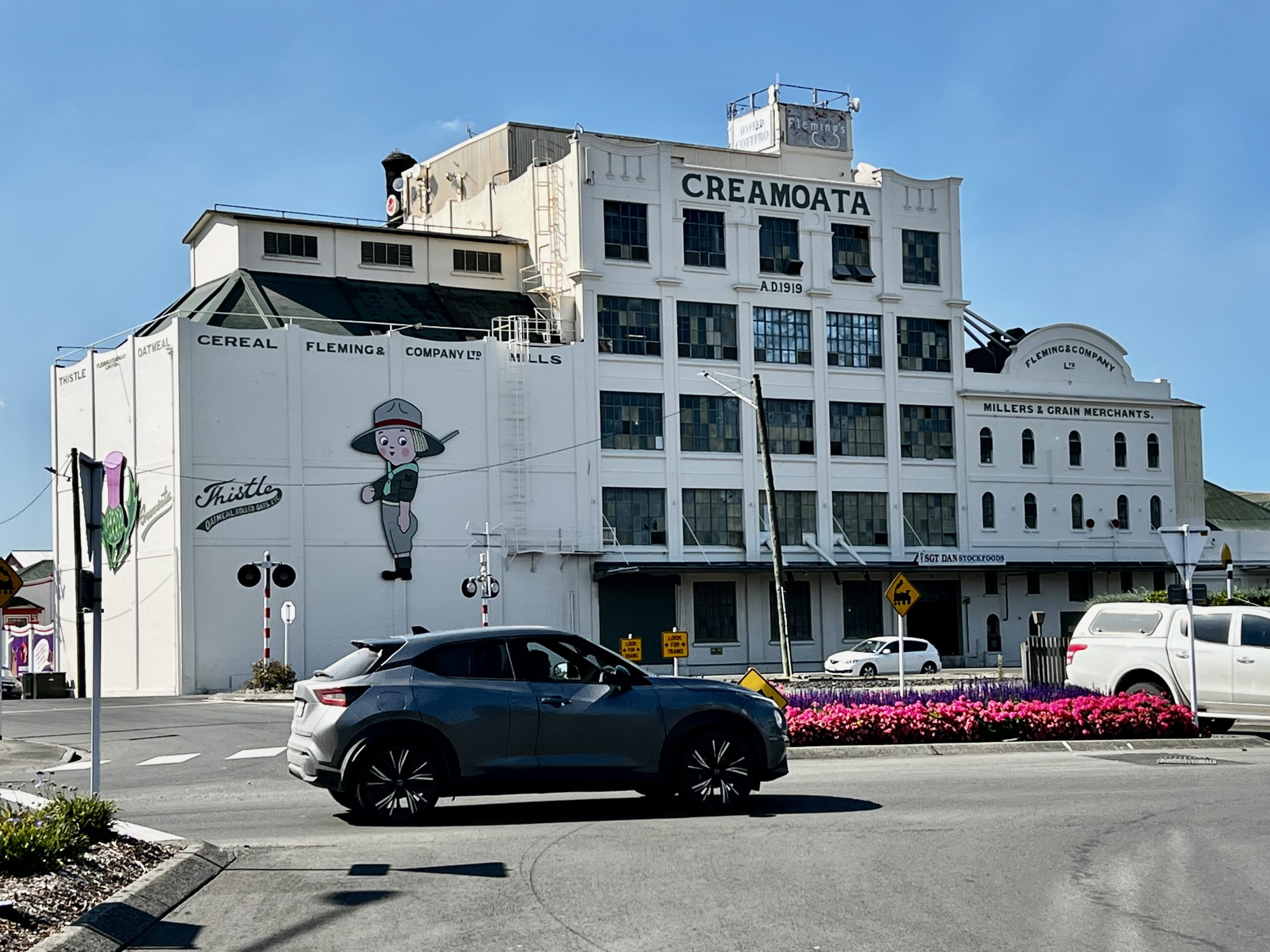
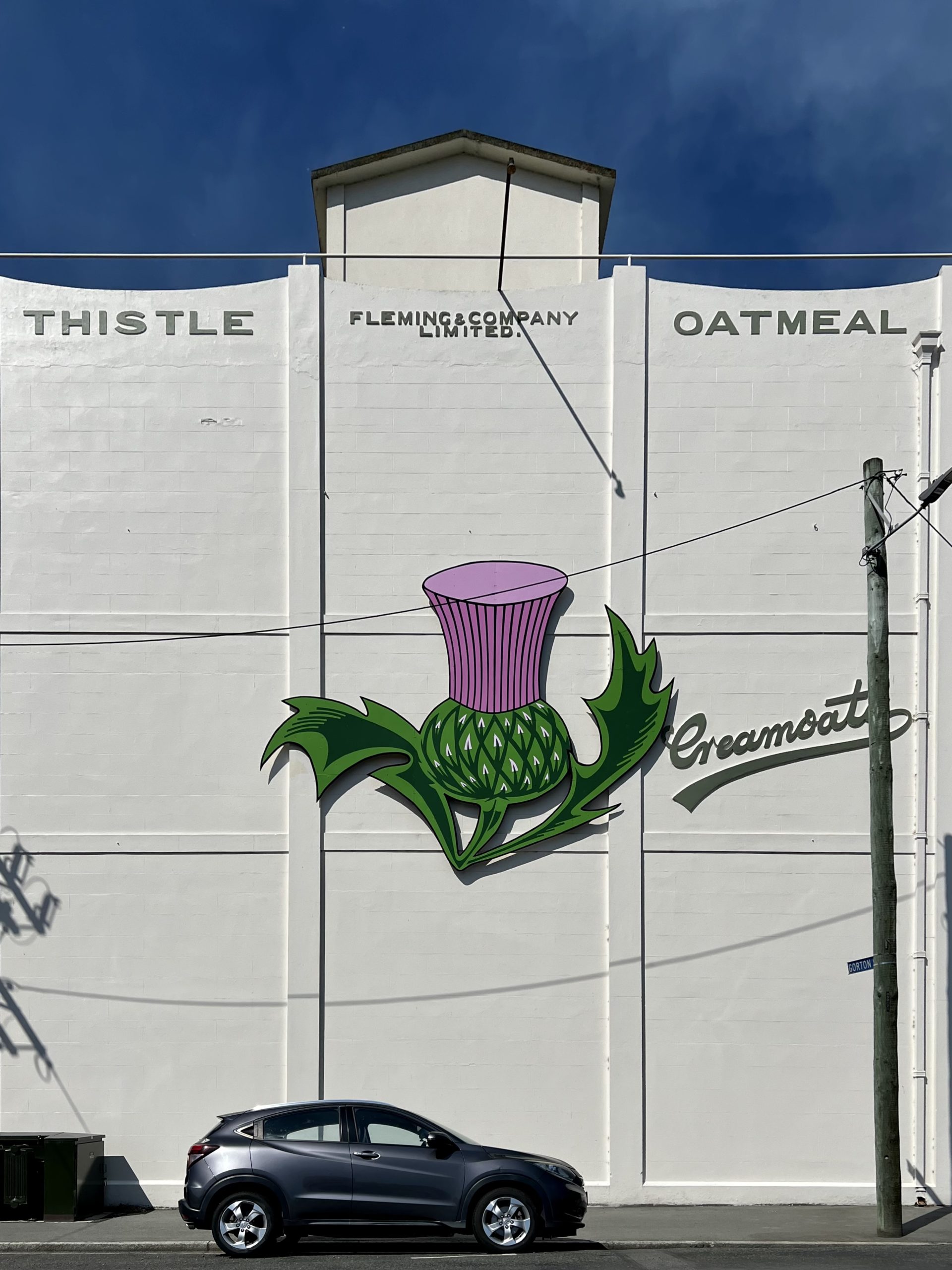
Croydon Aviation Heritage Centre
This tiny museum with one large airplane hangar and a grassy field was recommended to us by a woman in Gore who roams the downtown to promote local tourism and works as a meter maid. The aviation center has a great train like many Robert has seen in cowboy movies. But the main feature is the collection of antique airplanes, which is spectacular and includes a few jets. A local company specializes in restoring them. The company even has a plane under restoration from Reno, Nevada. When completed, the owner plans to fly it back to Reno, via Europe, which will take several years. Some of the planes here are for hire too!
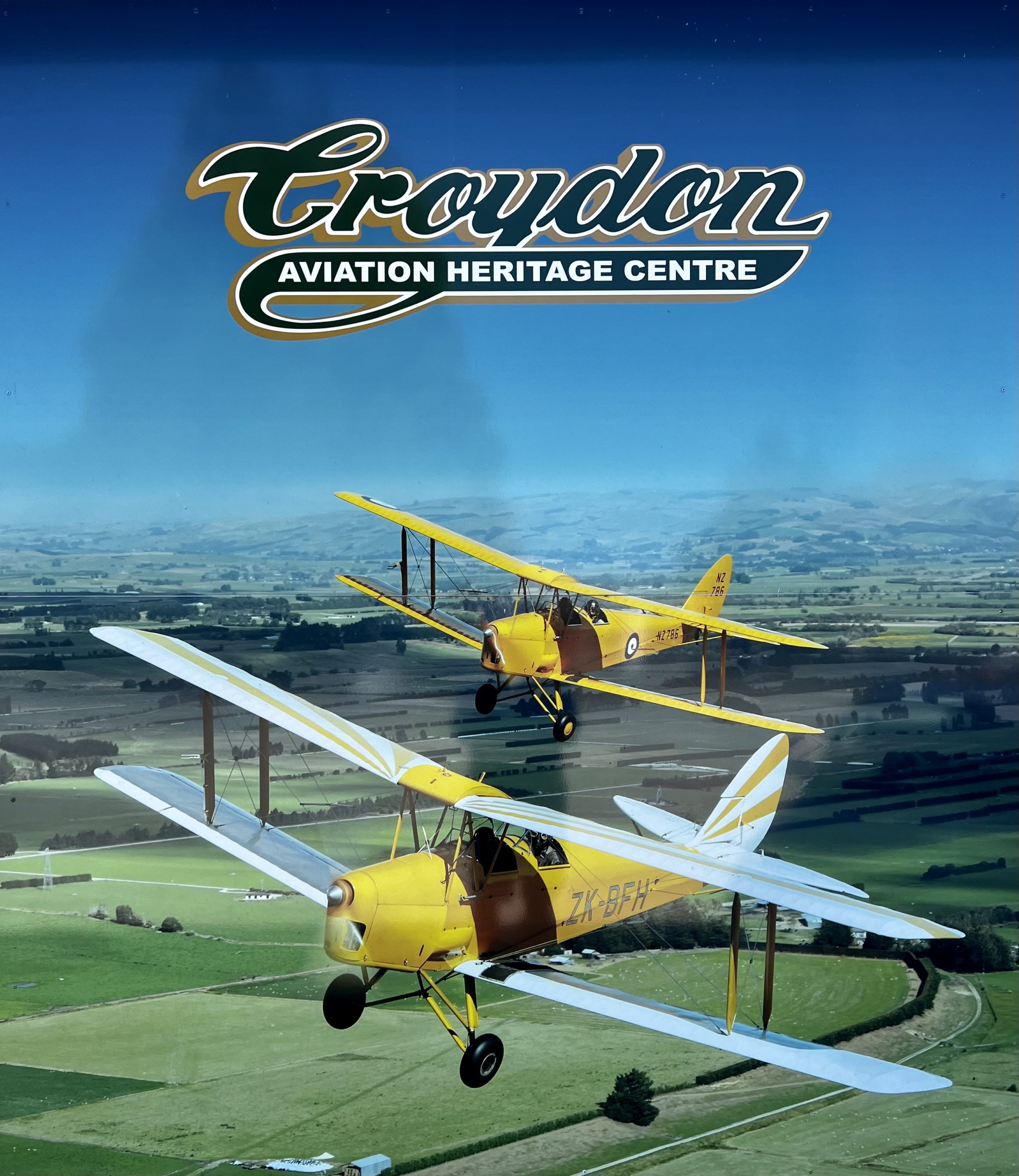
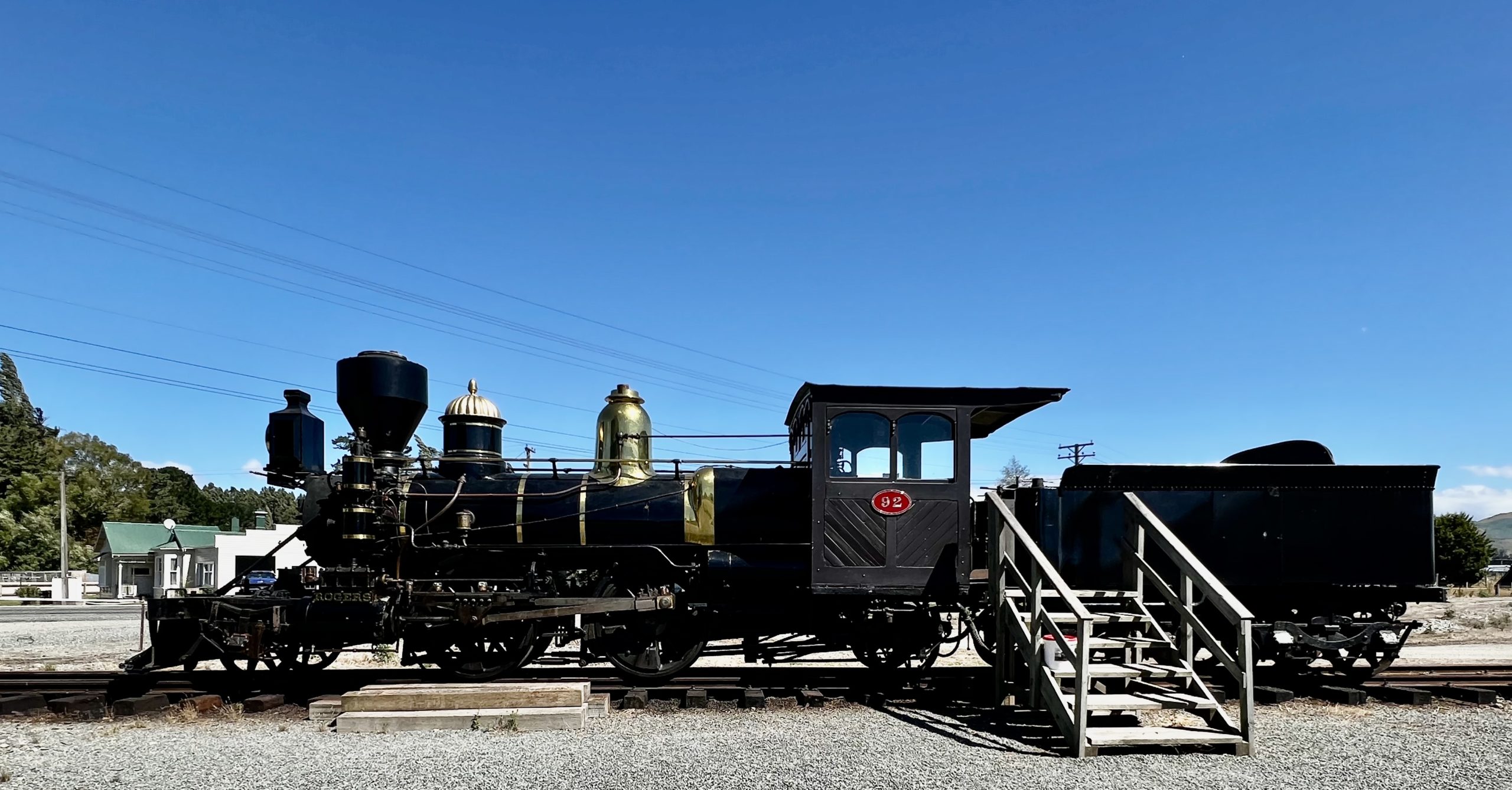
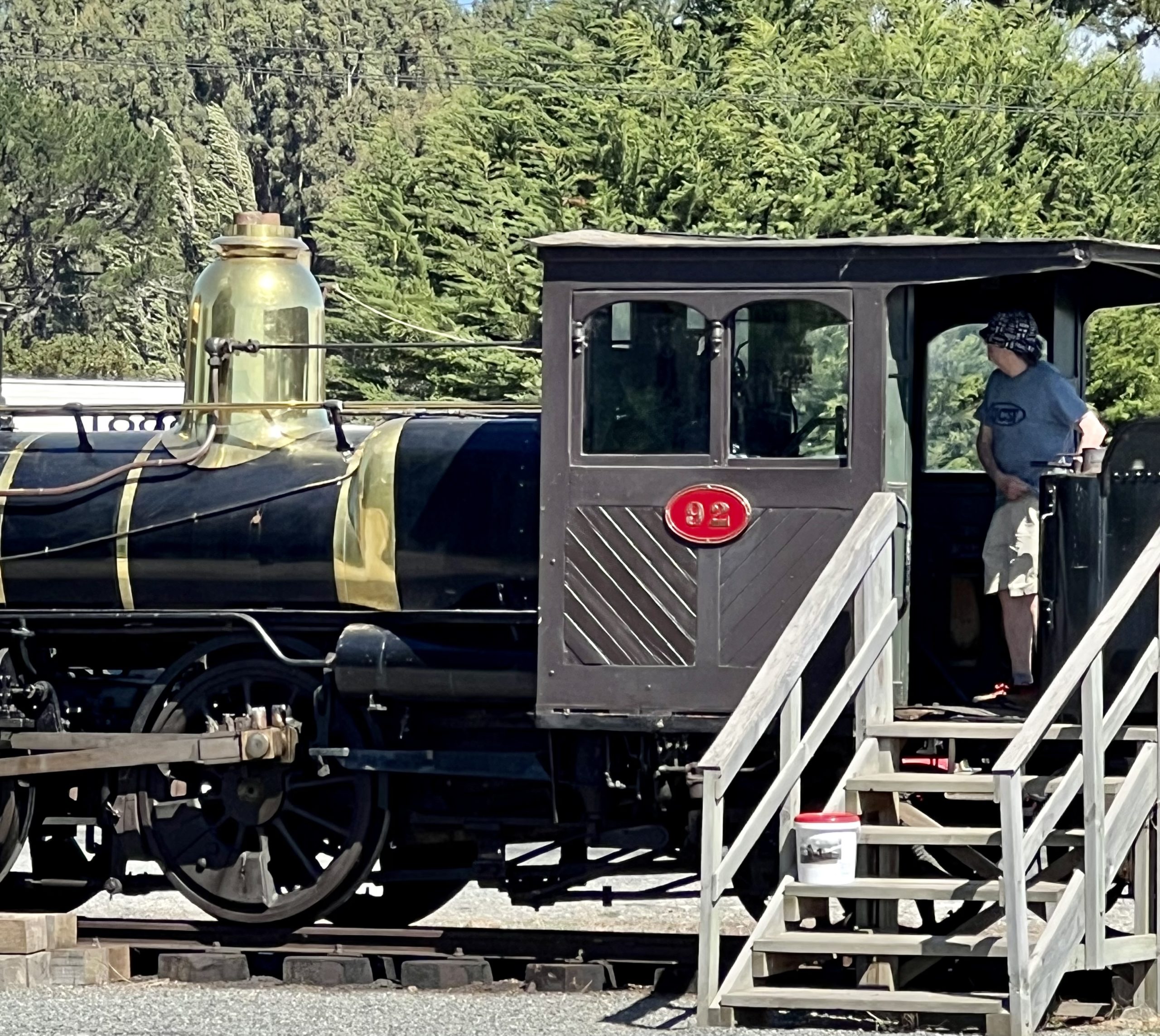
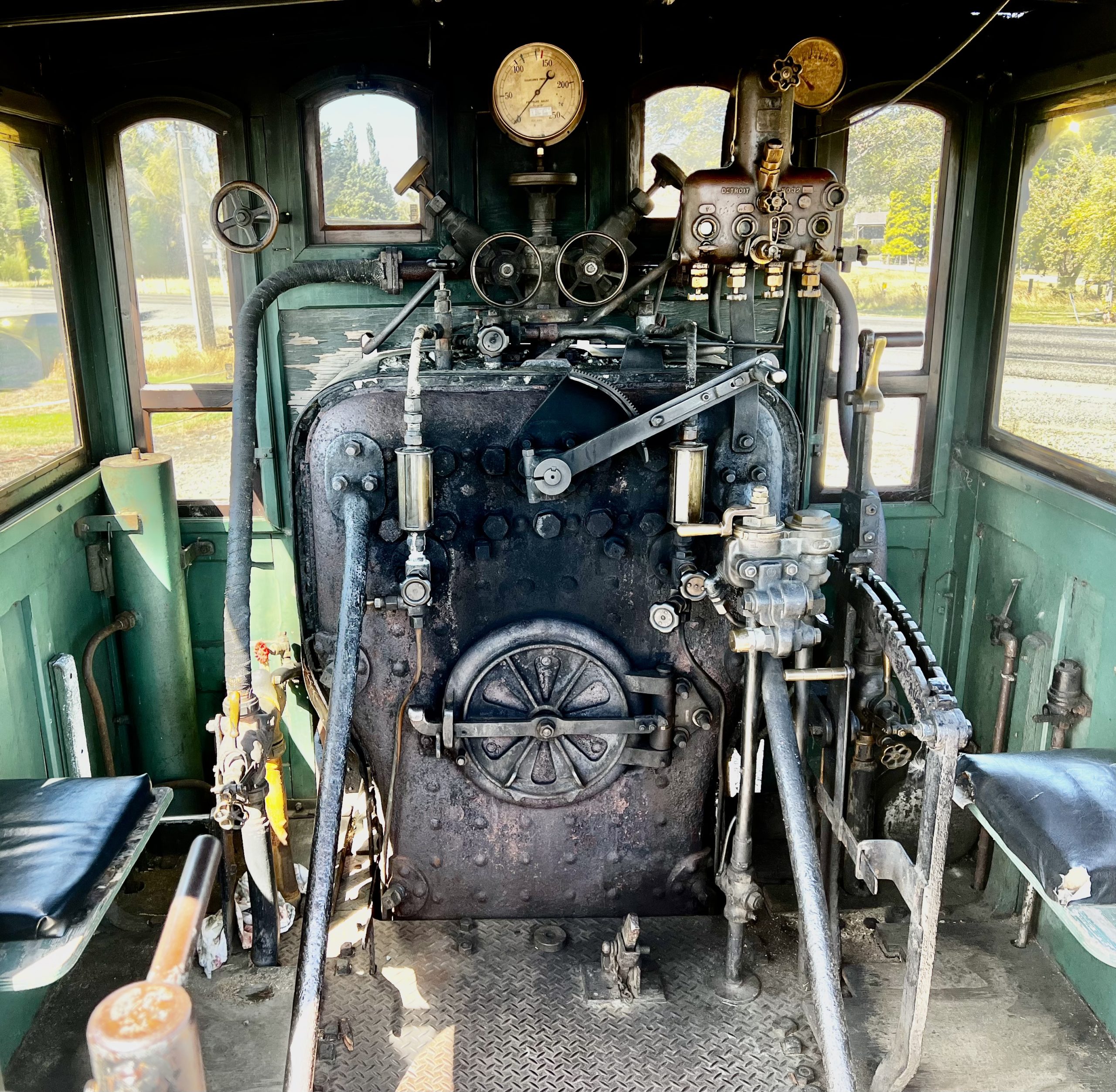
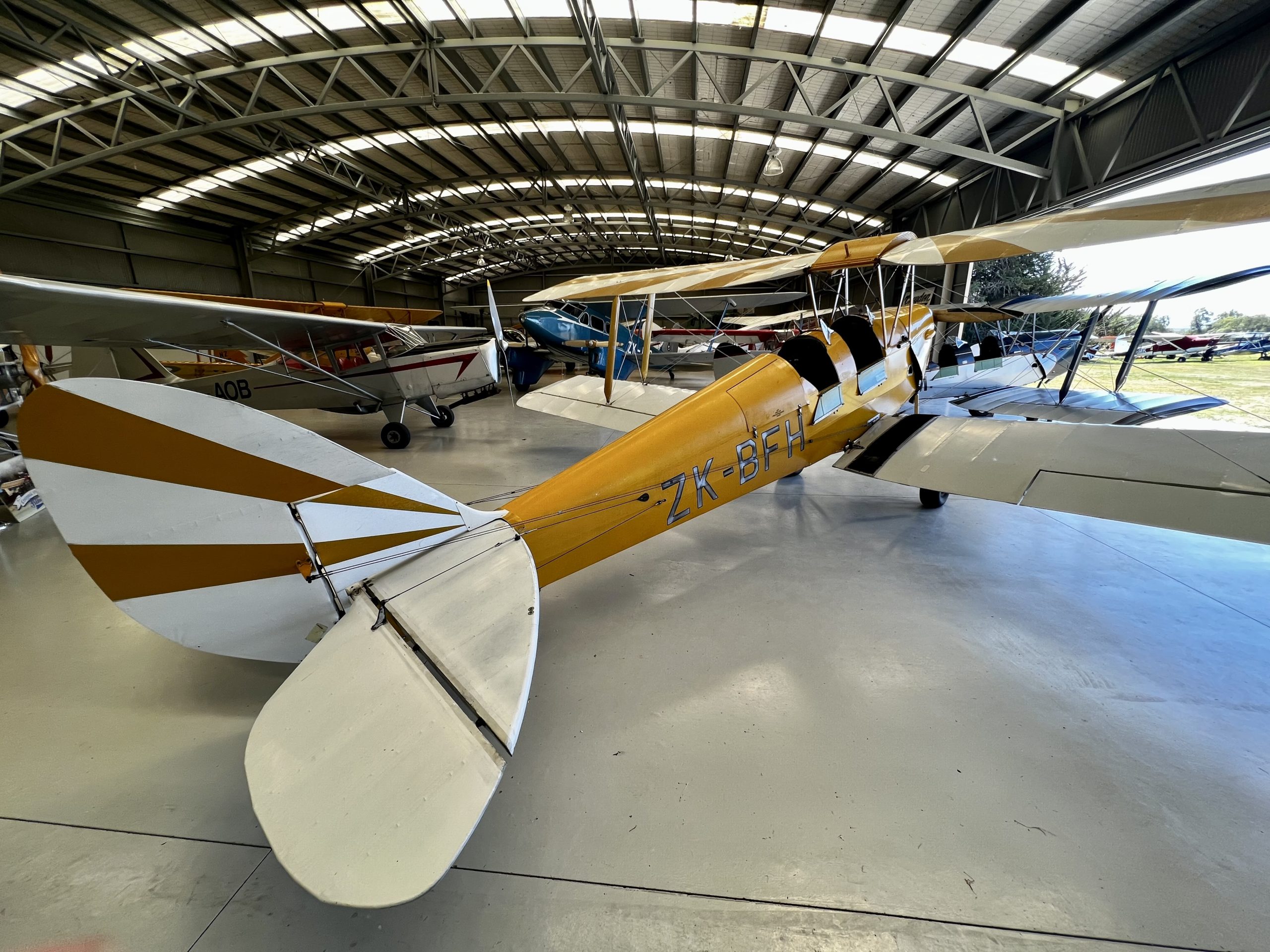
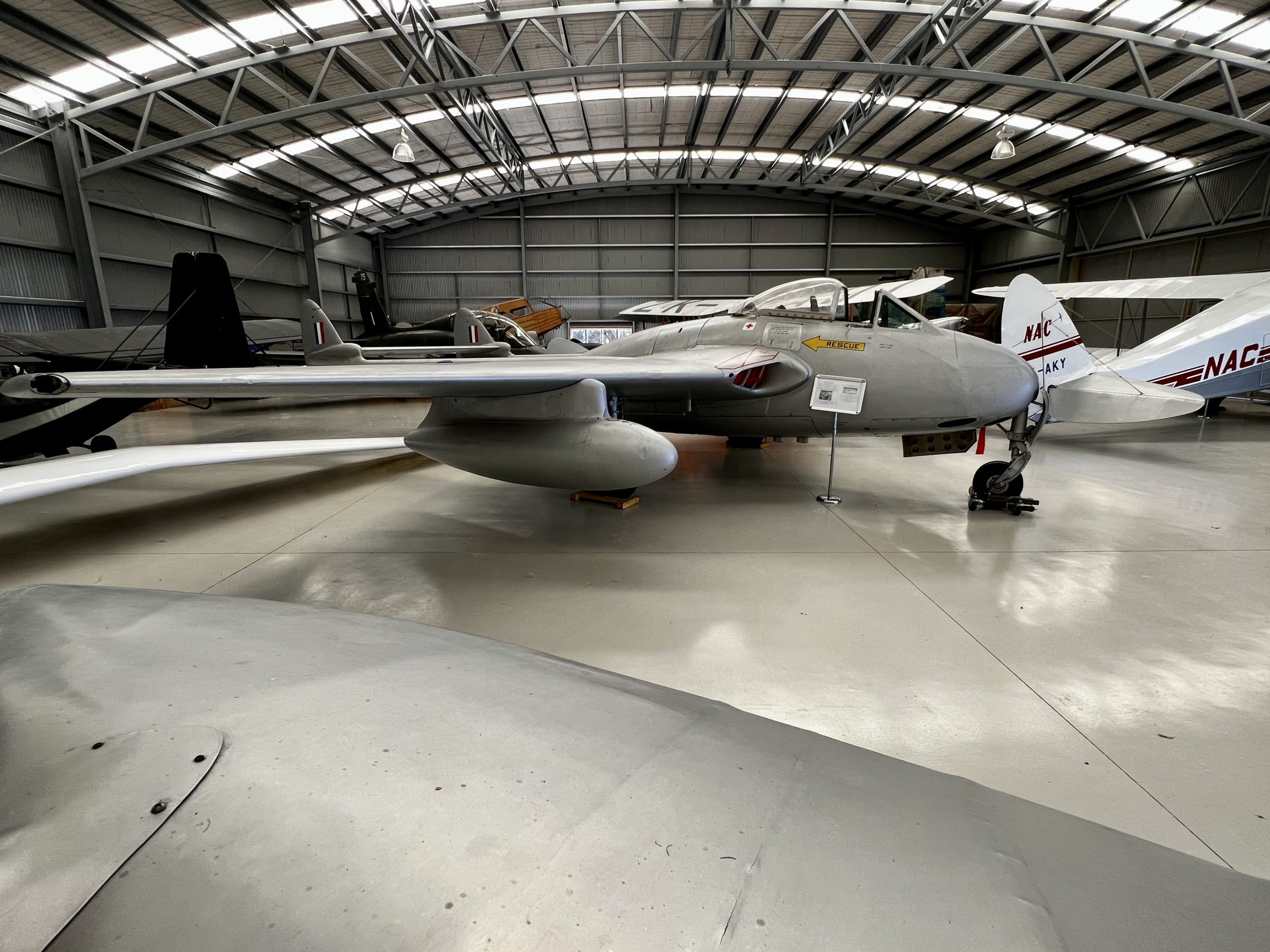
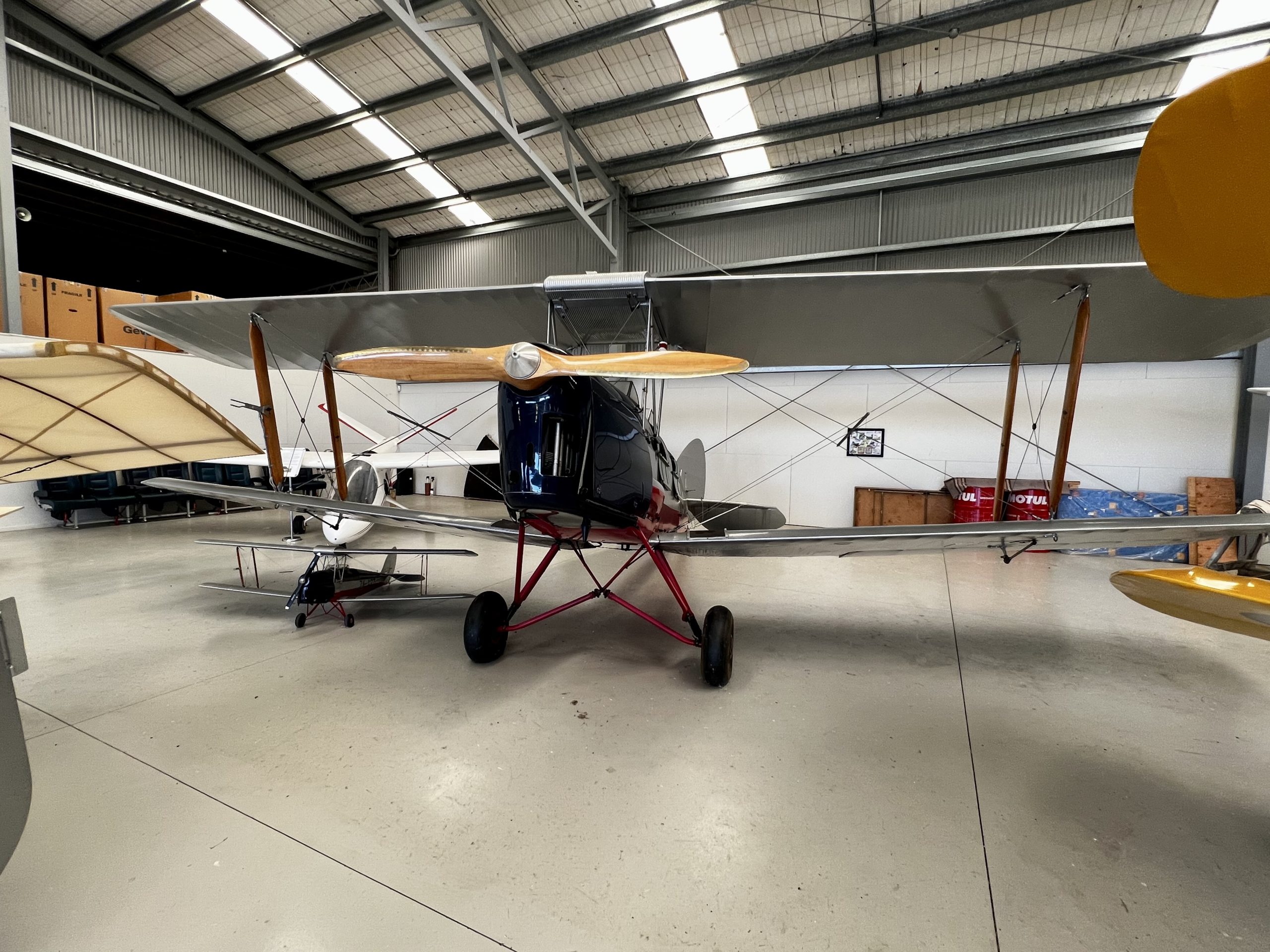
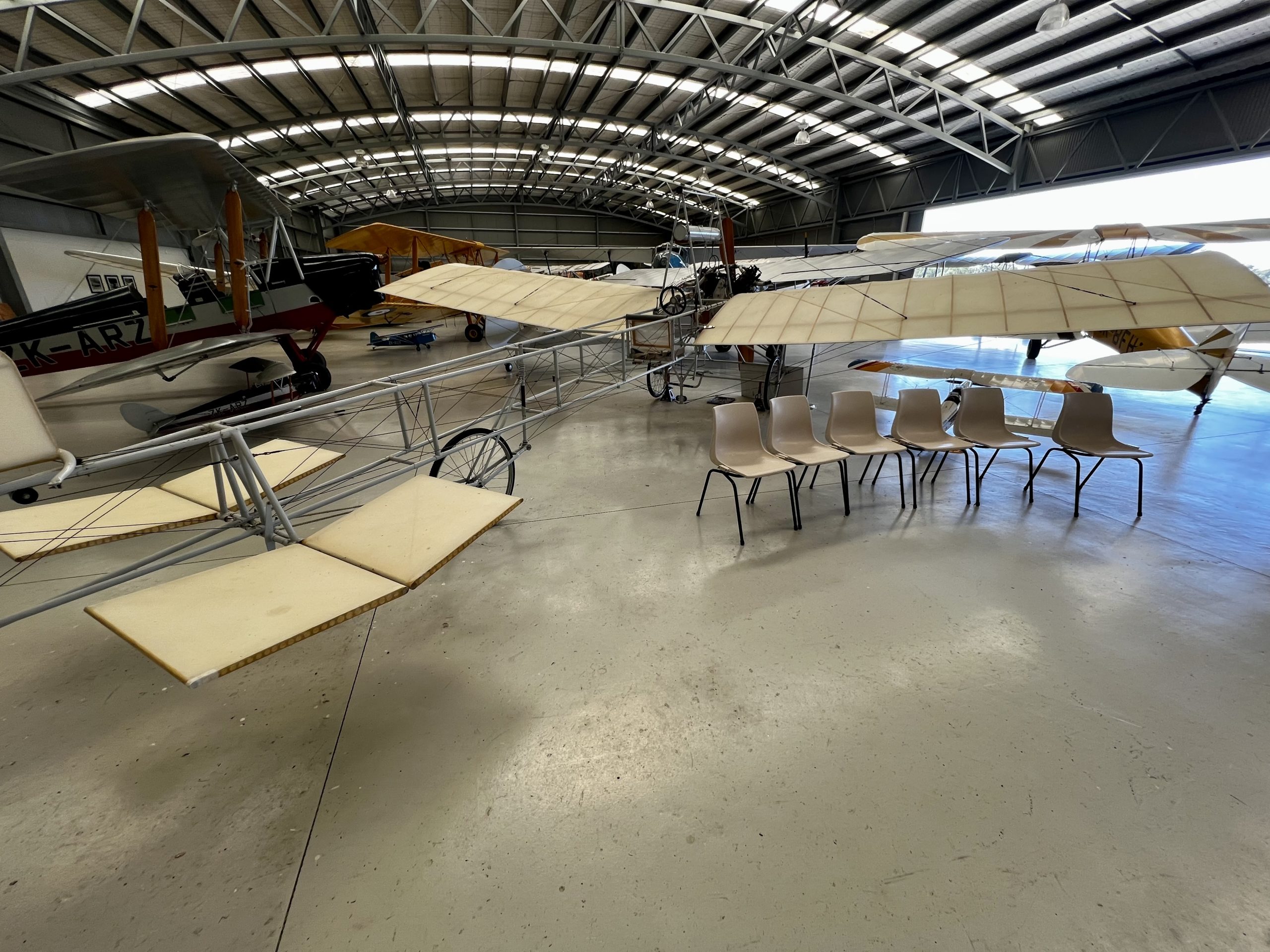
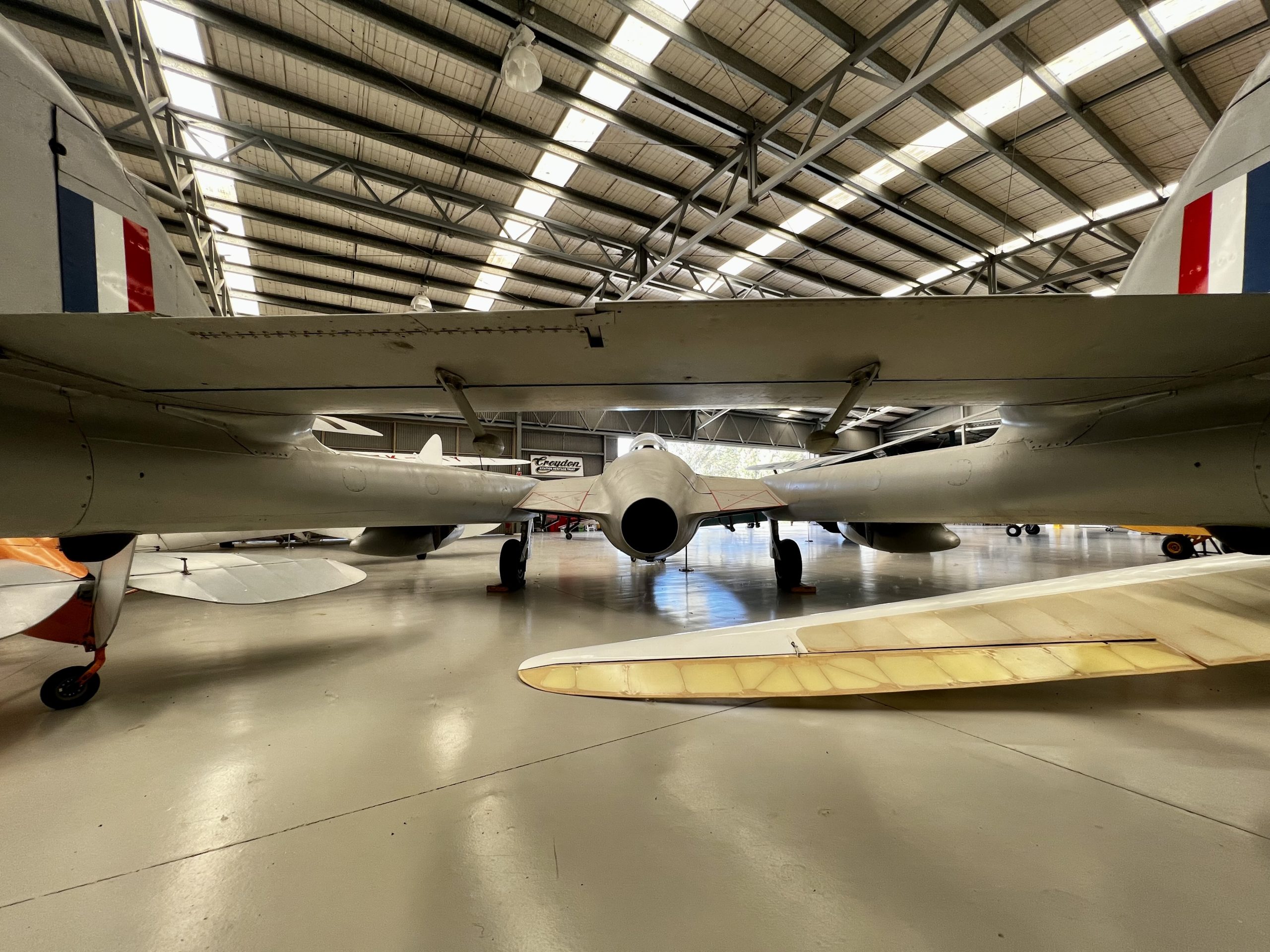



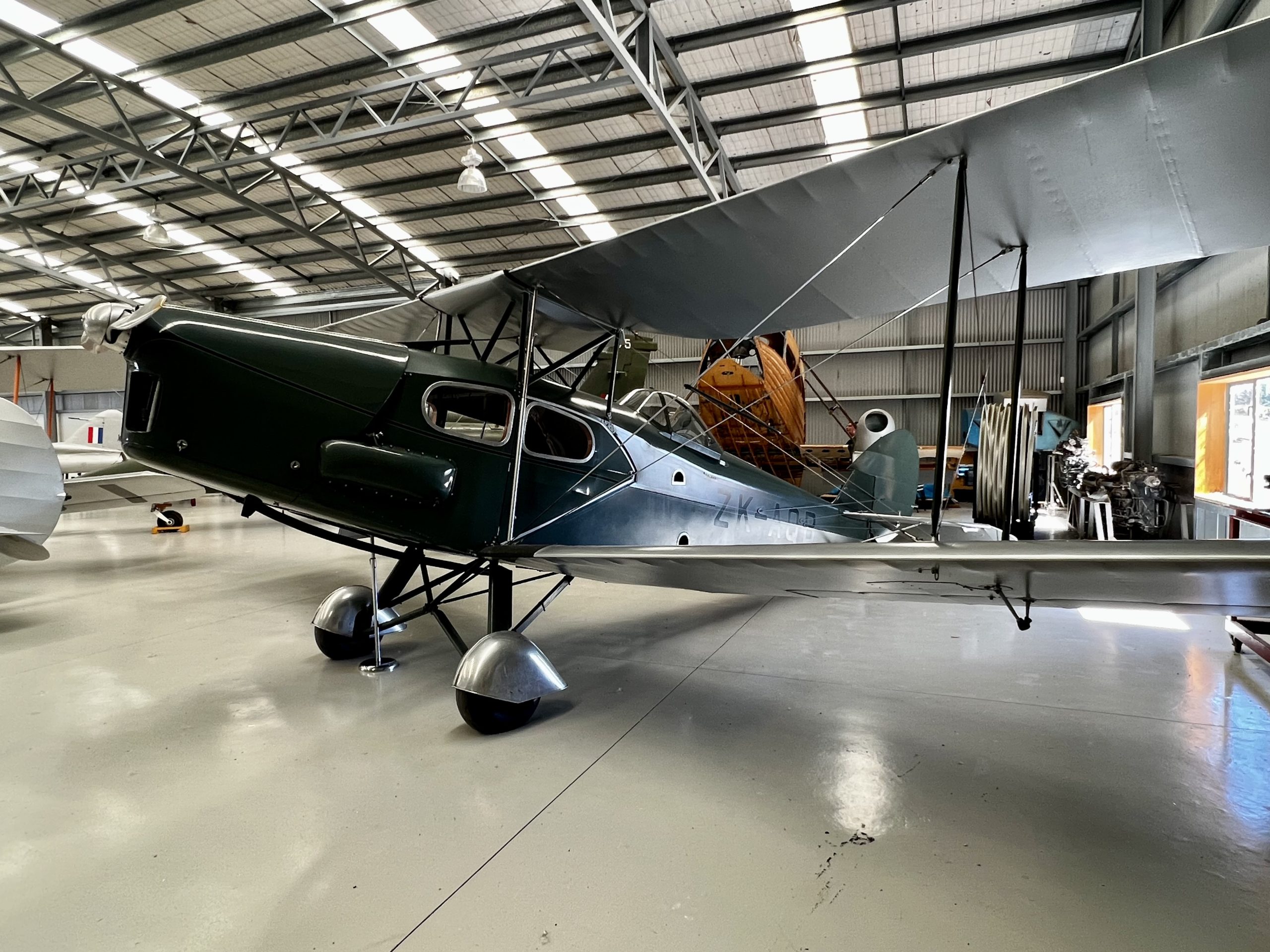
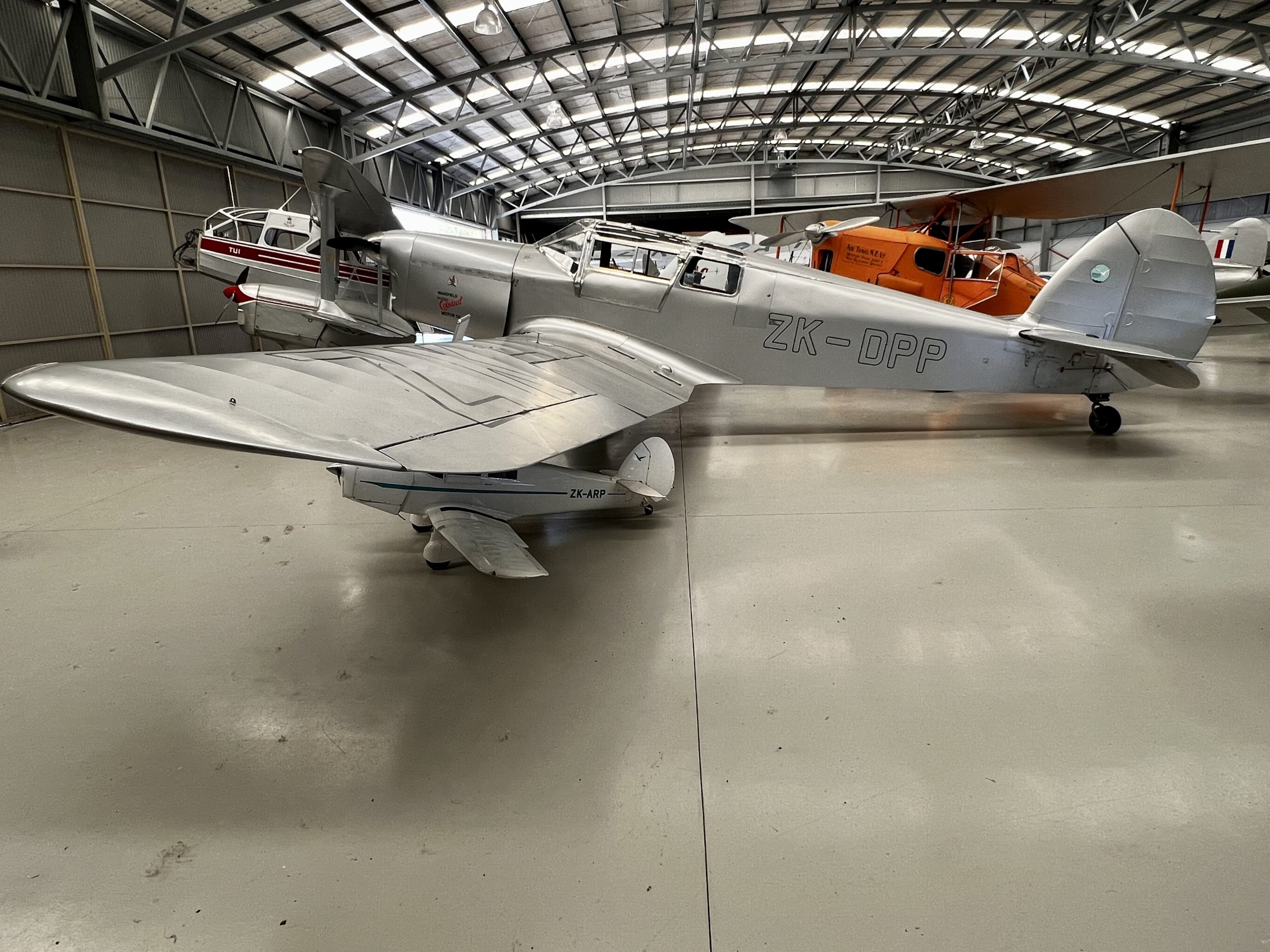
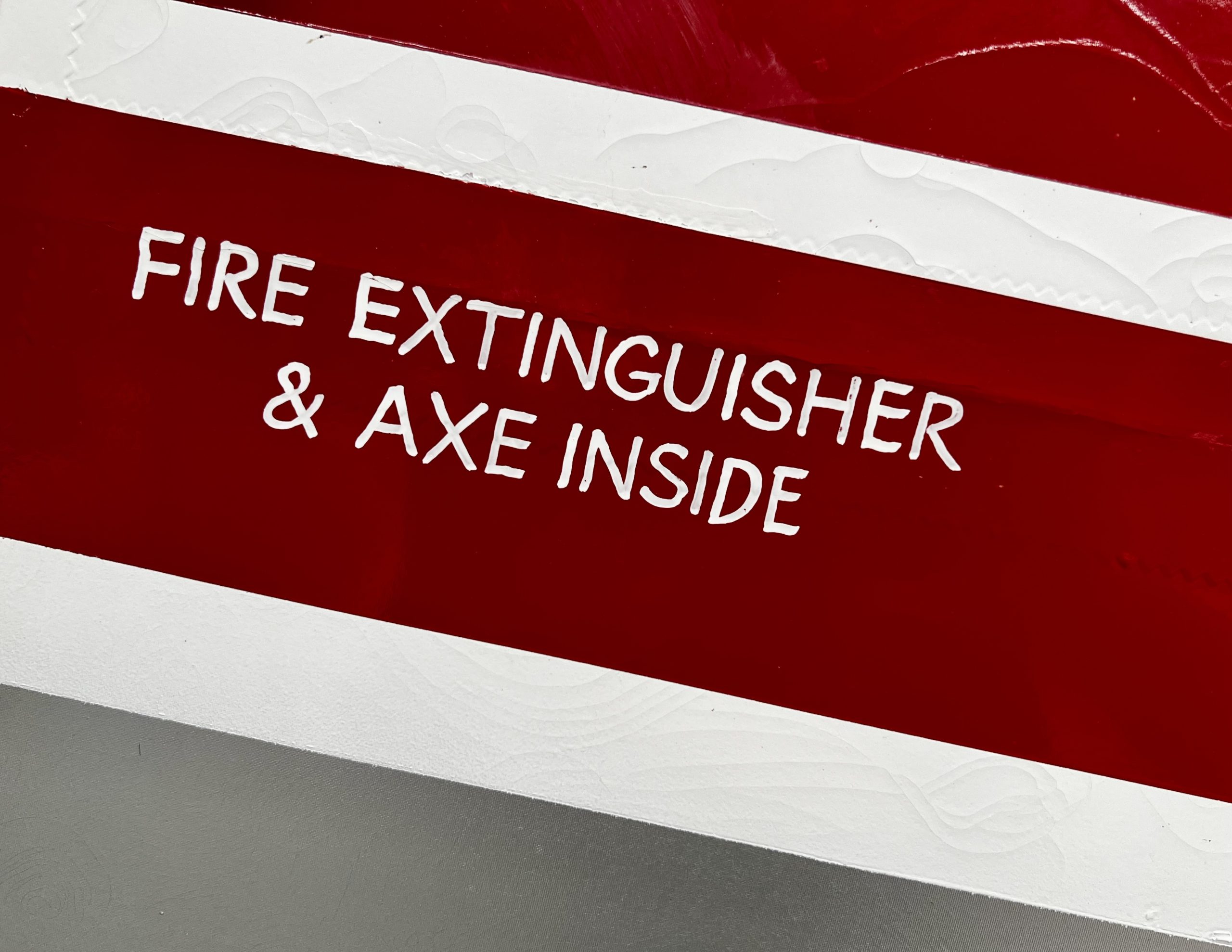
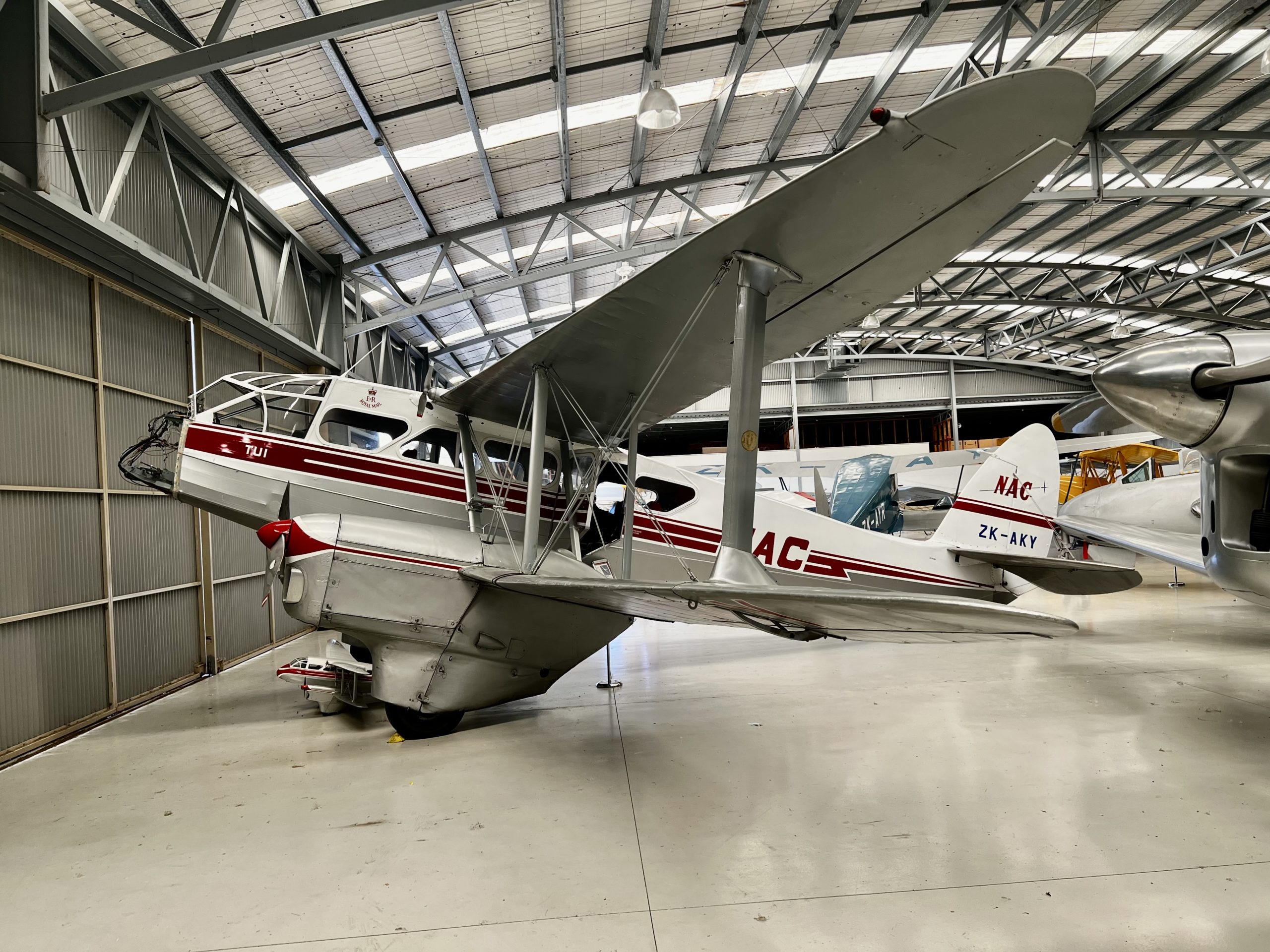
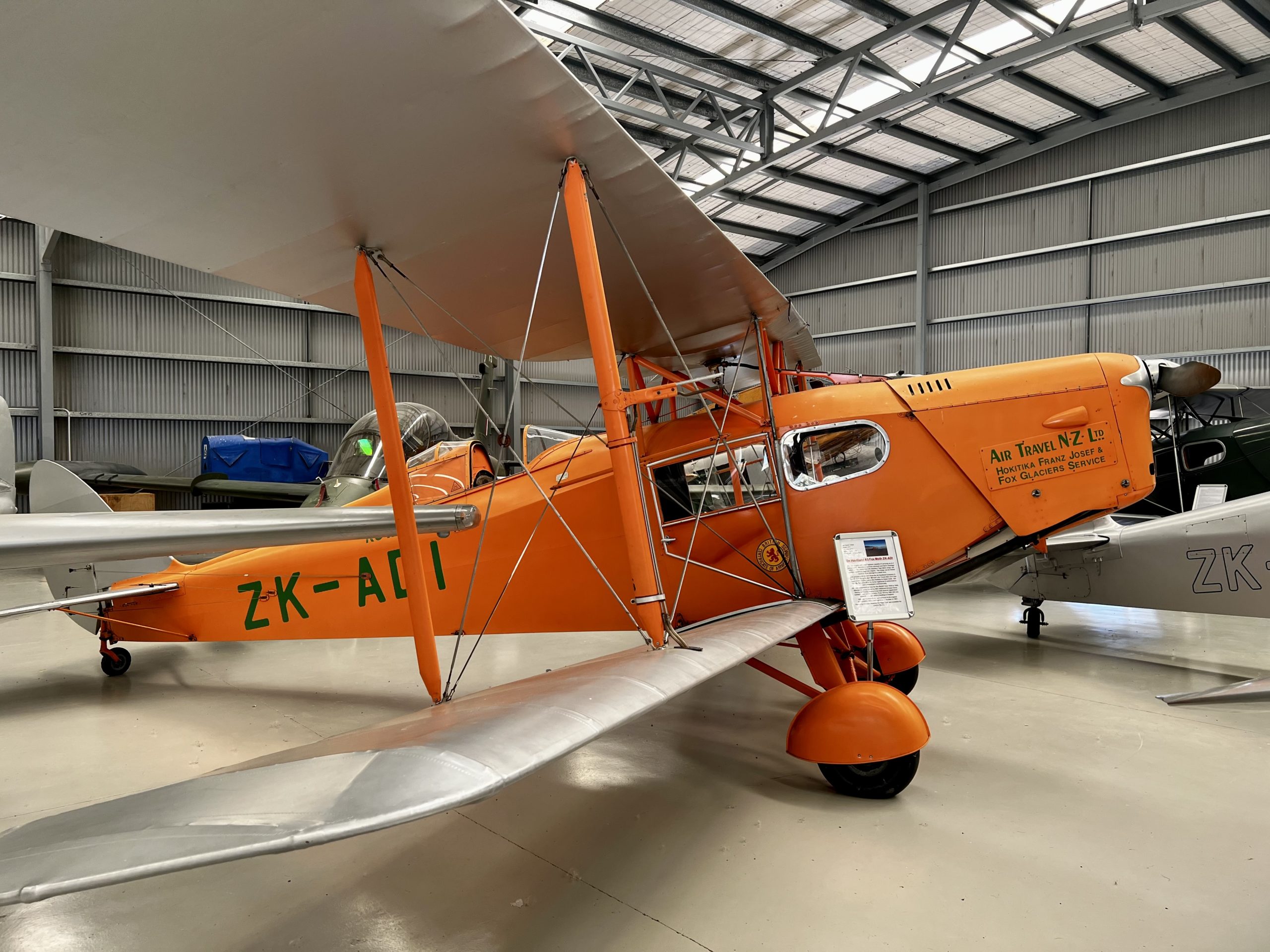
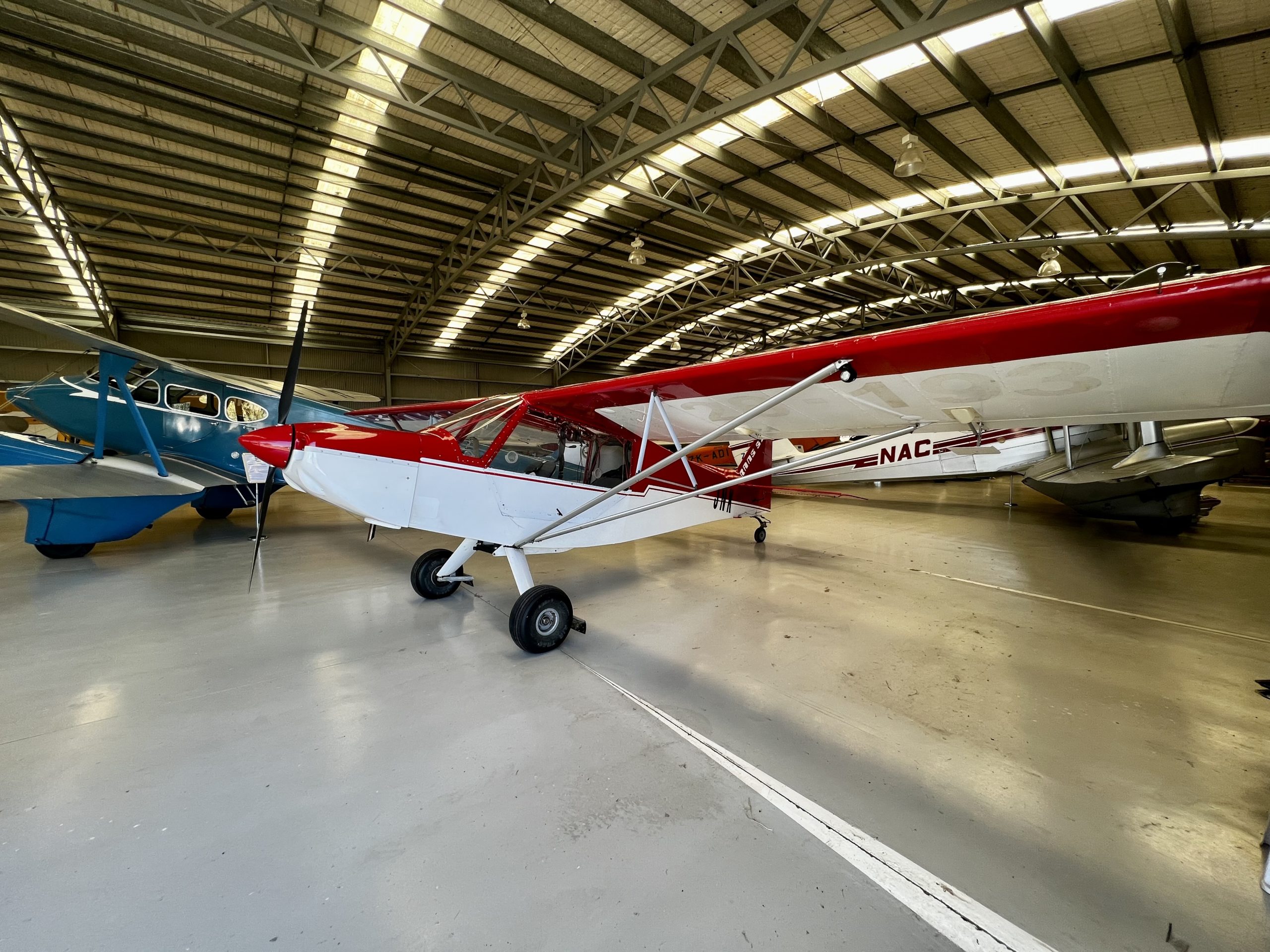
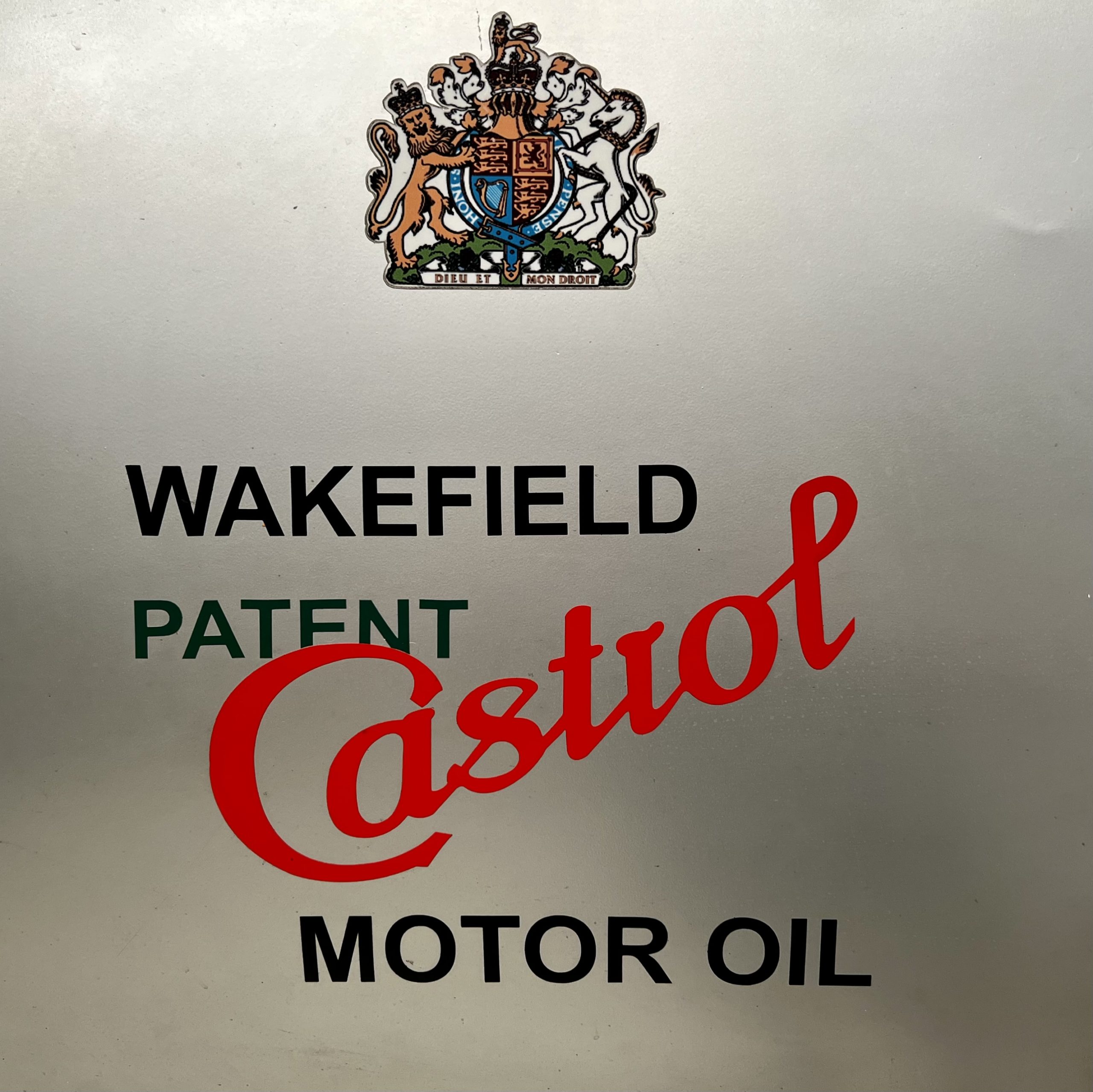
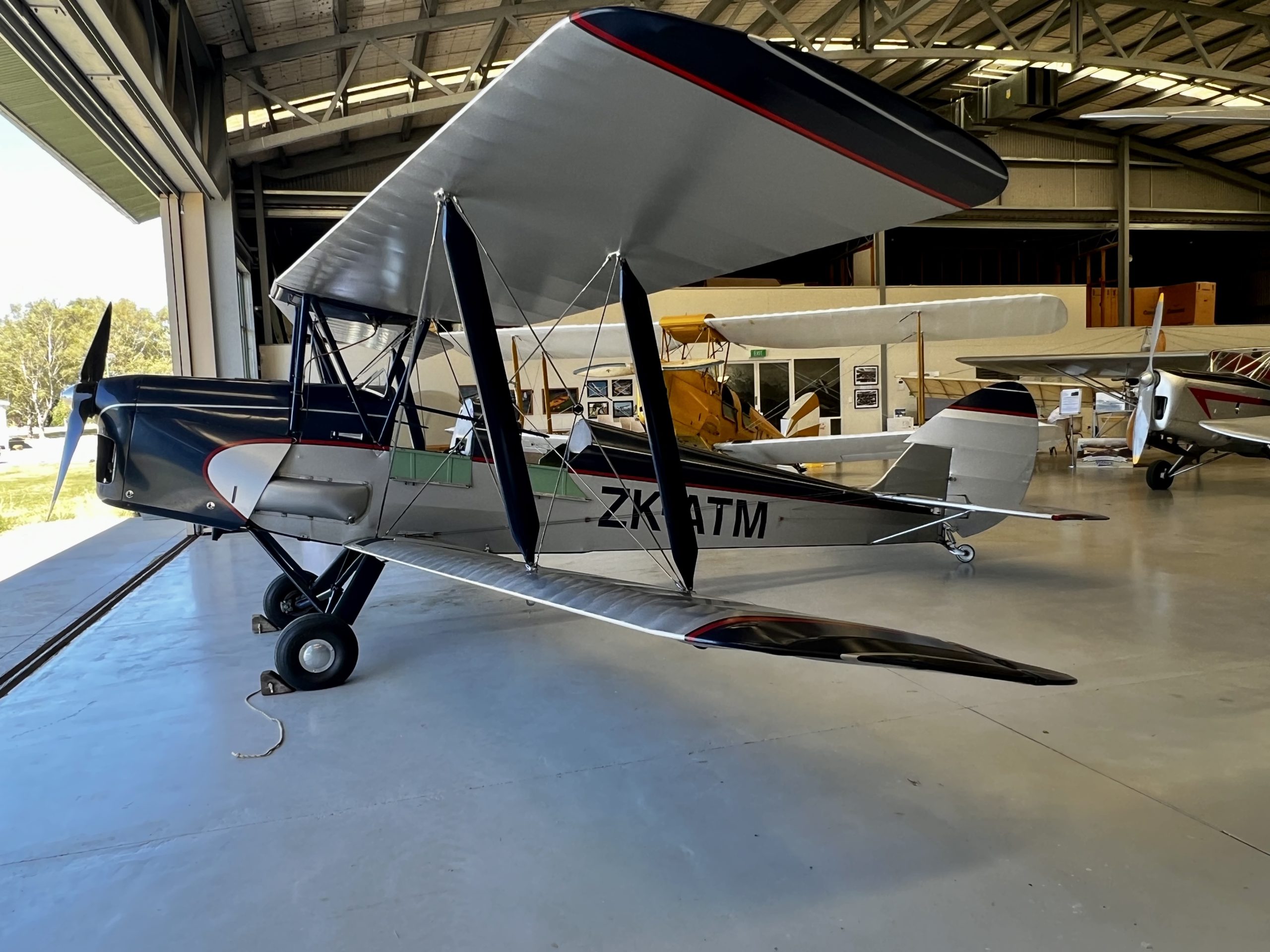
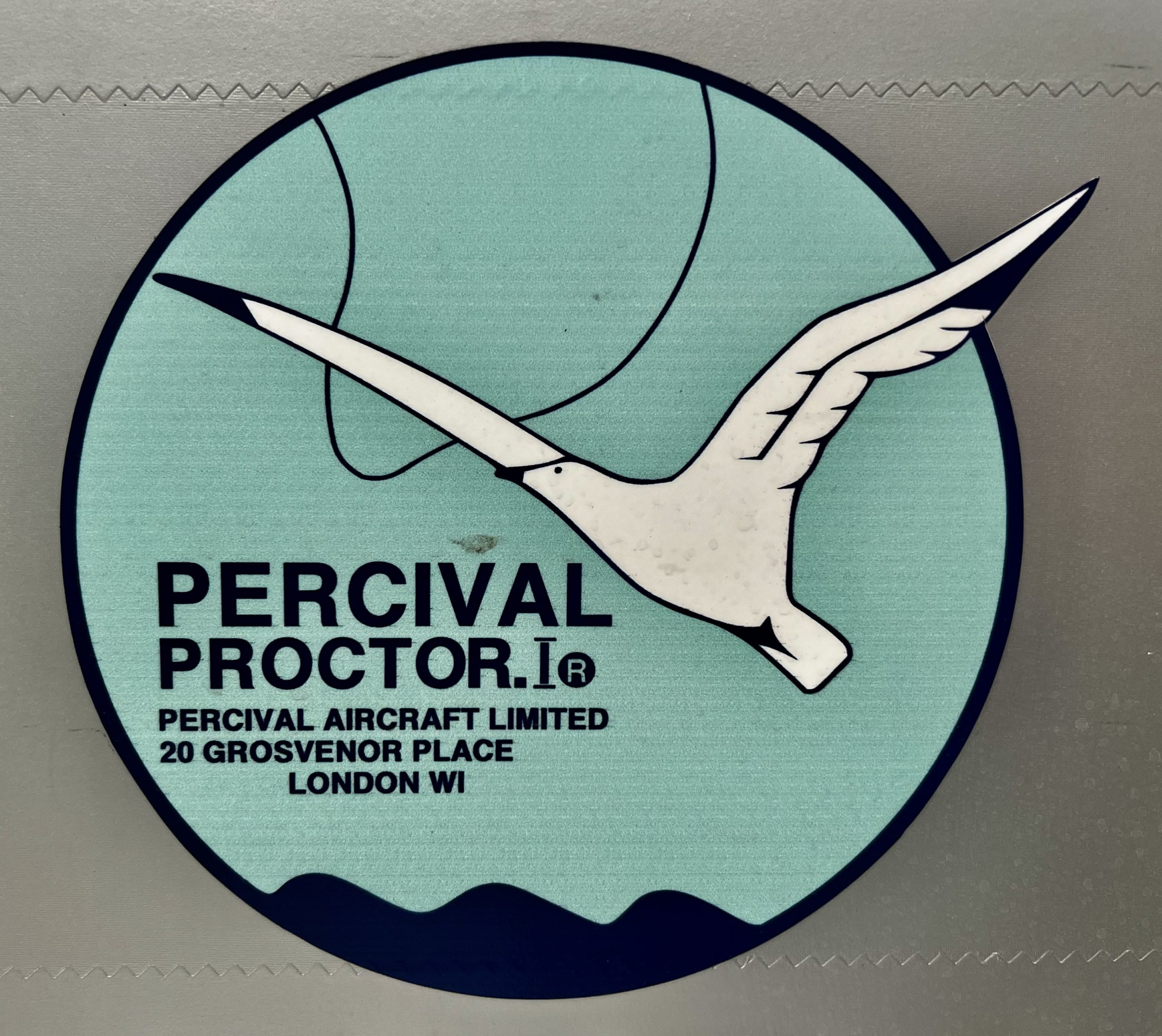
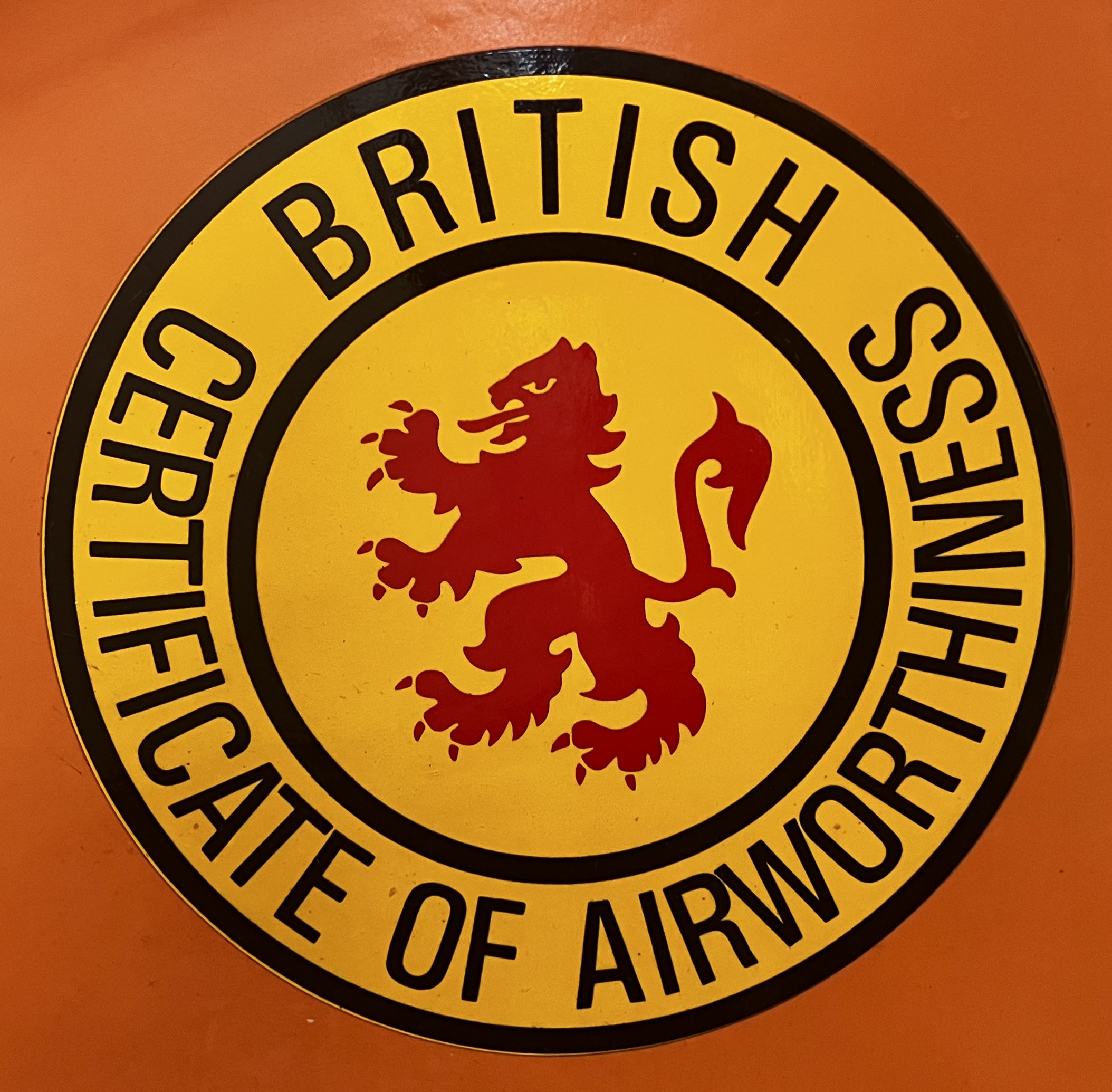
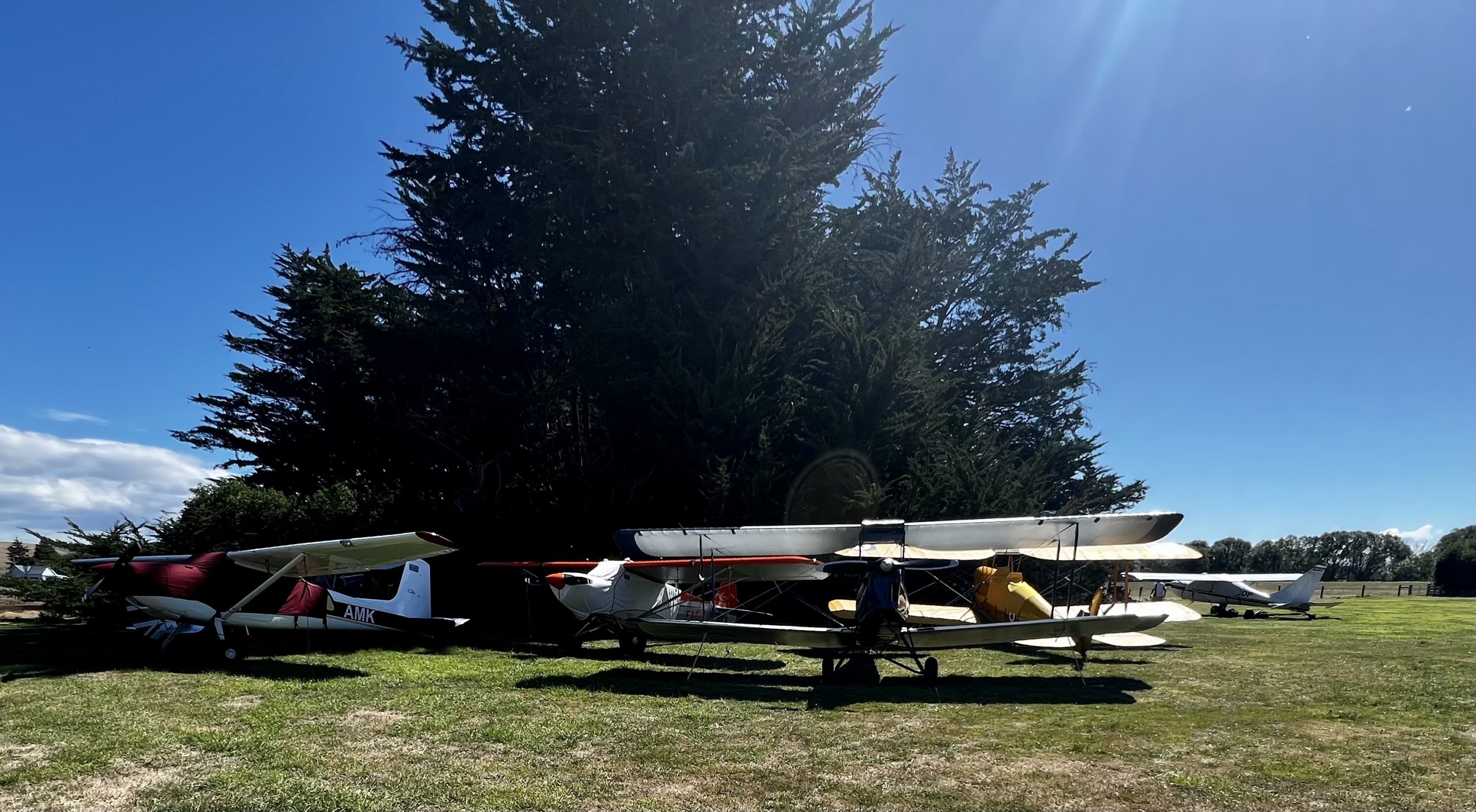
Food and Beer
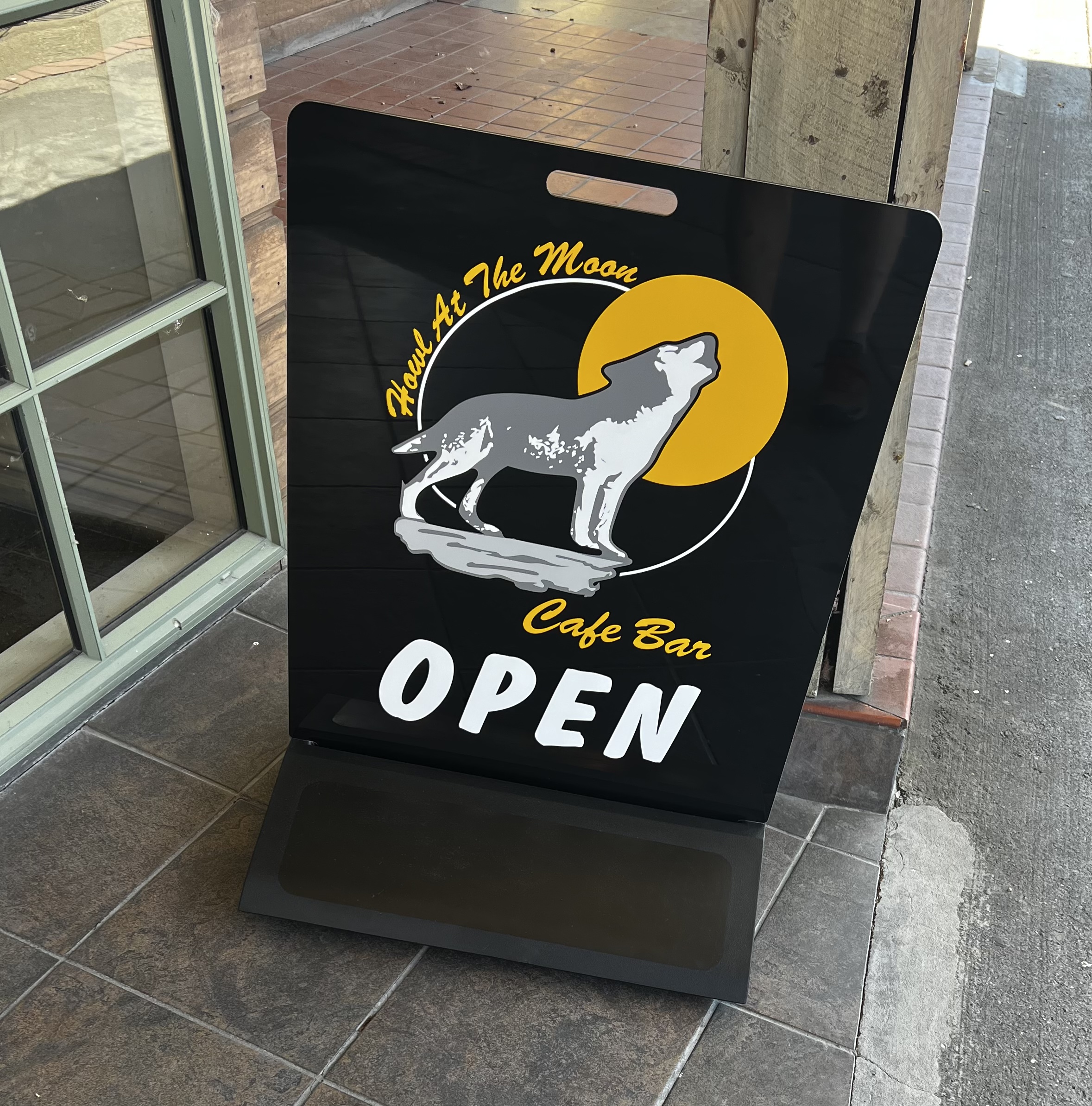
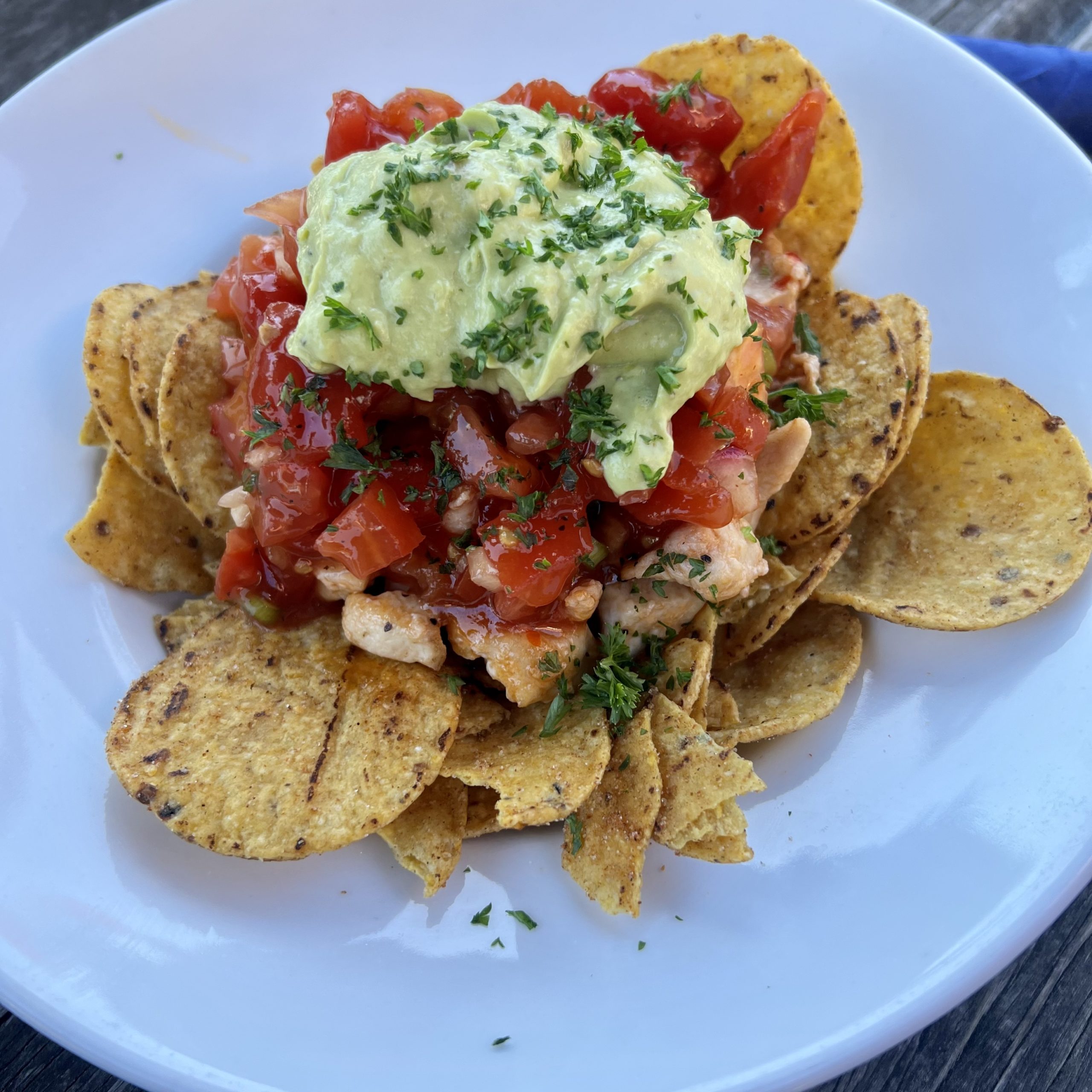
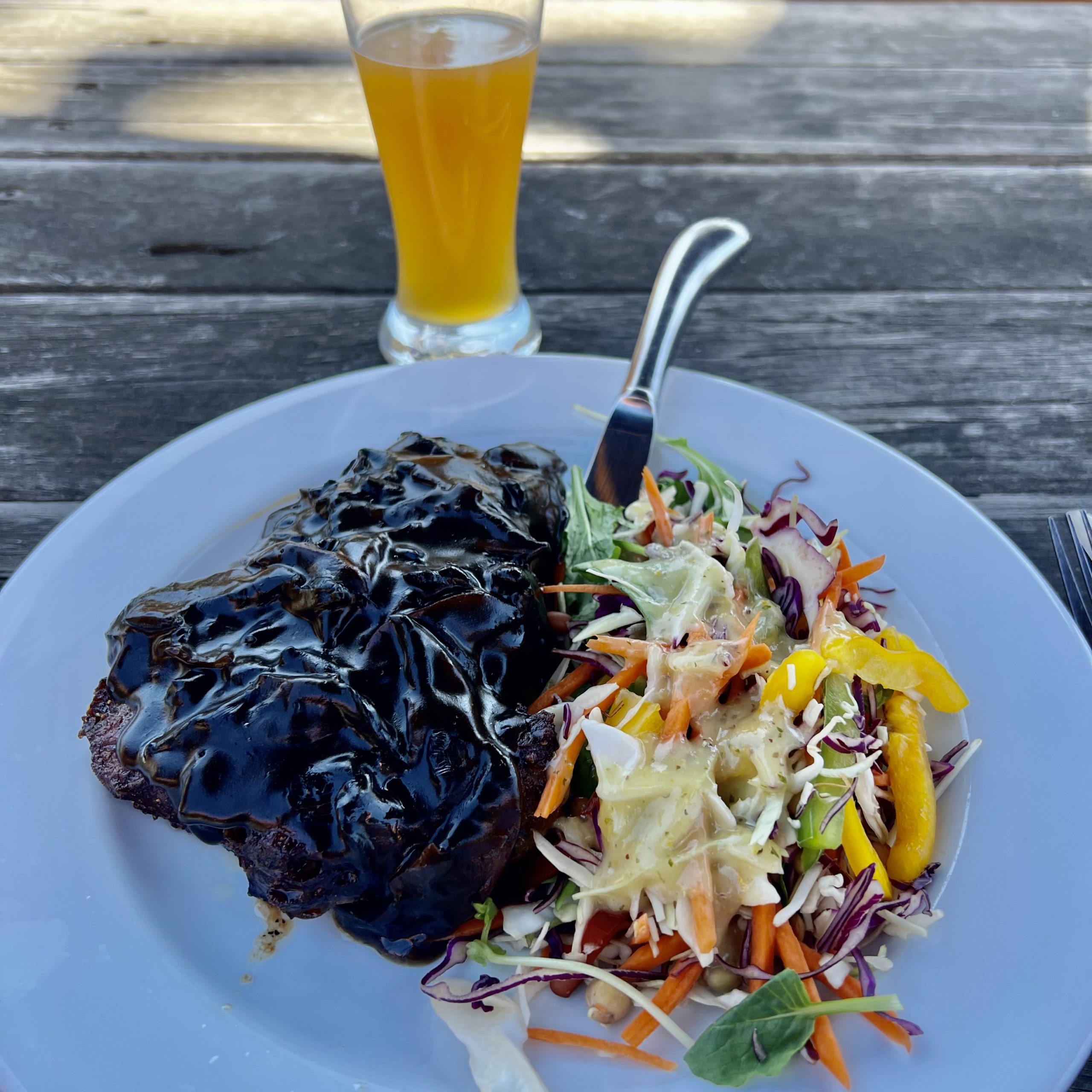
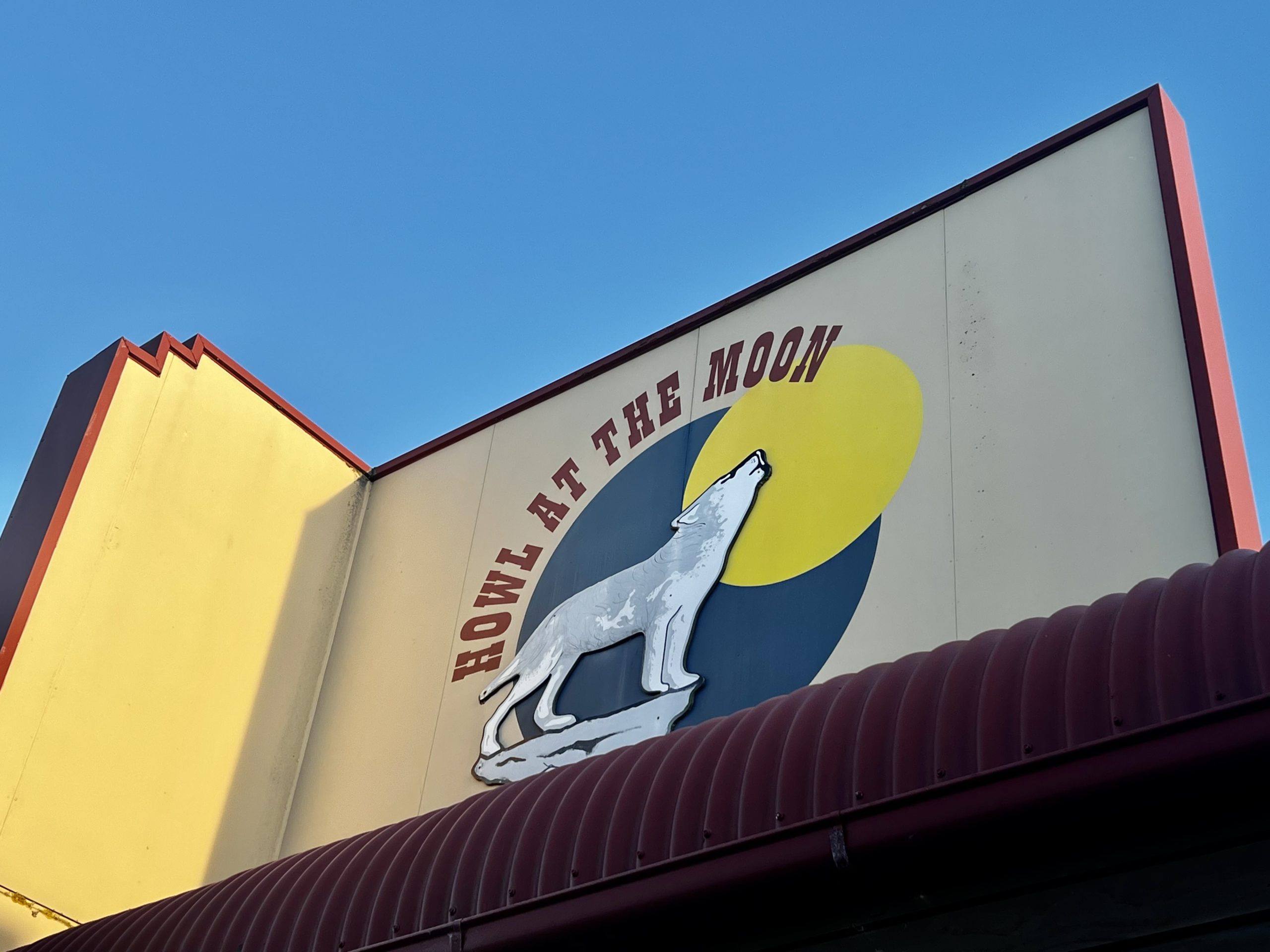
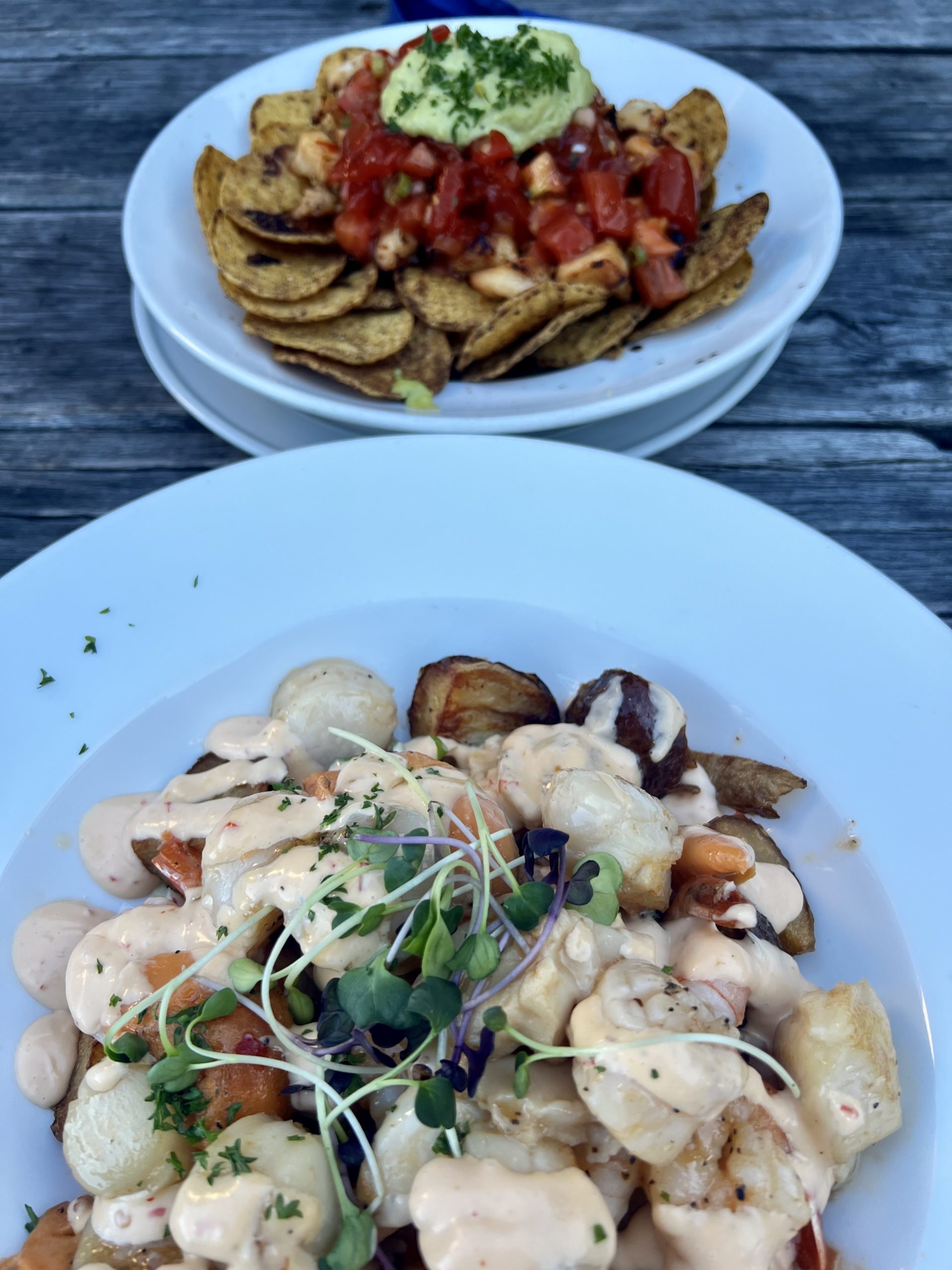

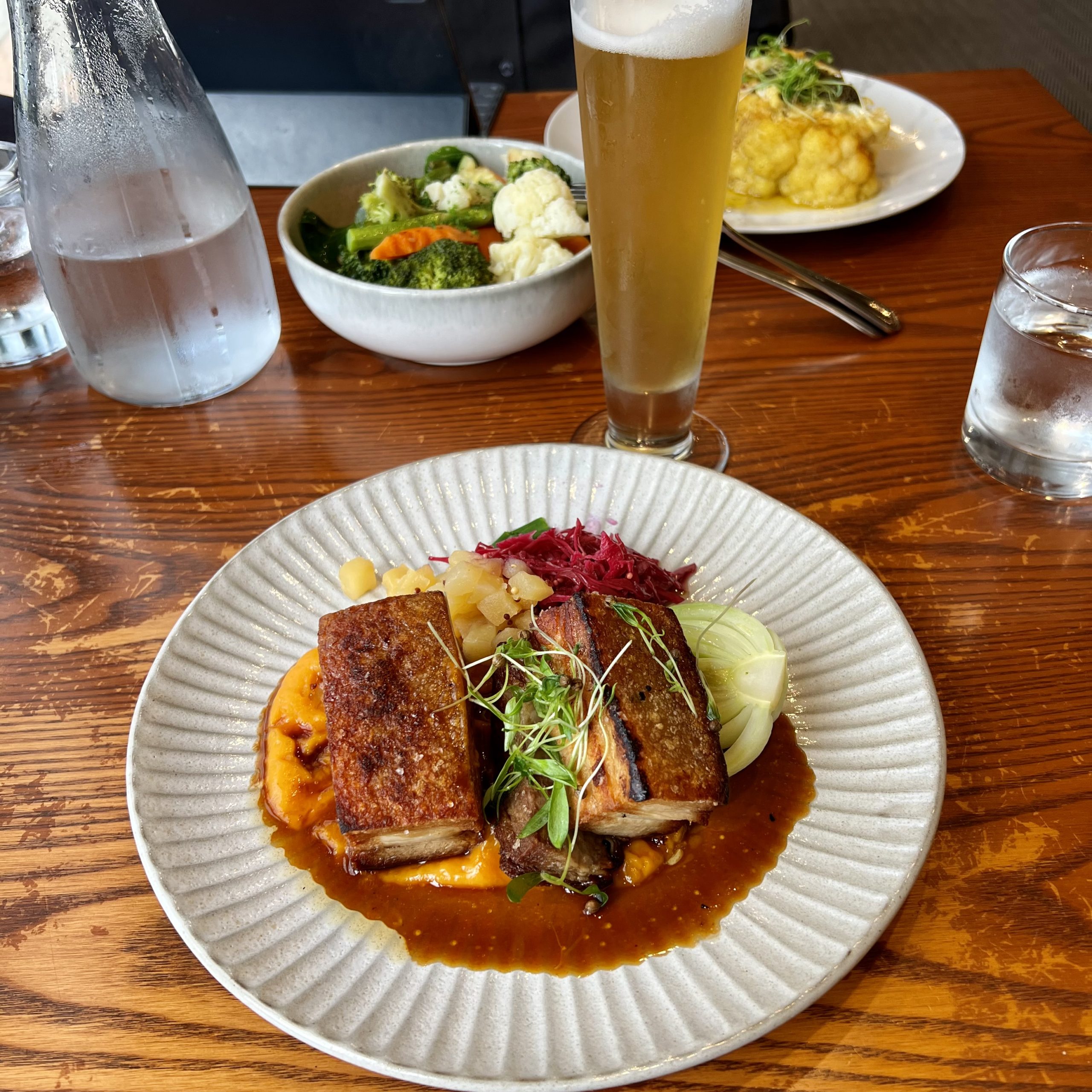
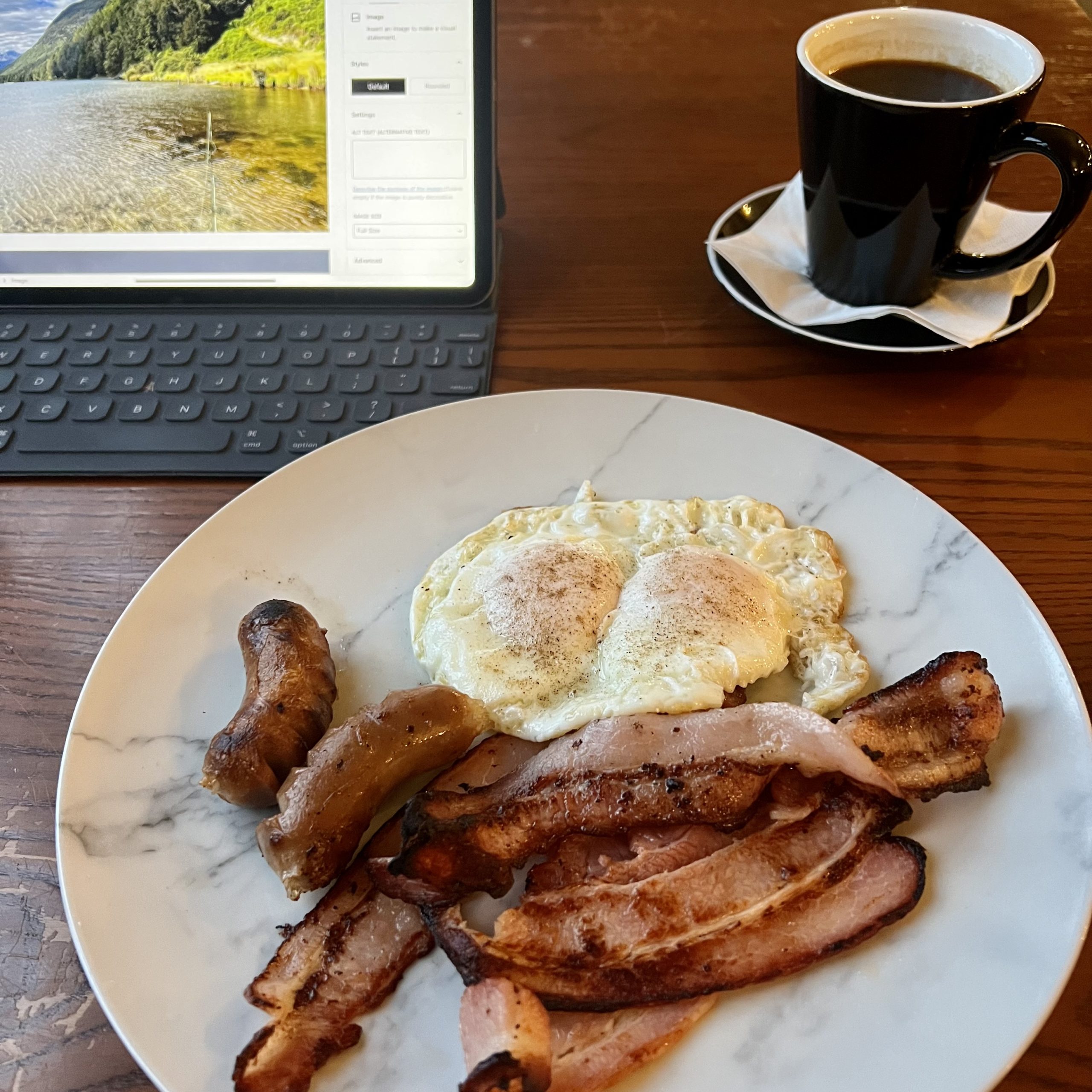
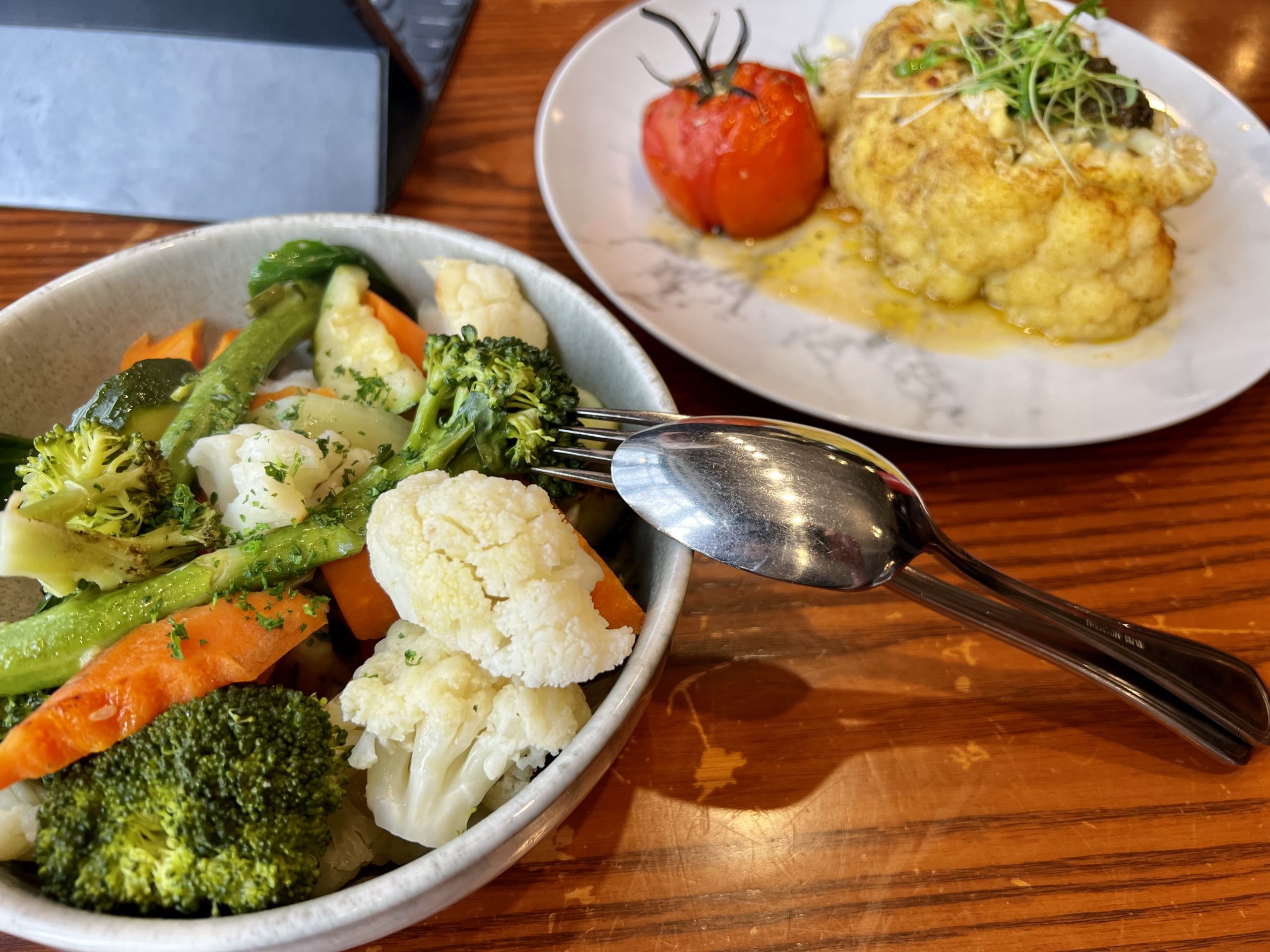
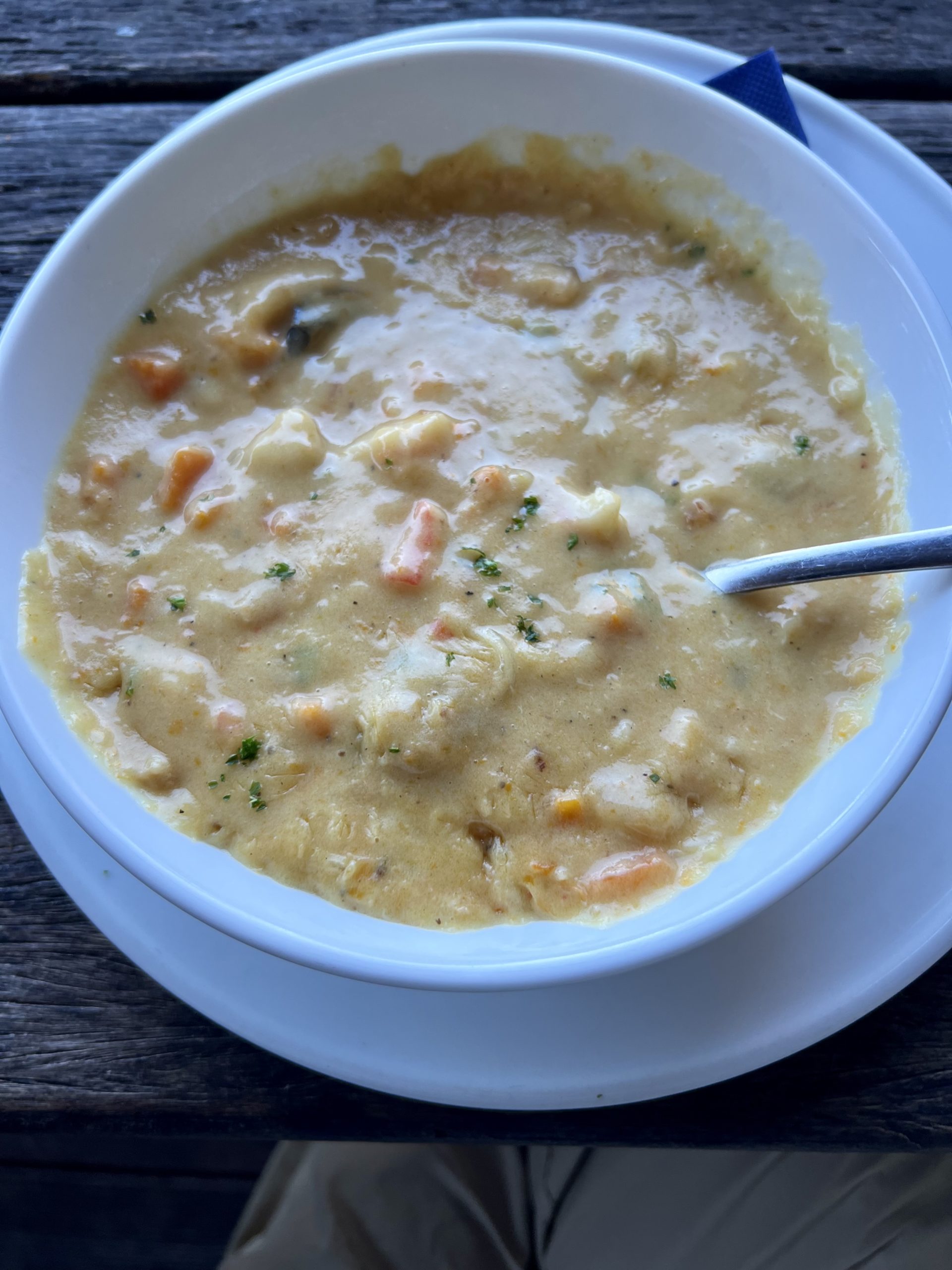
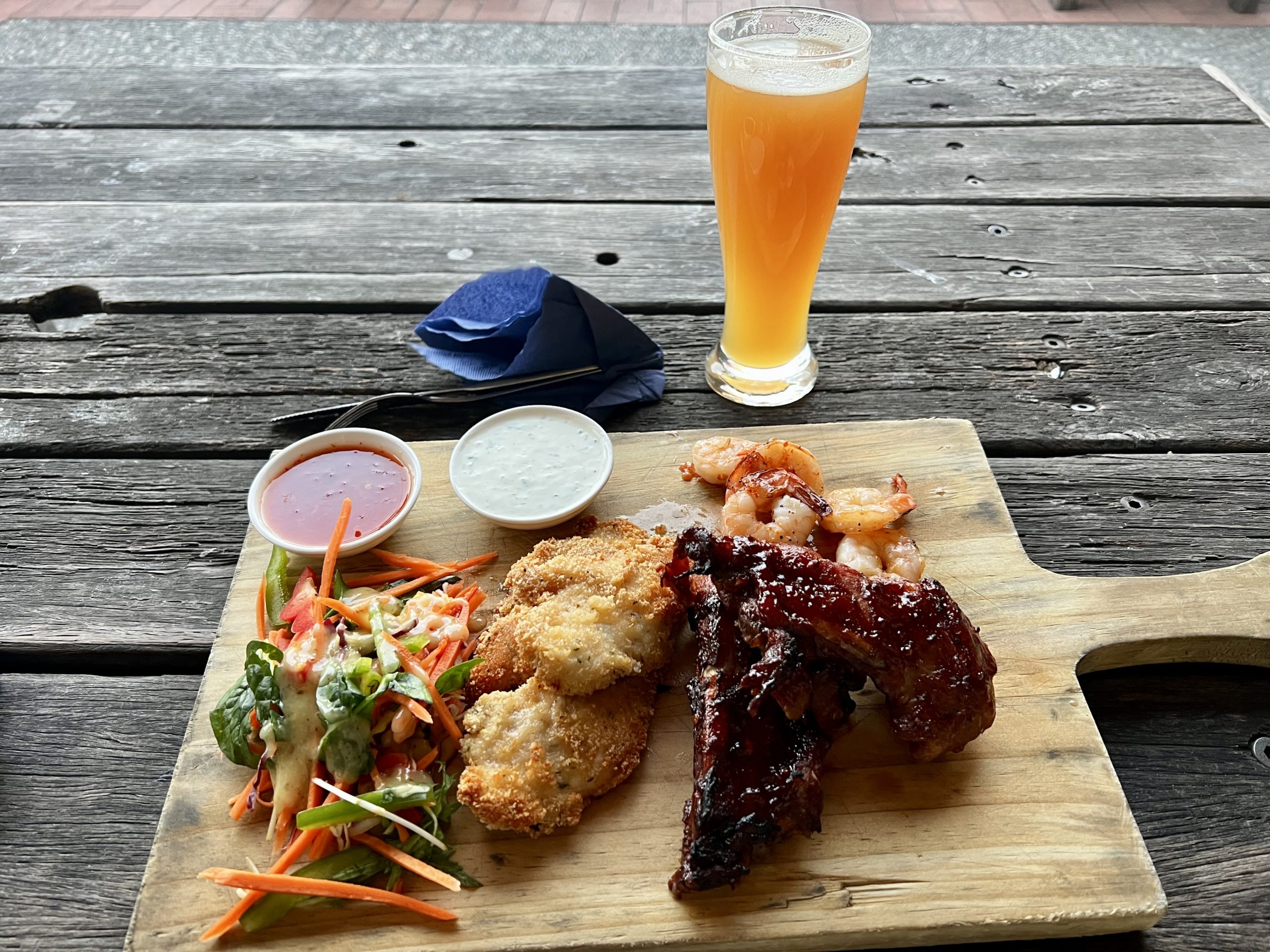
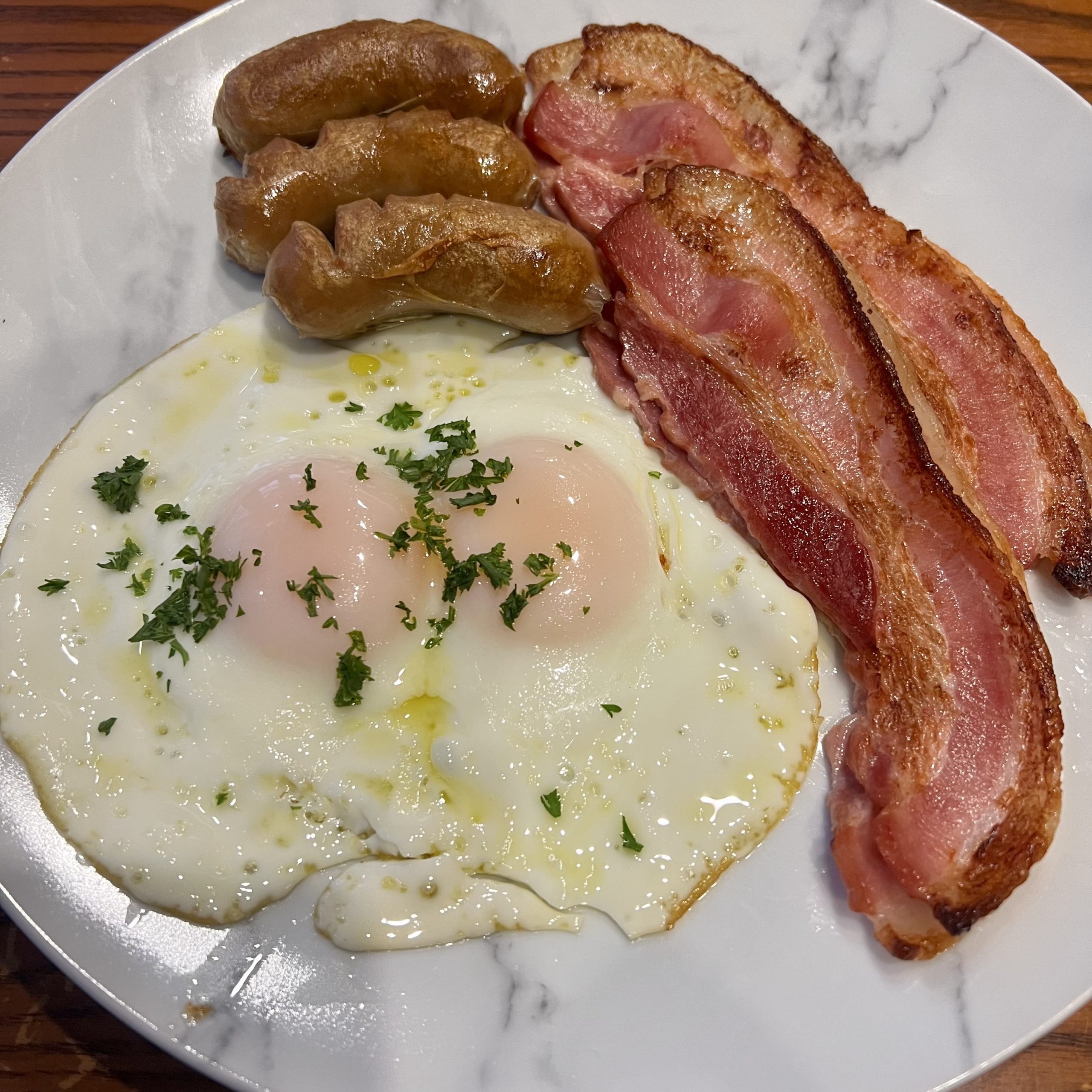
Twizel
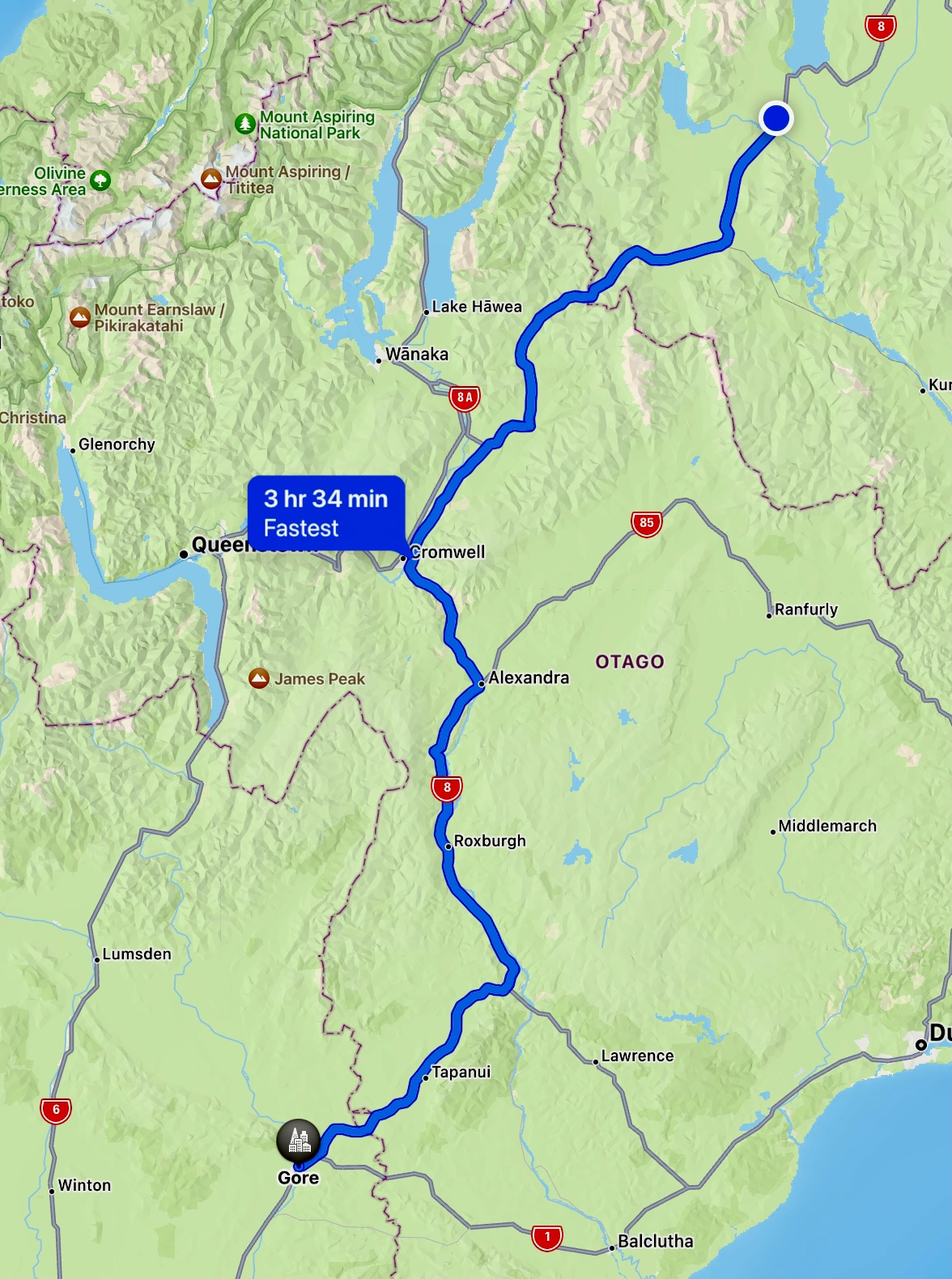
Twizel (pronounced Twhy–zel) is the remains of a company town resurrected as a small tourist mecca for cycling, fishing, mountaineering, and a stop for numerous tour buses that take people to Mount Cook. Some tourists head to the dark skies at Tekapo, an hour’s drive away in the Aorangi Mackenzie International Dark Sky Reserve; at 4,367 square kilometers (1,686 square miles), this is the largest such reserve in the Southern Hemisphere. We did not participate in nighttime stargazing, because after a day of fishing Robert demanded a beer and Bonnie needed her sleep.
Twizel was built by the New Zealand Ministry of Works in 1968 to house construction workers on the Upper Waitaki Hydroelectric Project. The plan was to dismantle the town once the project was complete, but some residents wanted to stay. The population peaked at 6,000 in the 1970s. From that busy period there are still two supermarkets of the same chain a block apart even though the population has dwindled to 1,700. But summer vacationers triple that number.
We found the town filled with all sizes of hotels and motels. Some are converted and expanded from single-family homes. Some were constructed new as mega hotels to handle the loads of the bused tourists who stay only one night.
Twizel is quaint. It was a nice stroll to and from our hotel to shops and restaurants that form a tight cluster in the town’s center. You can thoroughly explore the shops in this center in twenty minutes. Twizel is a great home base to reach the many rivers with large brown trout that are within an hour’s drive. That discussion is for another post.
On the Way to Twizel
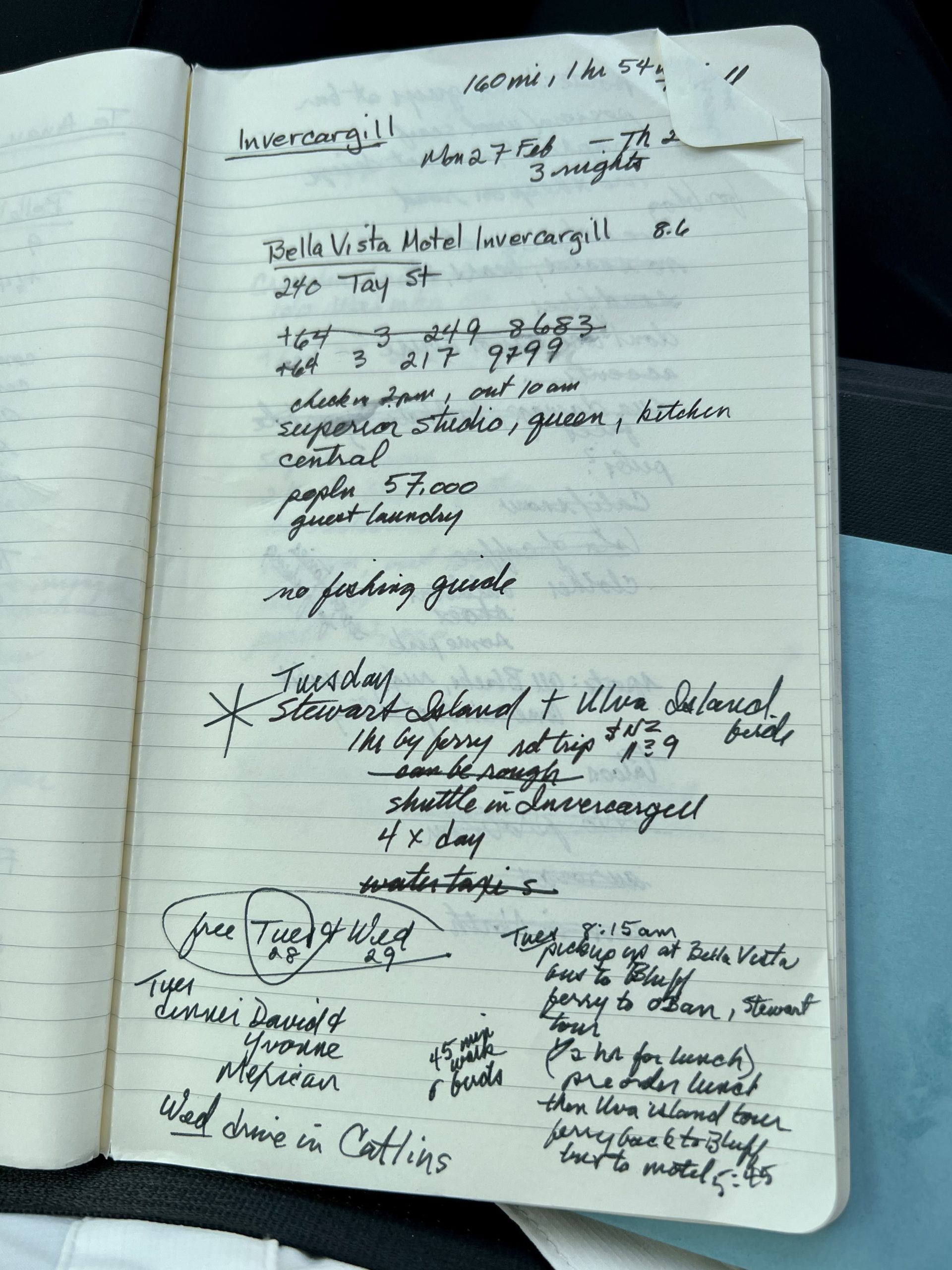
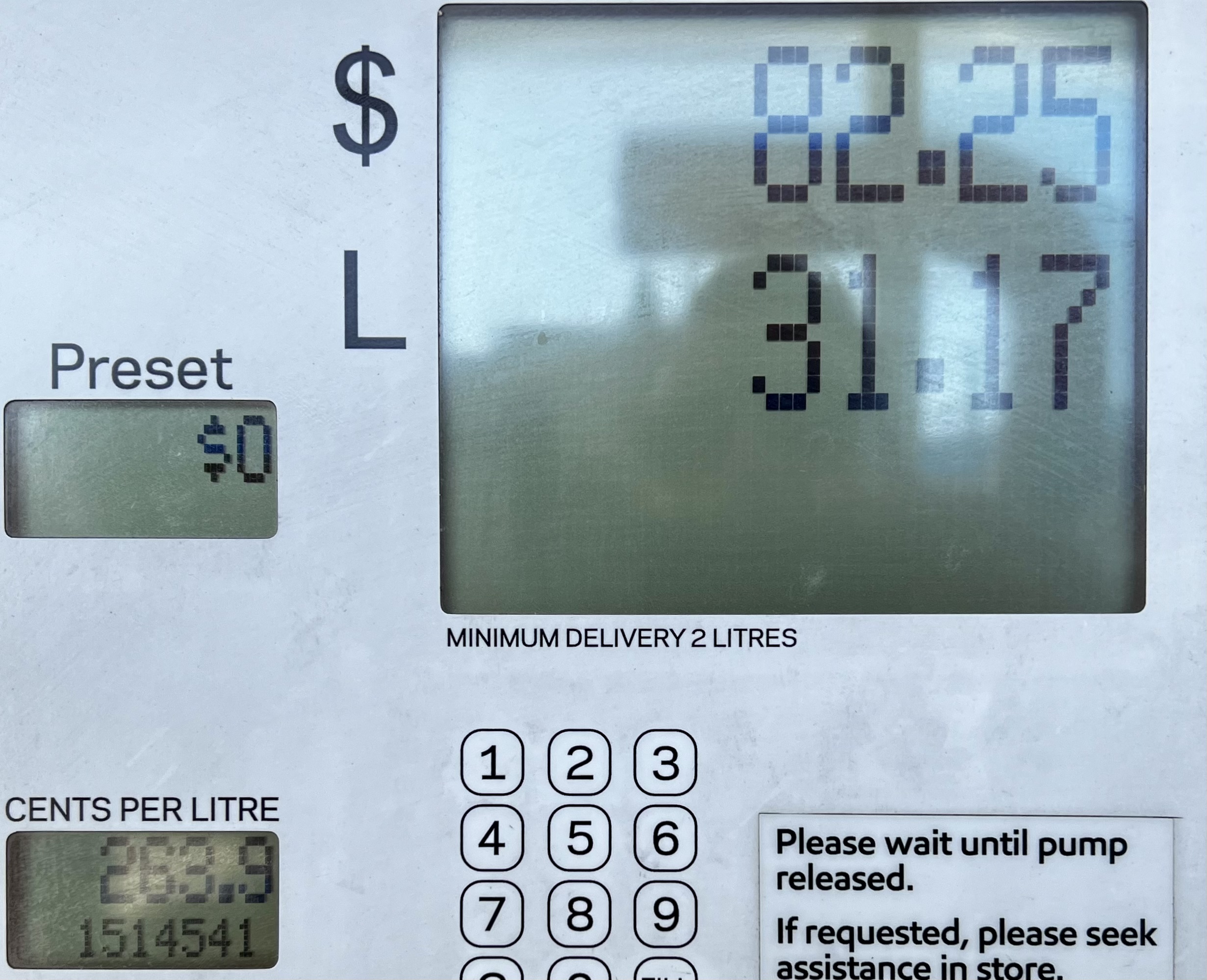
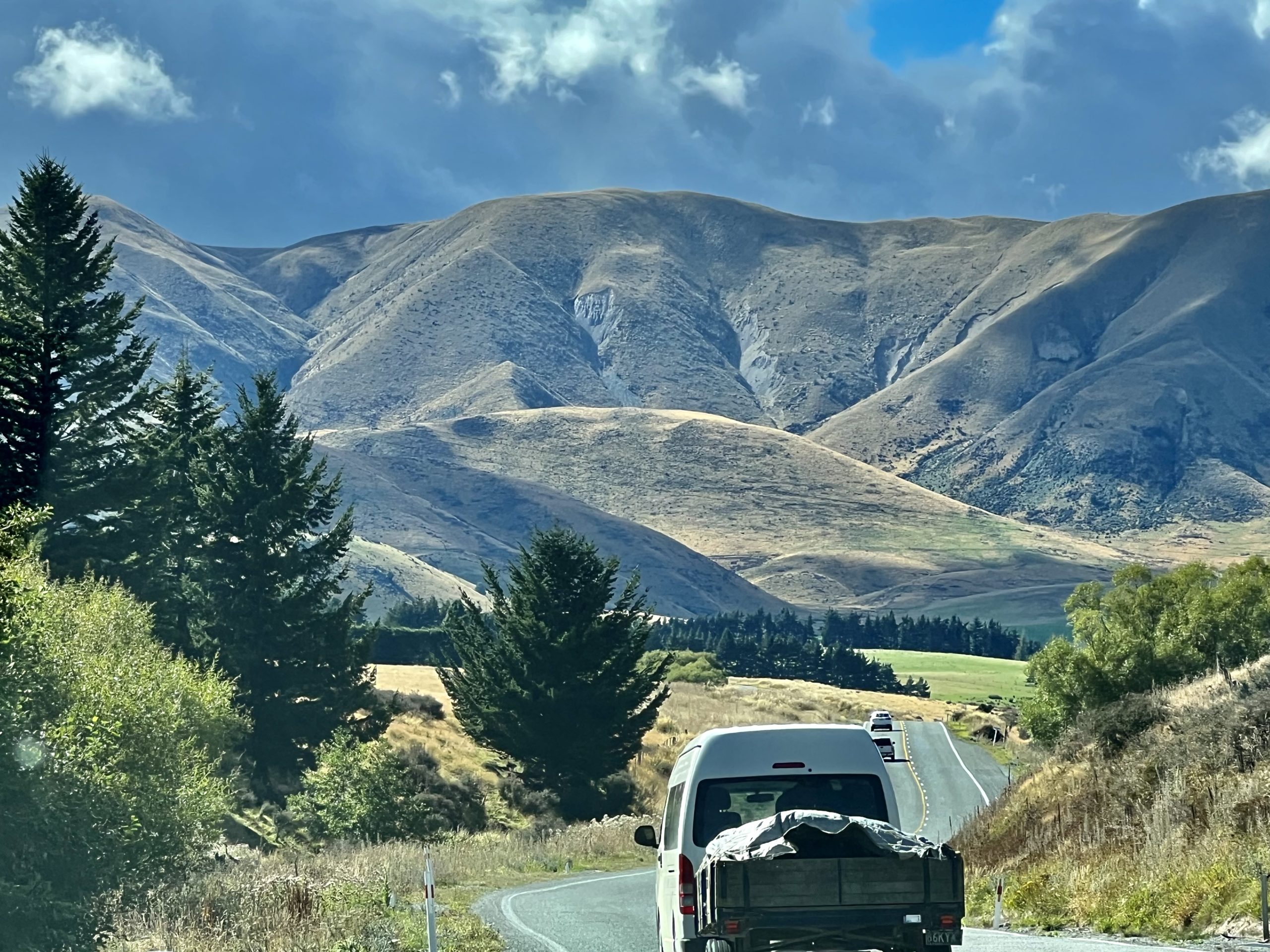
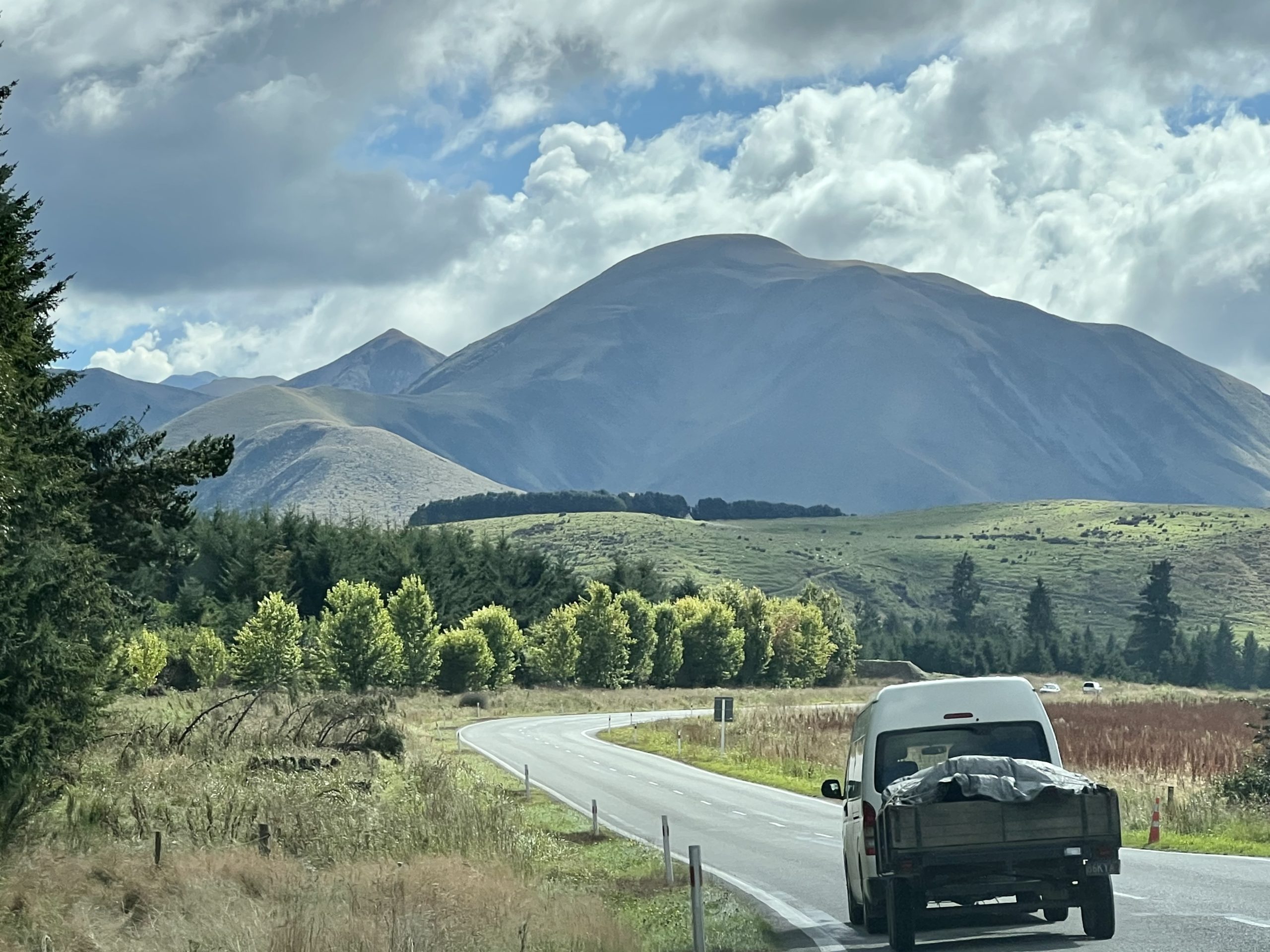

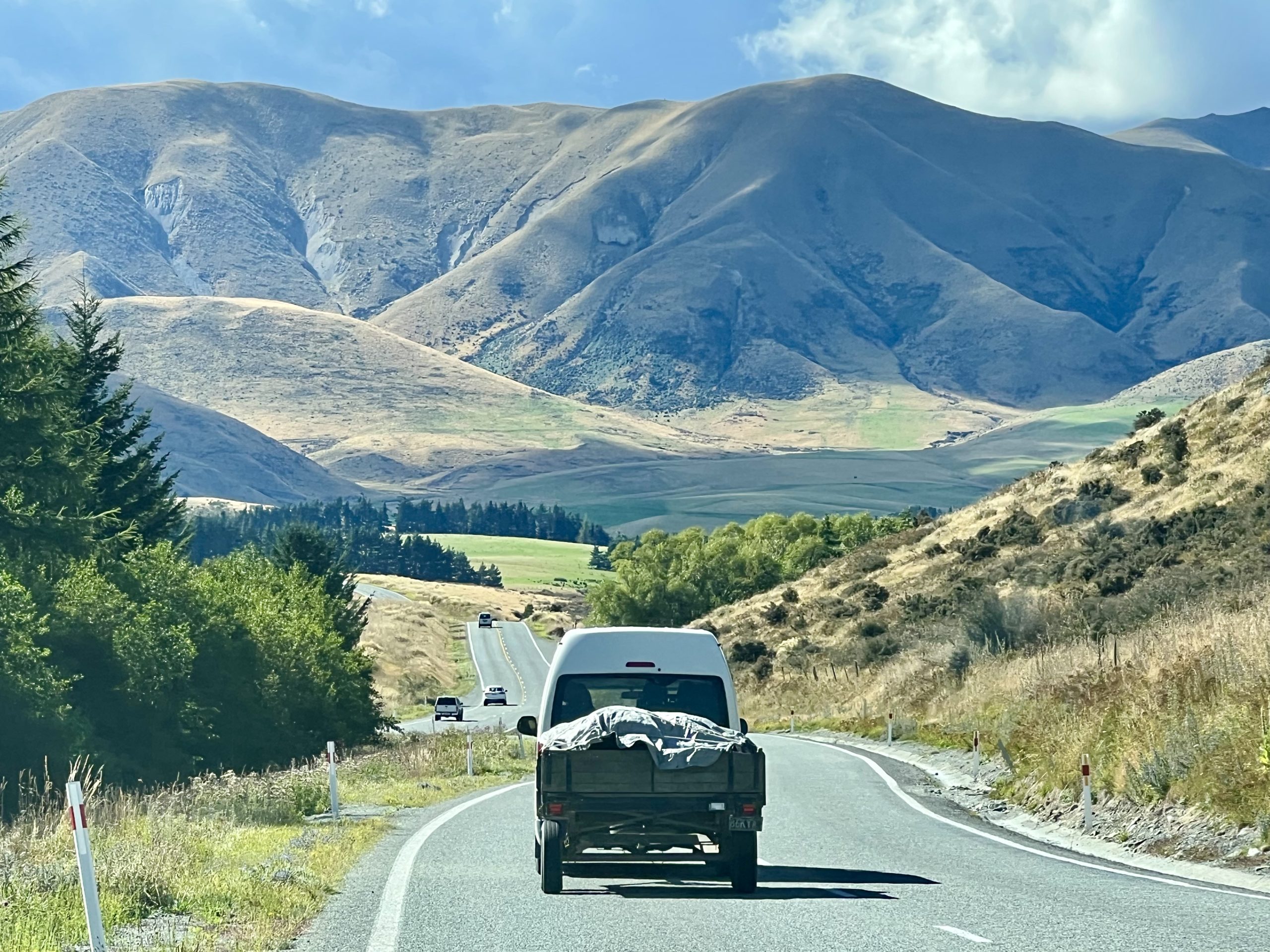

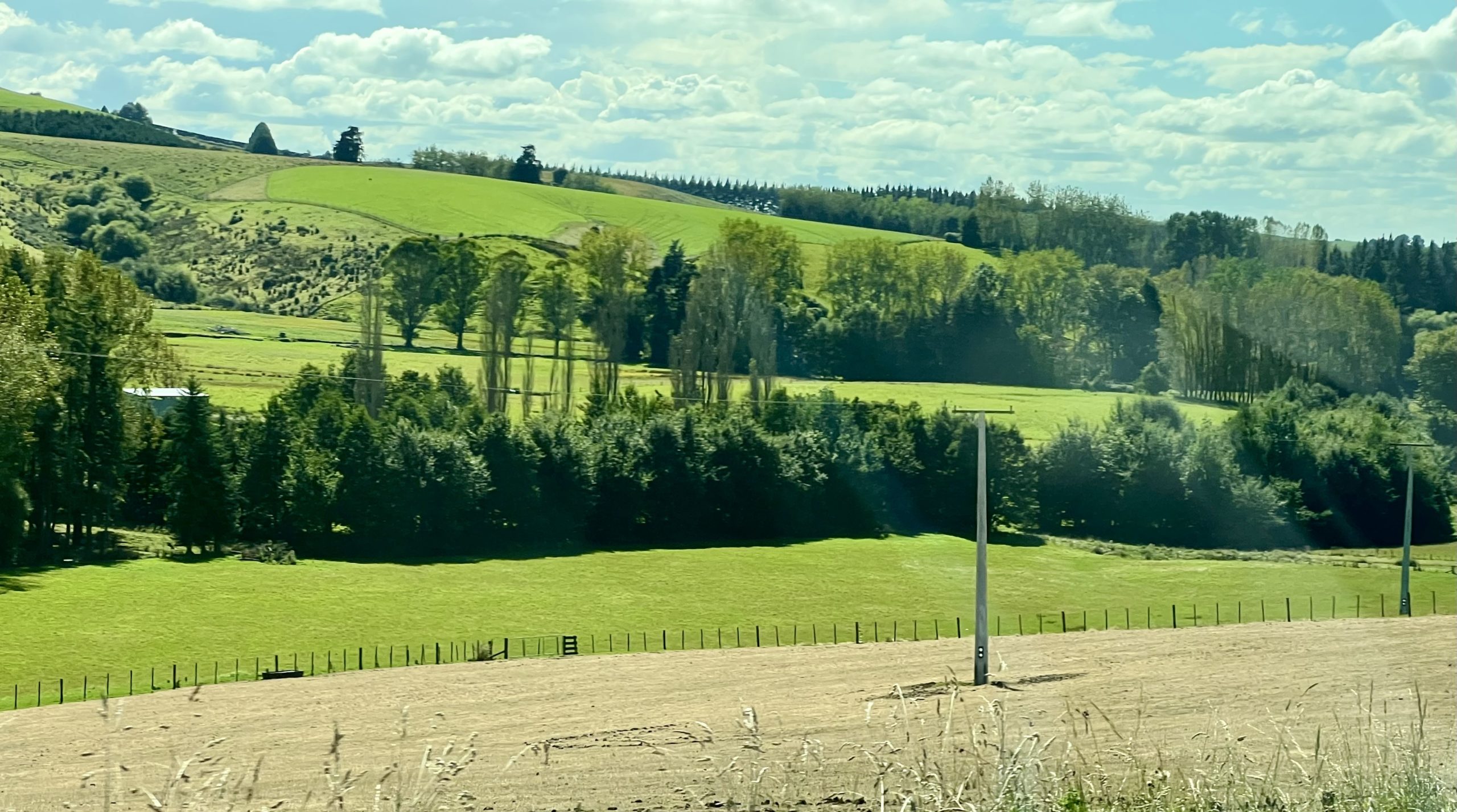
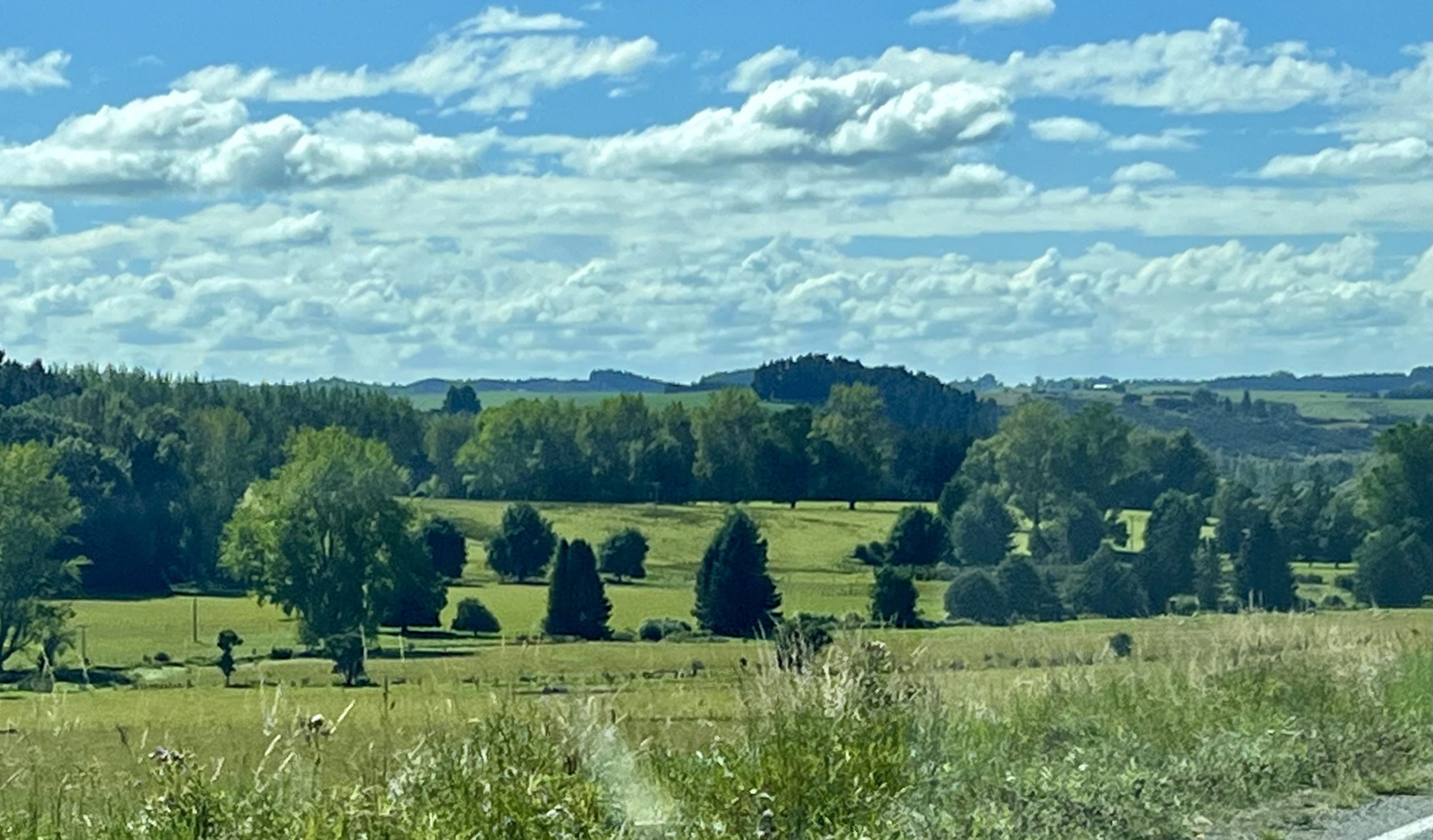
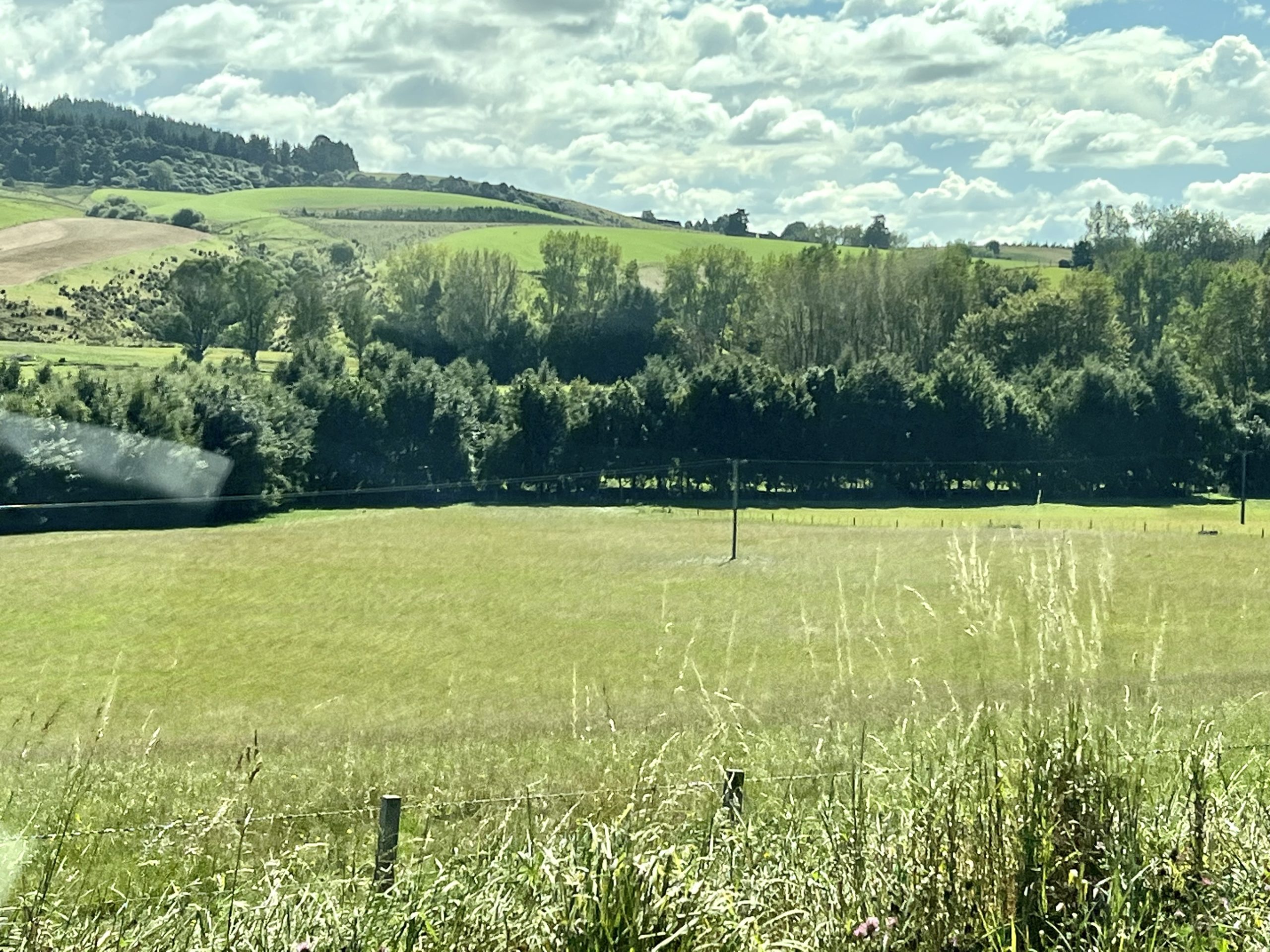
Random Stop for Dairy-Free Ice Cream
There are always surprises in the middle of the countryside. When traveling, it is important for Bonnie to have a vegan ice cream fix regularly, so one day on a long drive through very rural New Zealand we saw a sign for roadside ice cream. We took a chance to see if they had any dairy free, and they did! The family running the charming shop had only been only open a few weeks after acquiring the property a year ago. From the old, stone fruit-packing building, they sell fresh fruit, coffee, sweets, and ice cream. The place had been set up as a party/wedding venue by the prior owner with gorgeous gardens. They also have two fields with more than 60,000 bush peonies! They hope to make good use of these next year once they have figured out to manage the weeds that have taken over. Future plans include some small cottages. When Robert told the husband that he was going to Twizel to fish, the guy showed him a photo of a twenty-two-pound lake trout his son had caught there!
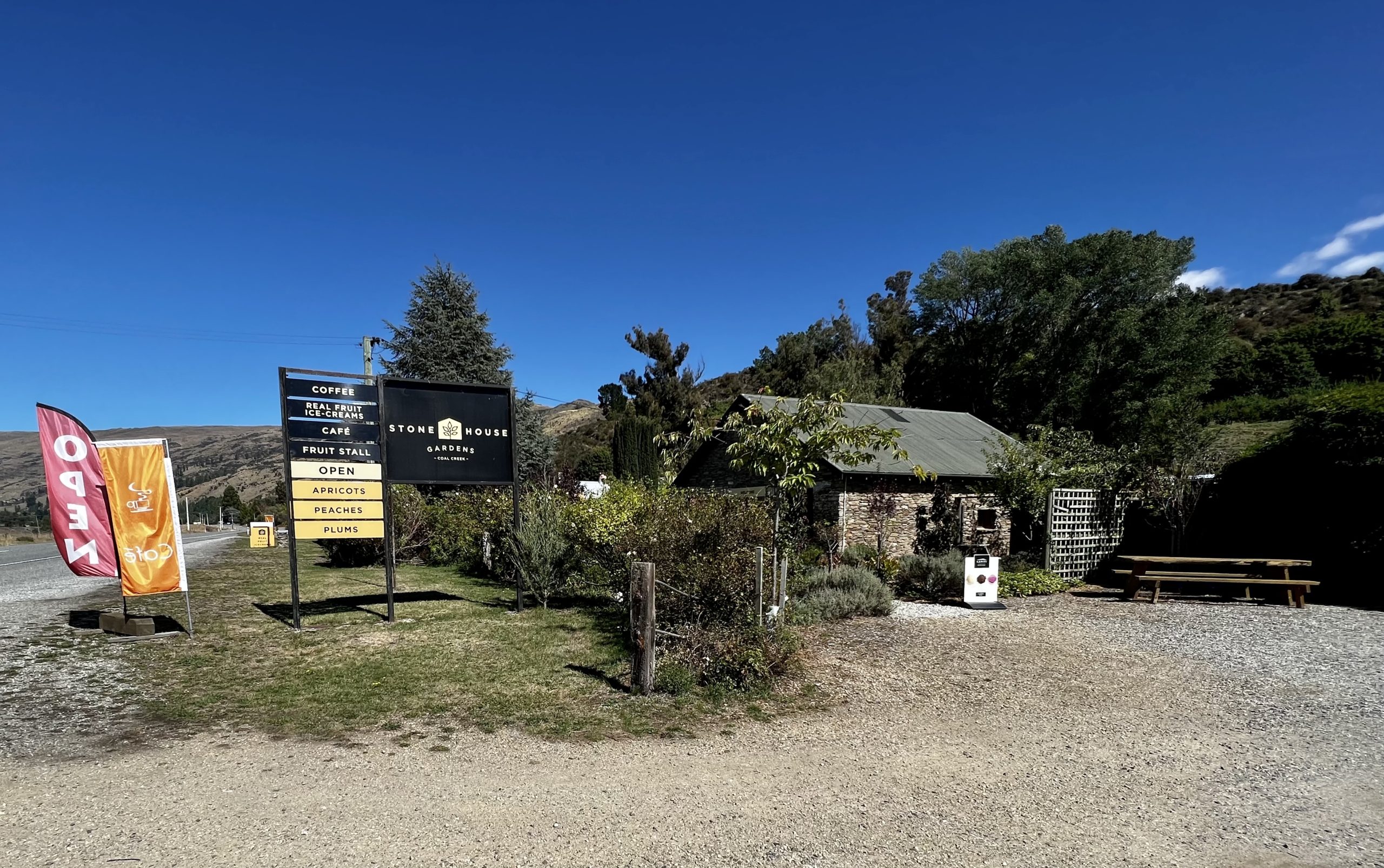
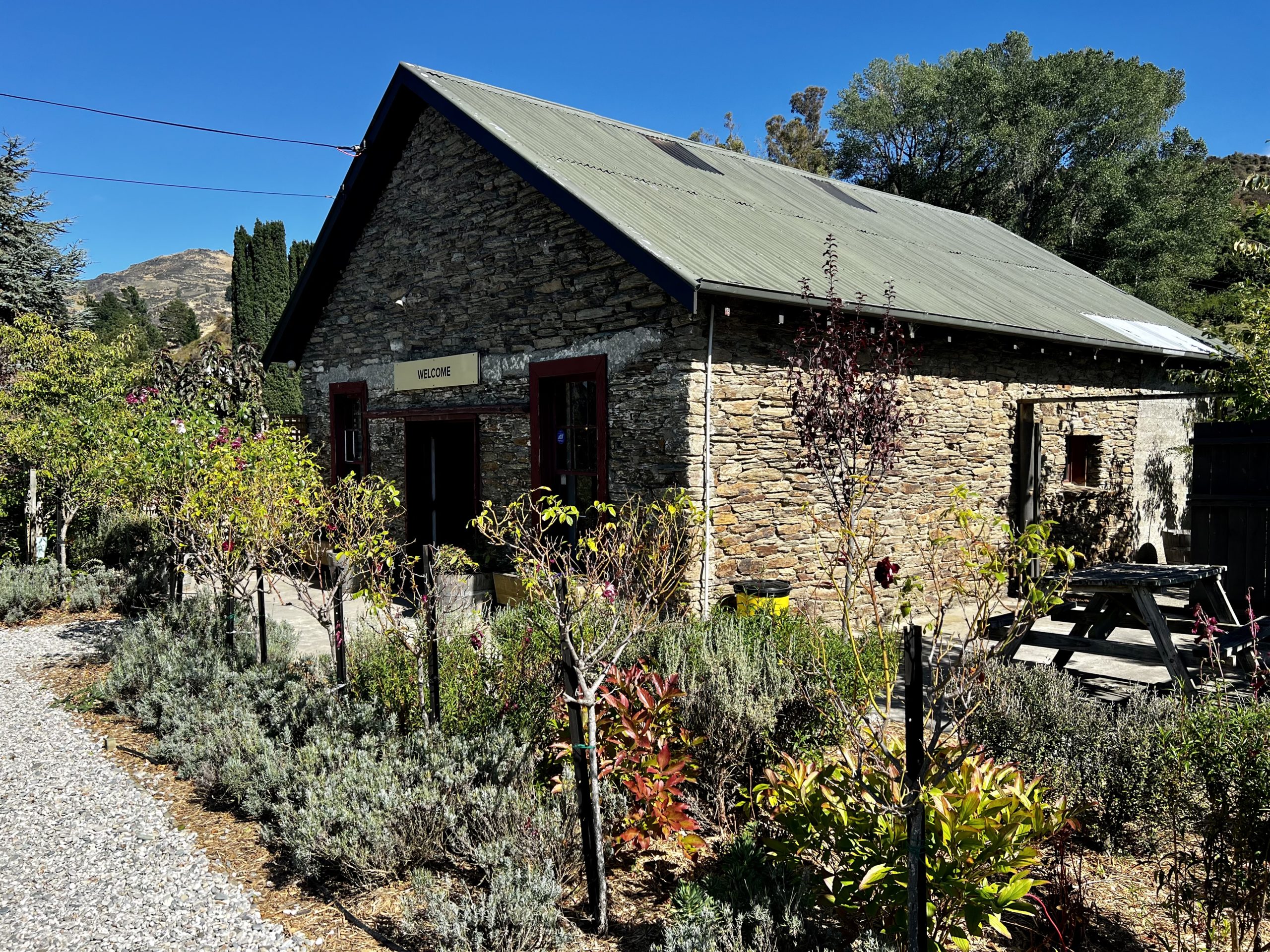
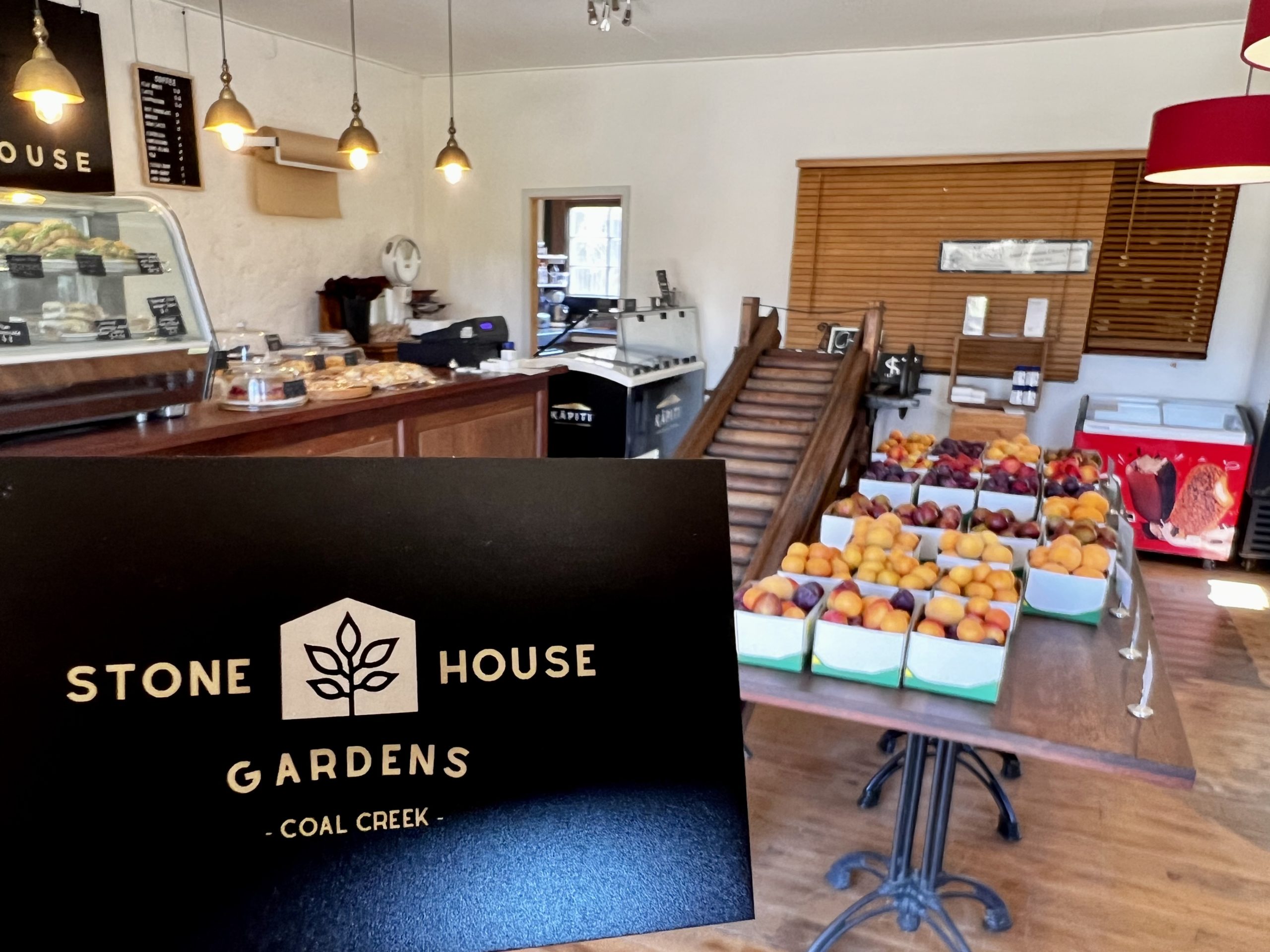
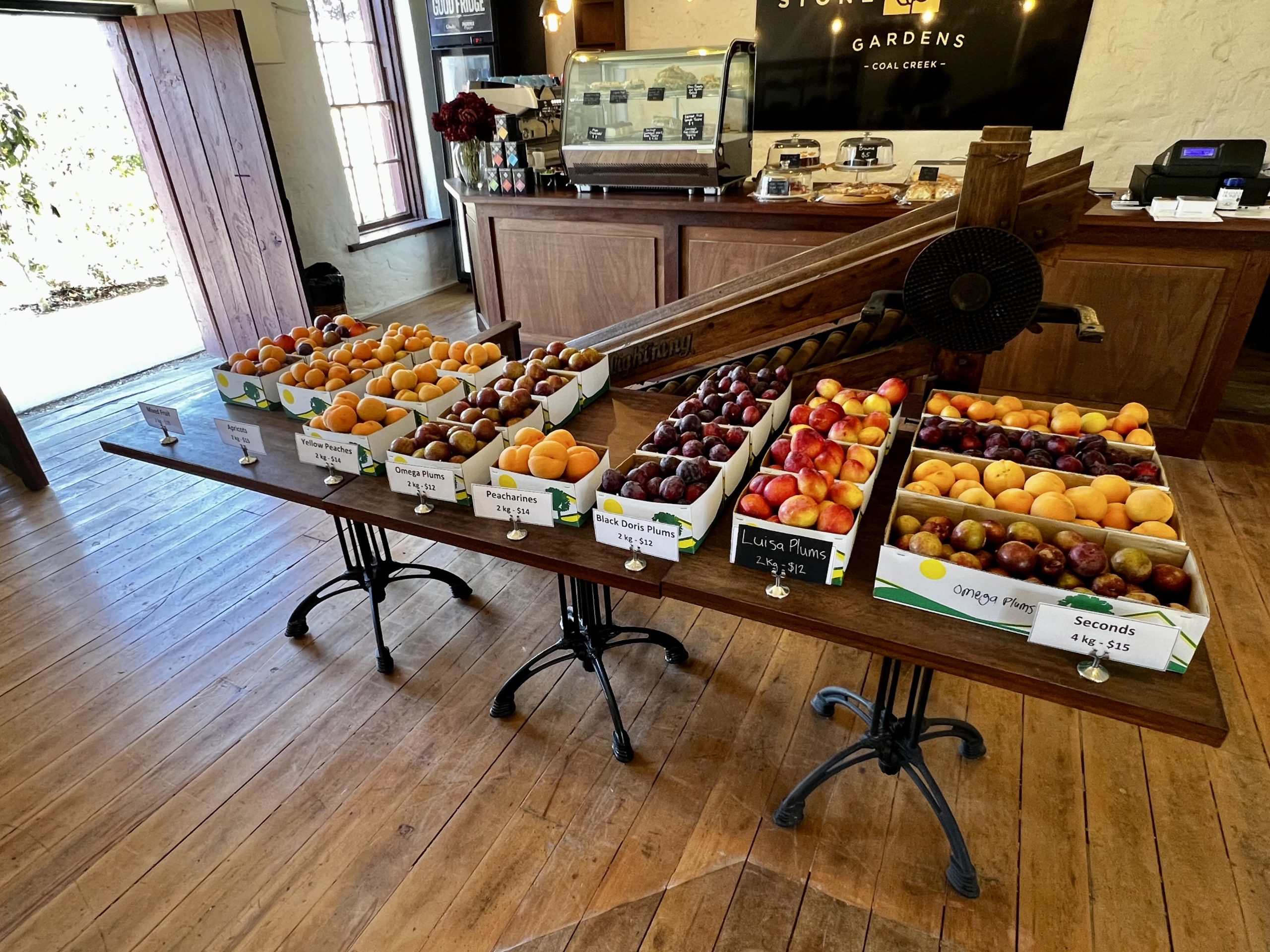
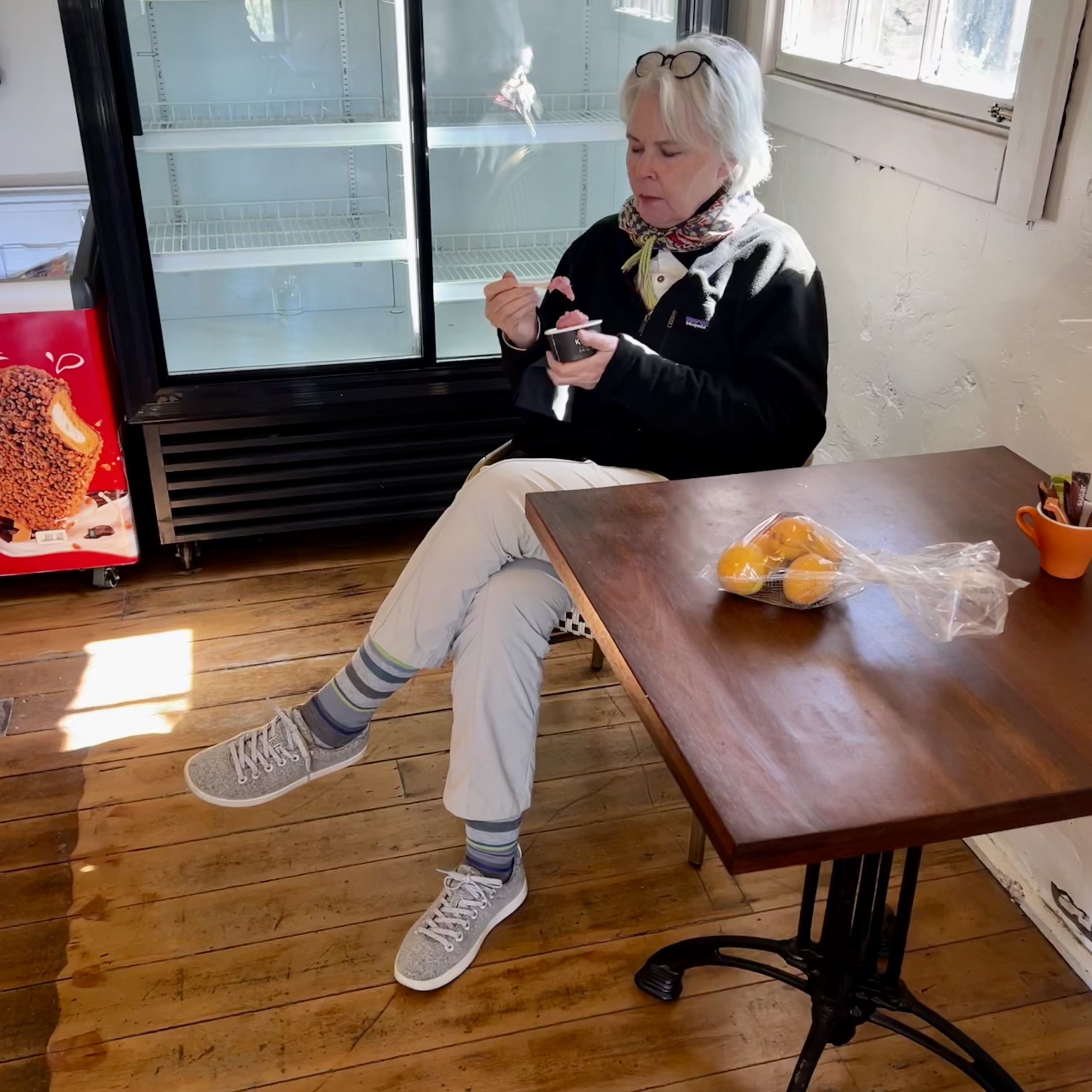
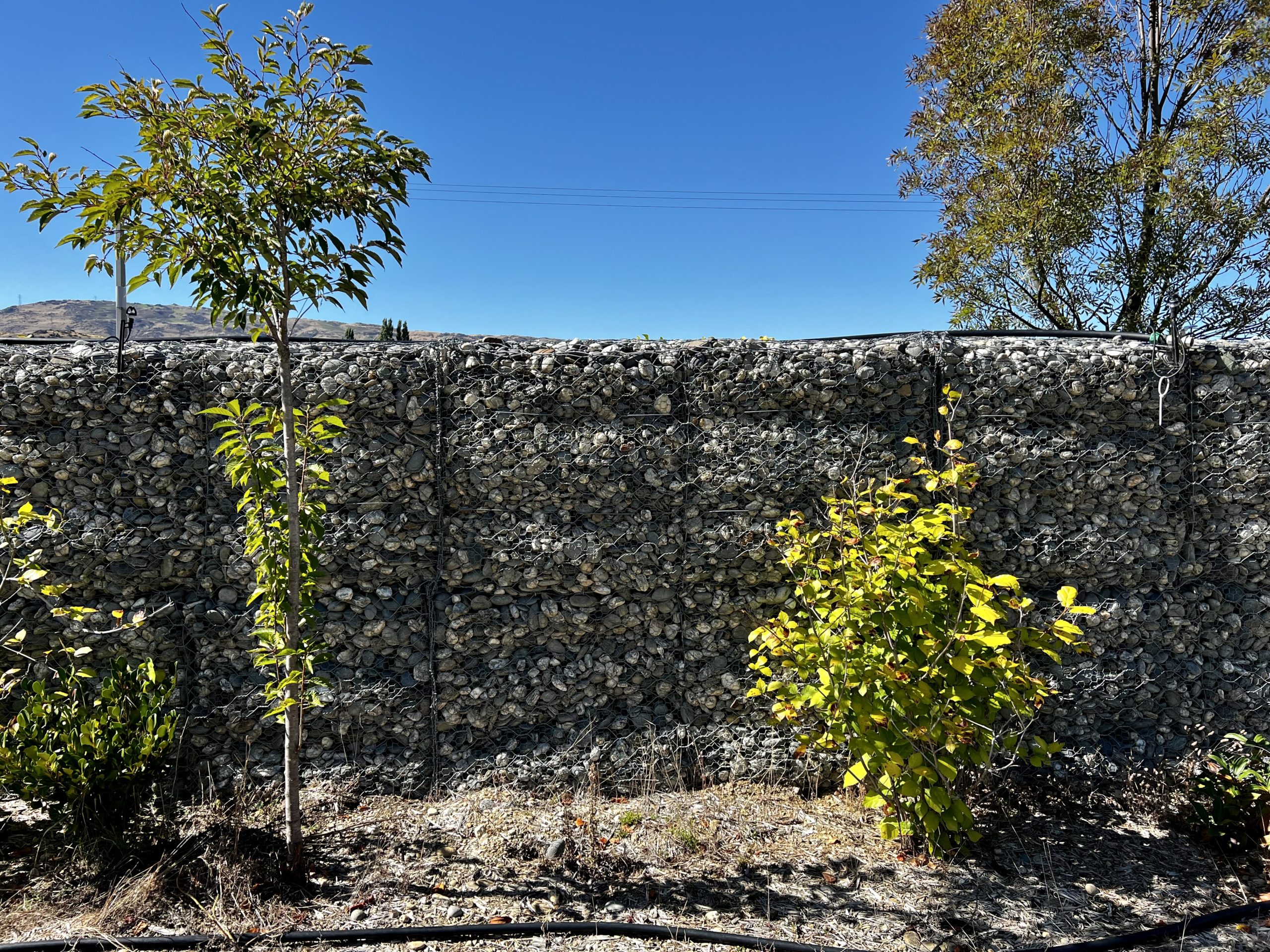
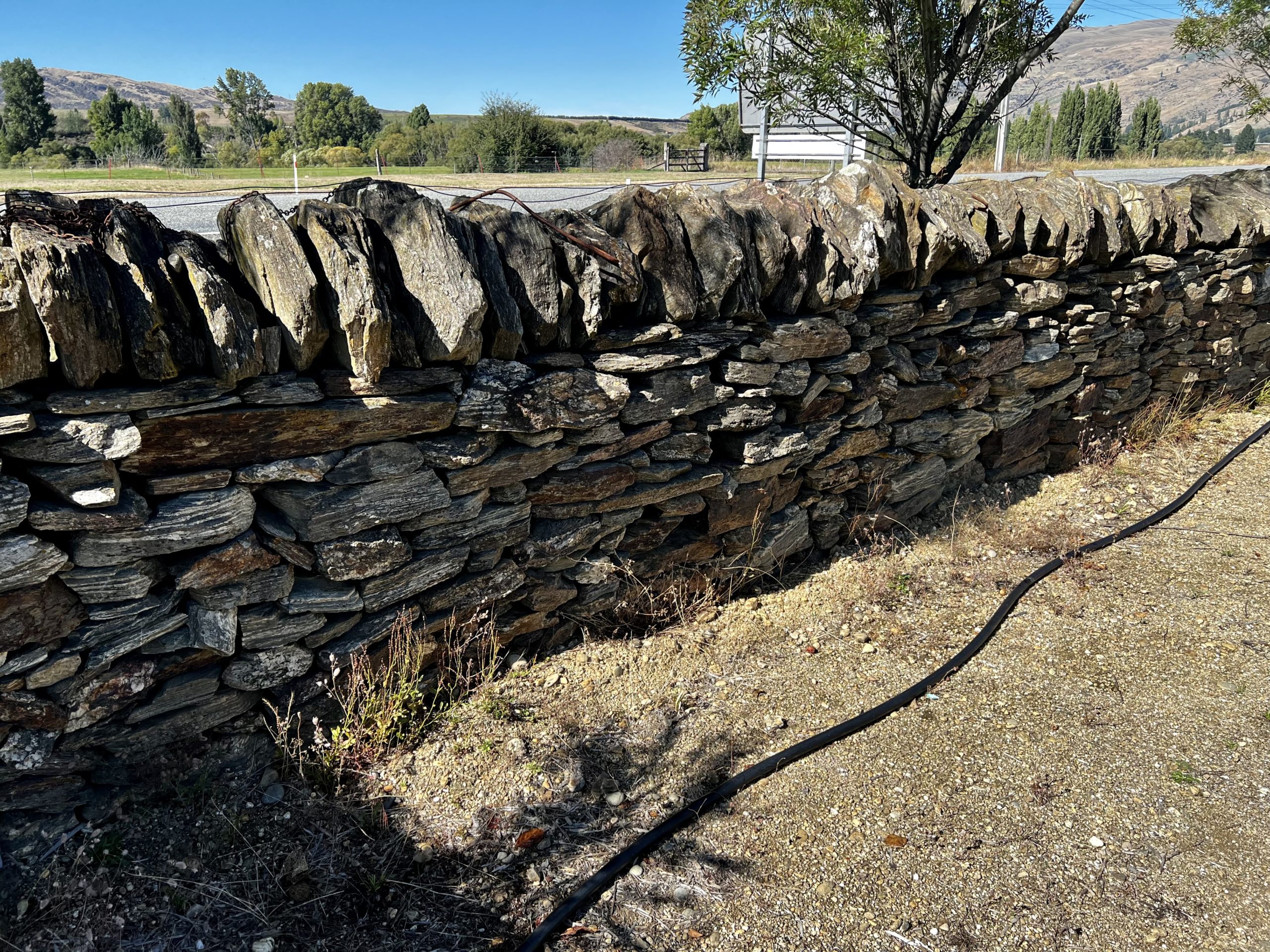
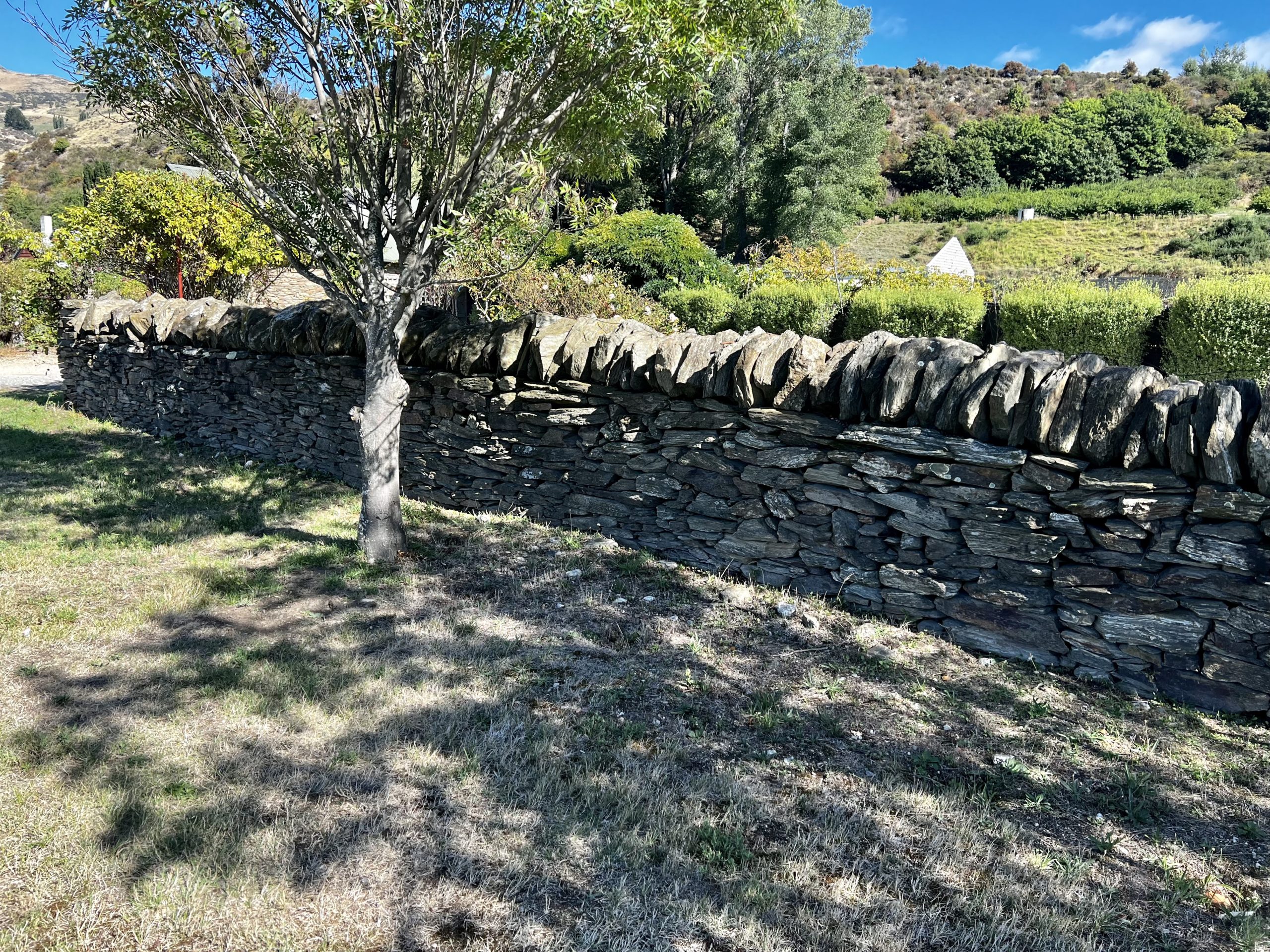

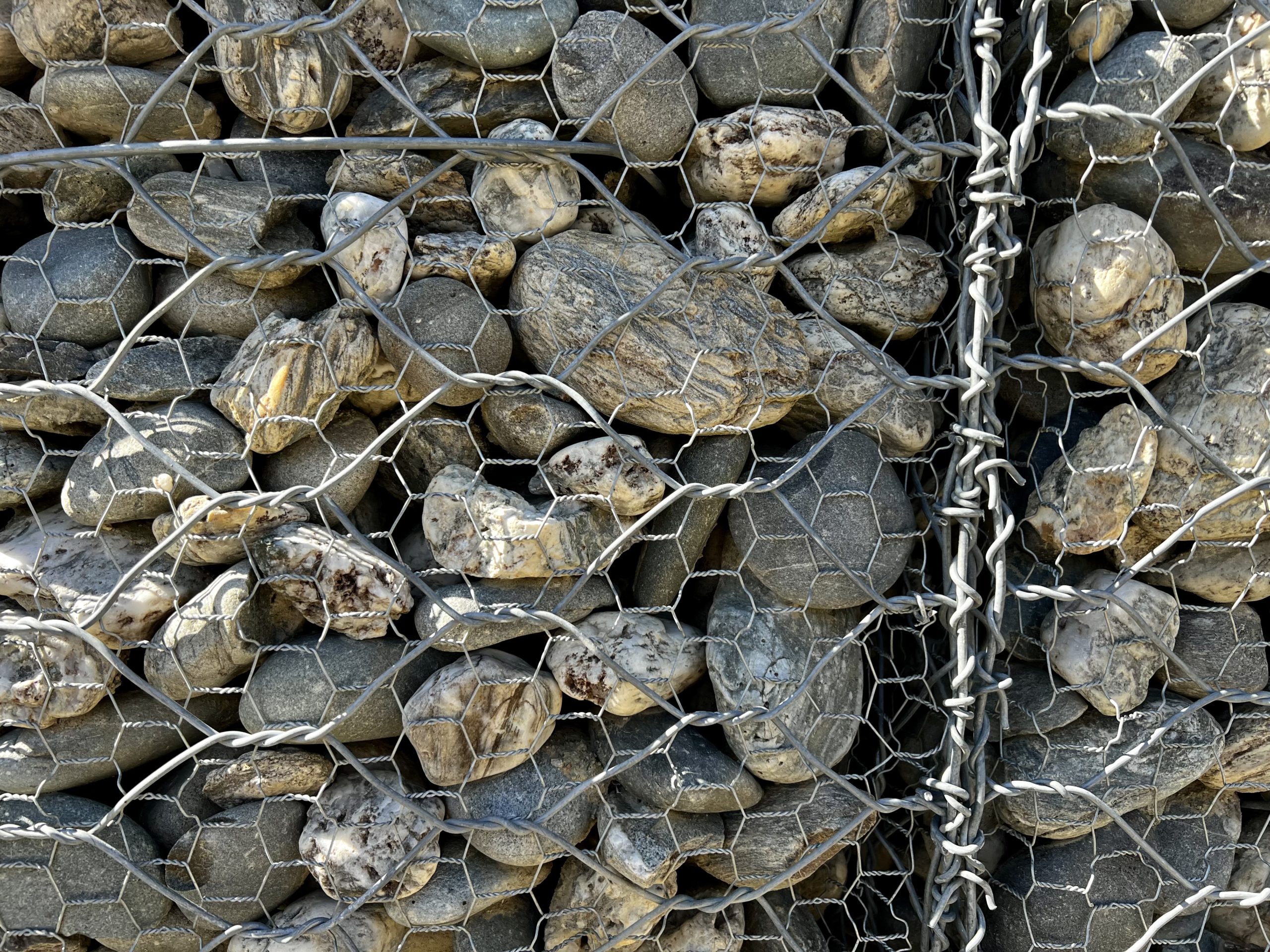
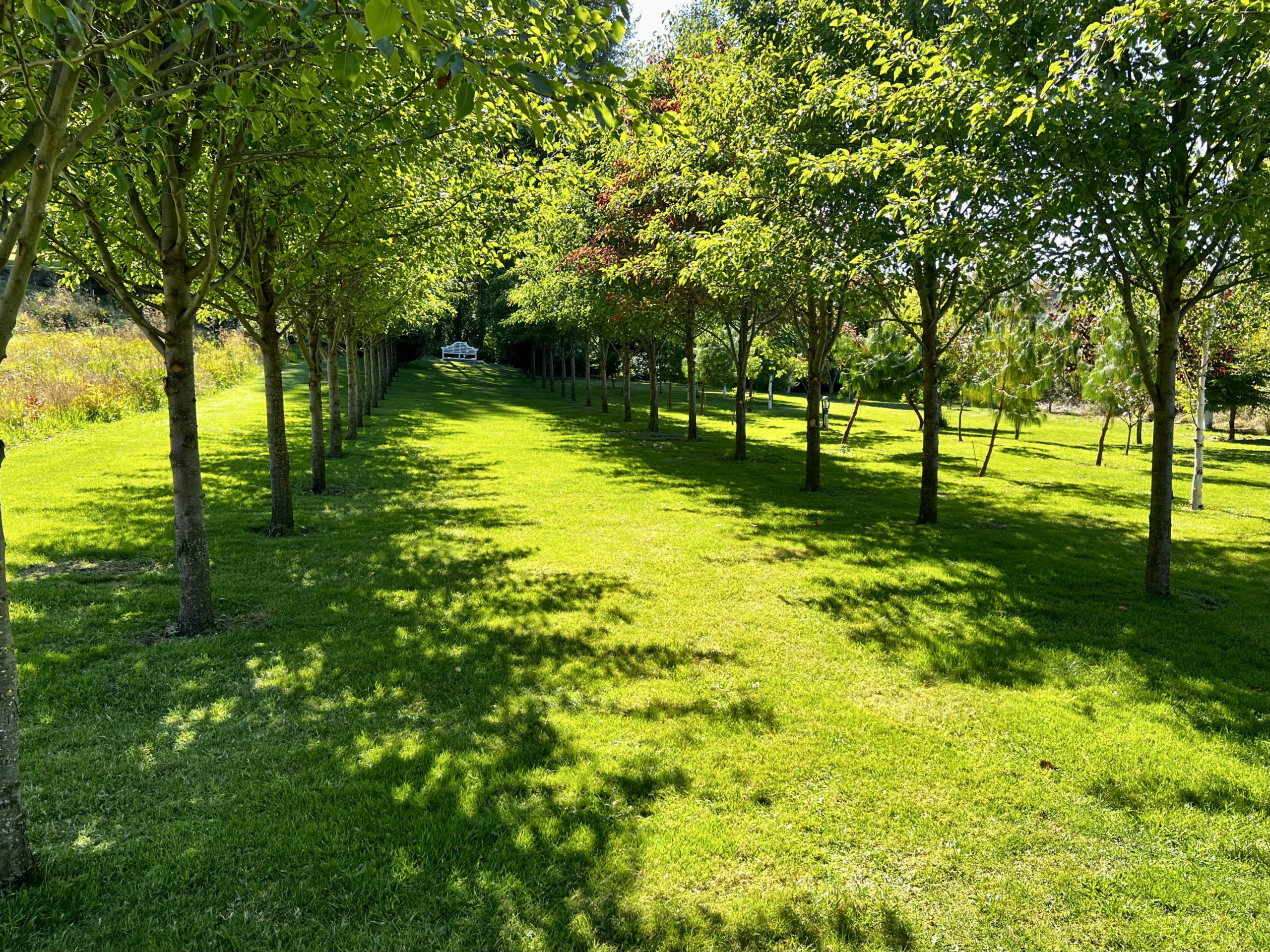
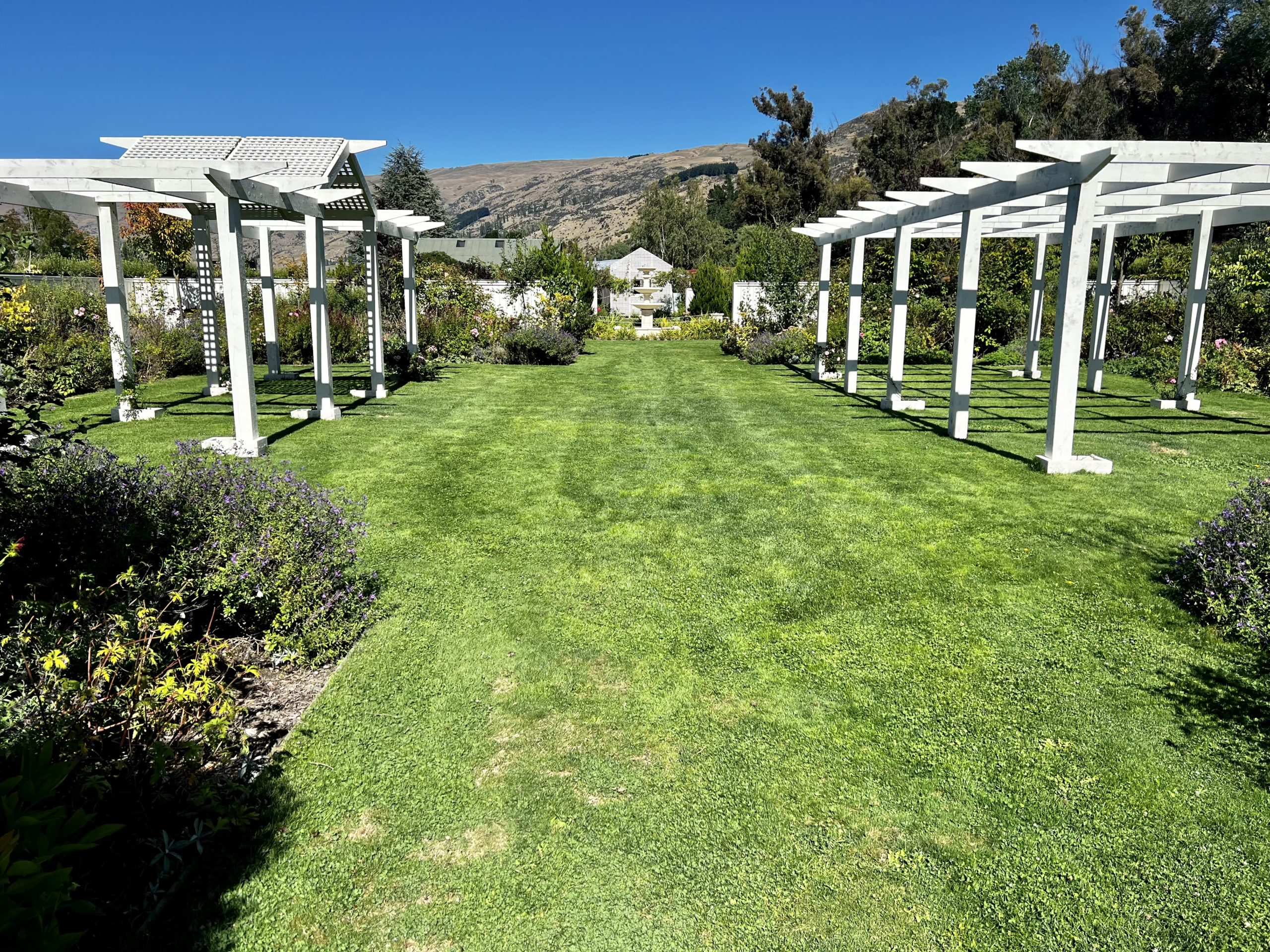
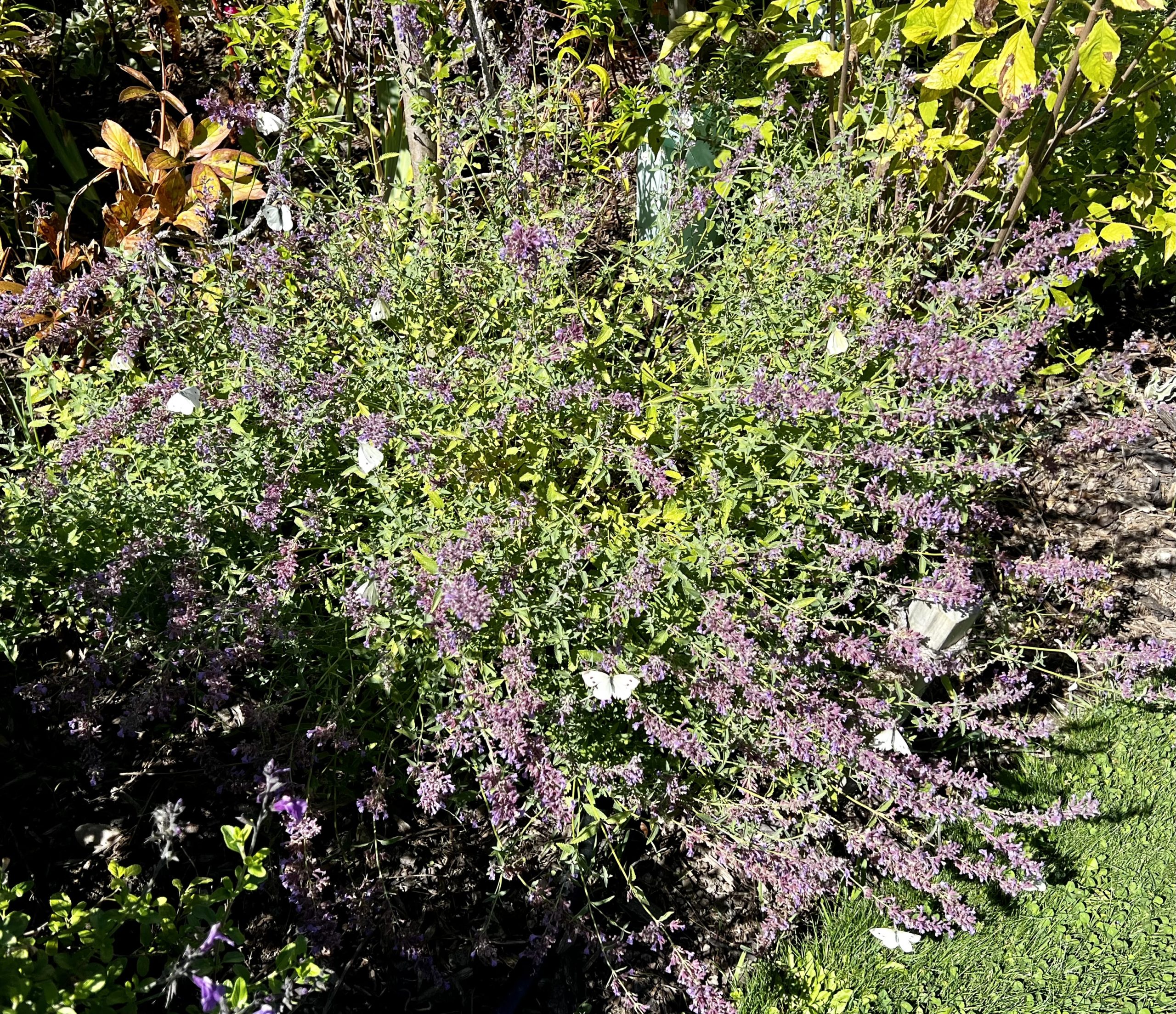
Lunch in Clyde
A nice stop. The bicycle rental shop had at least 200 bikes to rent. This area of the town is dotted with buildings dating back to New Zealand’s gold rush in the 1880s. It is a stylish mix of Nevada City and Yountville, but very small.
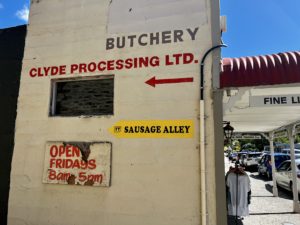
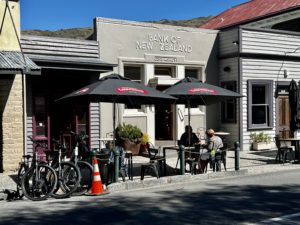
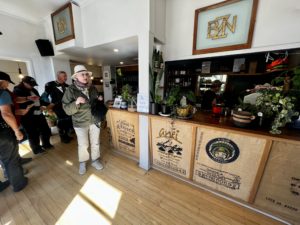
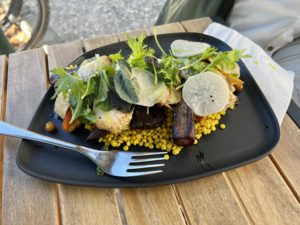
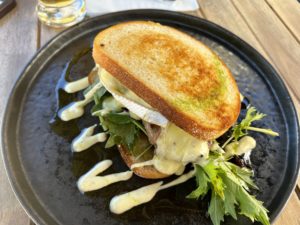
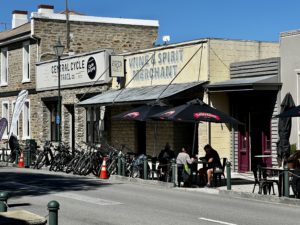
Rest of the Way to Twizel
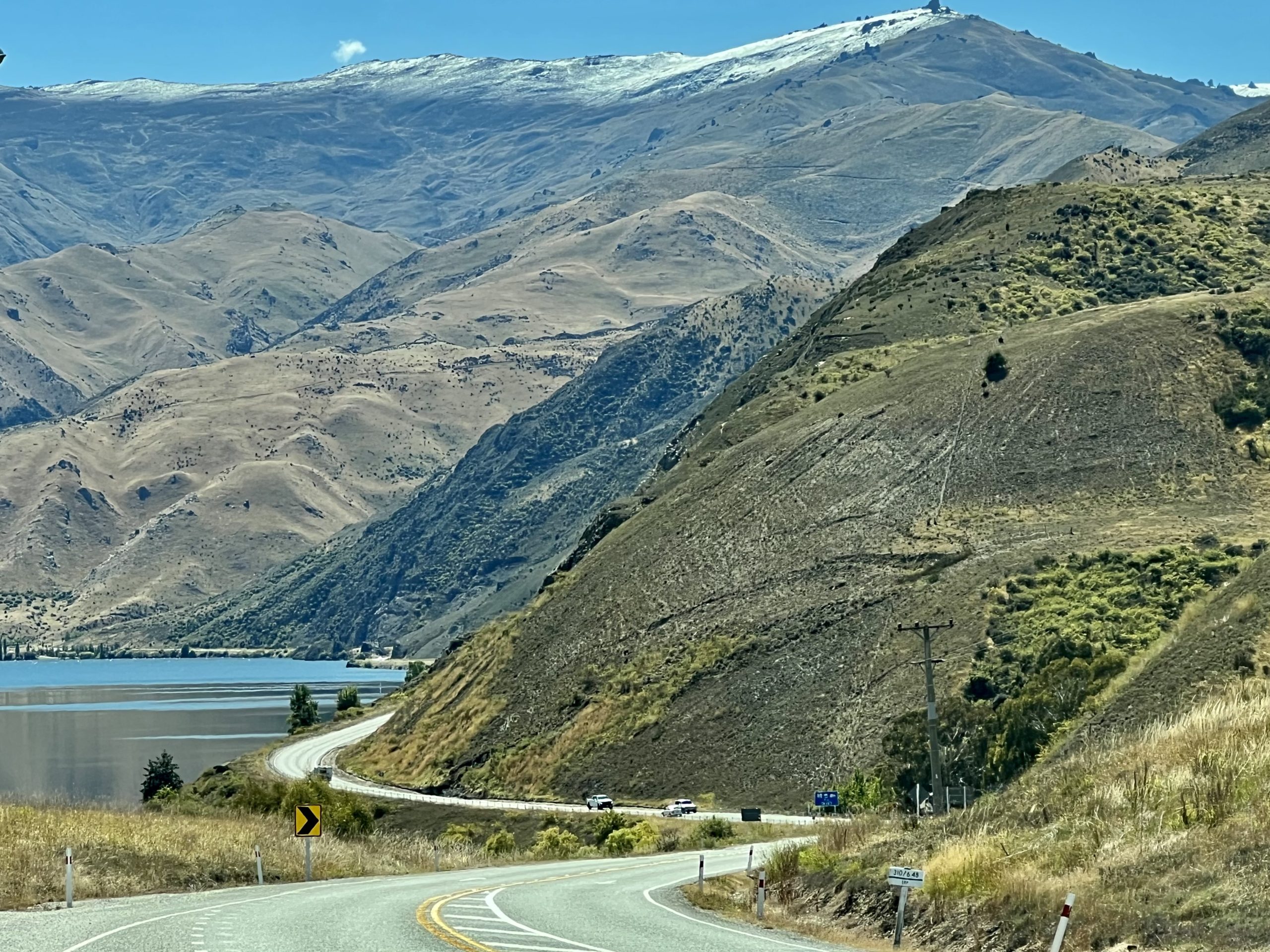
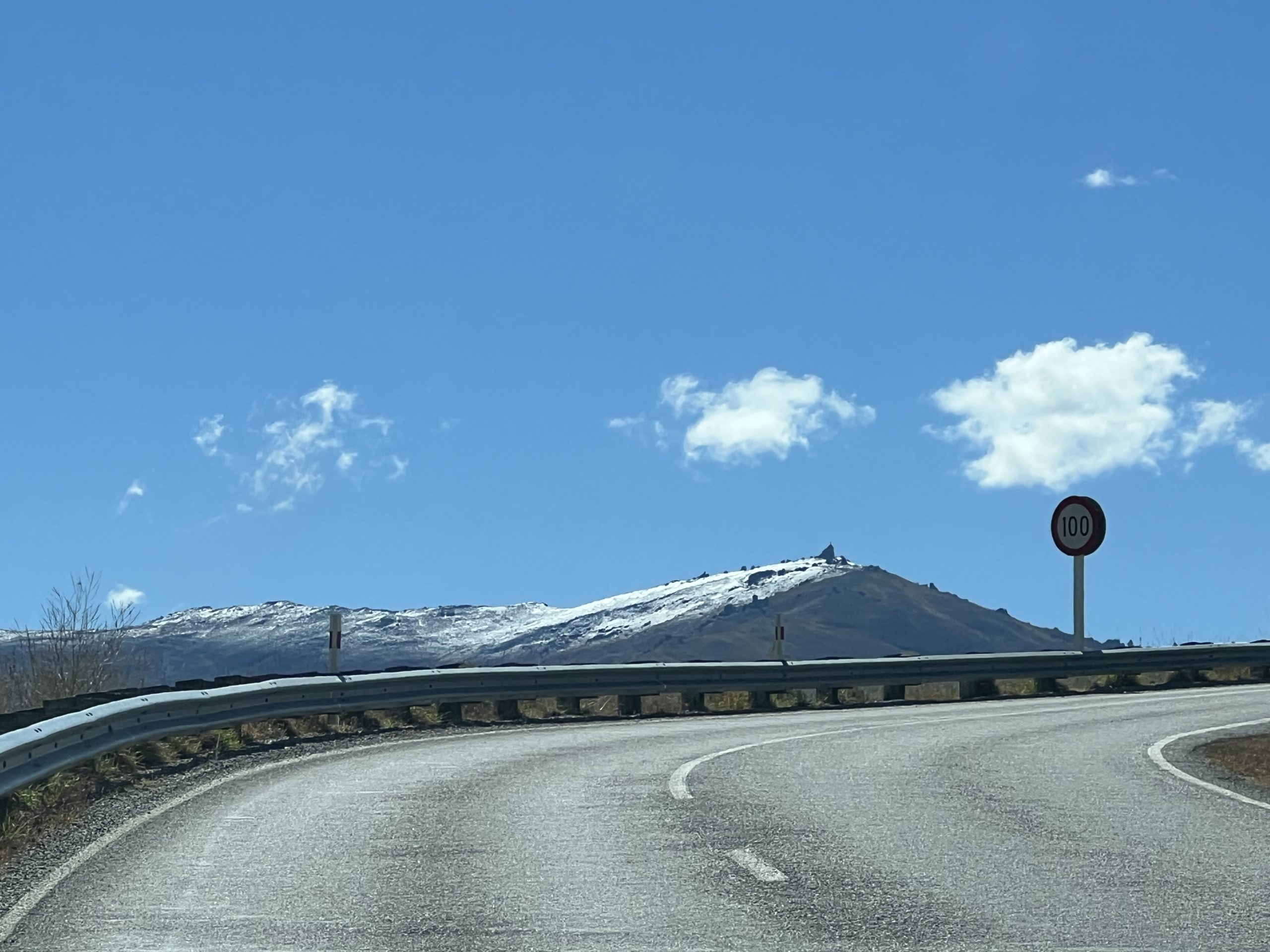
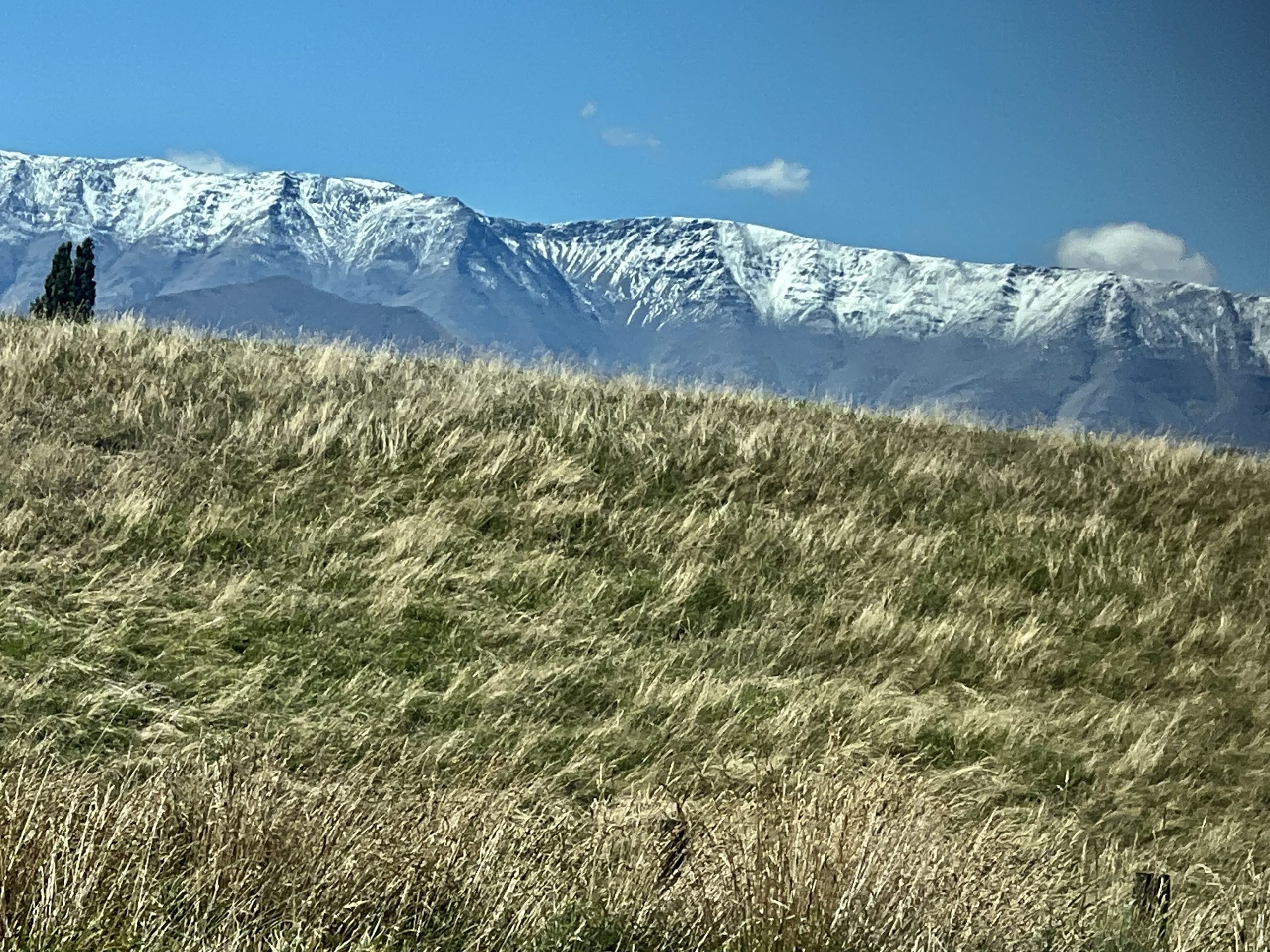
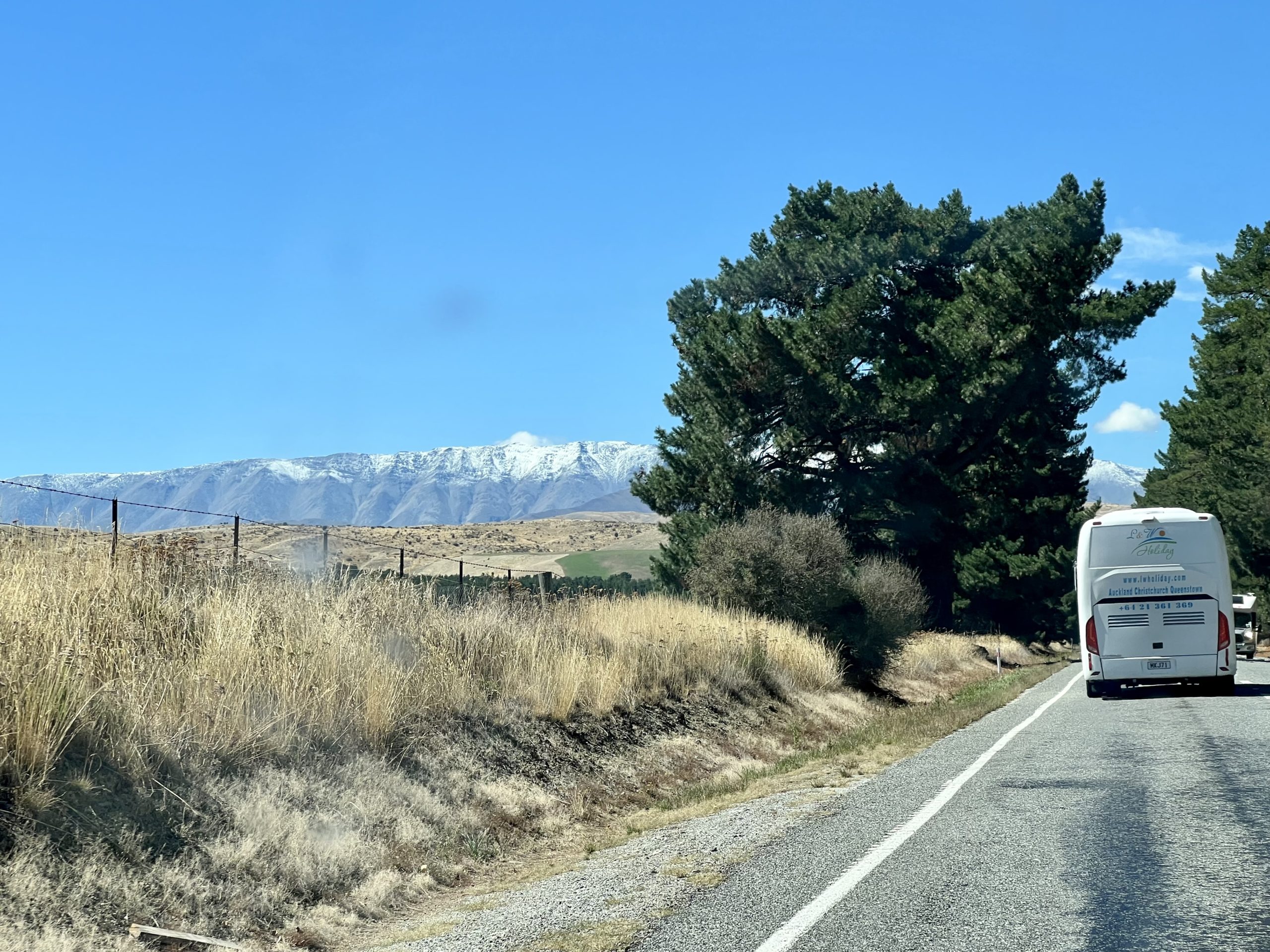
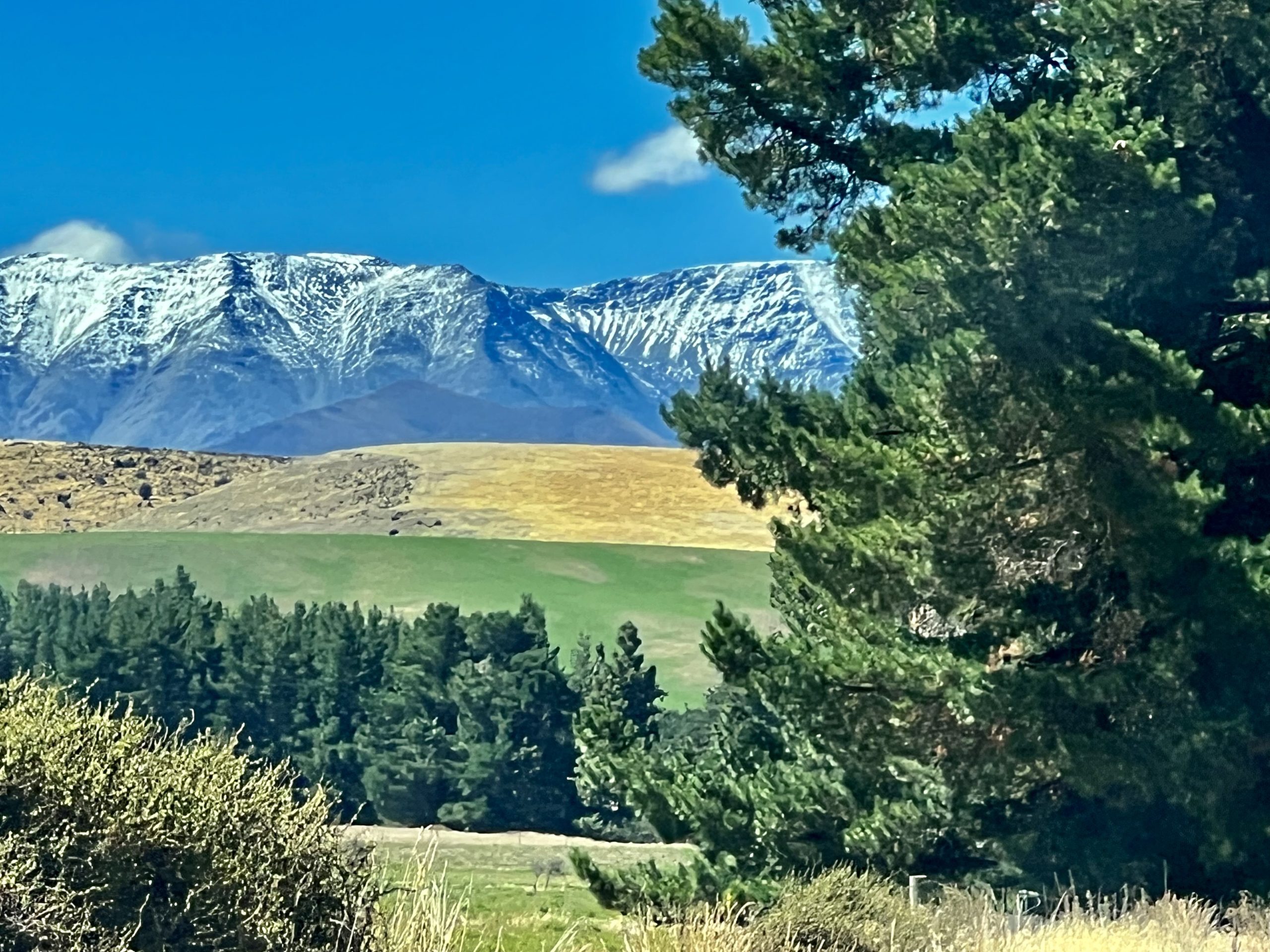
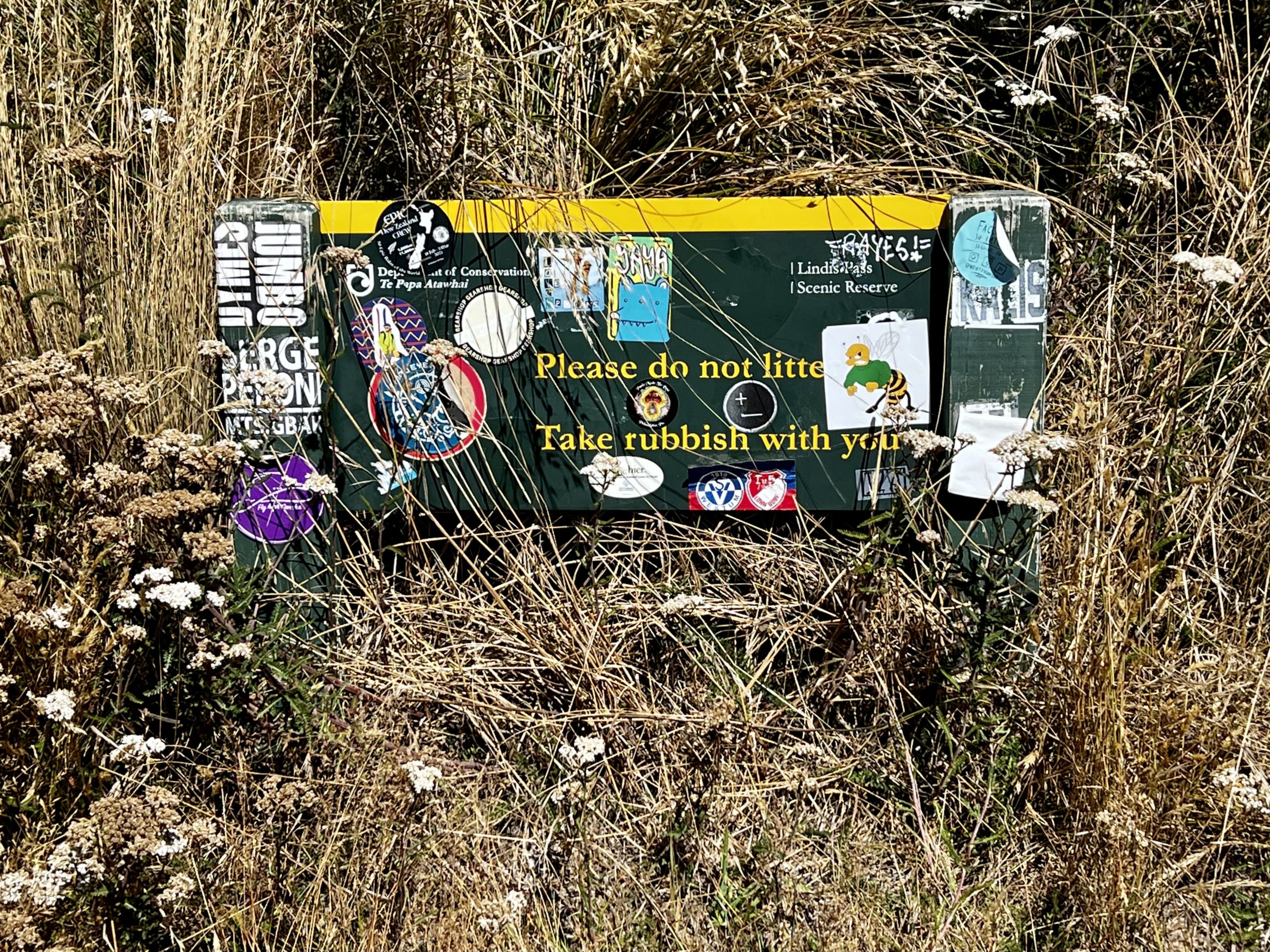
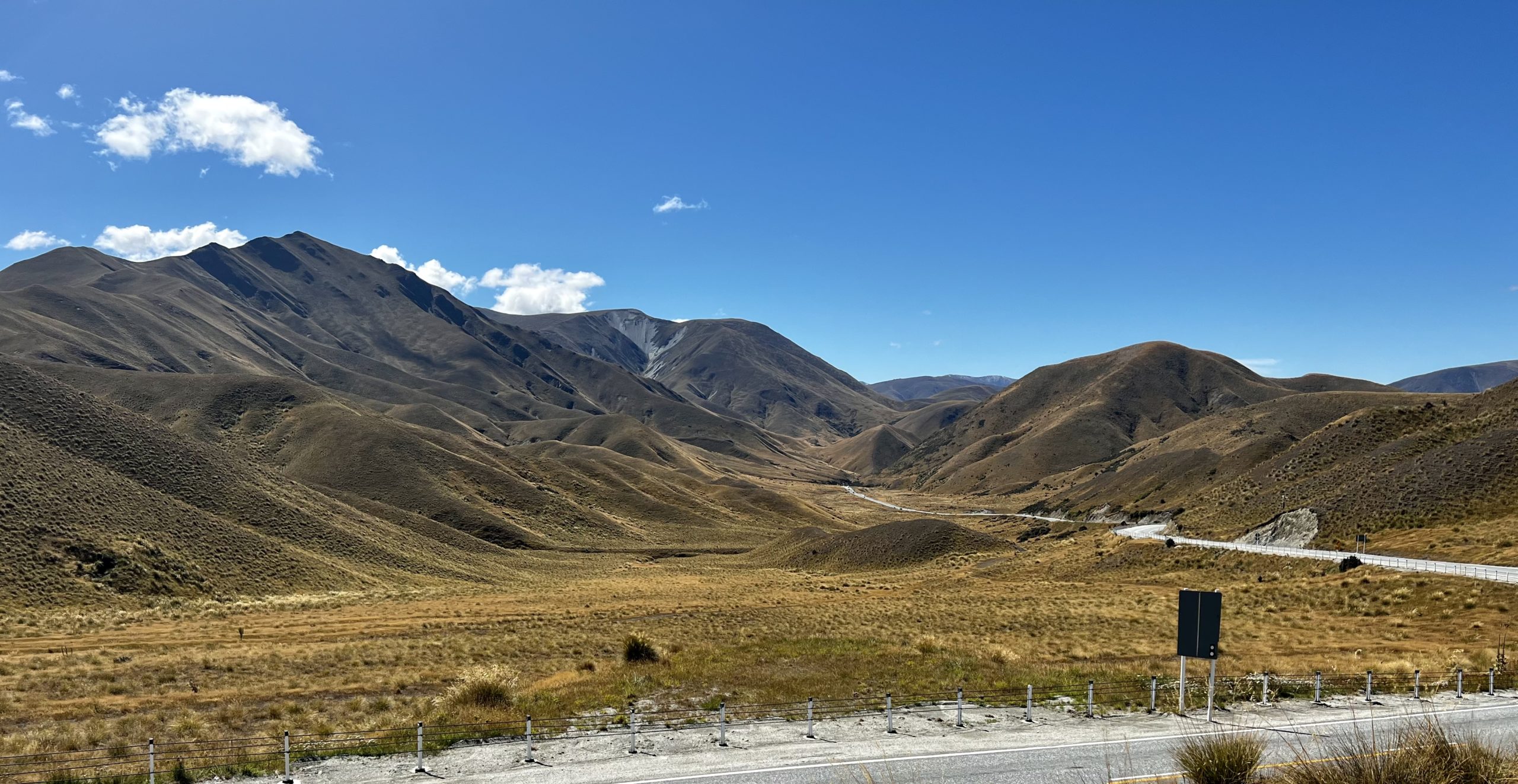
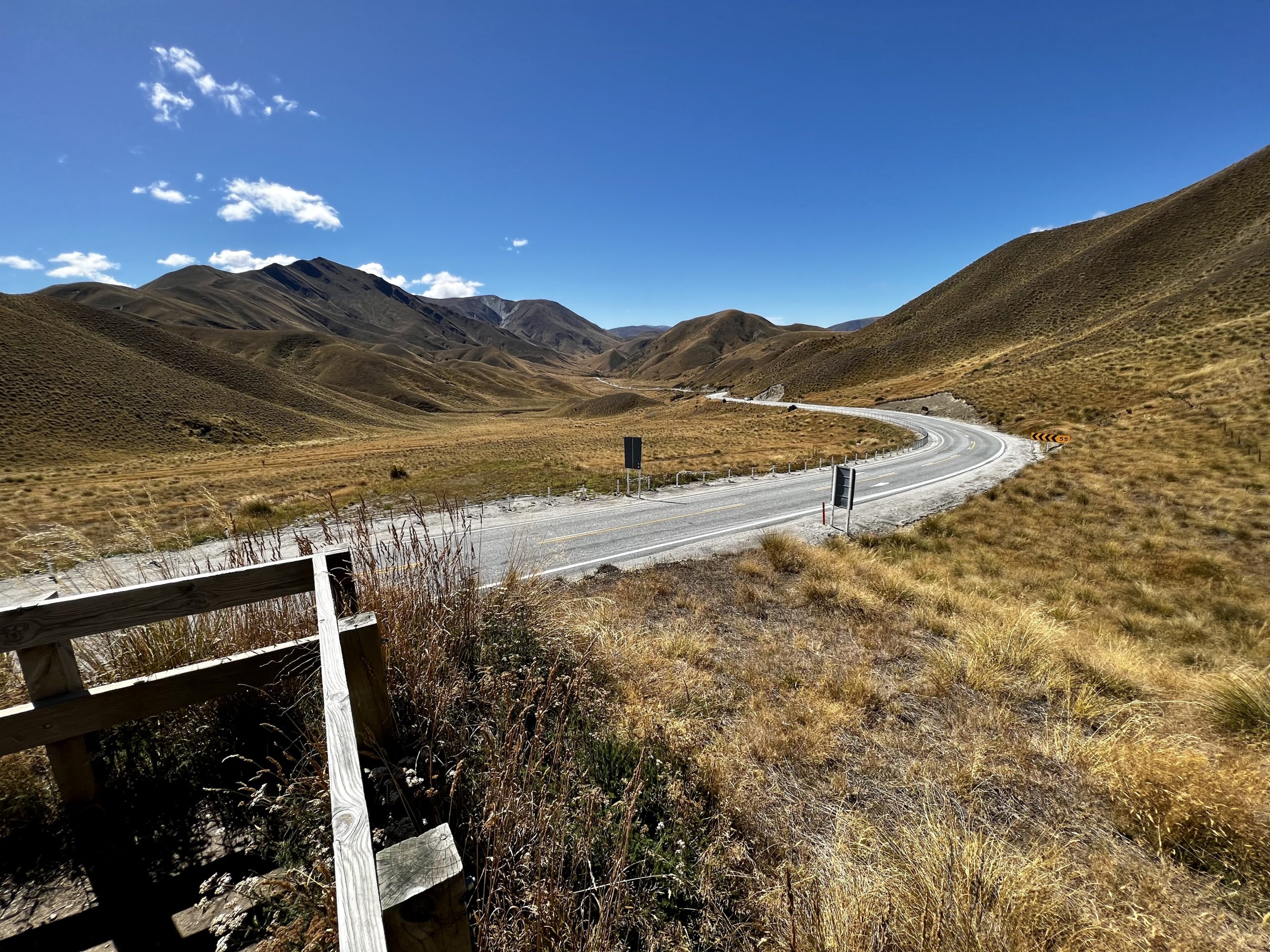
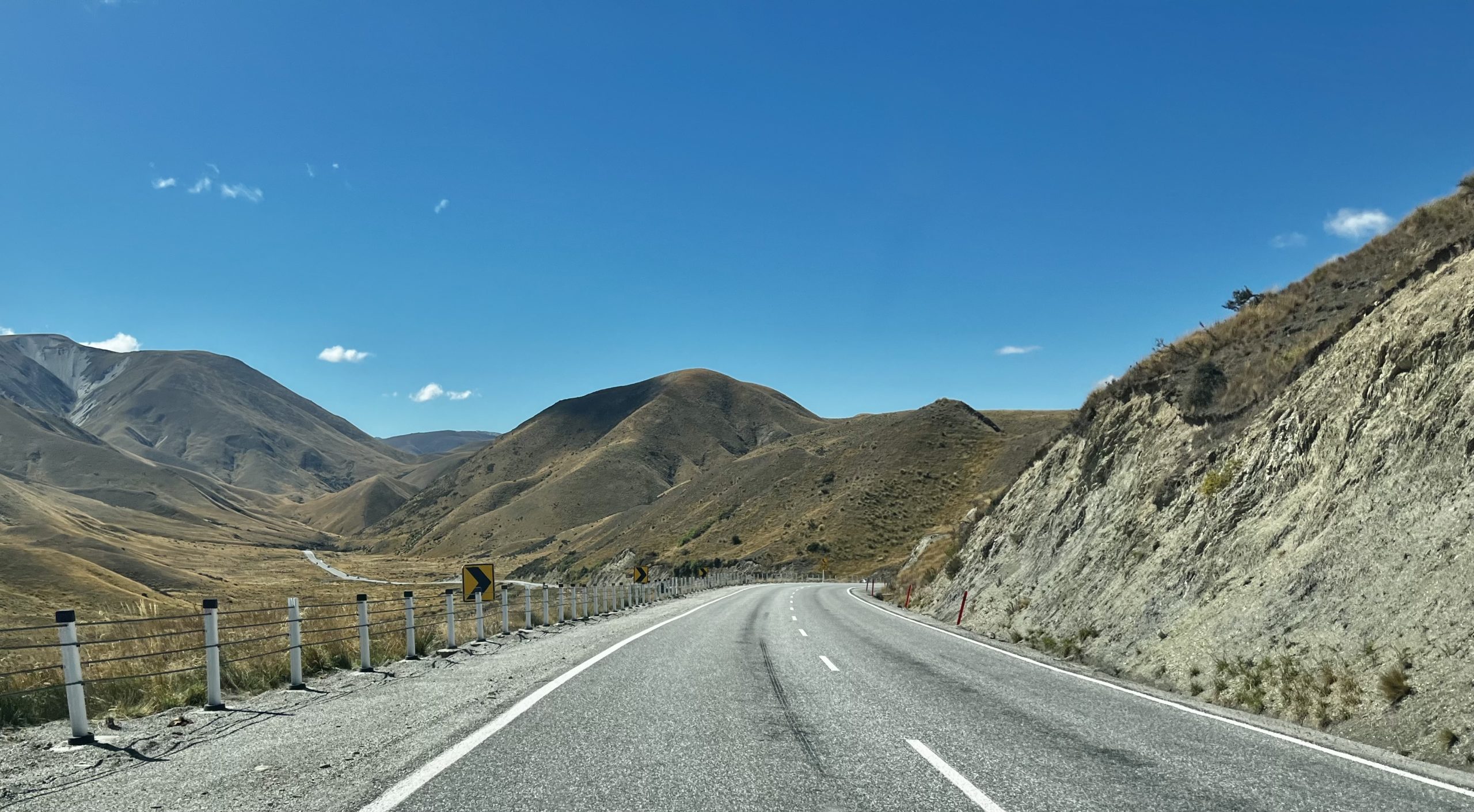
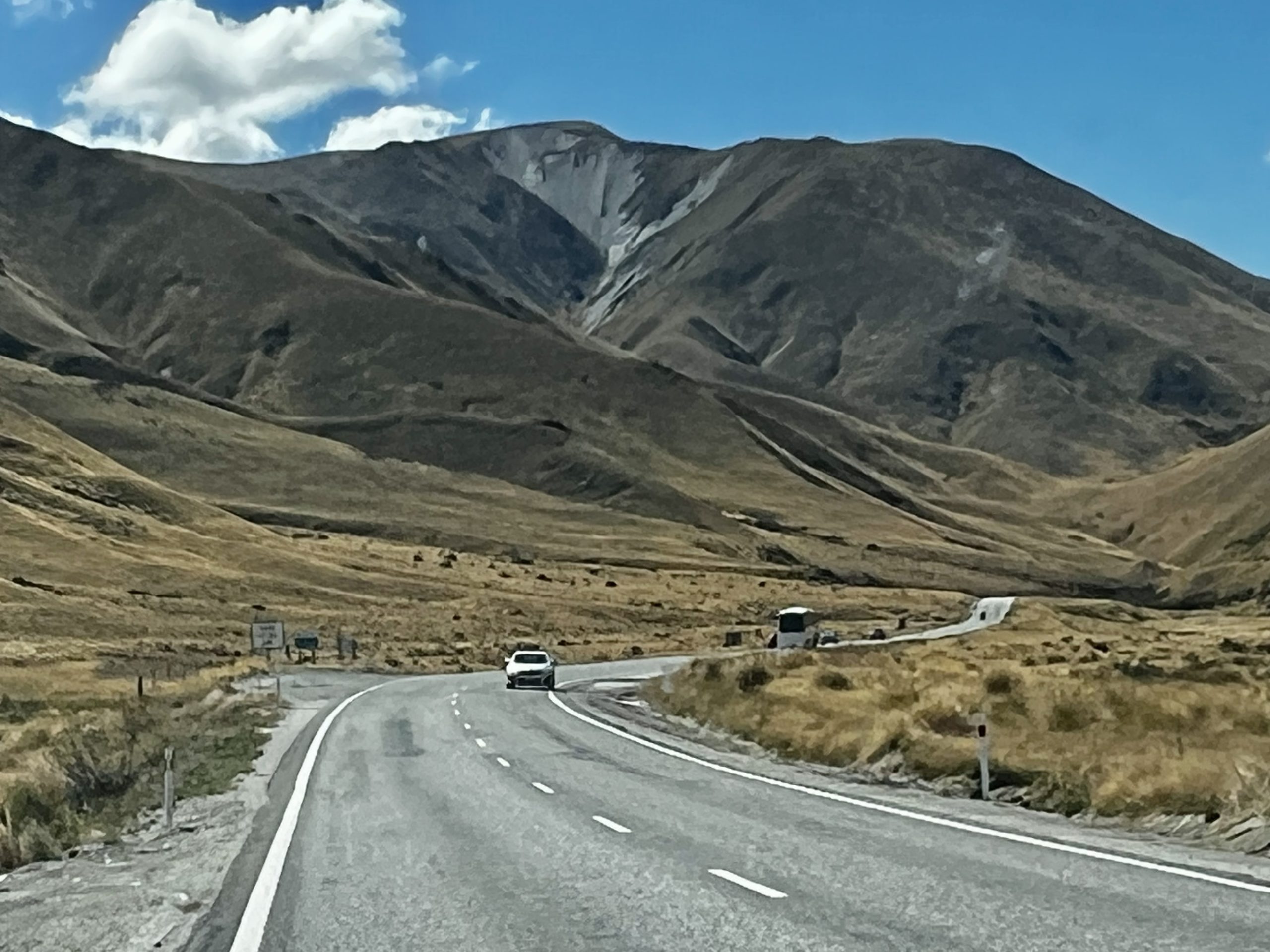
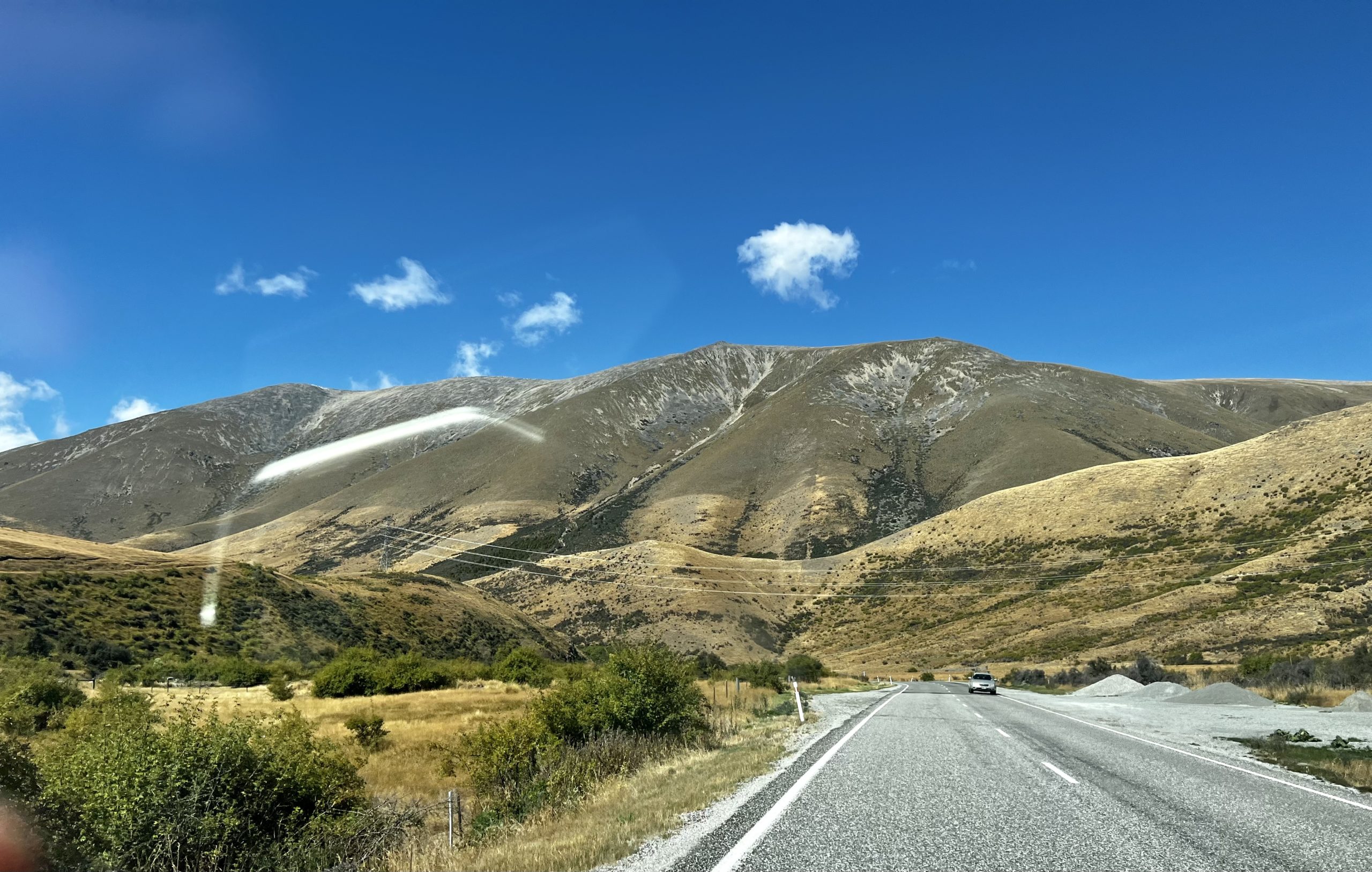
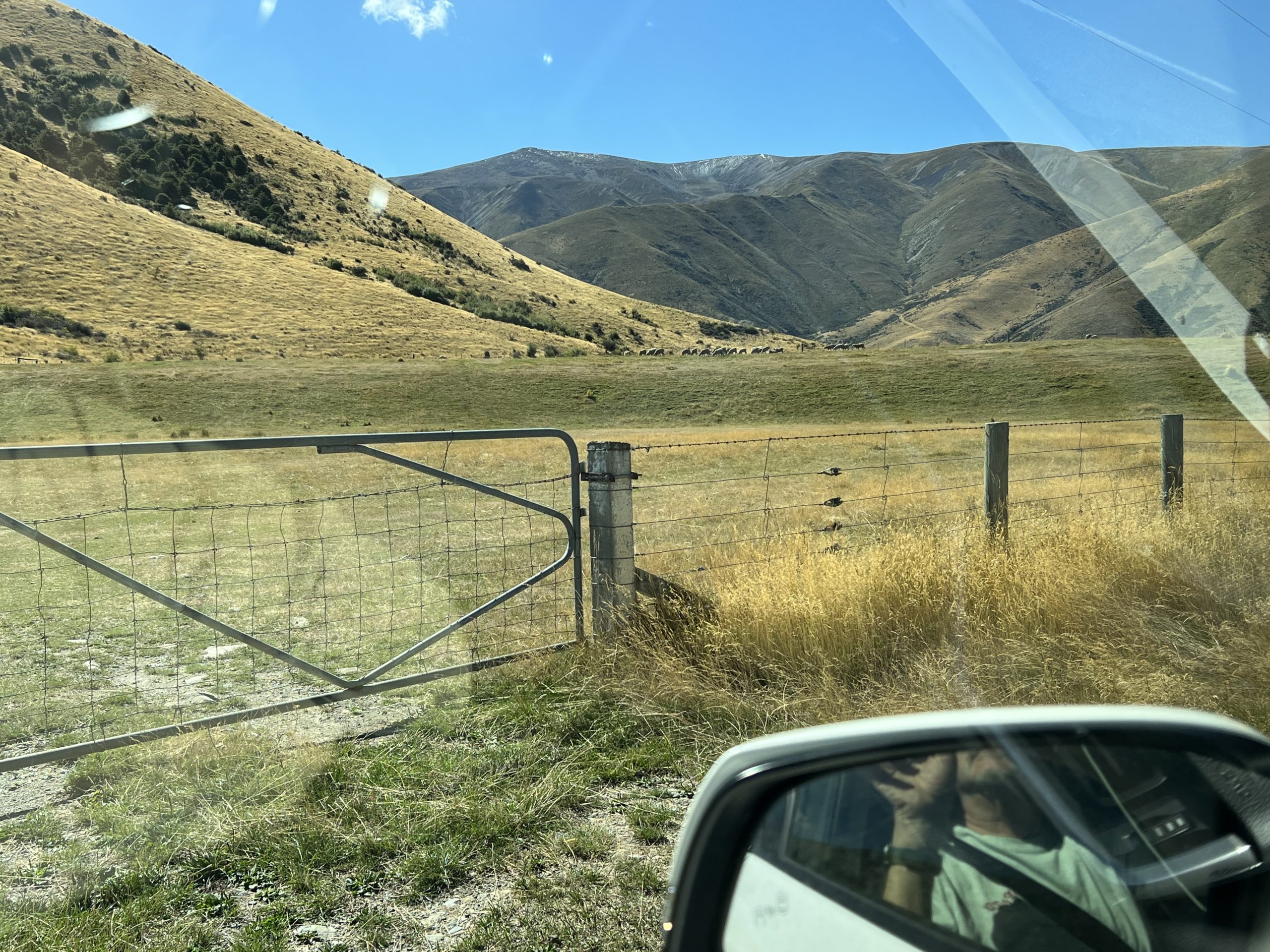
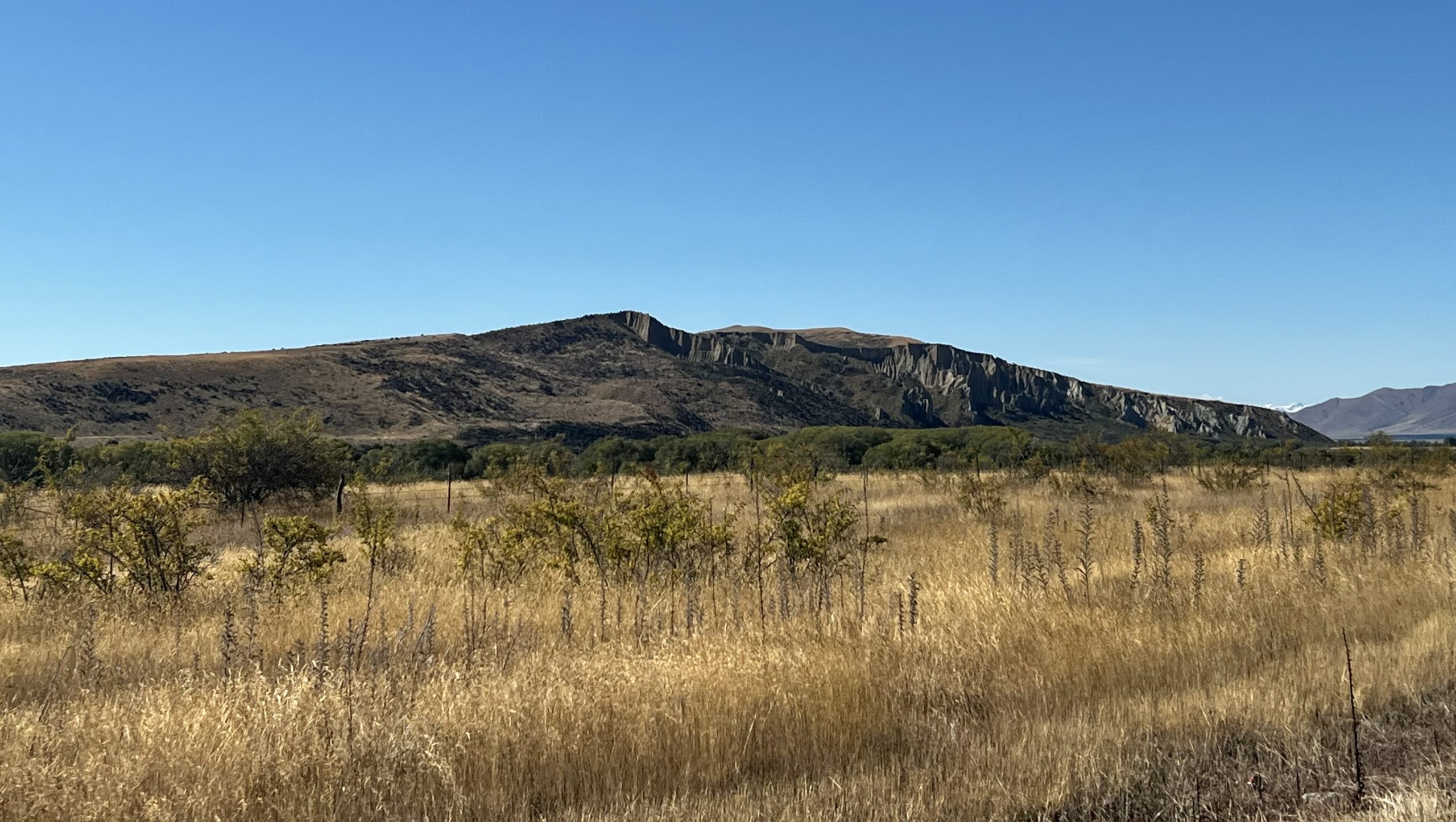
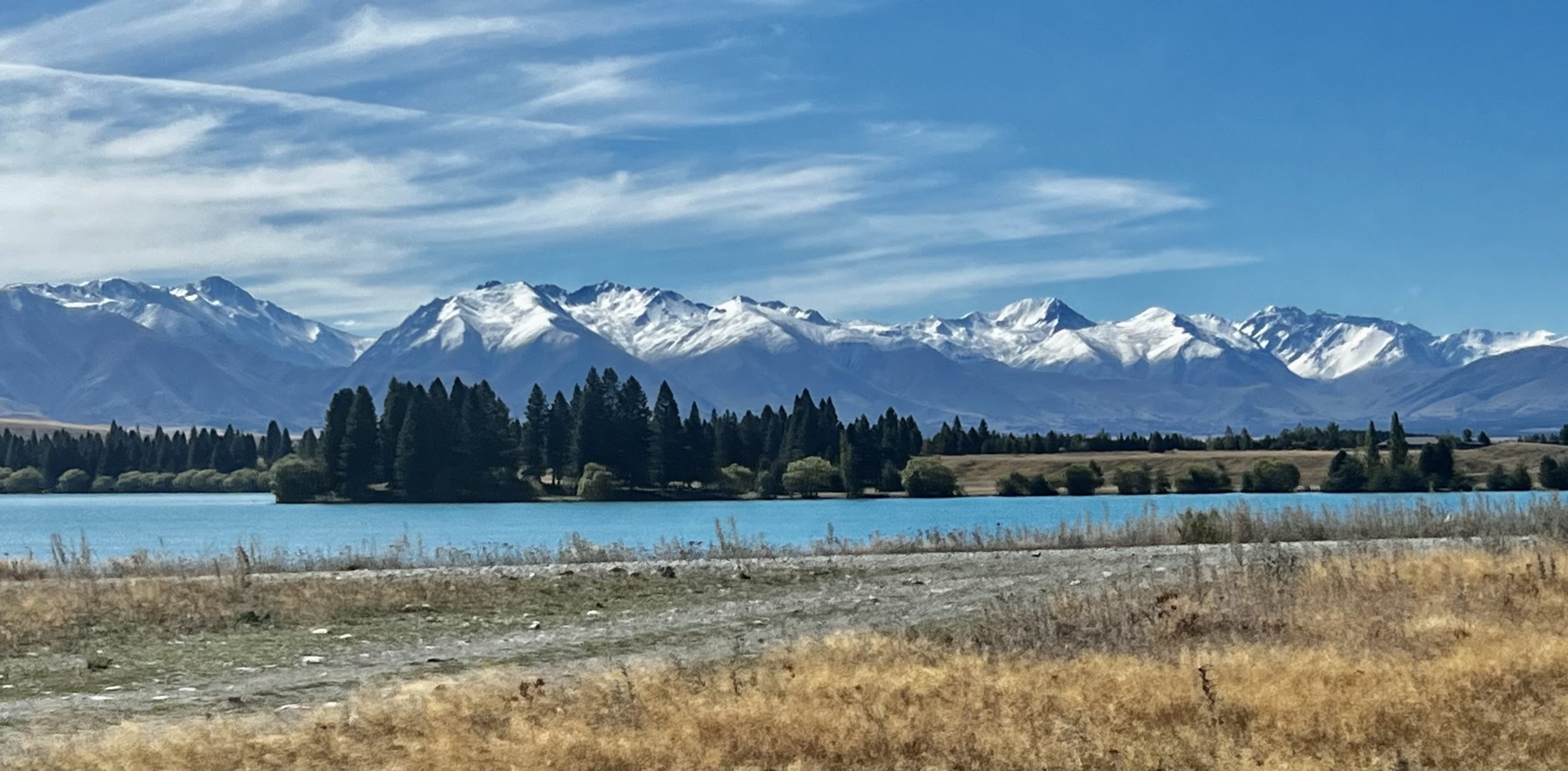
Accommodations
In Twizel, we stayed at the Mackenzie Country Hotel. As Kiwis would say, The place is a little long in the tooth. (Worn and outdated.) It needs a gentle but thorough redo. Beyond the fact that the Wi-Fi measured 0.15 mbs in our room, they serve INSTANT COFFEE at breakfast. Can you imagine this in New Zealand where coffee is as popular as beer? Our fishing guide was astonished. The hotel has more than 150 rooms, the majority of which turn over every night as bus loads of tourists come for their day trip to Mount Cook. And although the hotel staff are friendly, we did not have daily service of our room for the four days we were there except for one day when we asked. Robert posted his review in Trip Advisor. There have to be better places to stay.
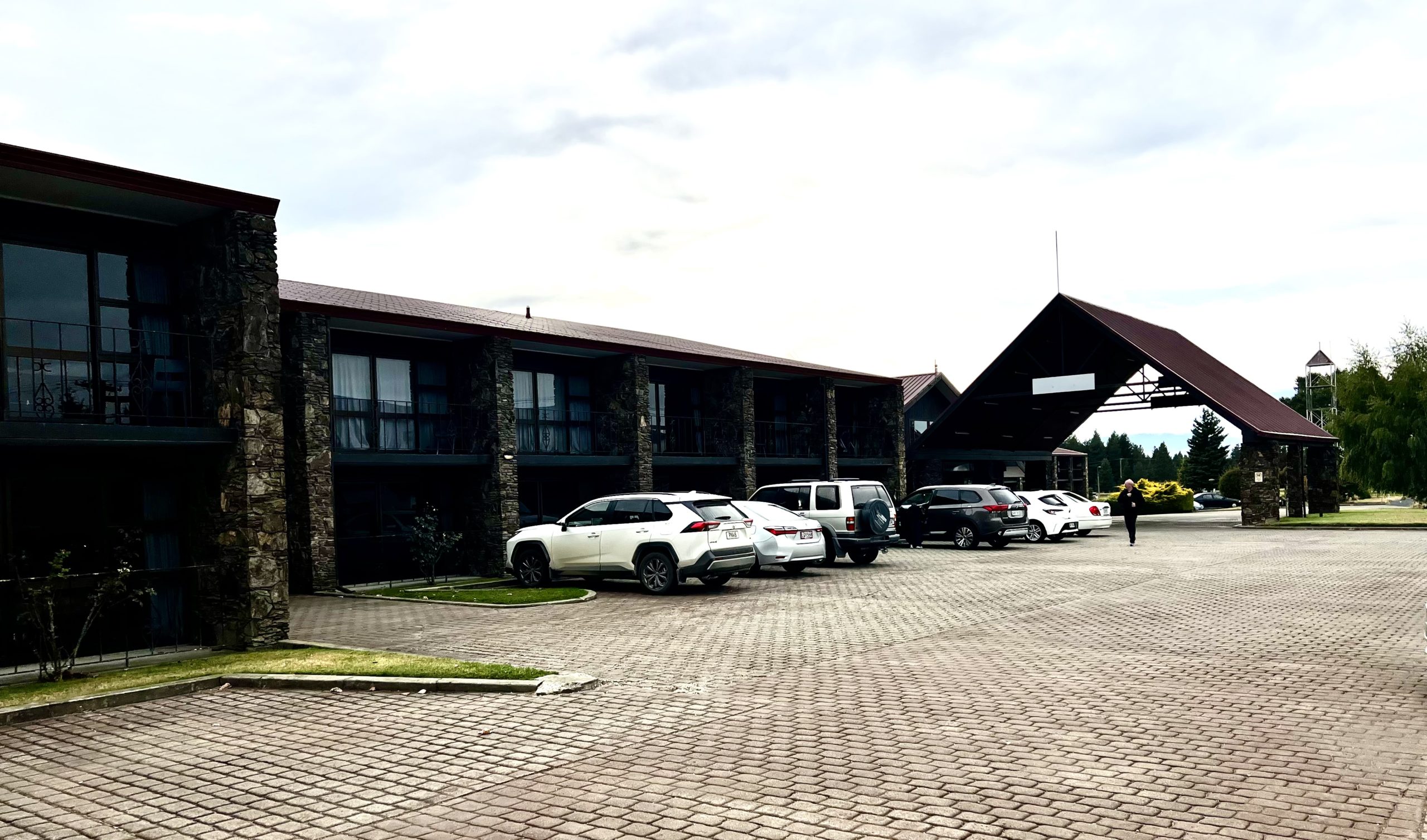
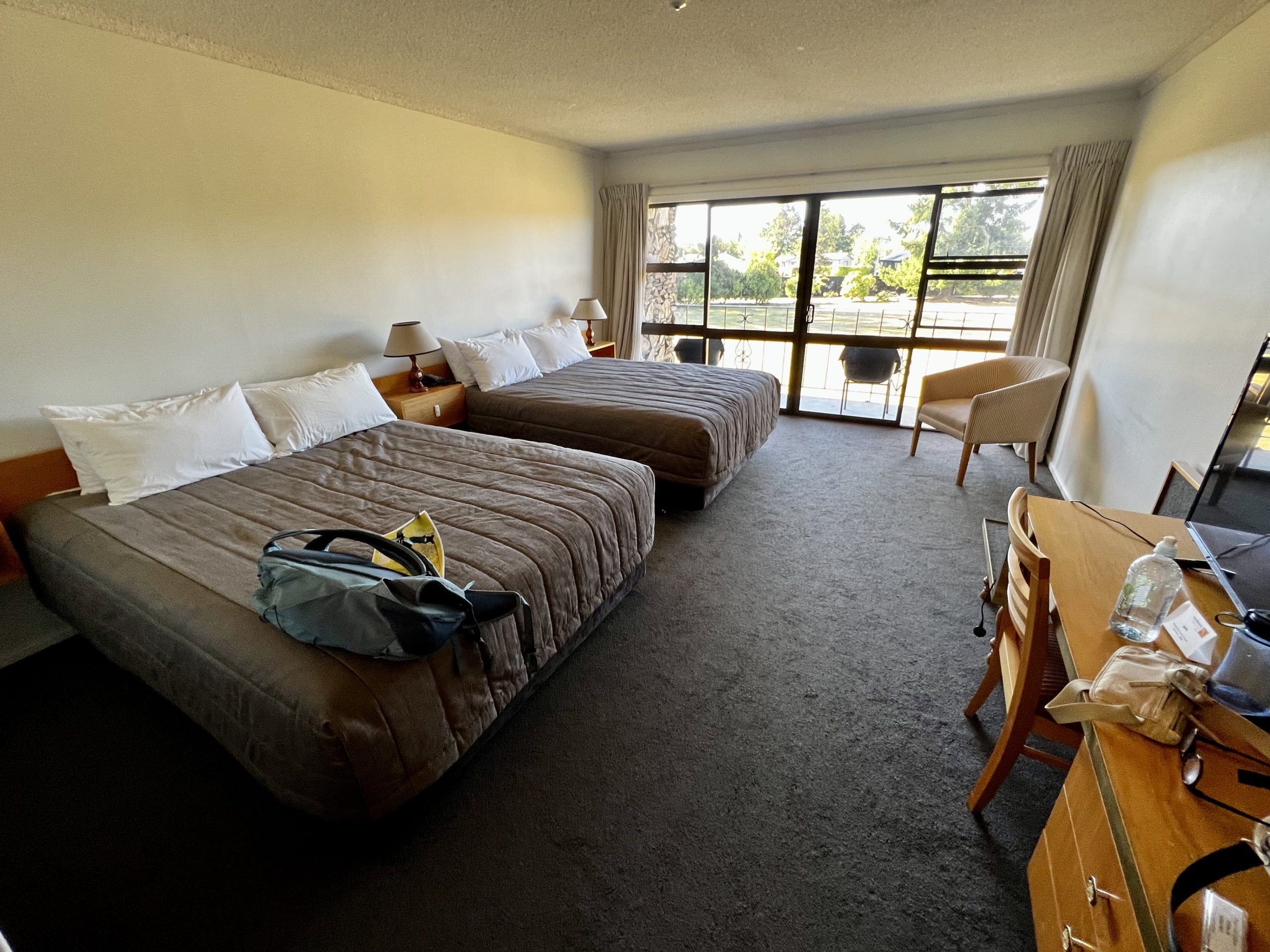
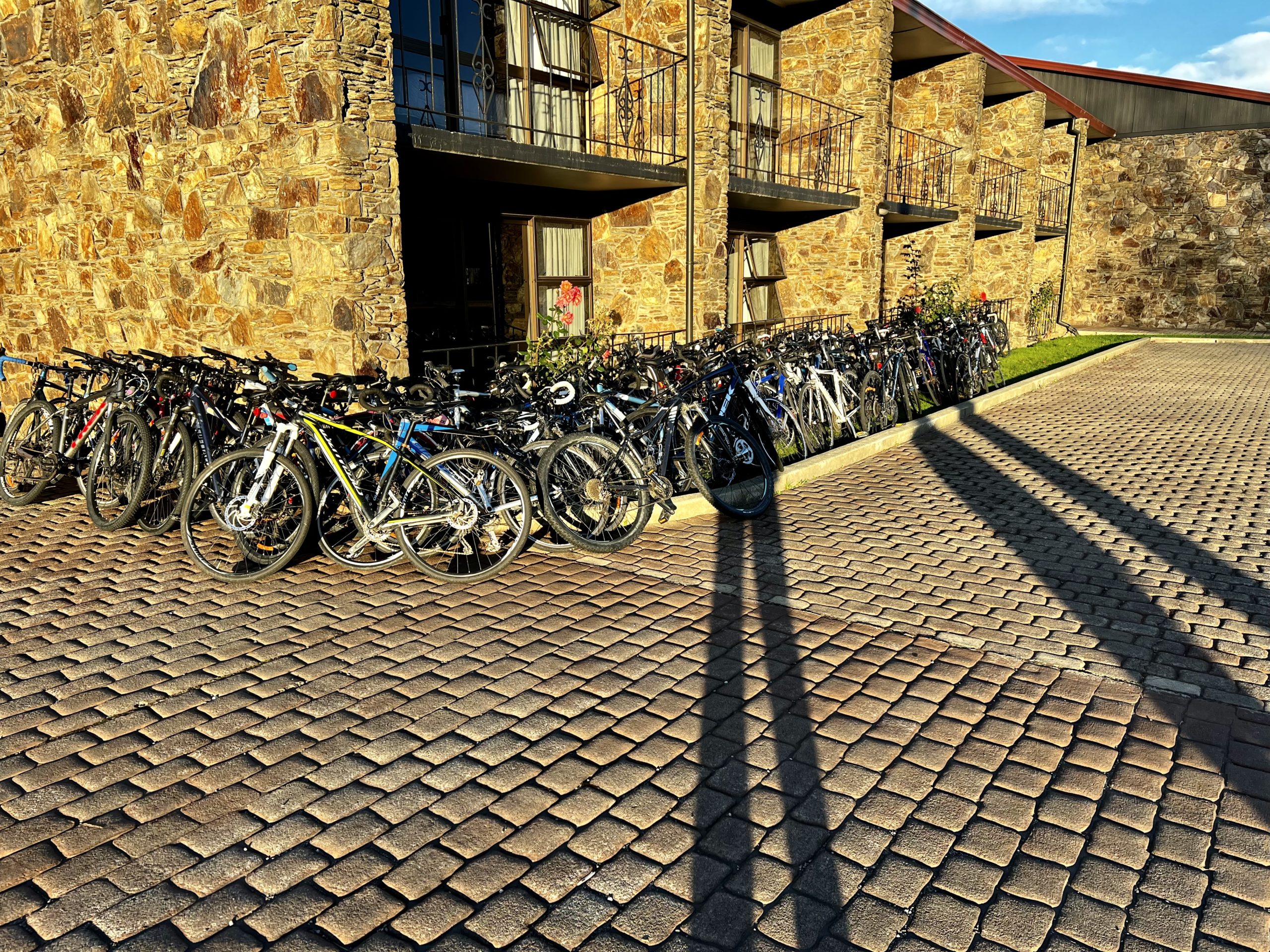
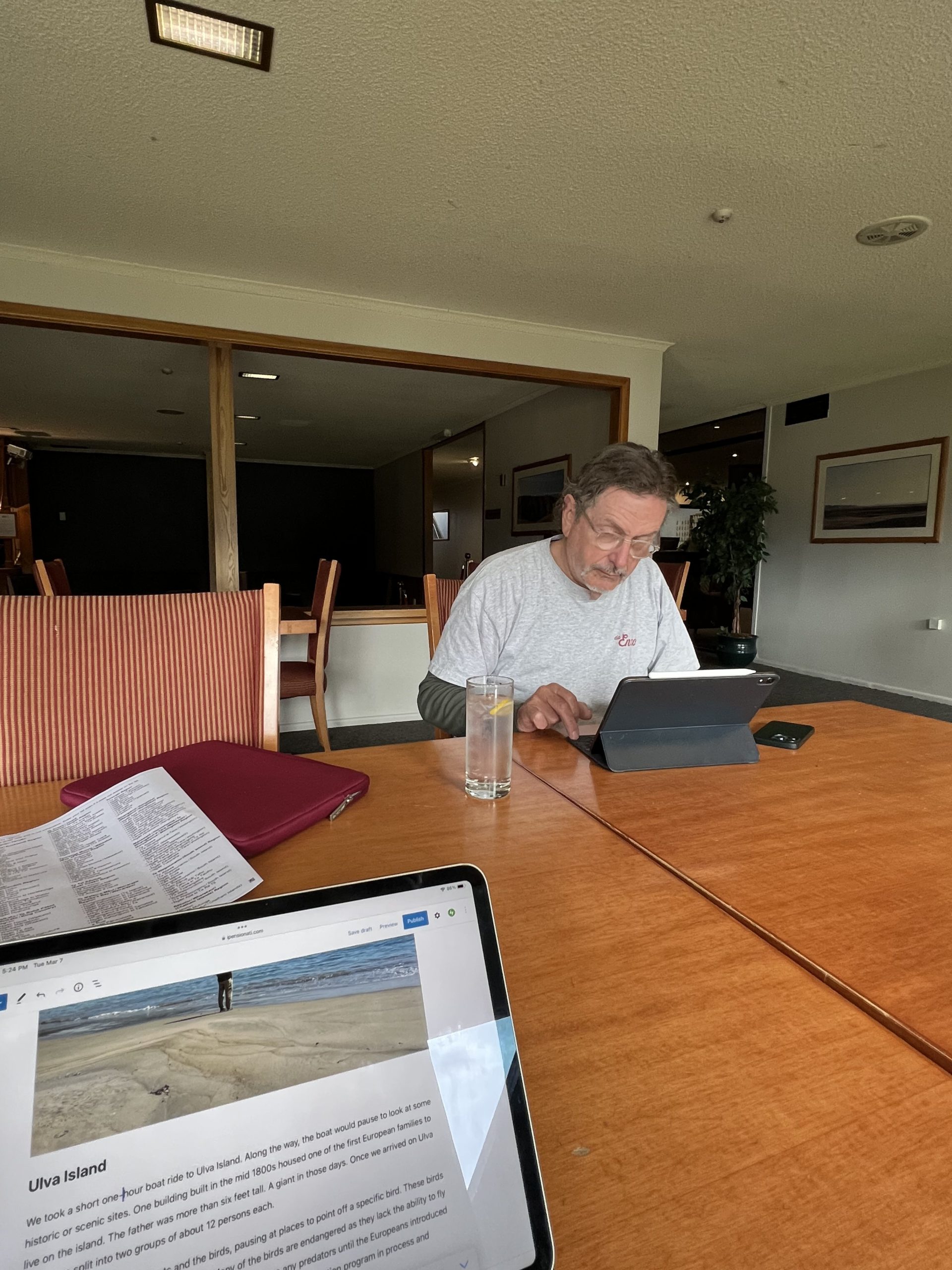
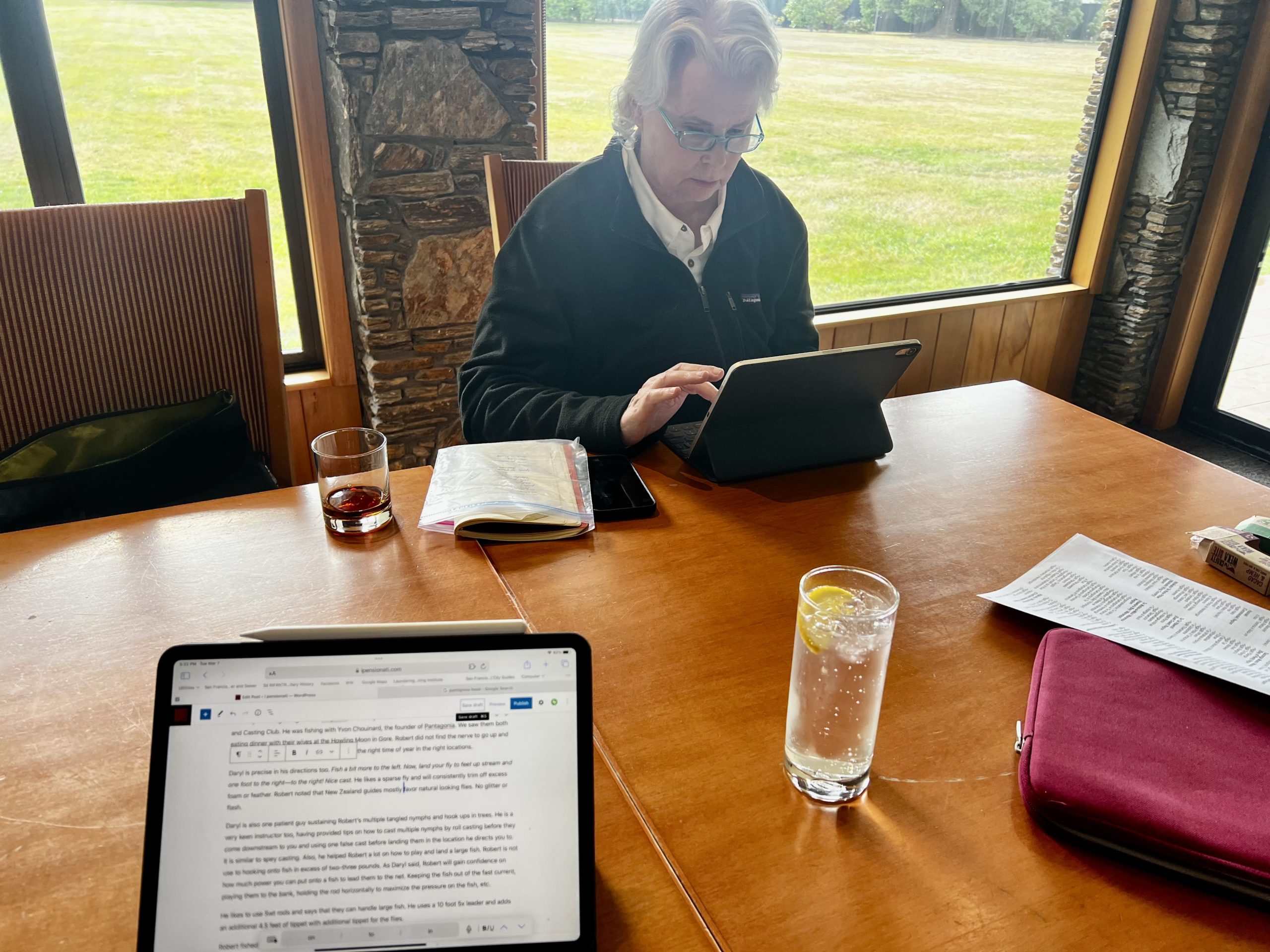
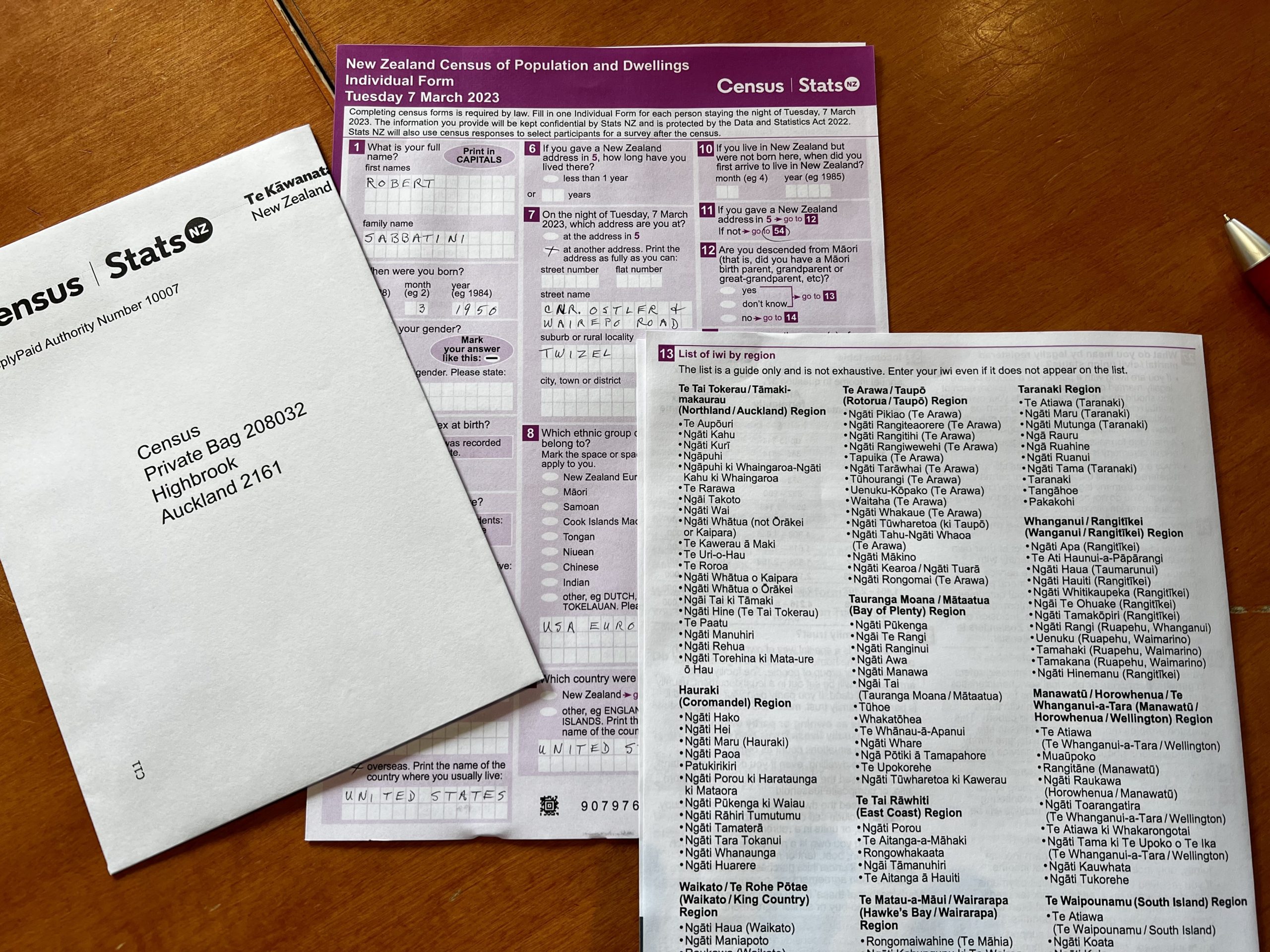
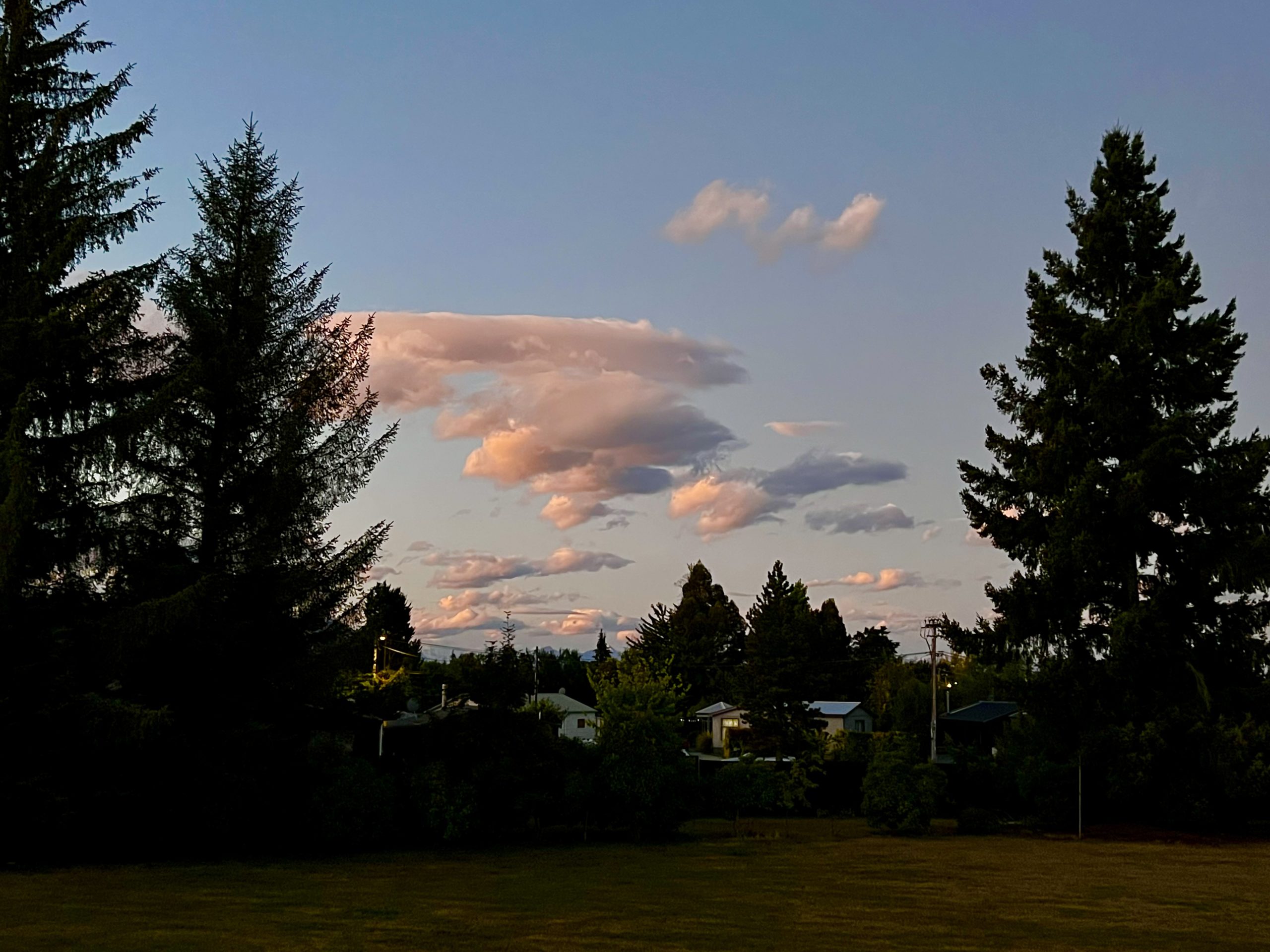
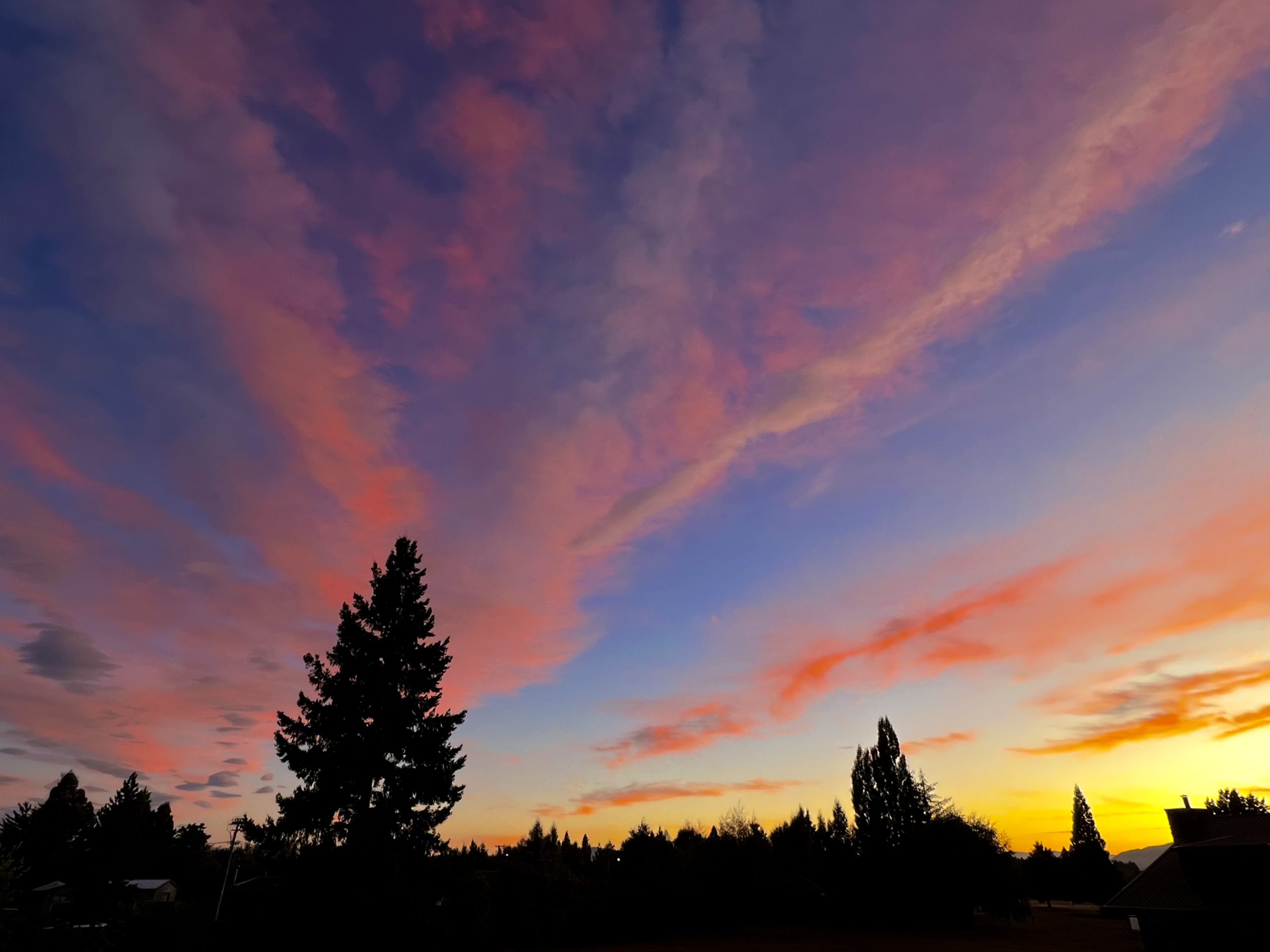
Strolling Twizel
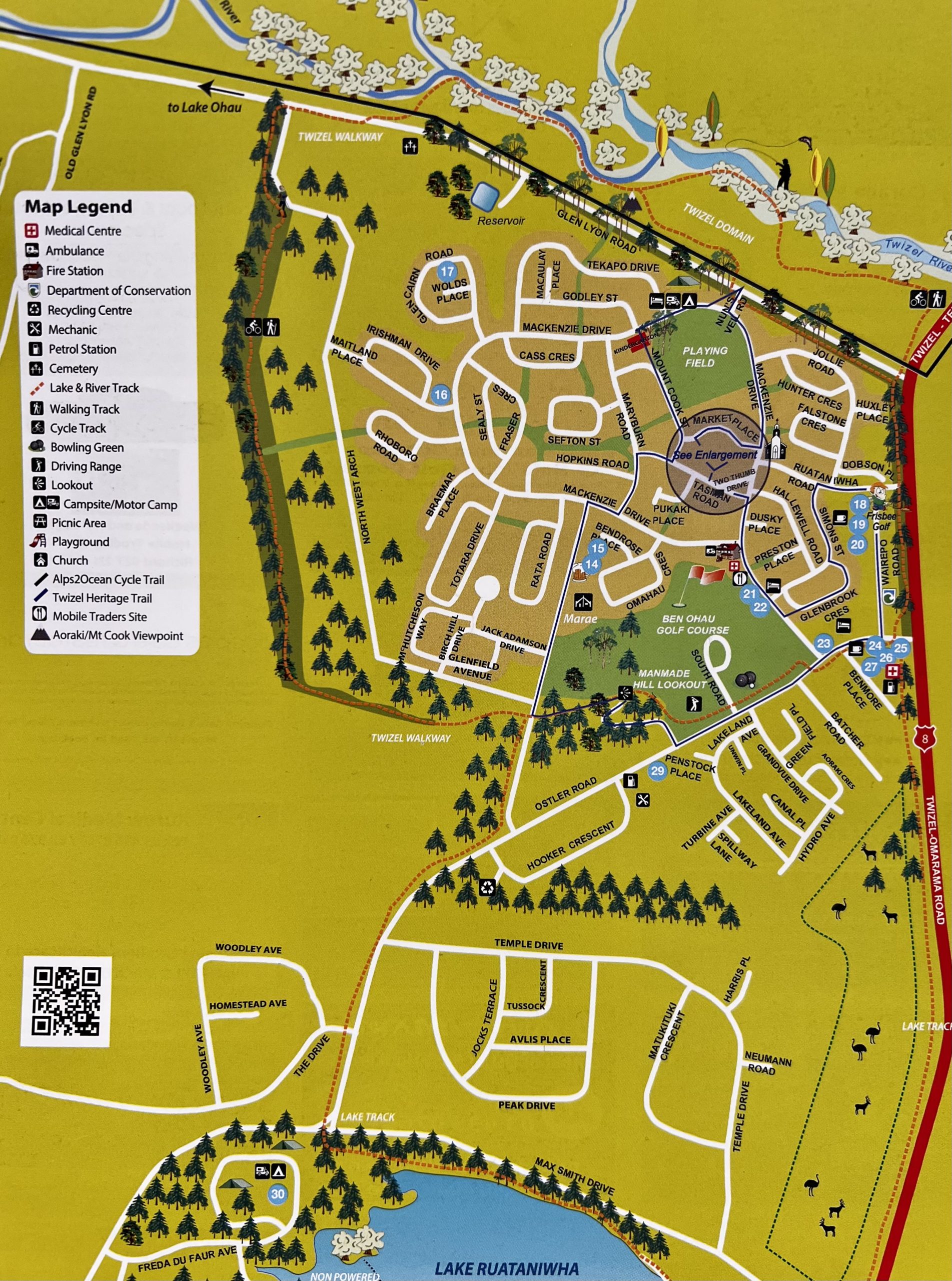
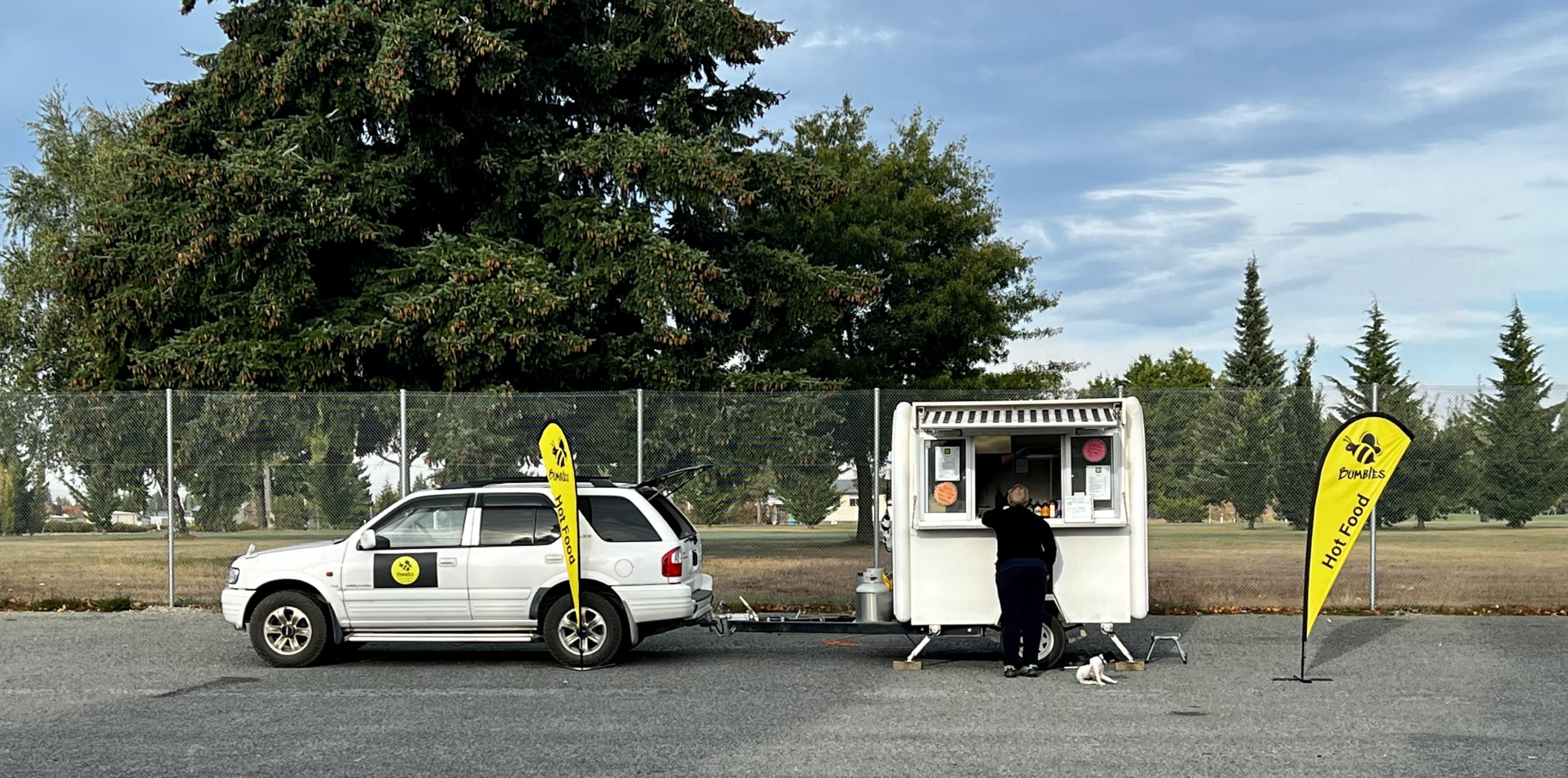
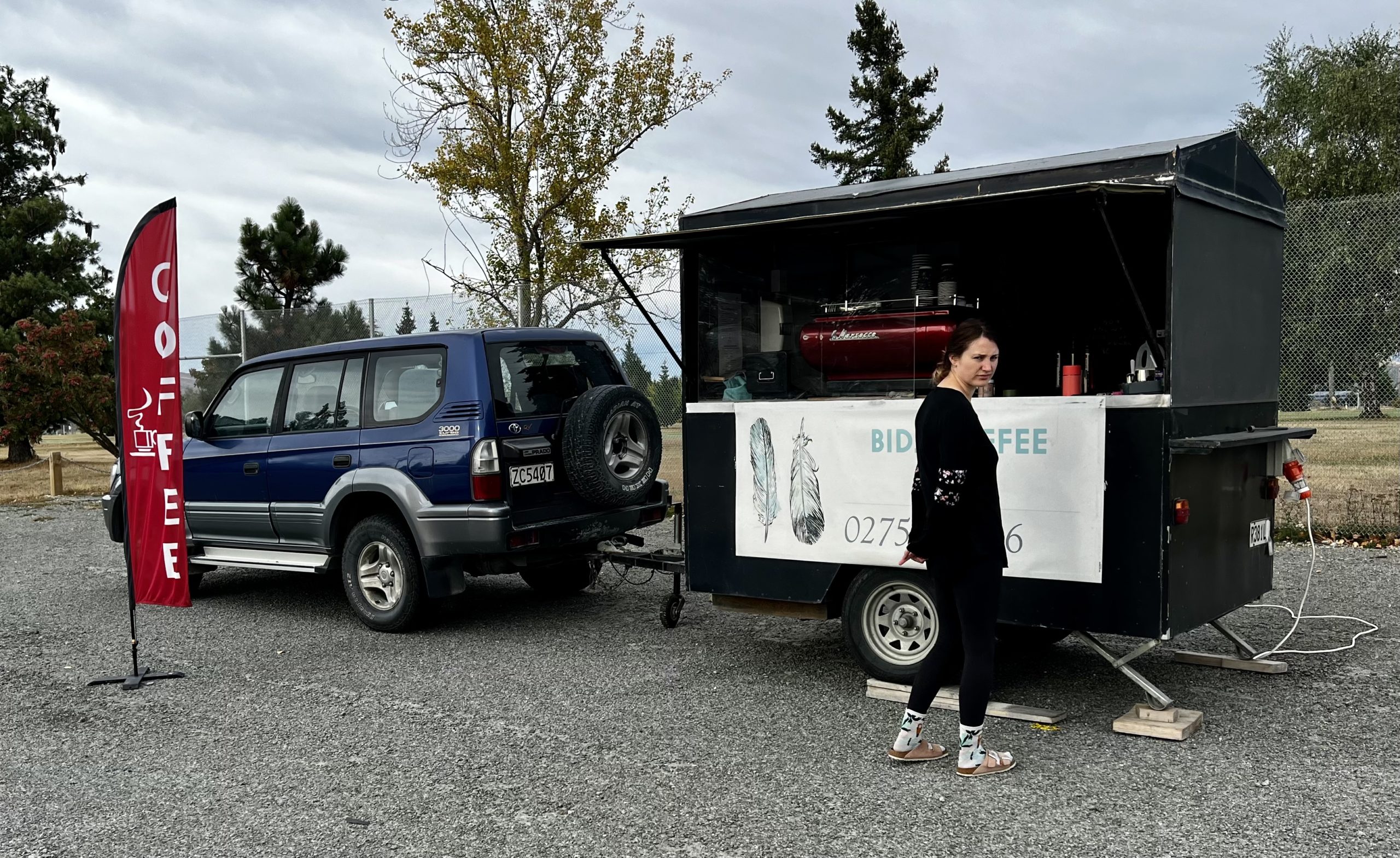
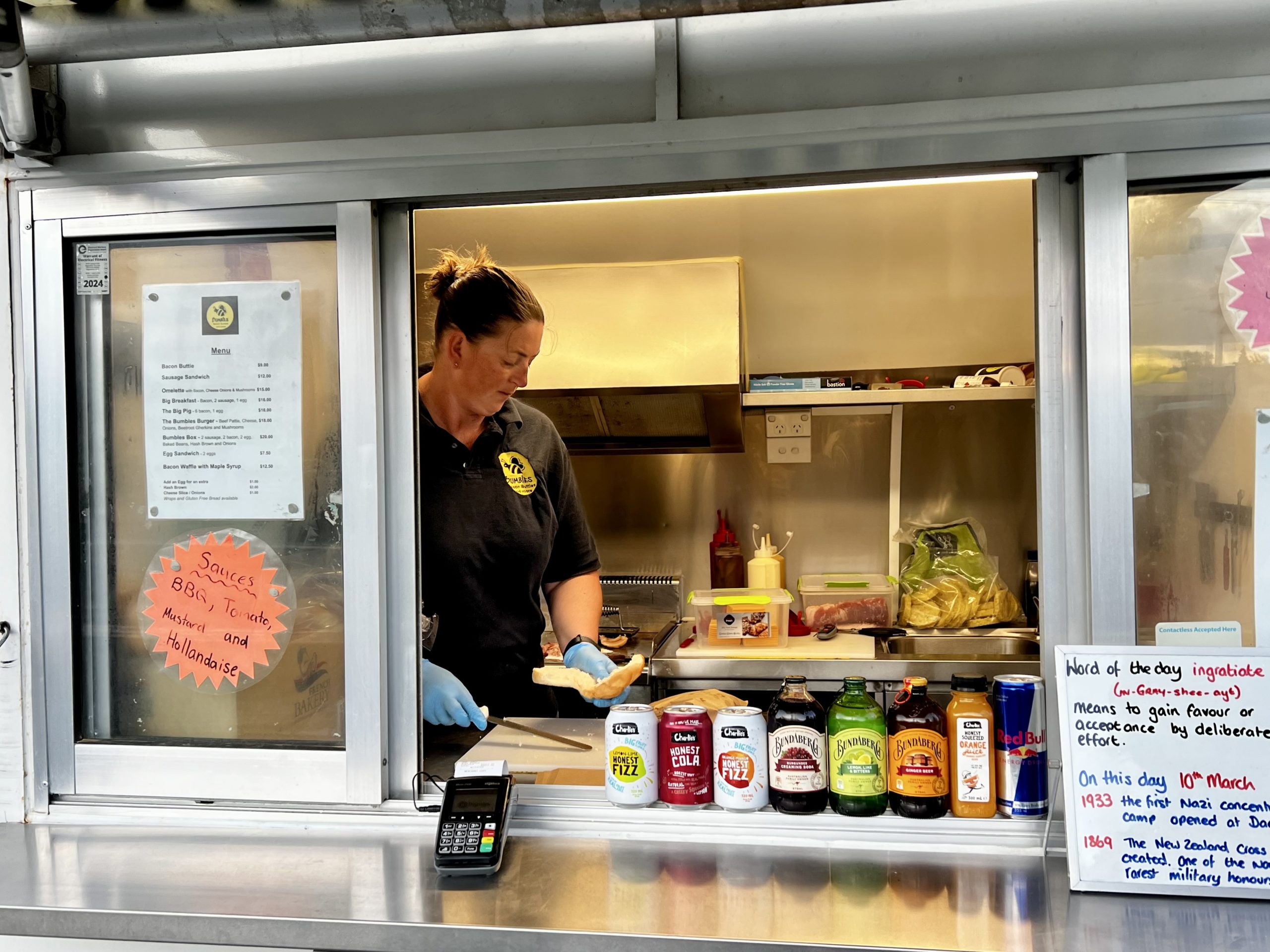
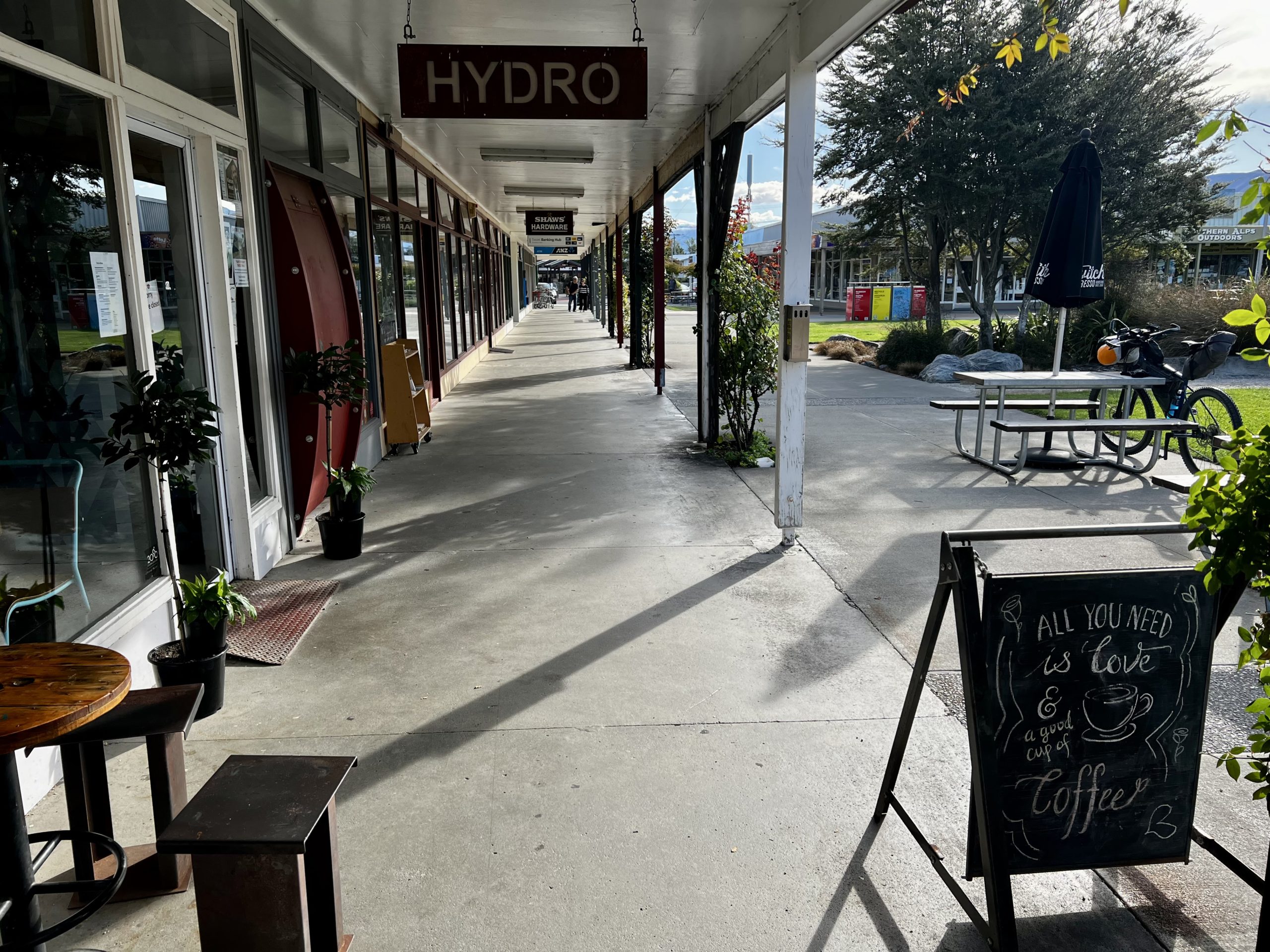
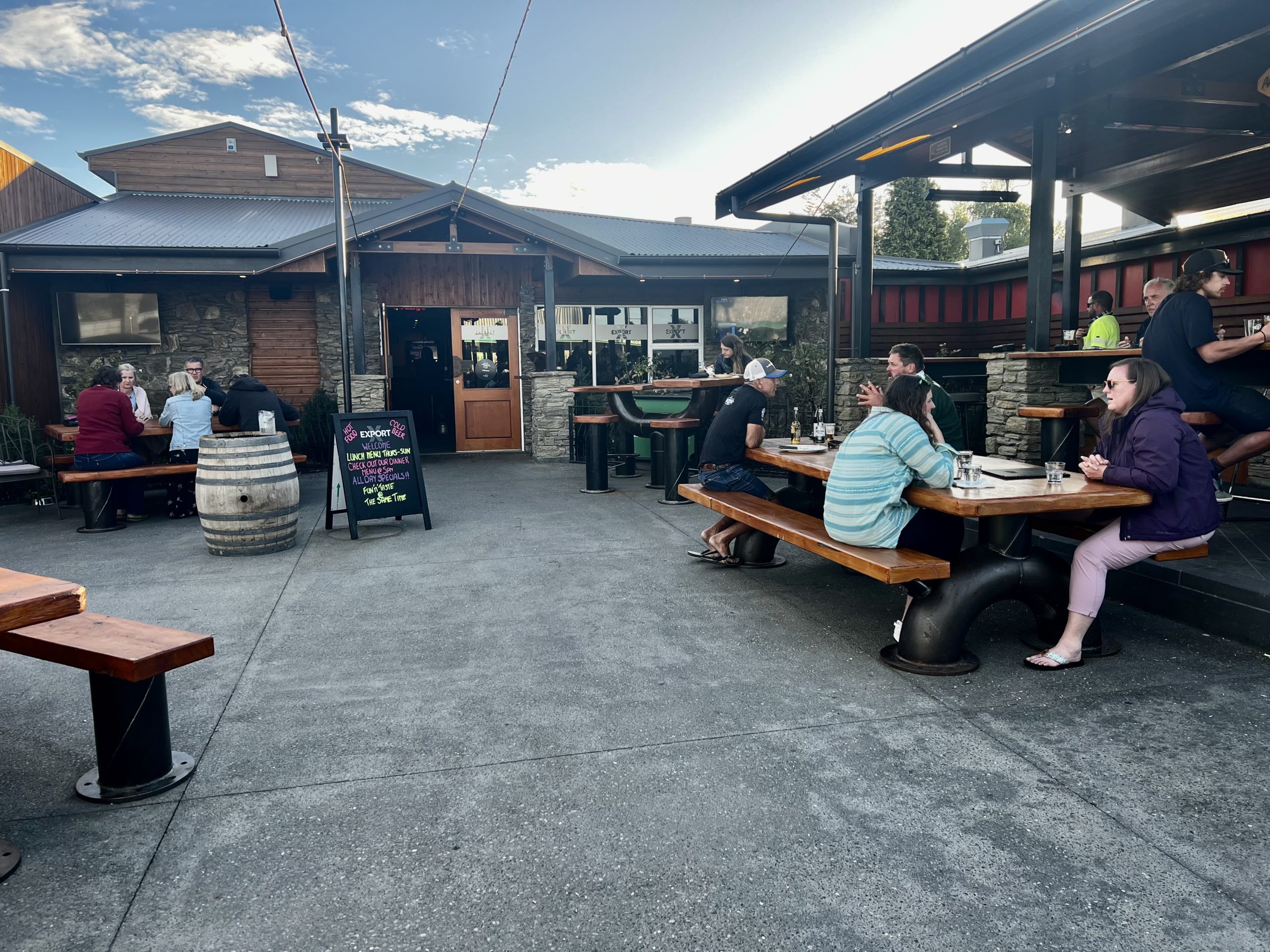
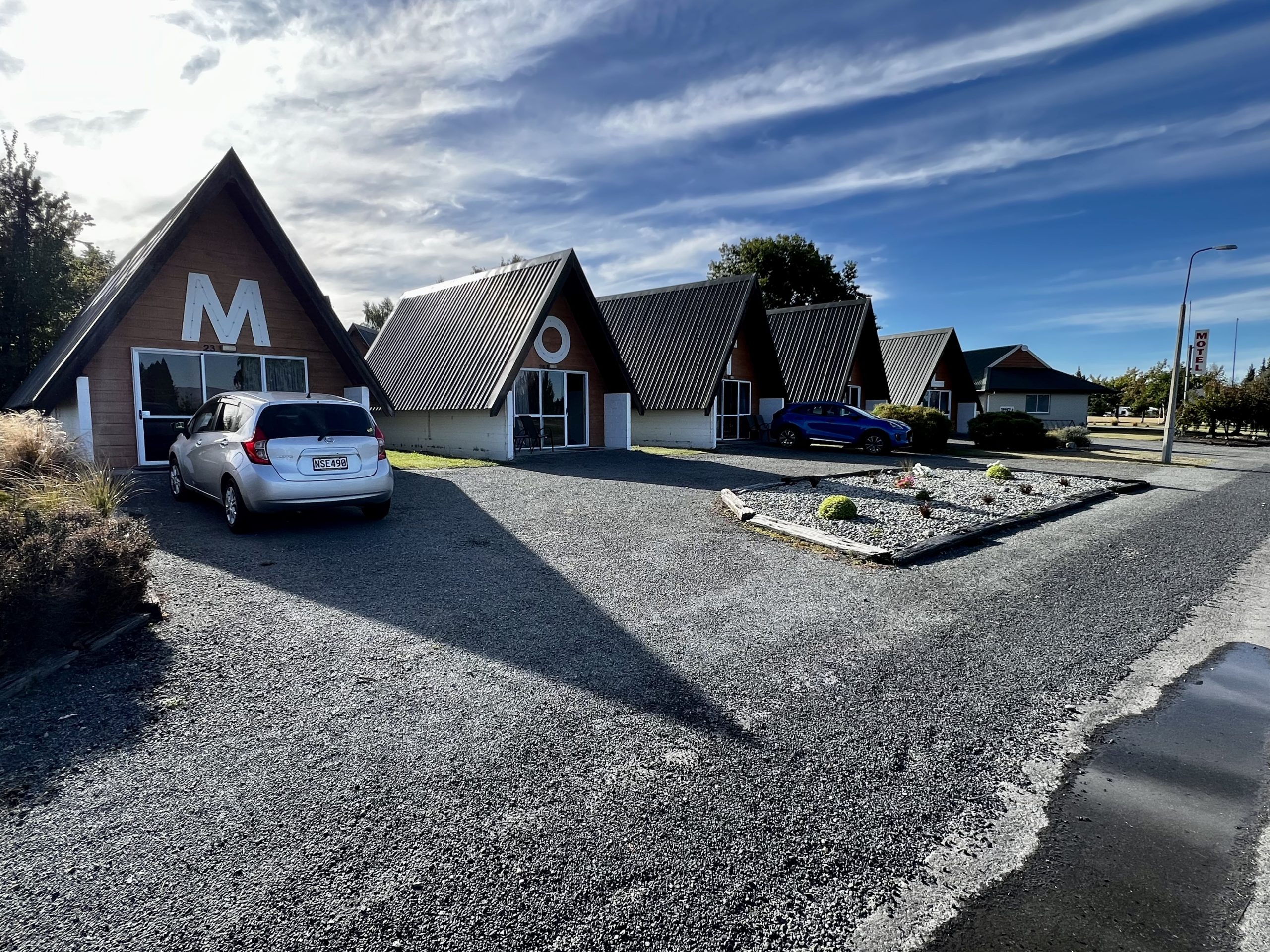
Anoraki/Mount Cook
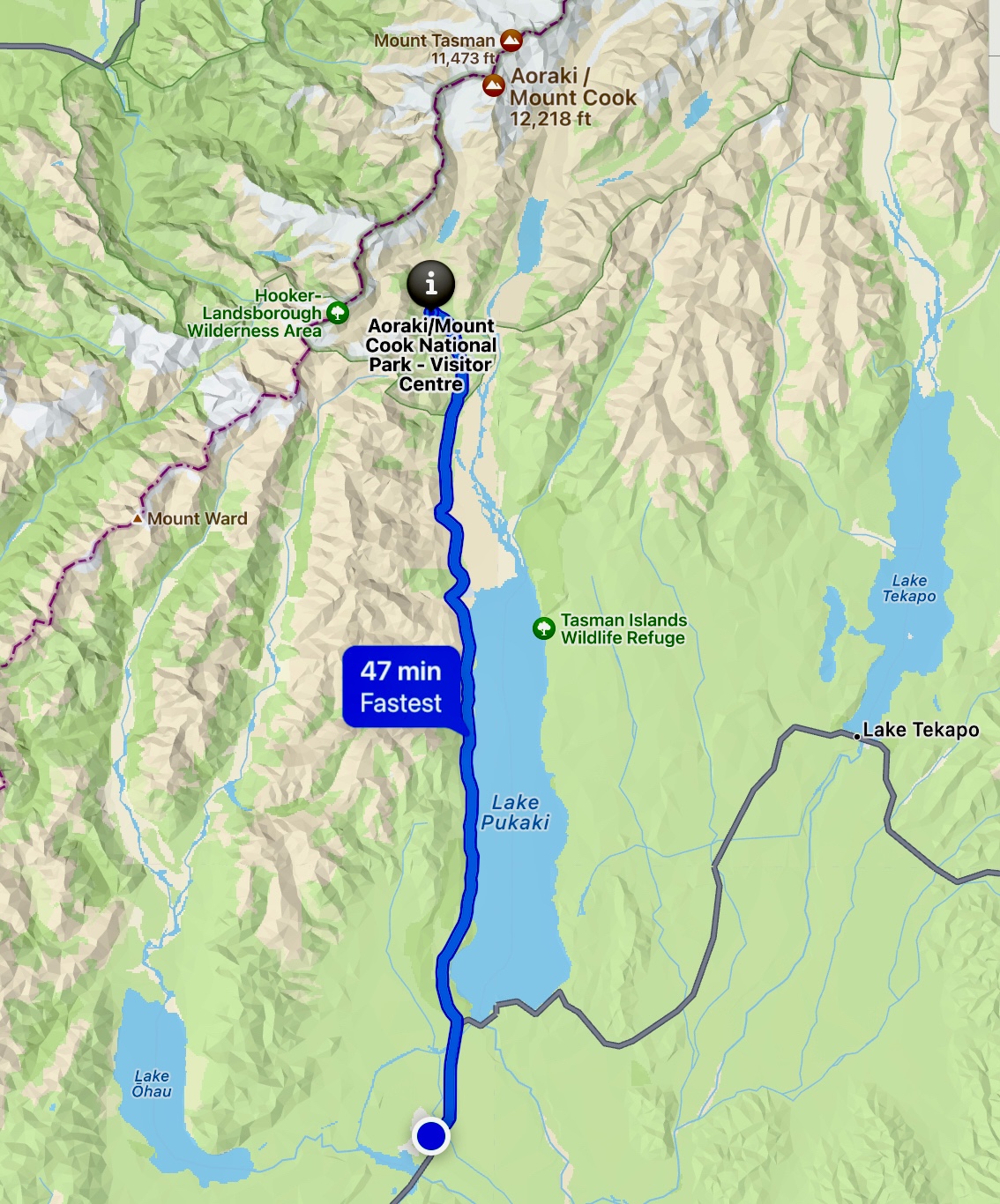
Mount Cook, in New Zealand’s Southern Alps, is the tallest mountain in Australasia at 12,218 feet. It is spectacularly beautiful. Bonnie remembers being wowed by it when she was a teenager. Mount Cook offers a magnificent scene that unveils itself as you make the journey. In the traditions of the Ngāi Tahu Māoris, the mountain was named Te Waka o Aoraki (“Aoraki’s Canoe”). Others romantically interpret the mountain’s name as “Cloud Piercer.” The underlying tectonic plates continue to lift the mountain at a rate of more than a quarter inch a year. We spent a day driving to the tourist village and visitor center.
The Mount Cook National Park is an immense property managed by the New Zealand Department of Conservation. Everyone refers to it as “doc.” DOC manages a full thirty percent of the land in the country. This includes some grazing and timber properties as well as nature reserves and national parks.
The Mount Cook visitor center lived up to the glowing reviews Bonnie read online. You enter the modest building through a narrow entryway. The passage then abruptly opens up to spectacular view of Mount Cook through a window on the far wall. Circular sweeps of metal embrace the view. Very dramatic. Perfectly executed. The center’s excellent exhibits range from the culture of those who inhabited the area prior to the British, the British who explored the area, those who climbed the mountain at the turn of the last century, and the dramatic rescues over the past hundred years. The museum also contains exhibits on geology, flora, and fauna of the area. In one room, about ten black books lie on a shelf waiting for you to investigate. They give no clue to the contents except for a range of years on the cover. Each page inside commemorates a person who lost their life on the mountain. There is a description of the person, often with a photograph. Some died in climbing accidents, some were hit by falling rocks, others simply disappeared and were never found. Robert noted that most of those in the book for the 1970s were 20 to 28 years old. A thirty-year old woman who was hit by falling rock in 2007 was a graduate of UC Berkeley in urban planning. We felt we might have met her.
The Drive to Mount Cook

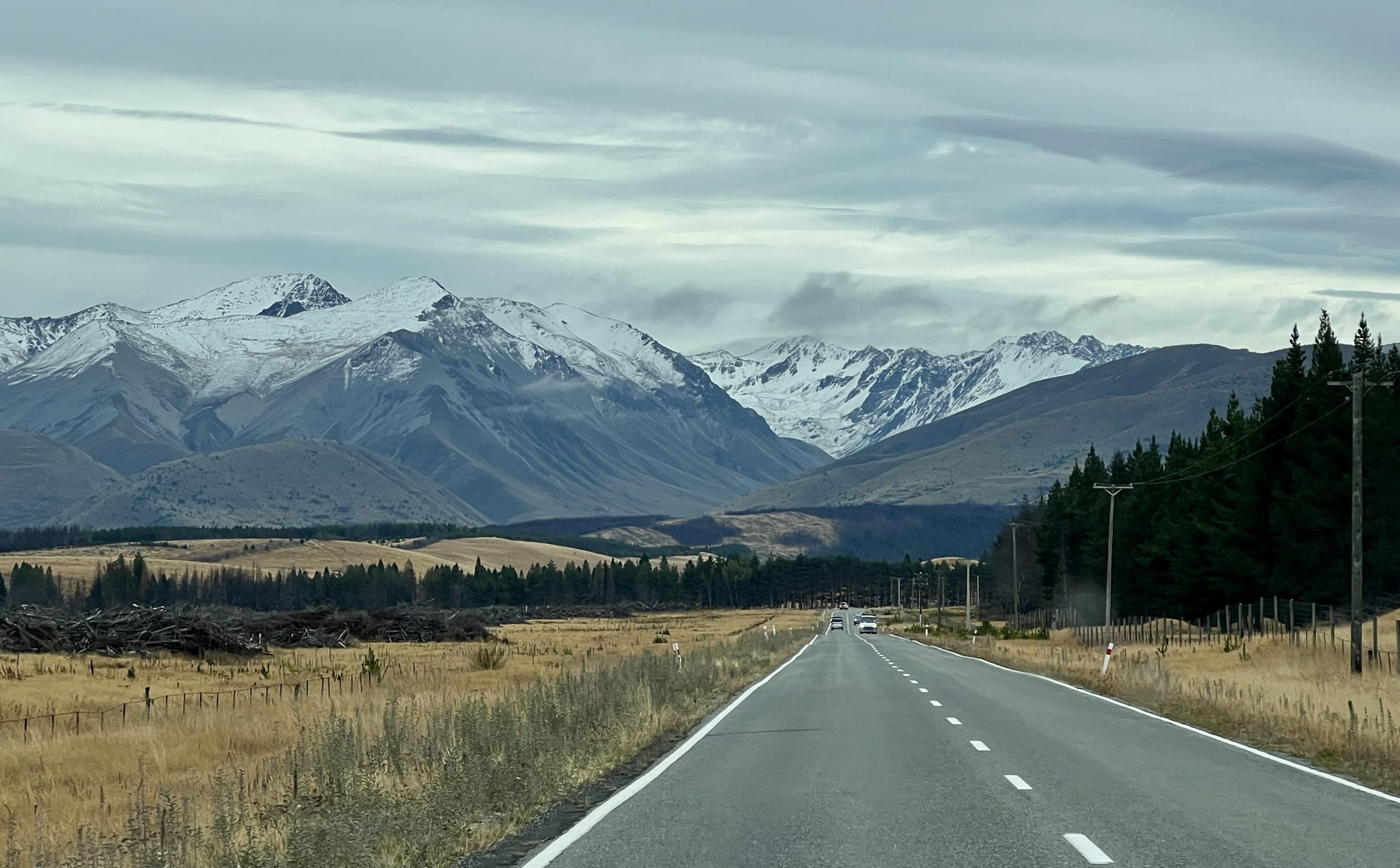
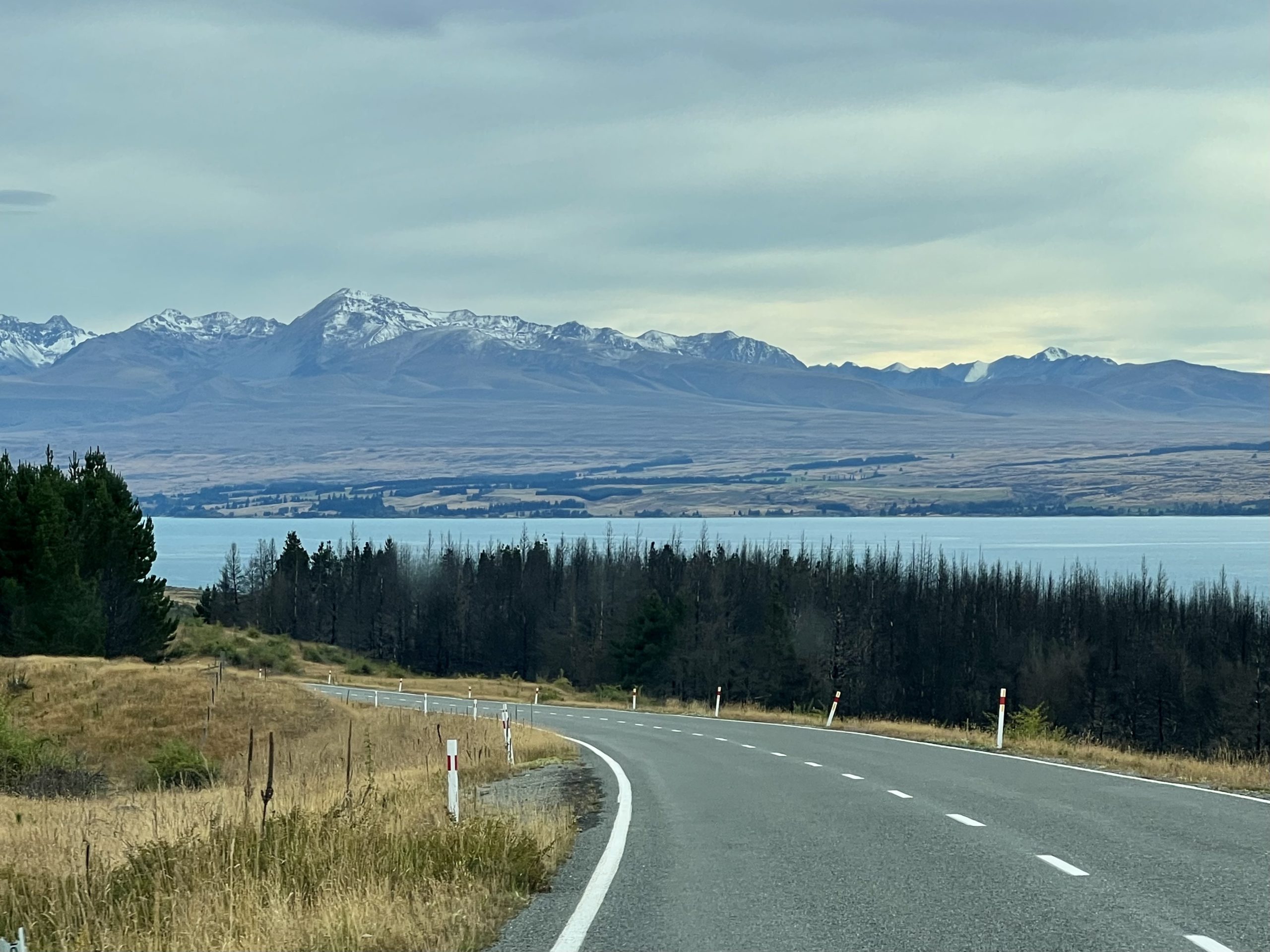
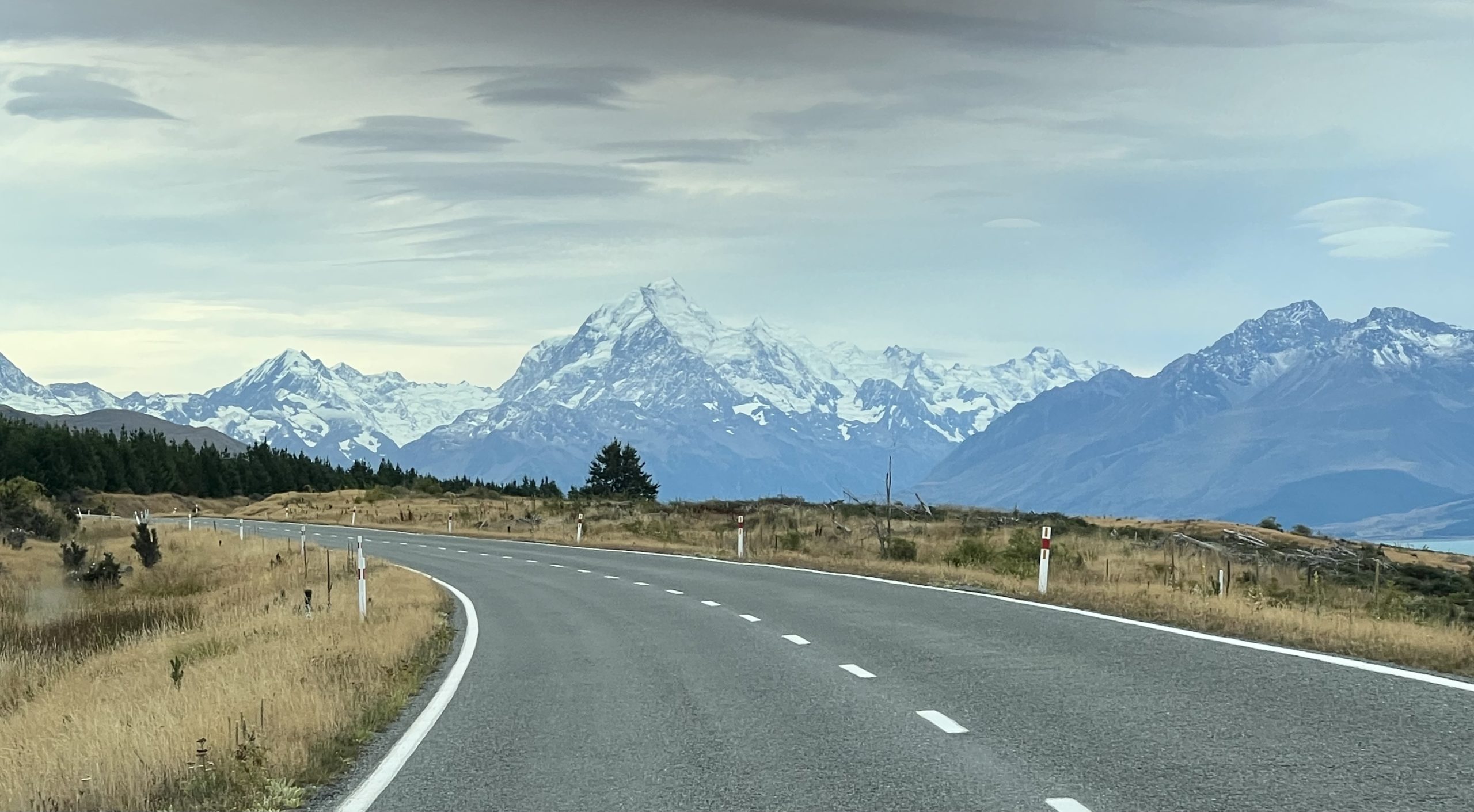
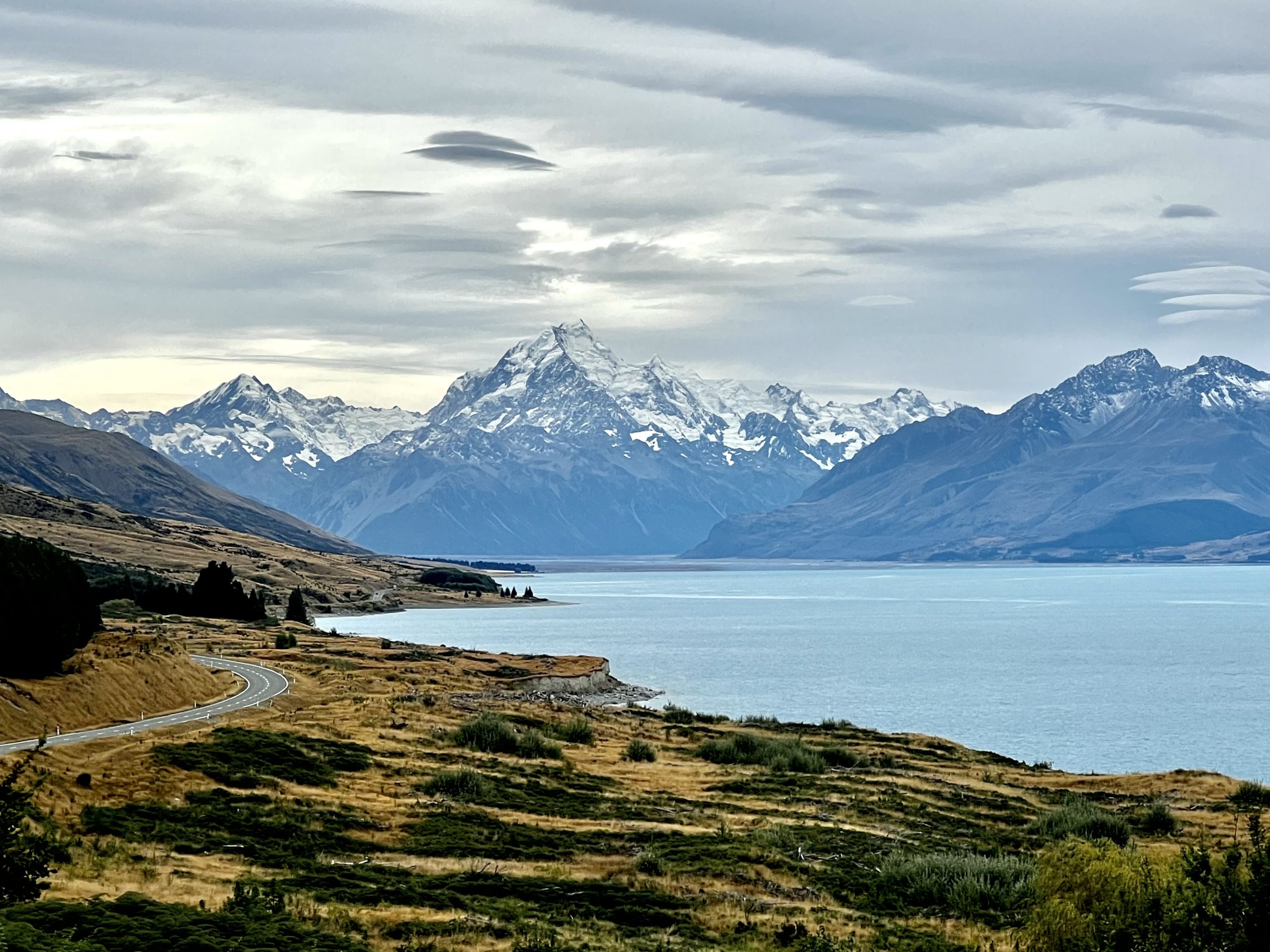
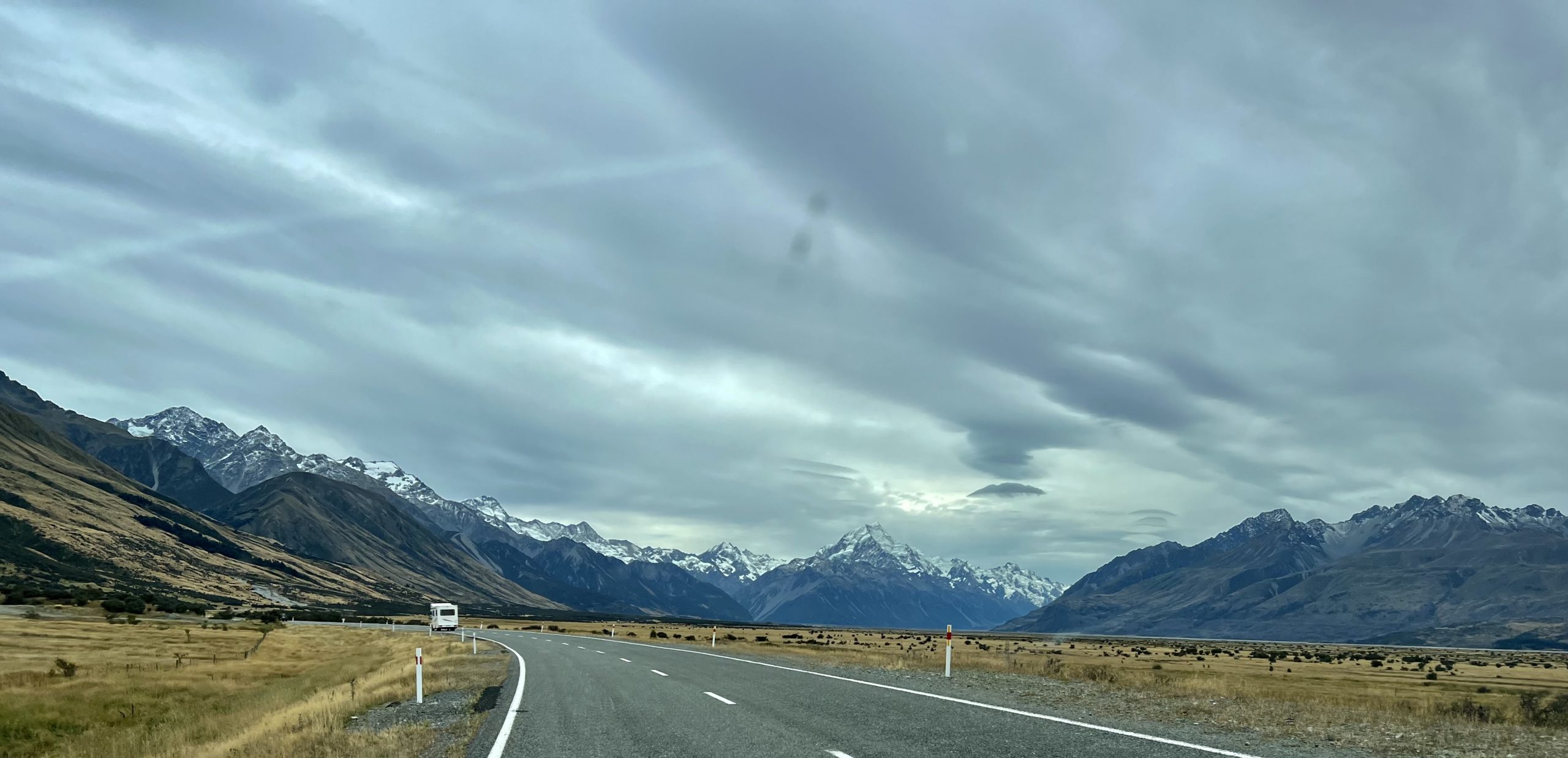
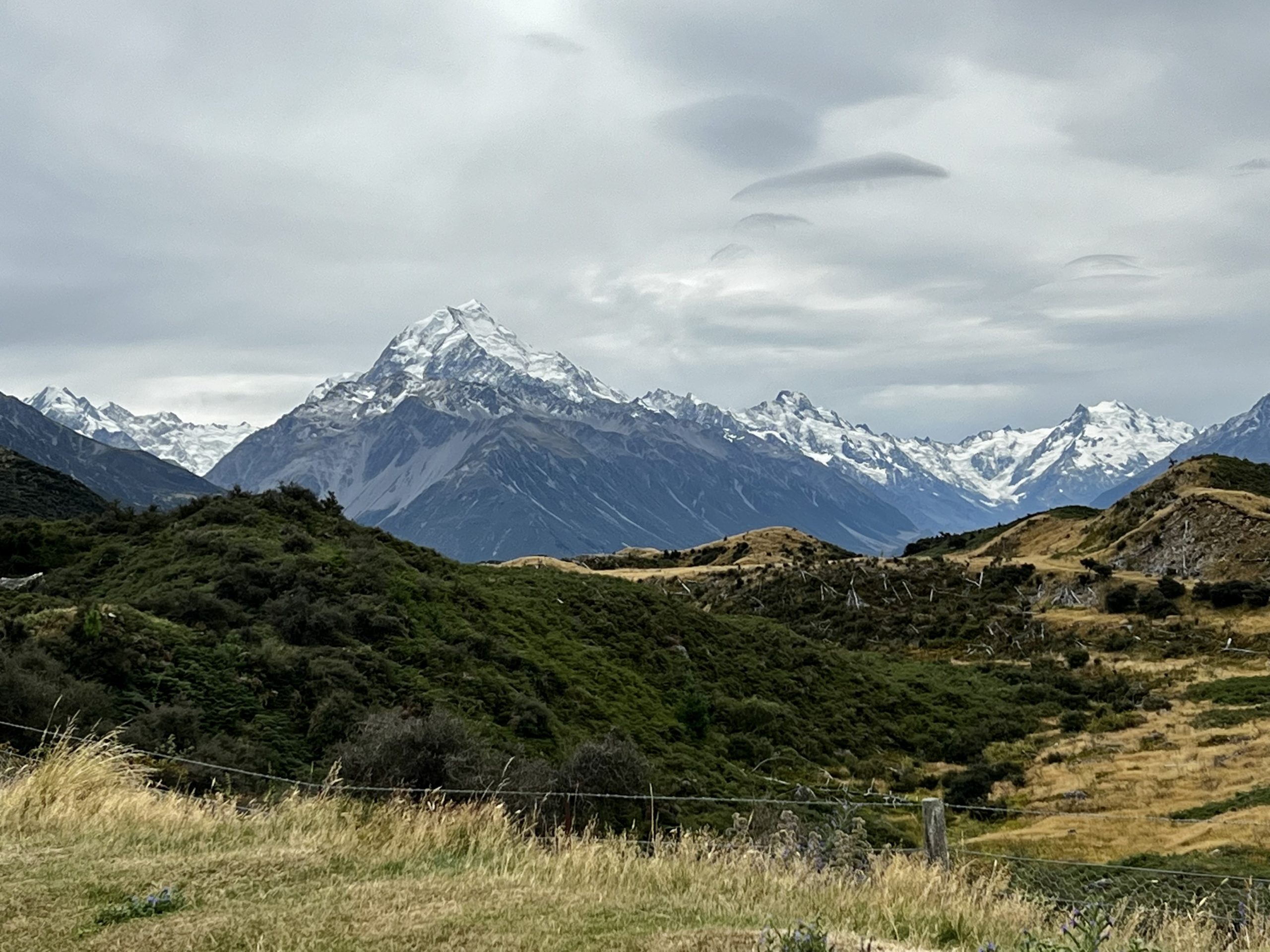
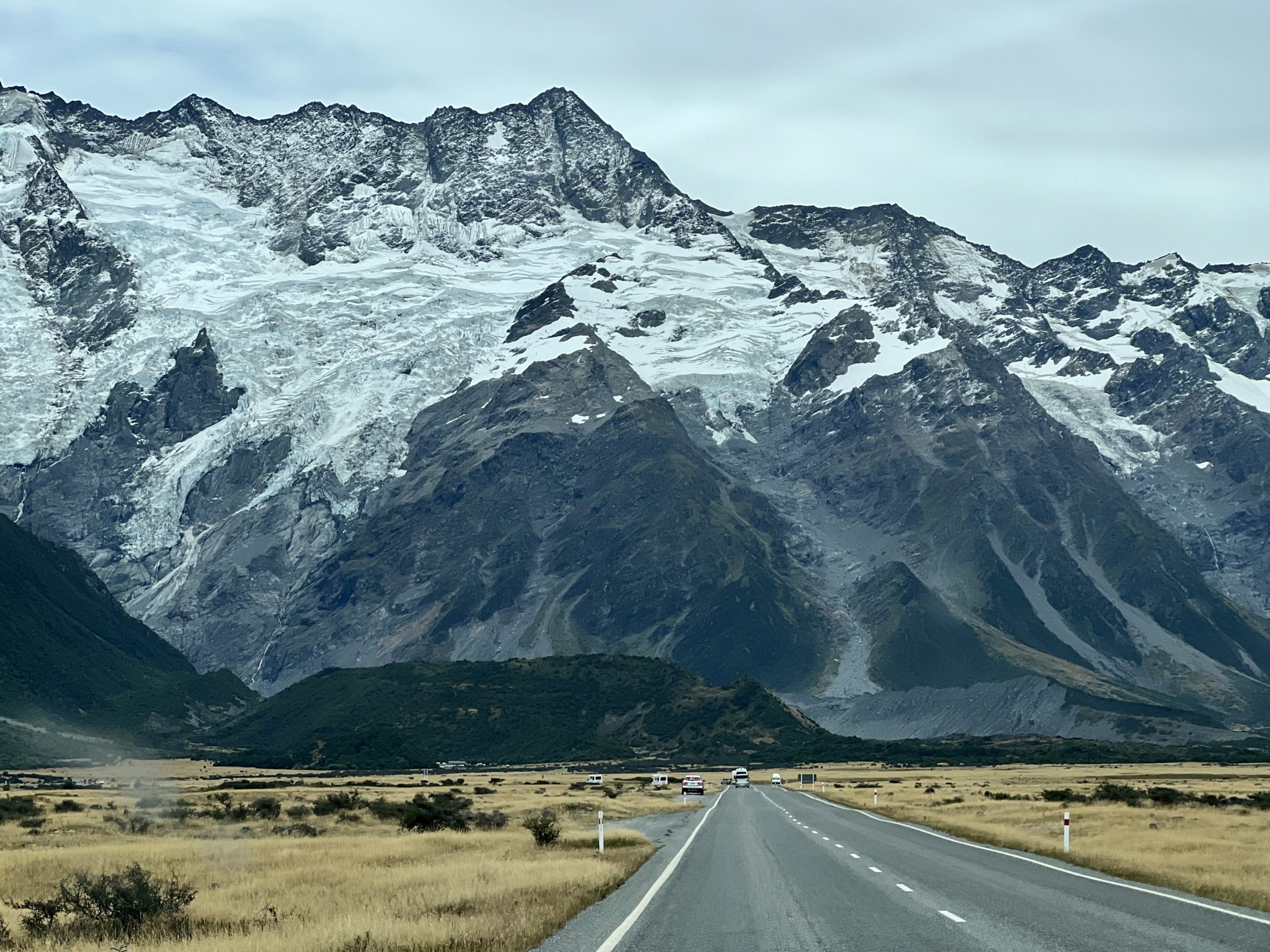
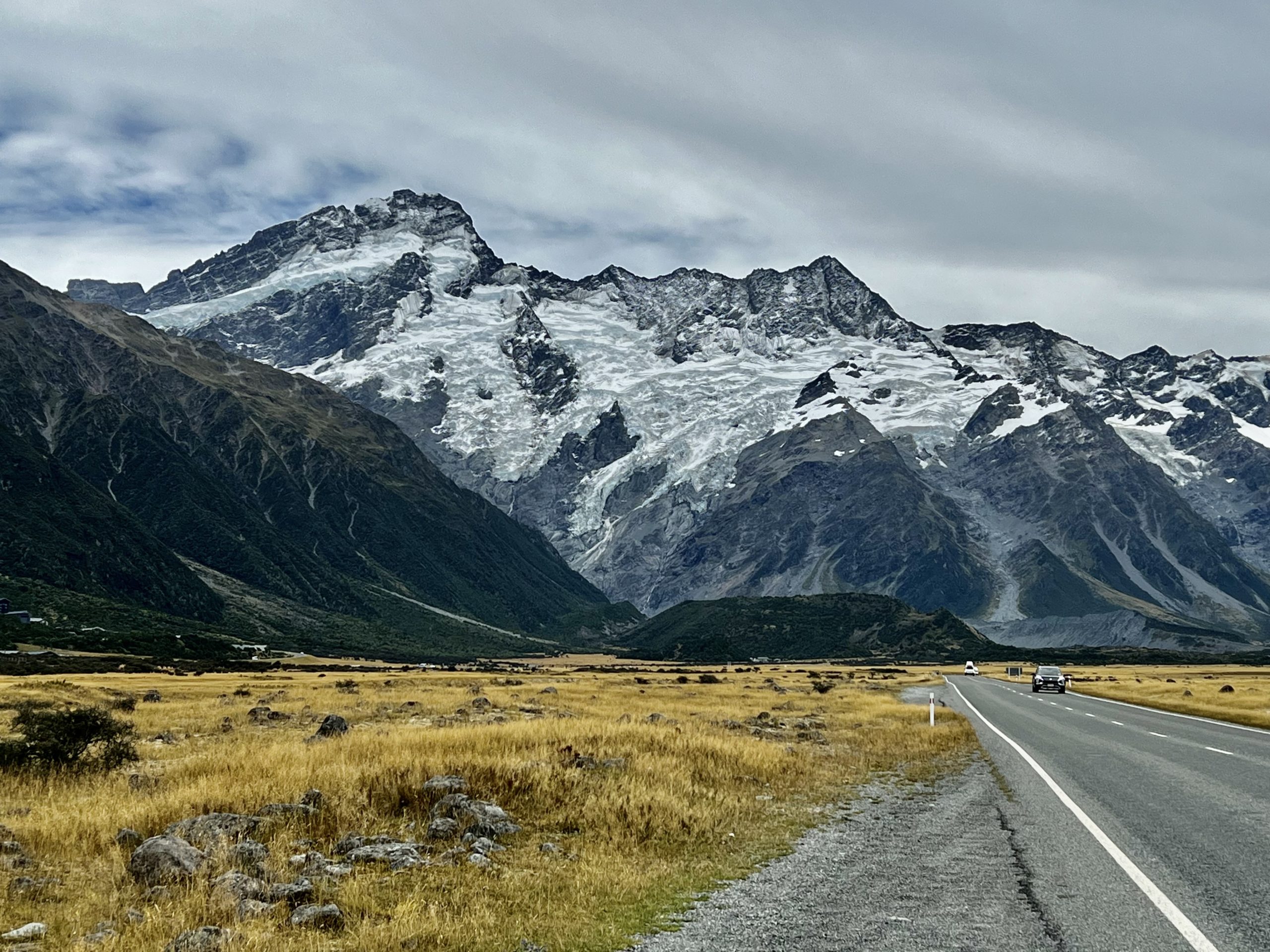
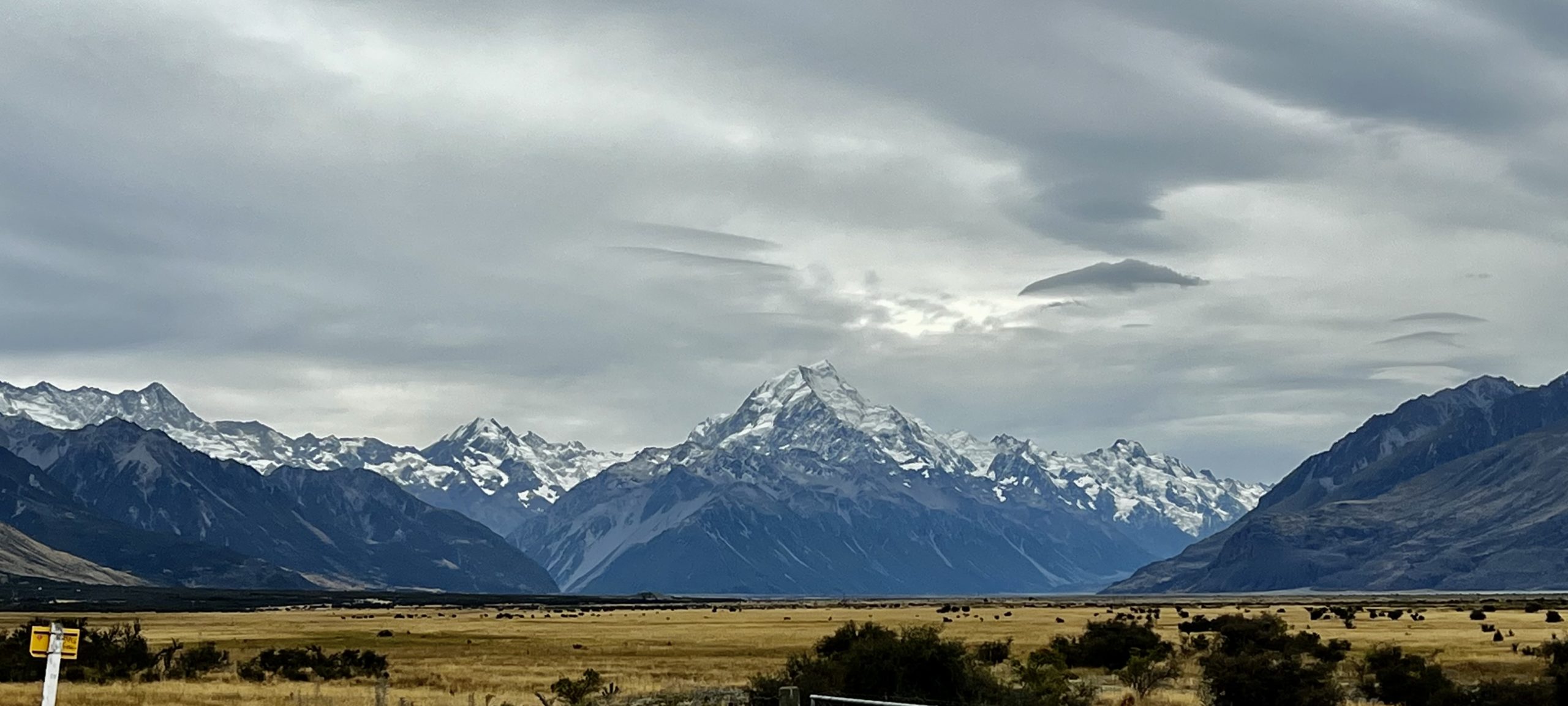
Lunch at the Hotel
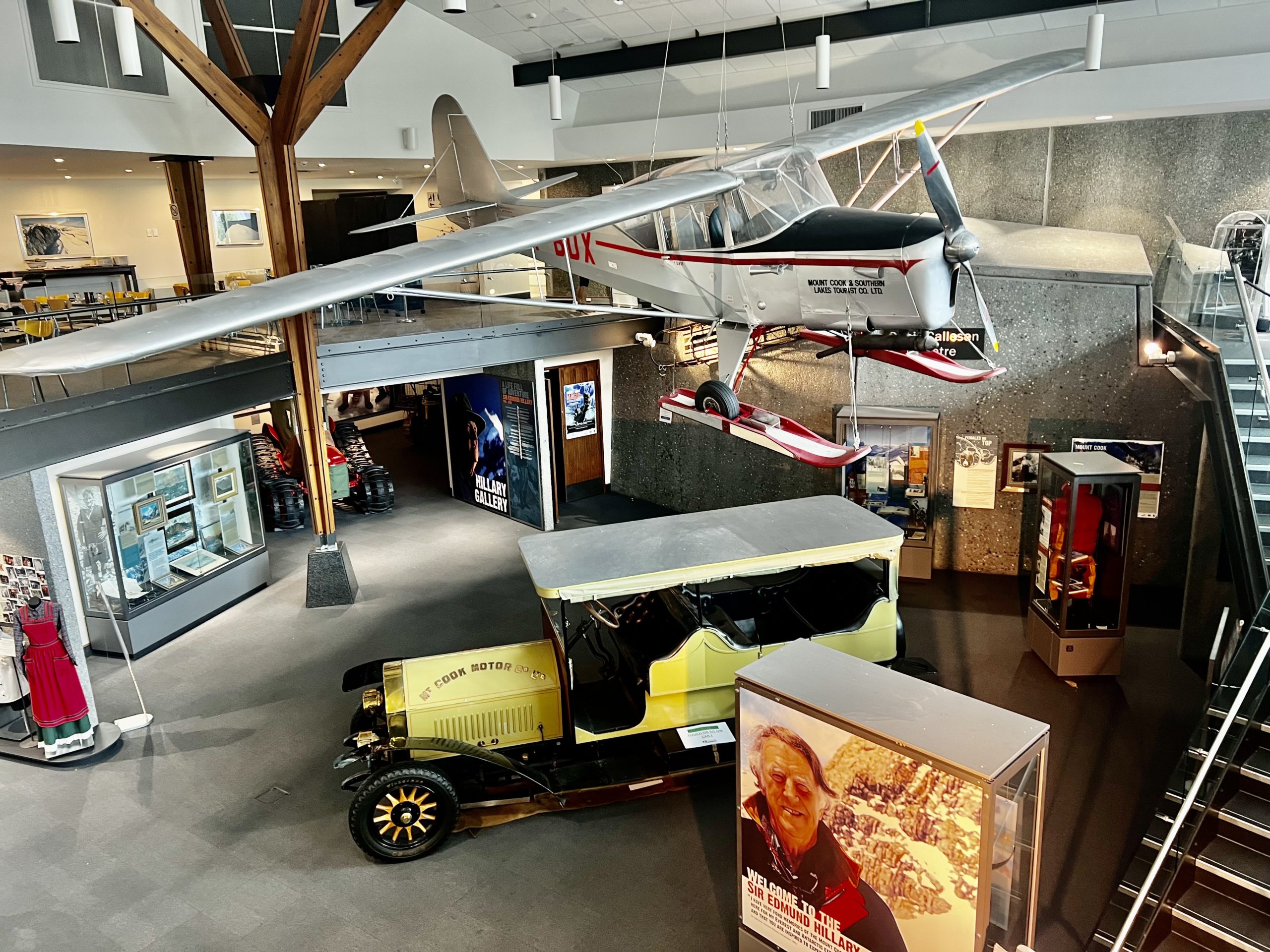
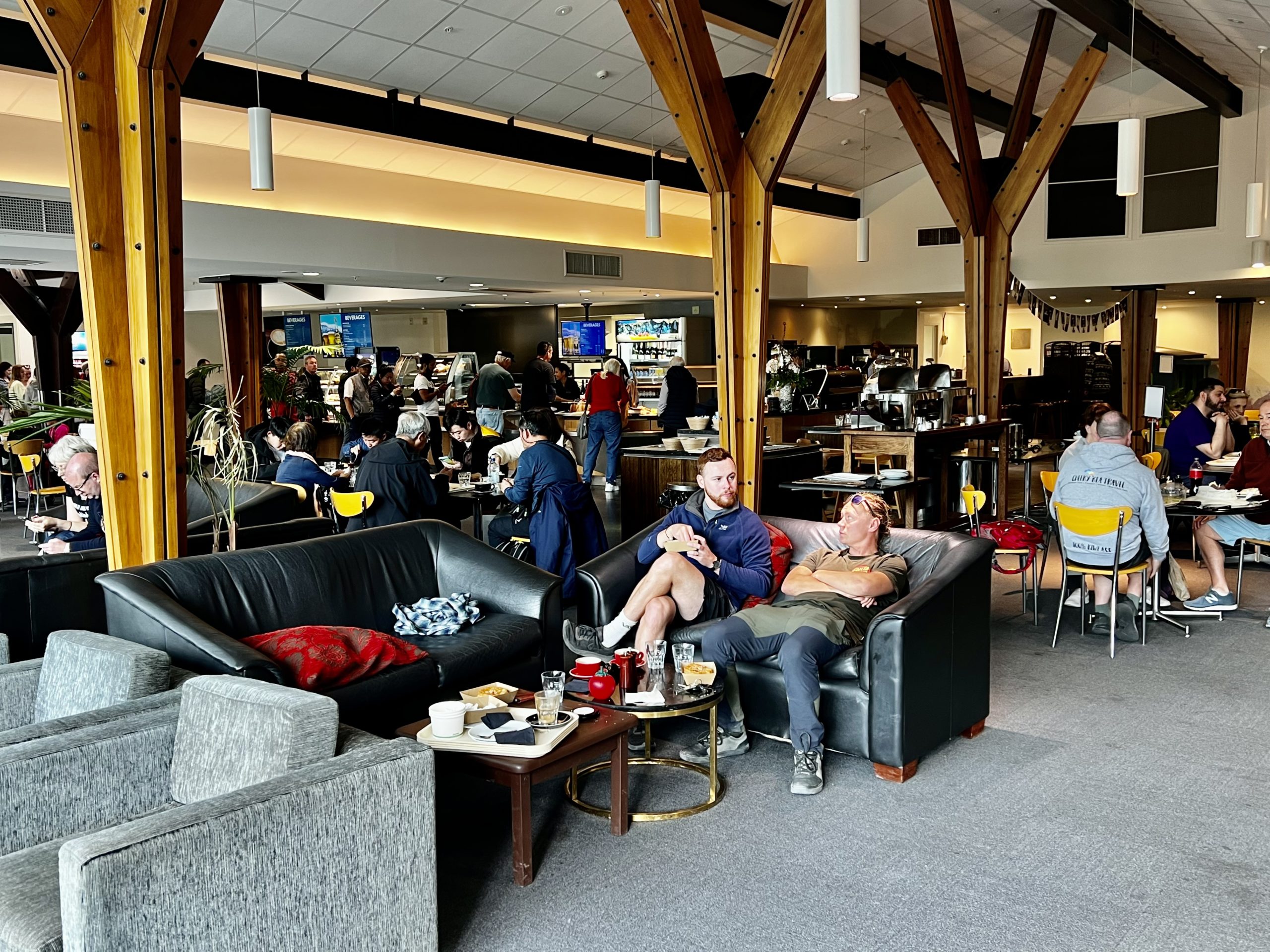
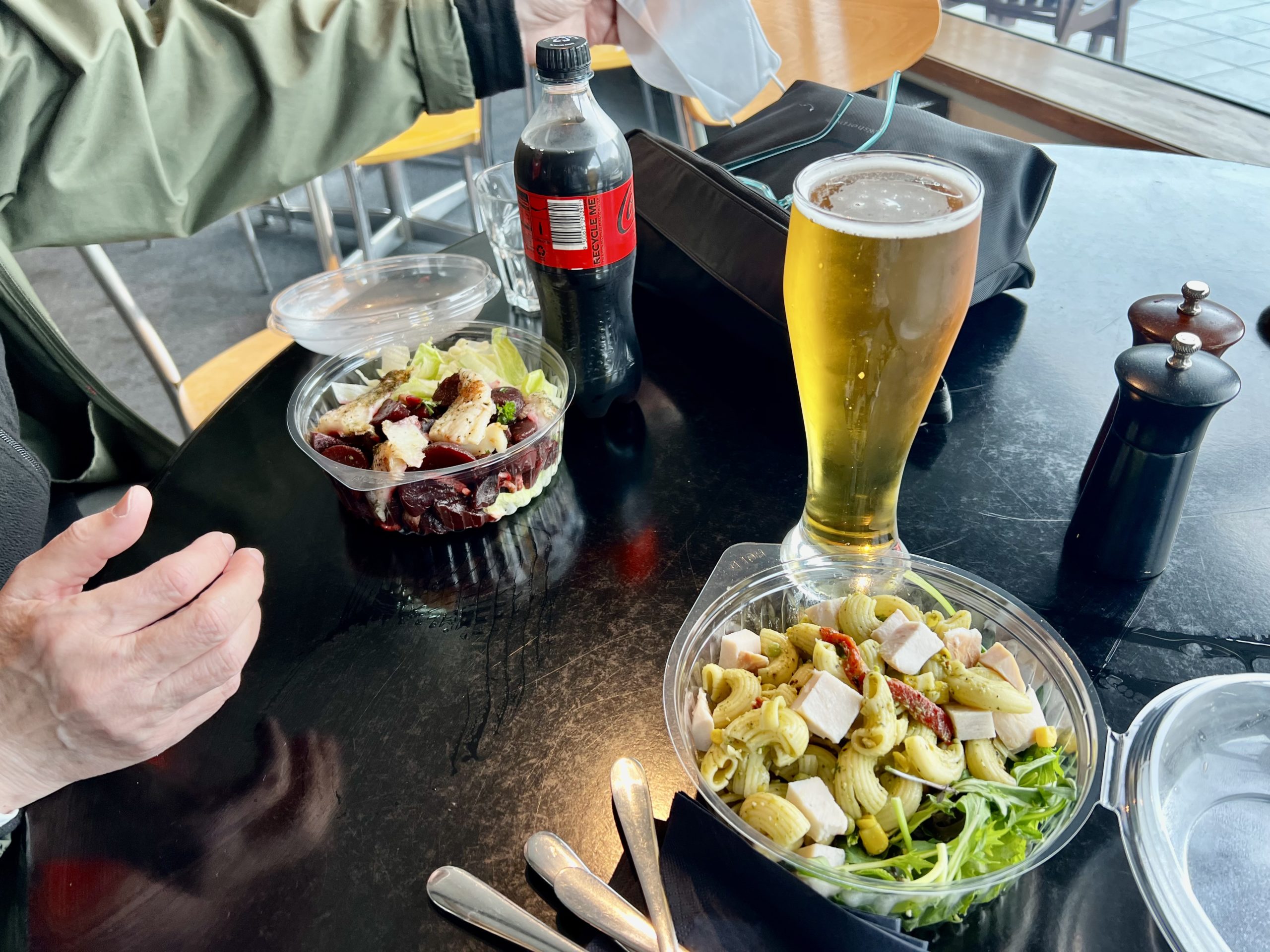
Visitor Center
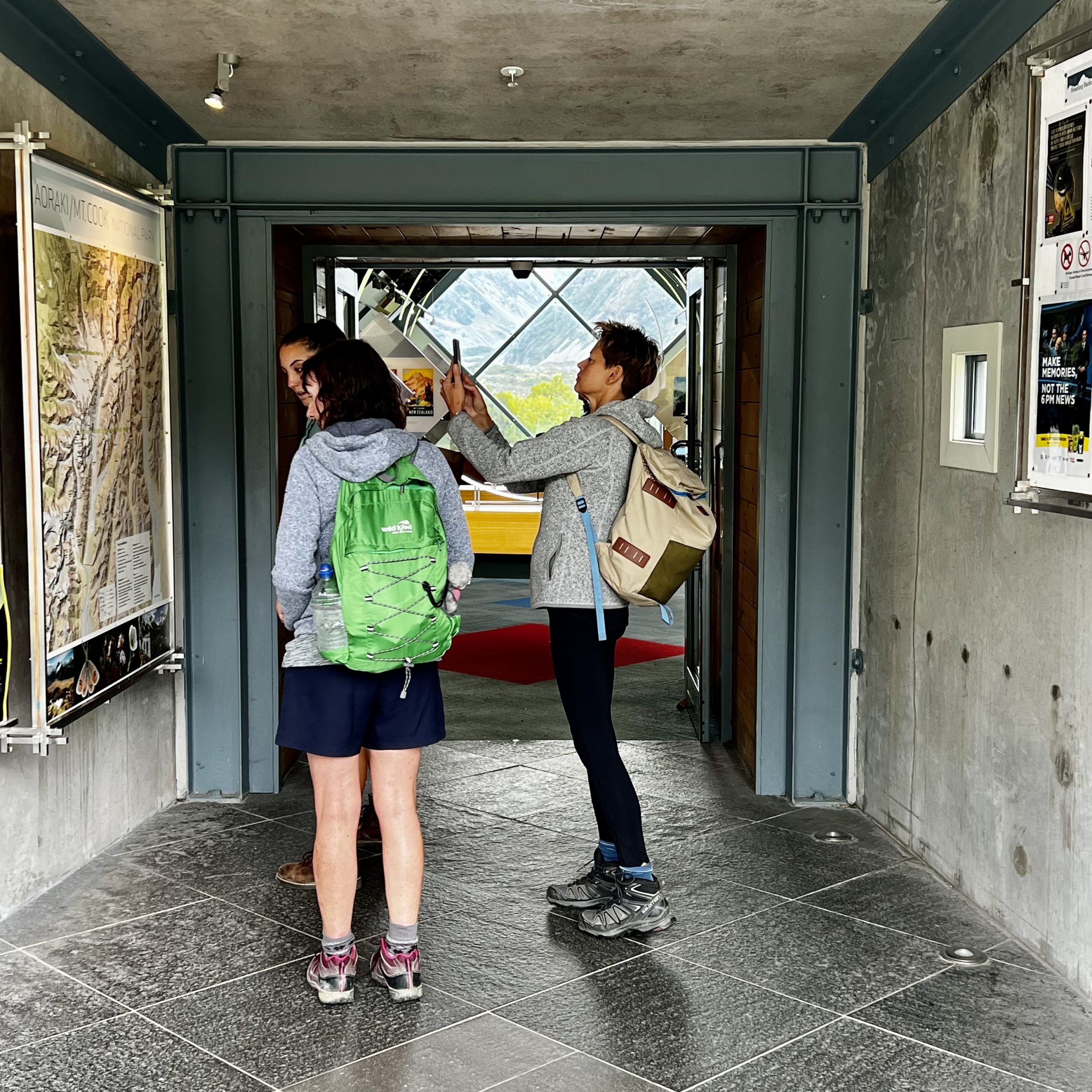
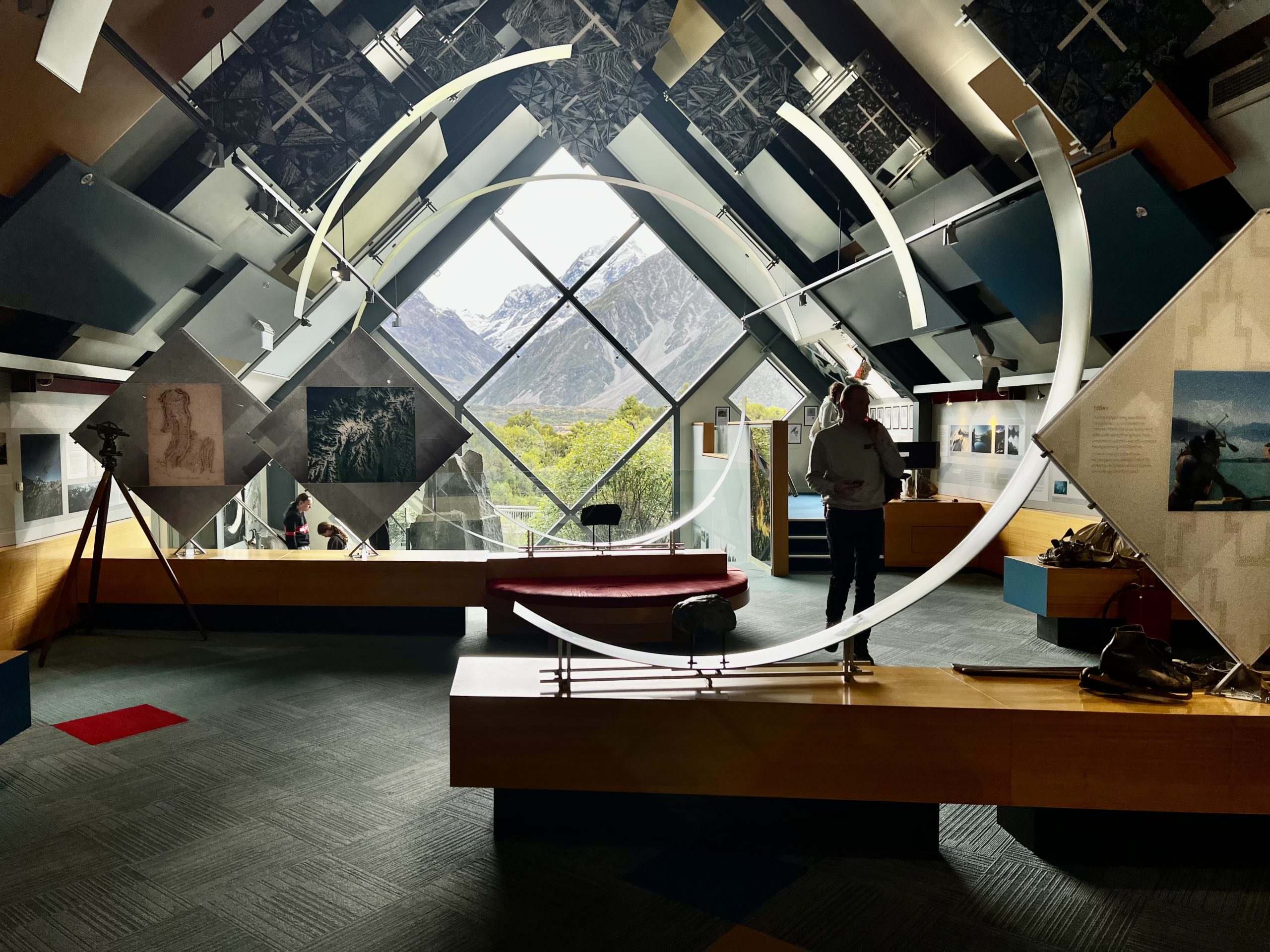
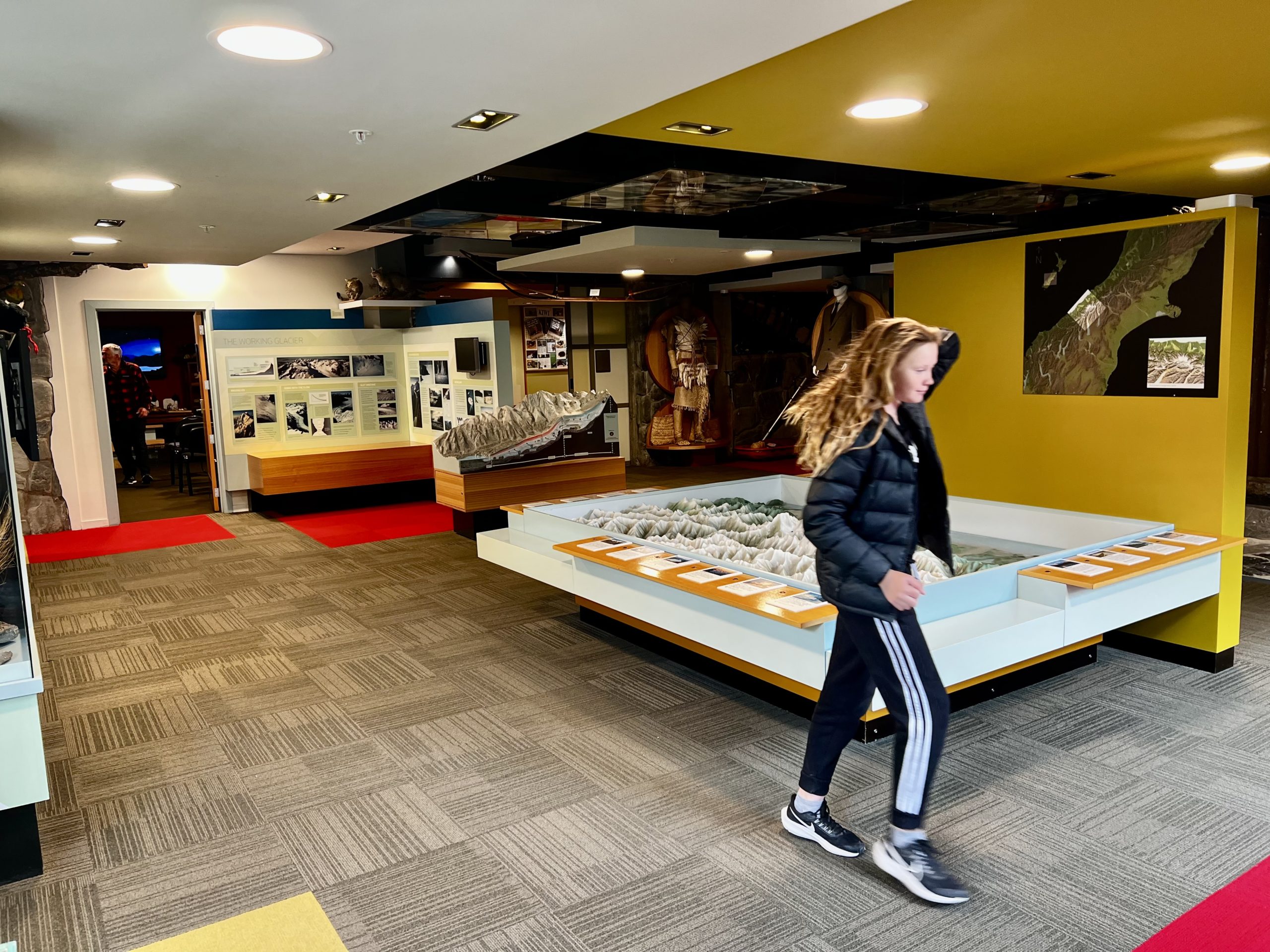
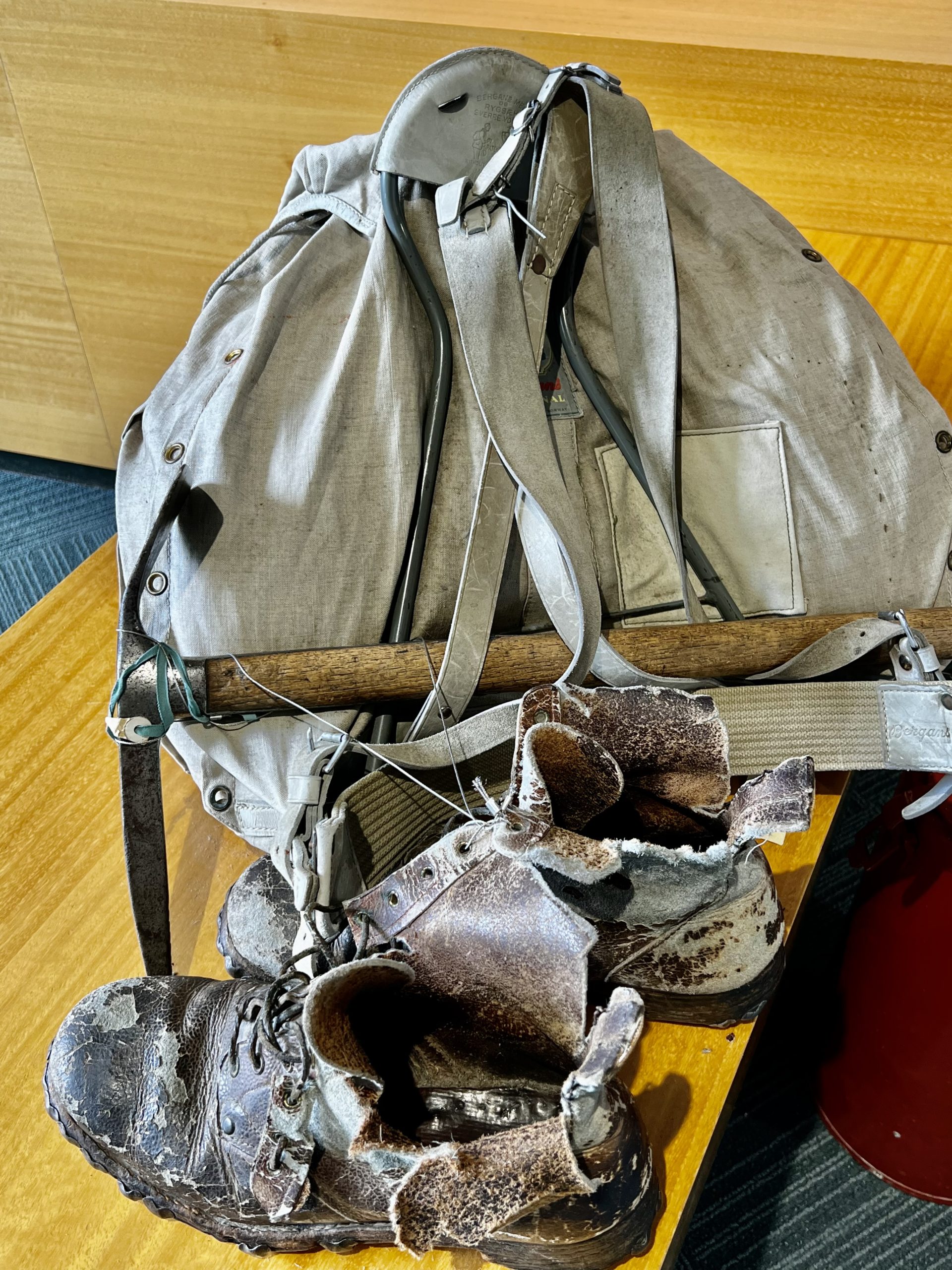
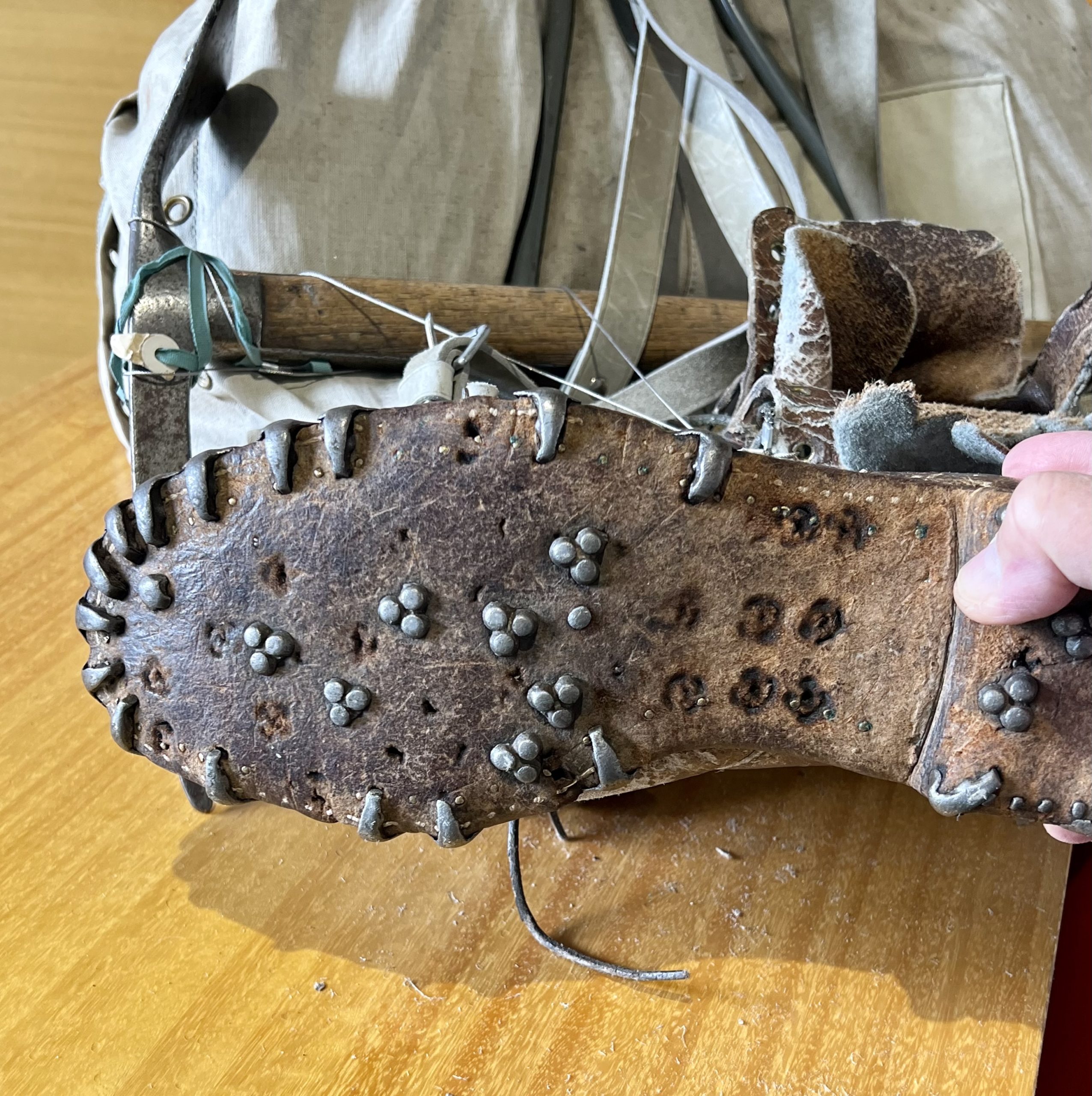
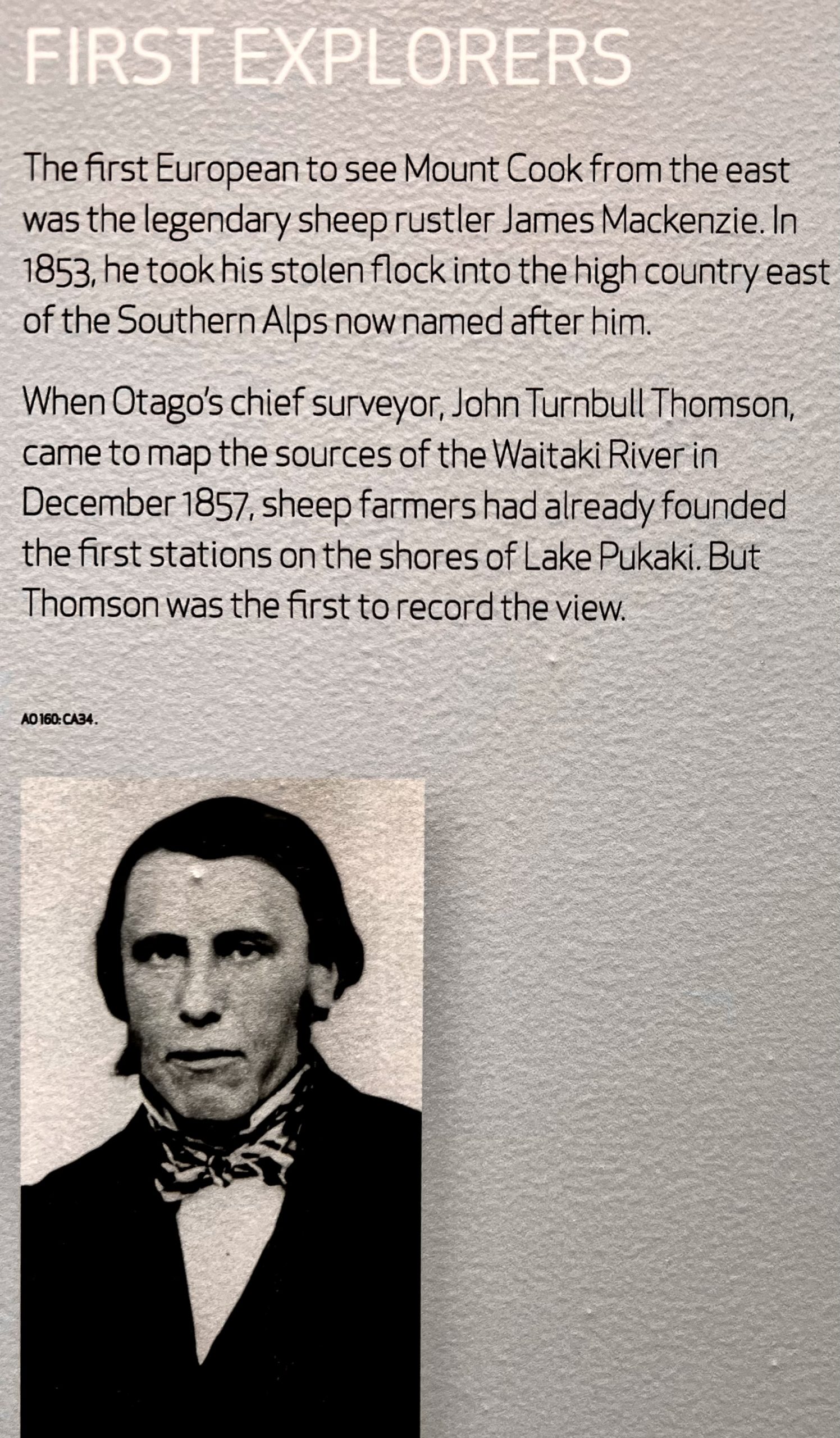
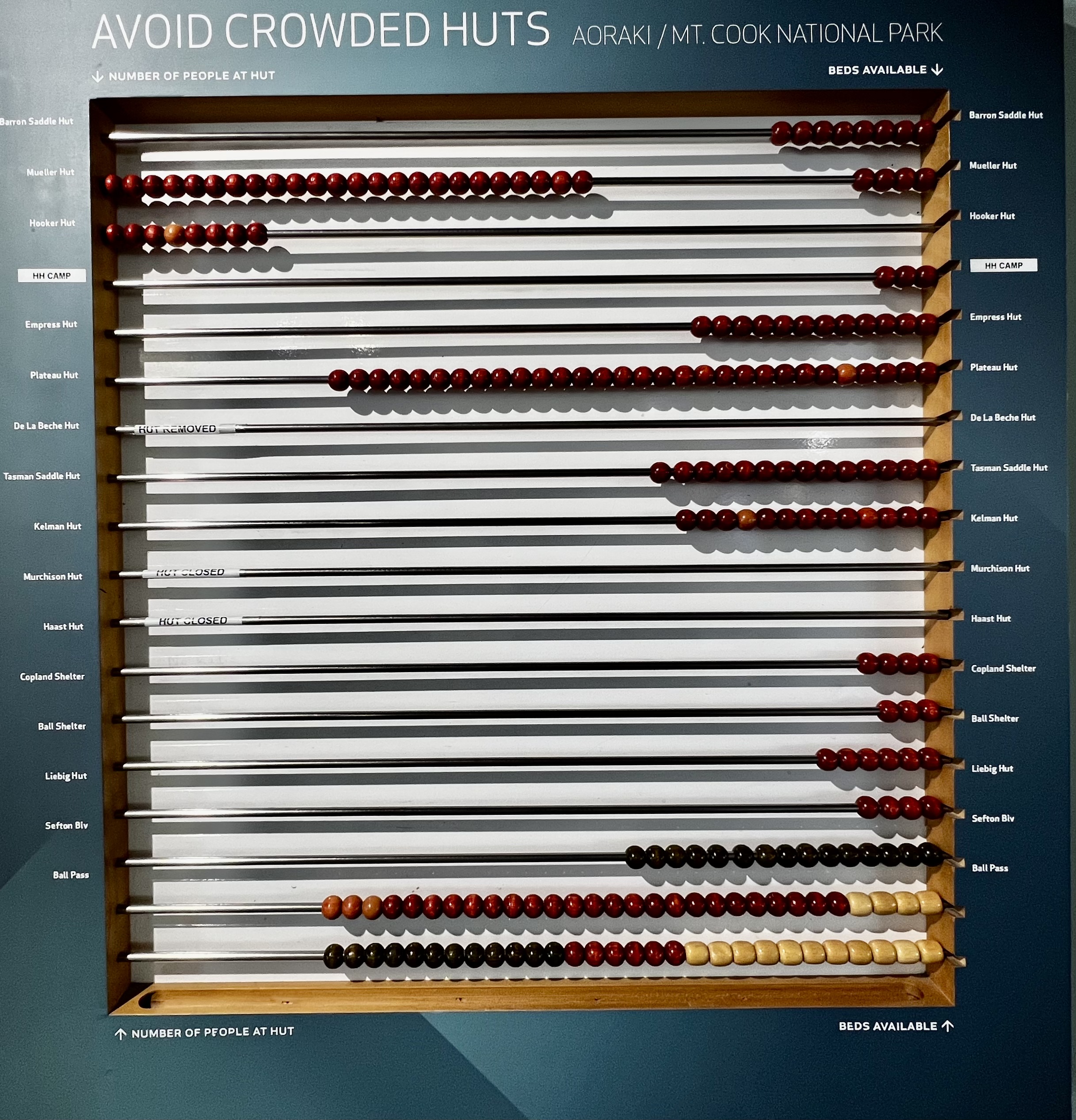
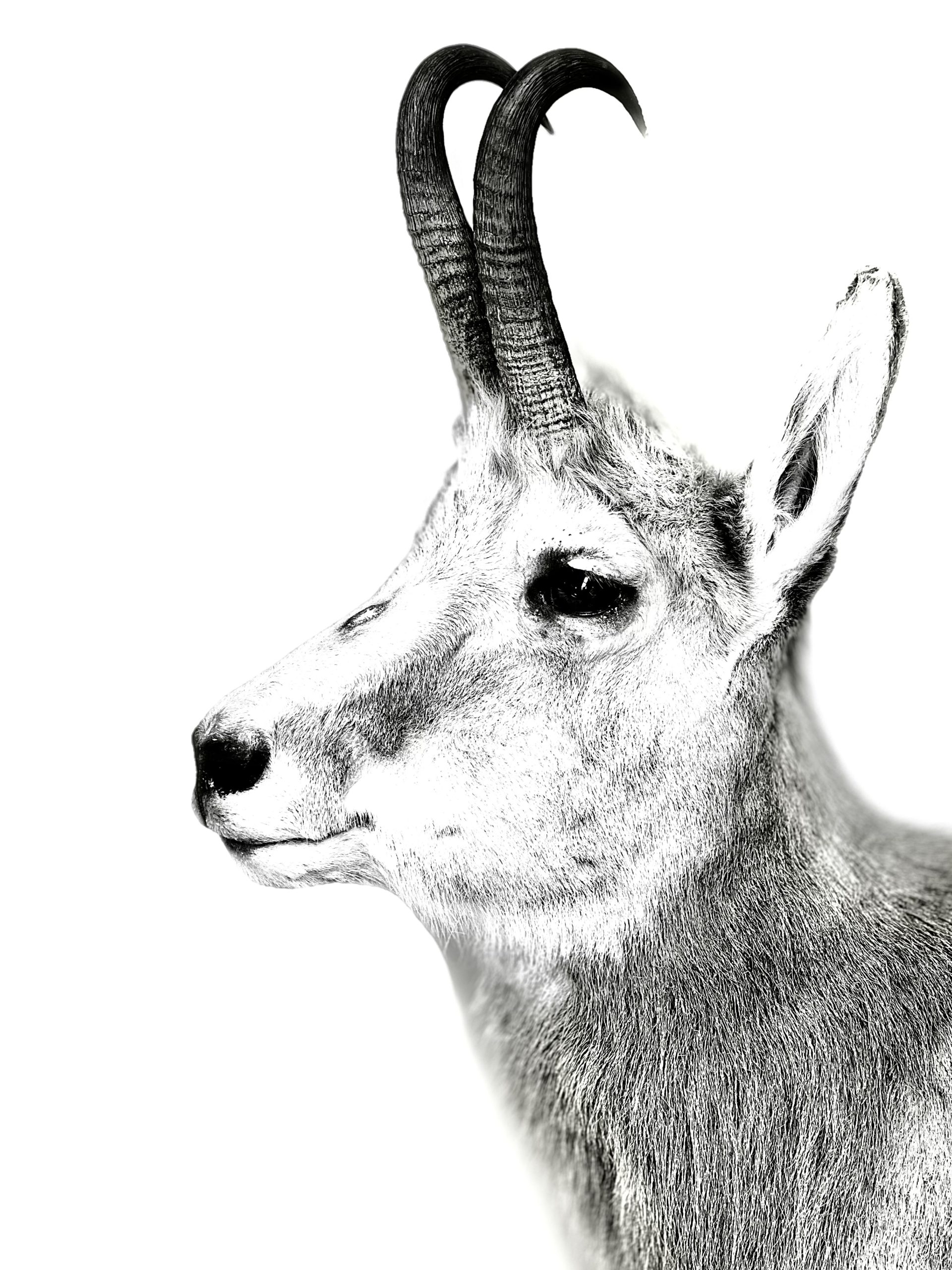
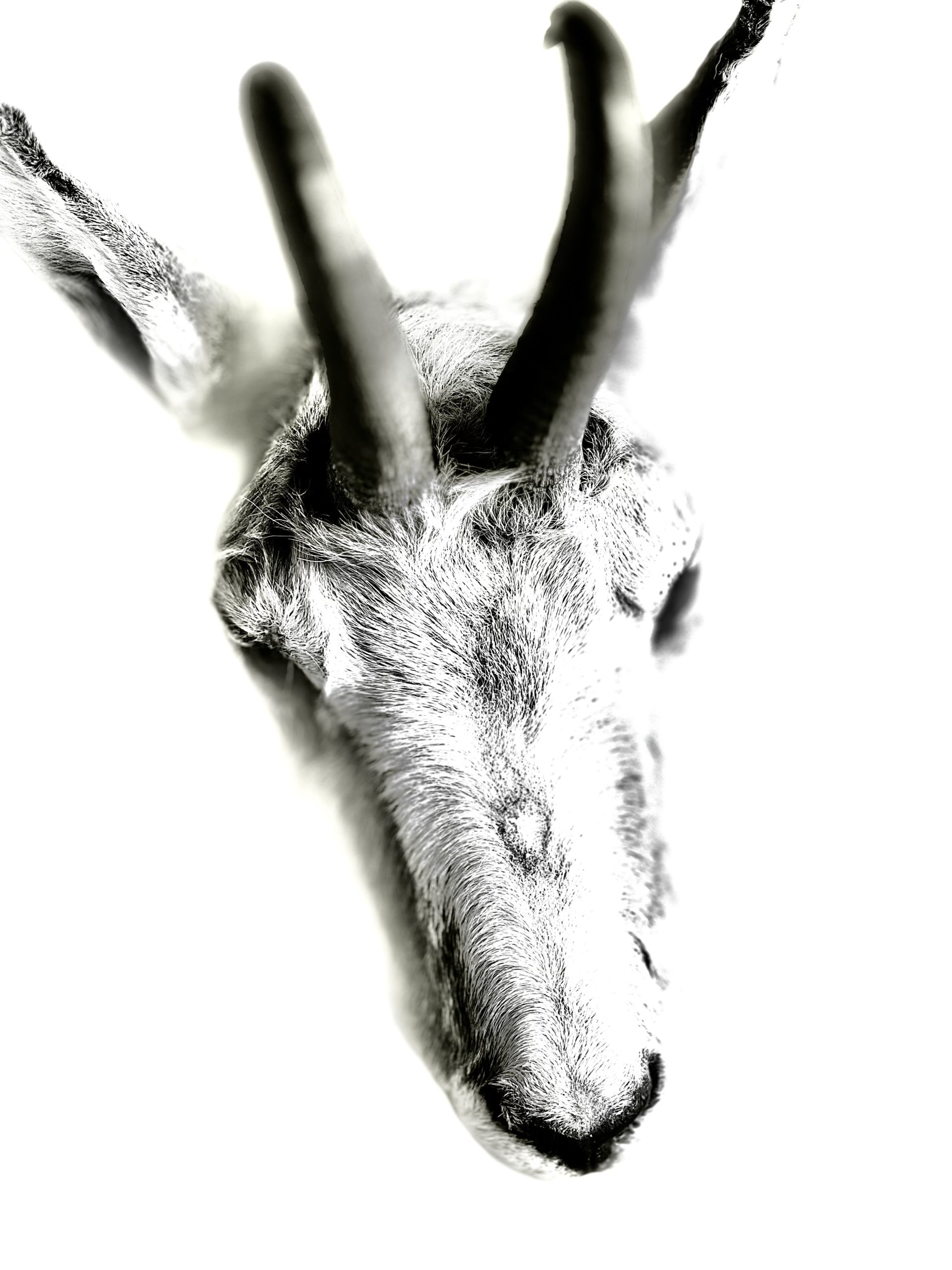
Tasman Glacier
We took a short hike in the national park to a see a glacier at a distance.
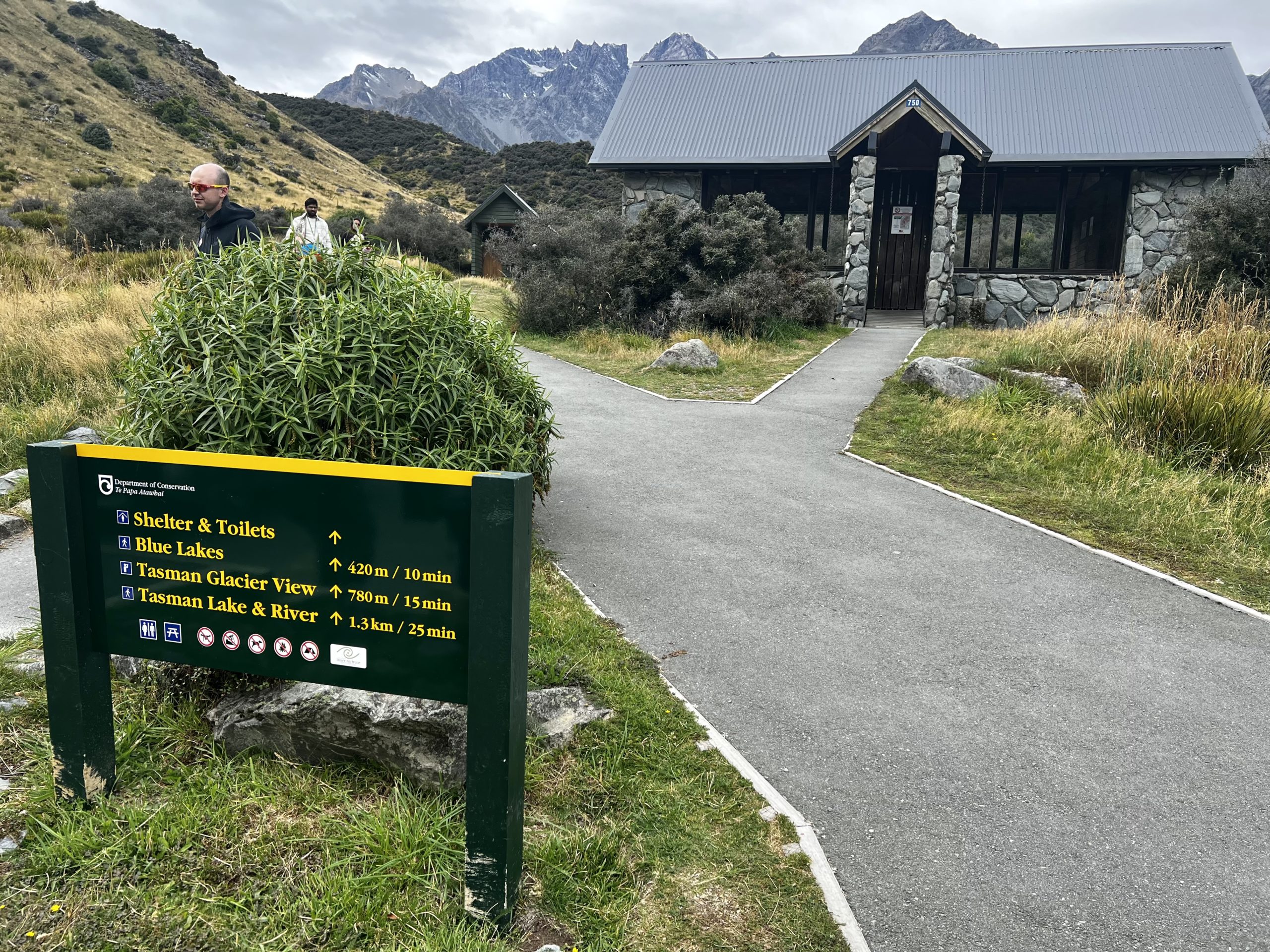
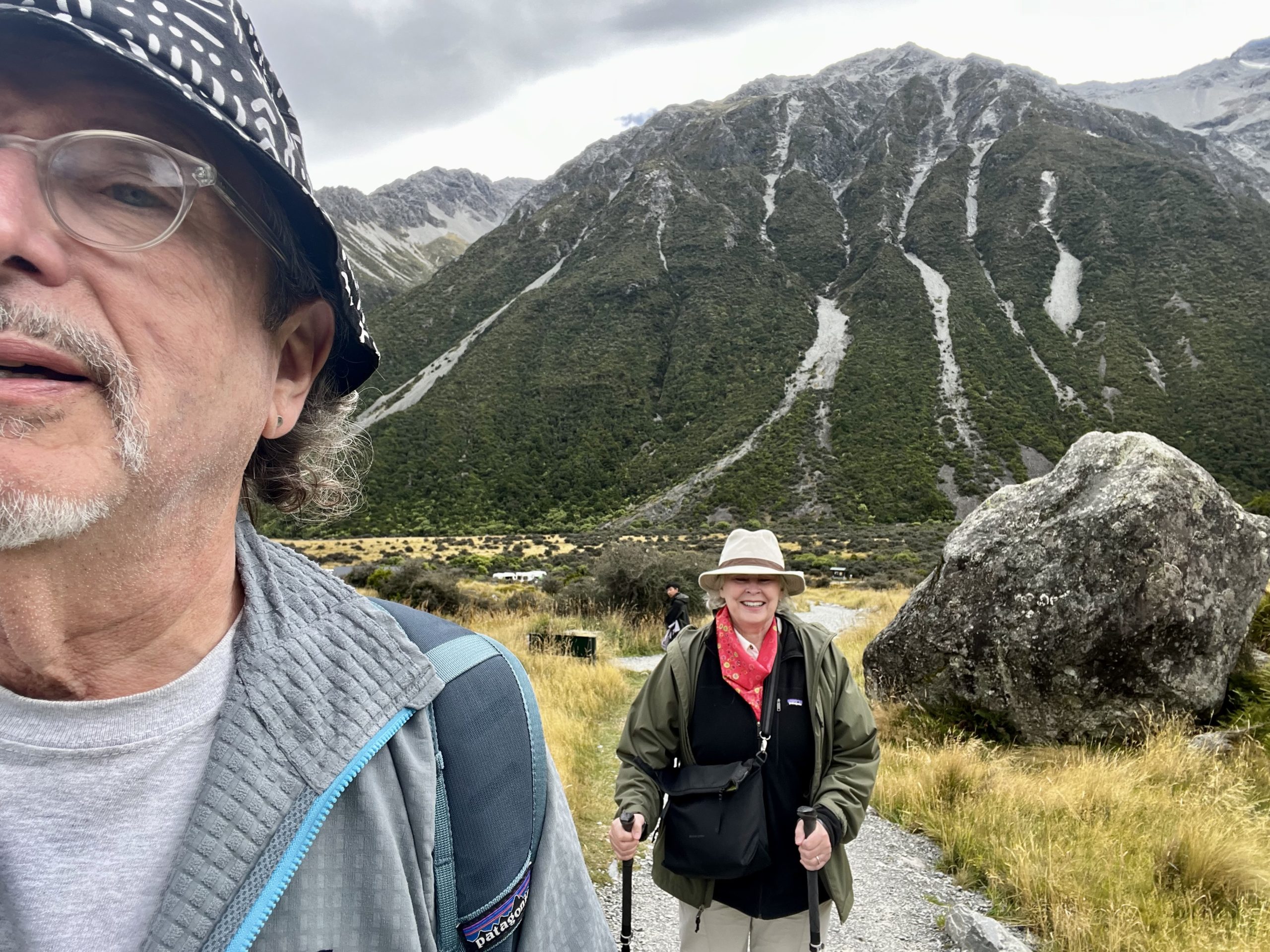

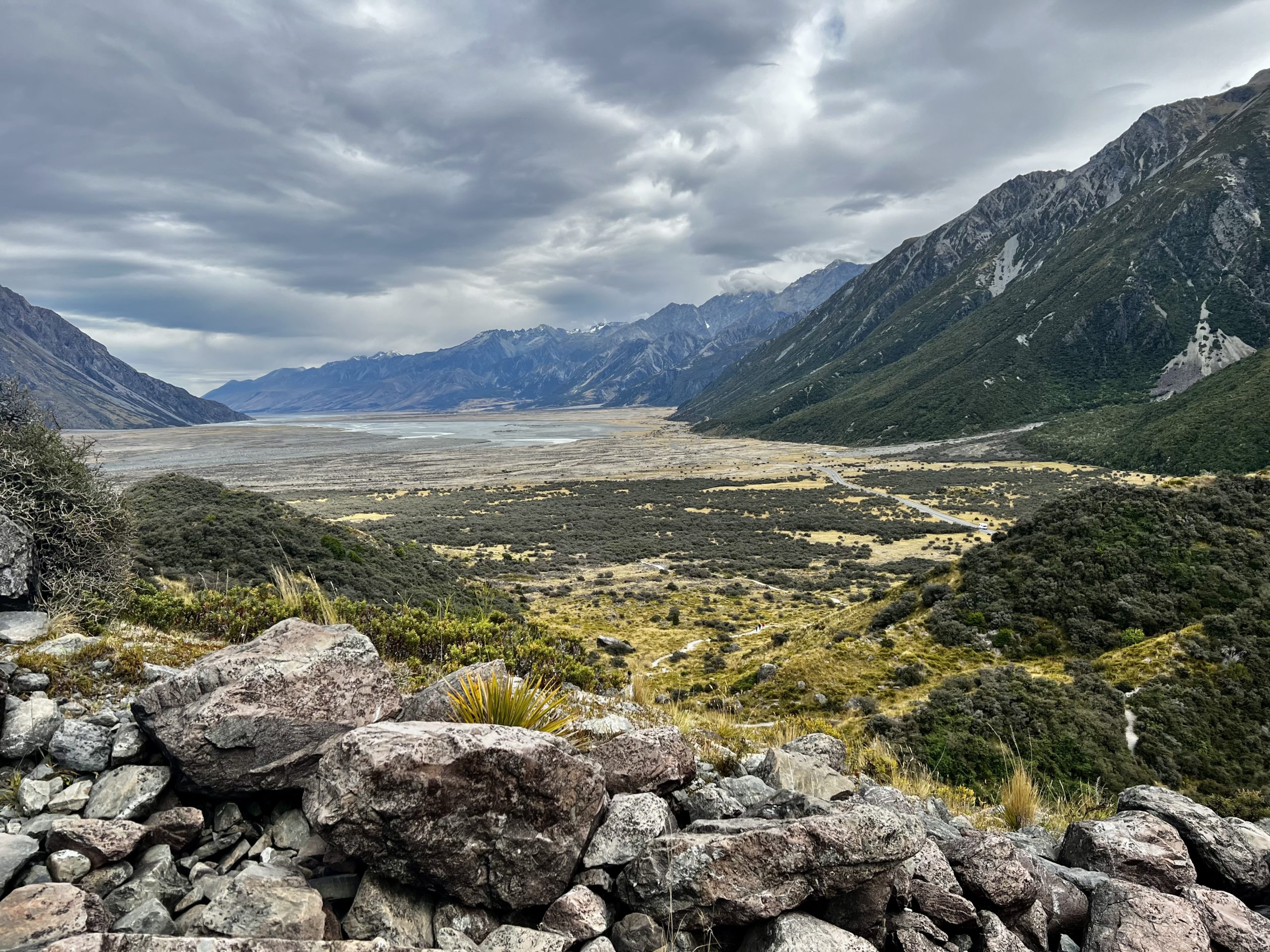
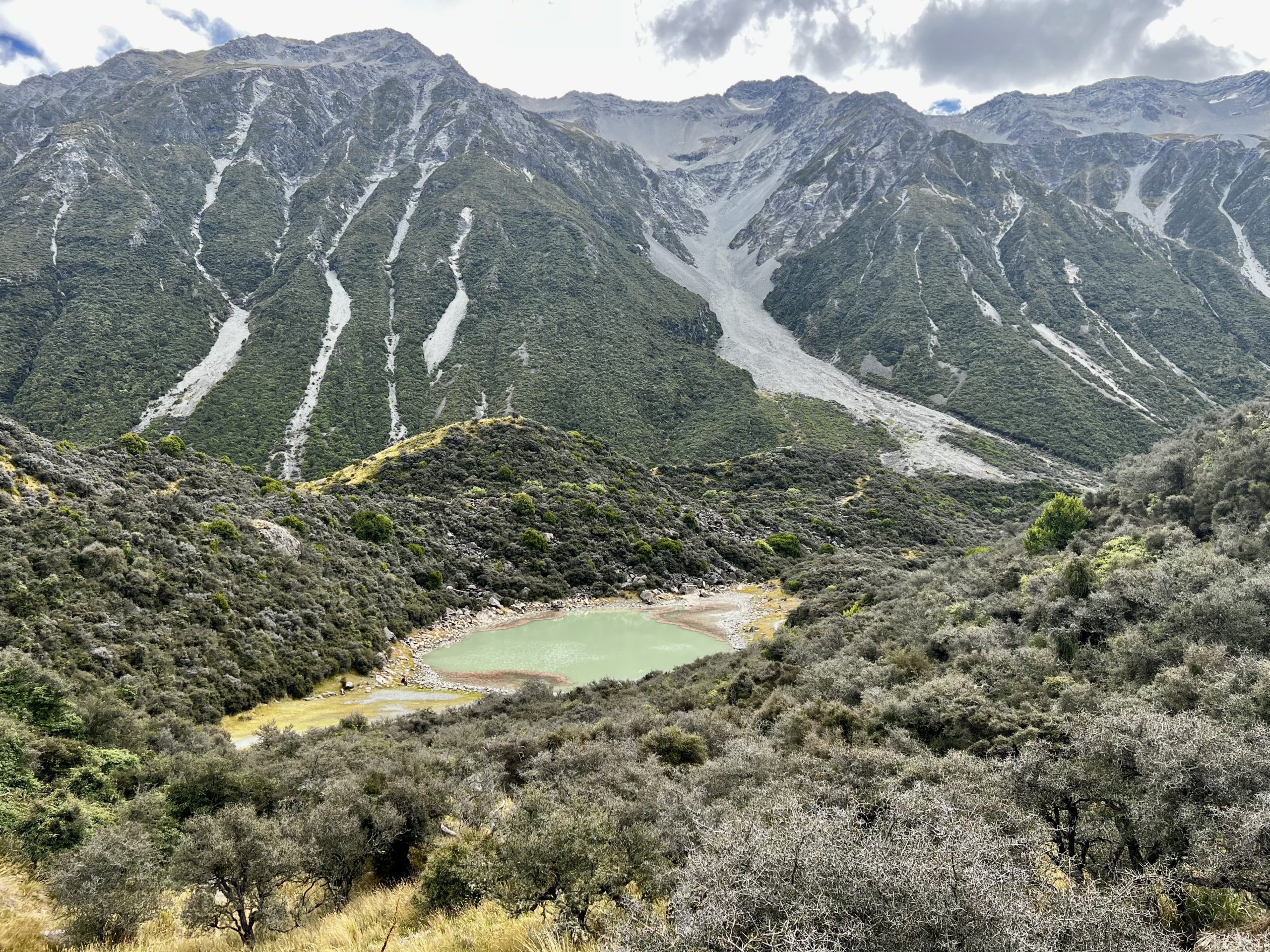
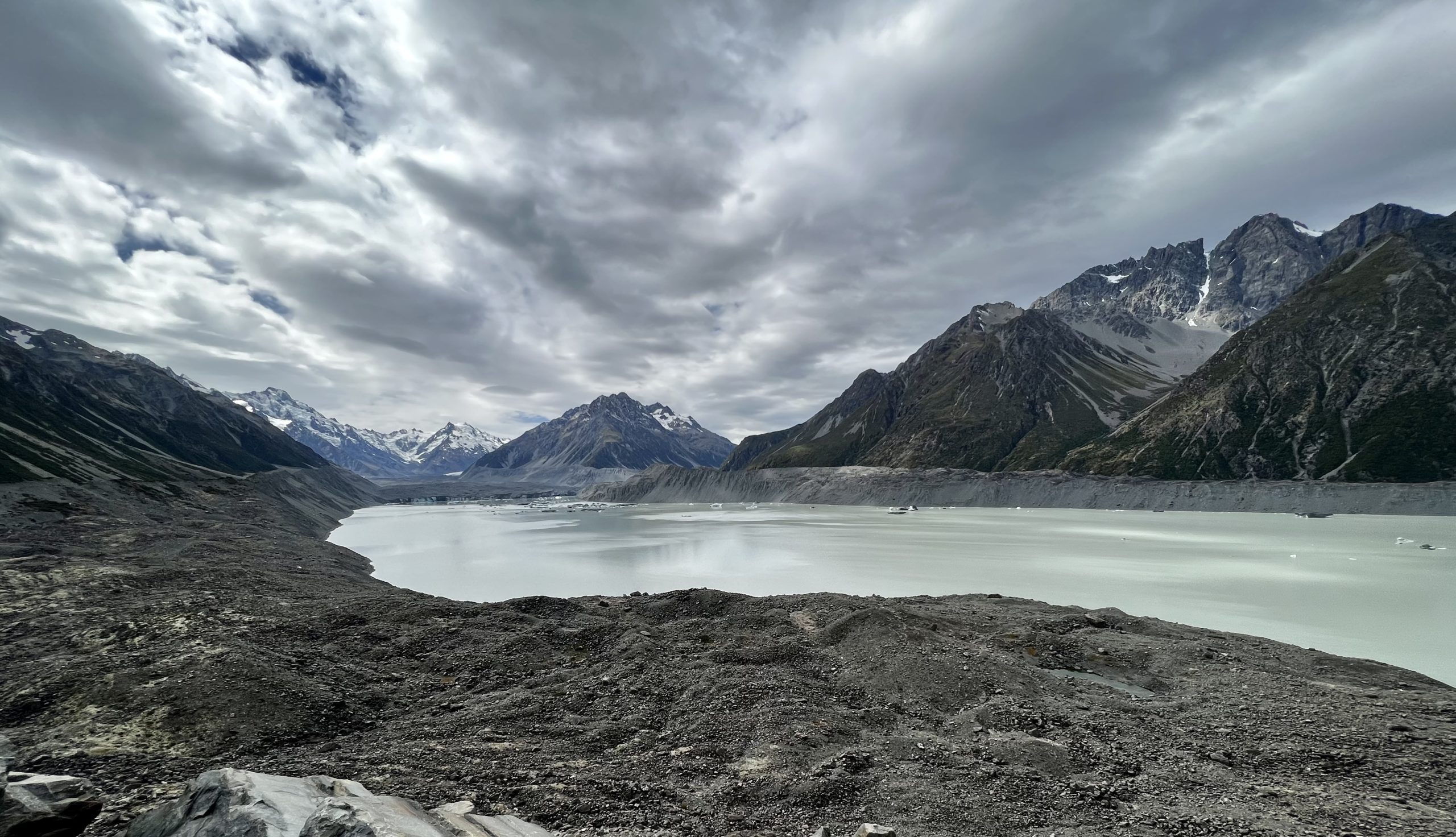
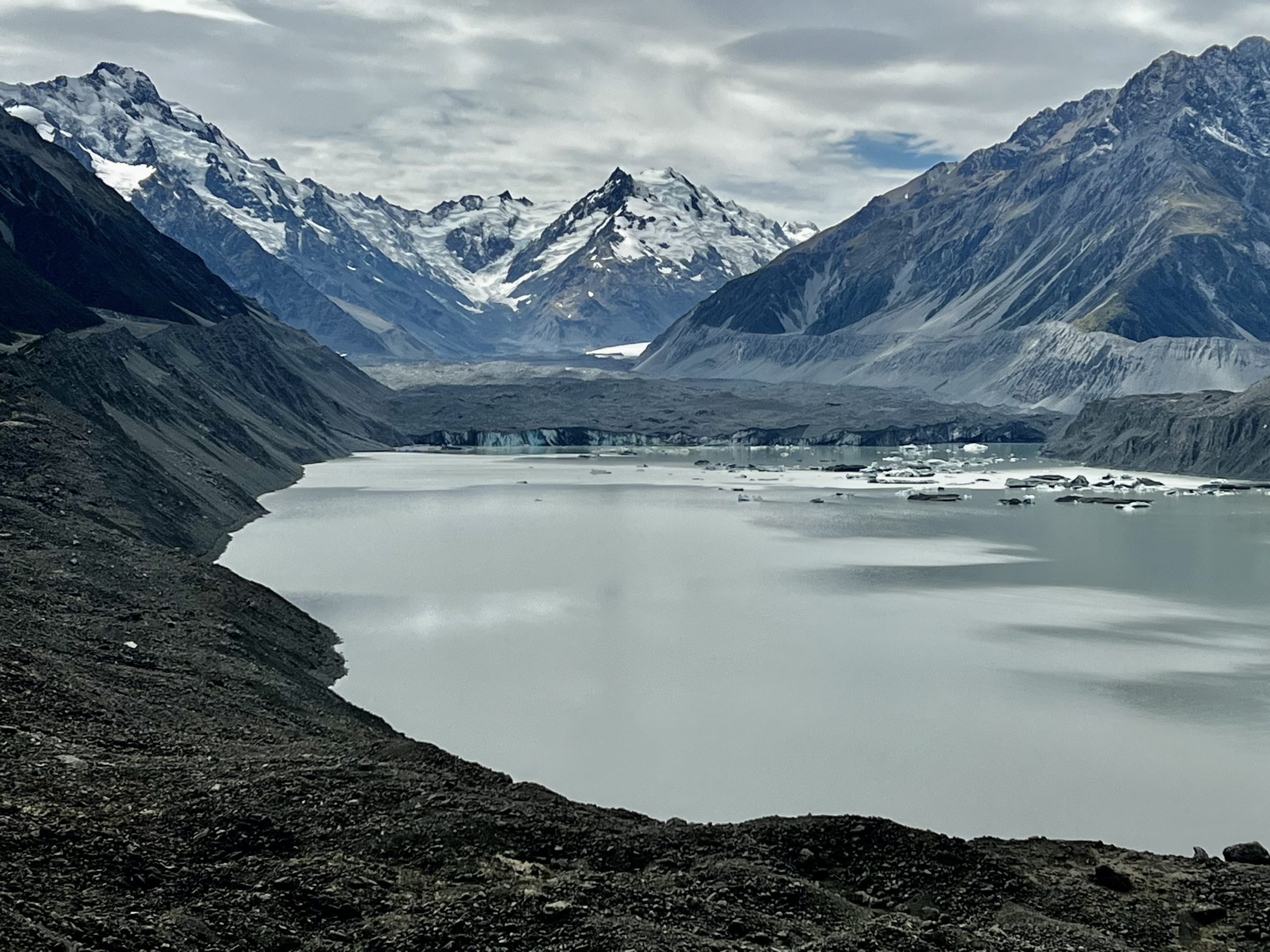
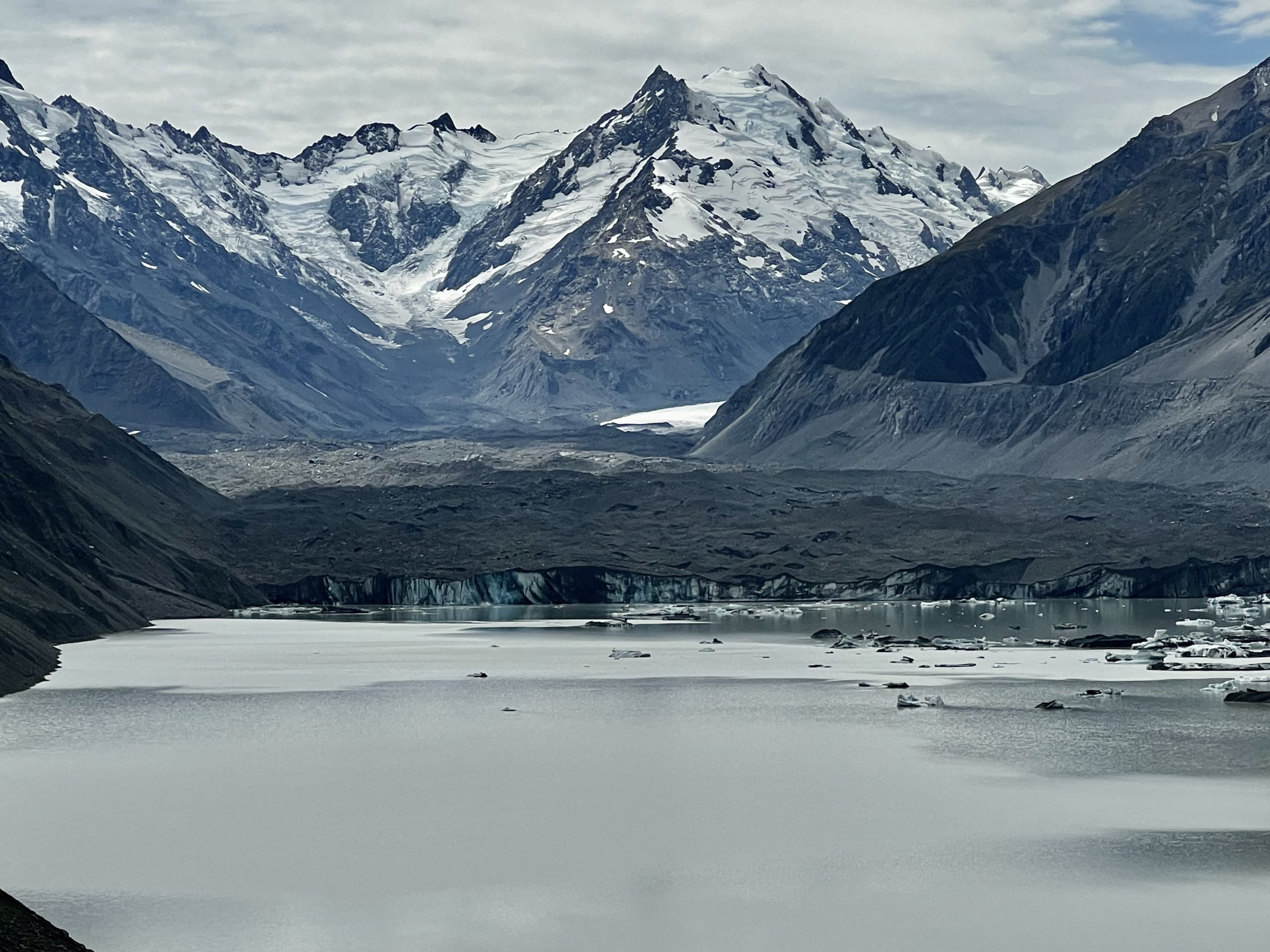

Next Stop – Christchurch!
